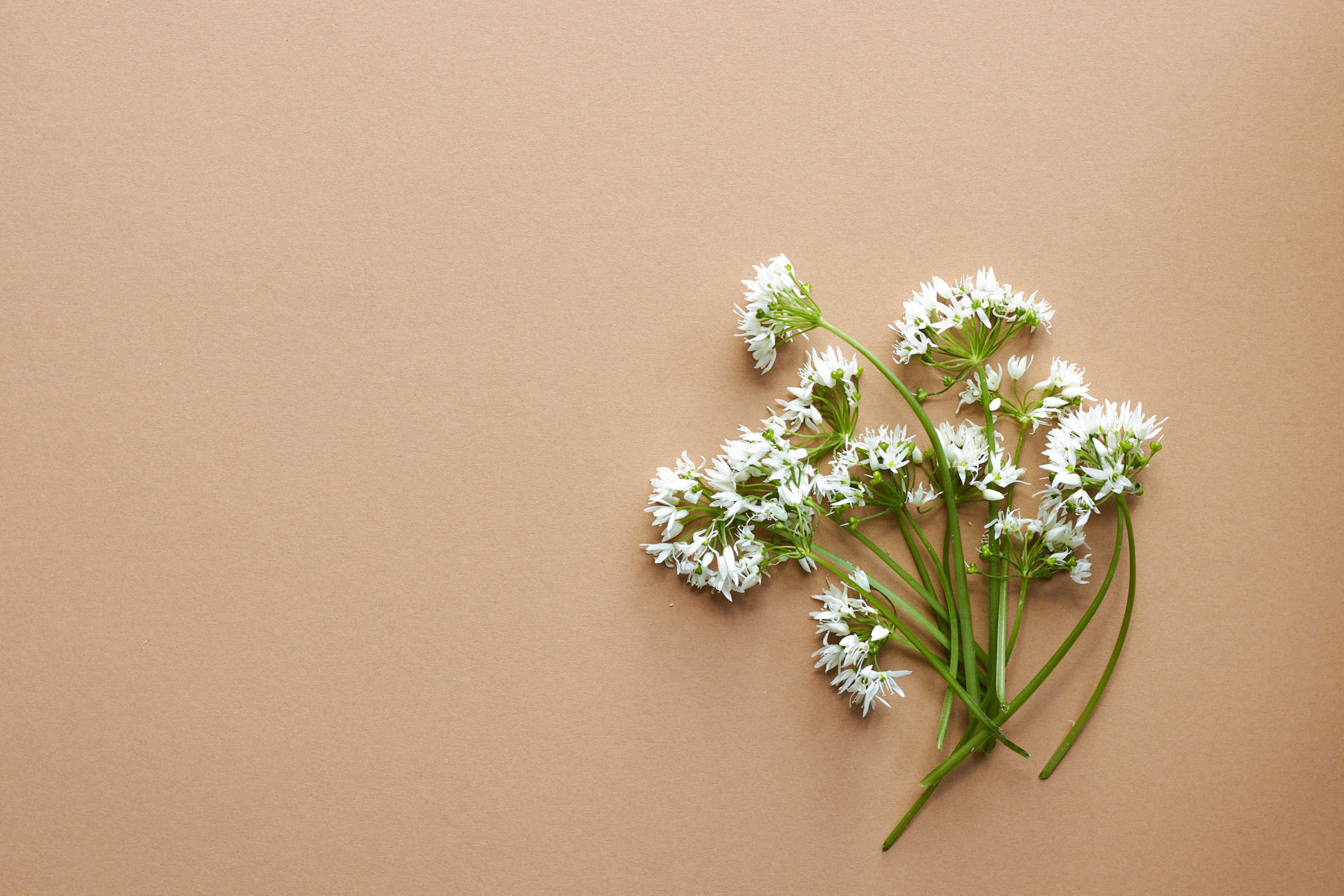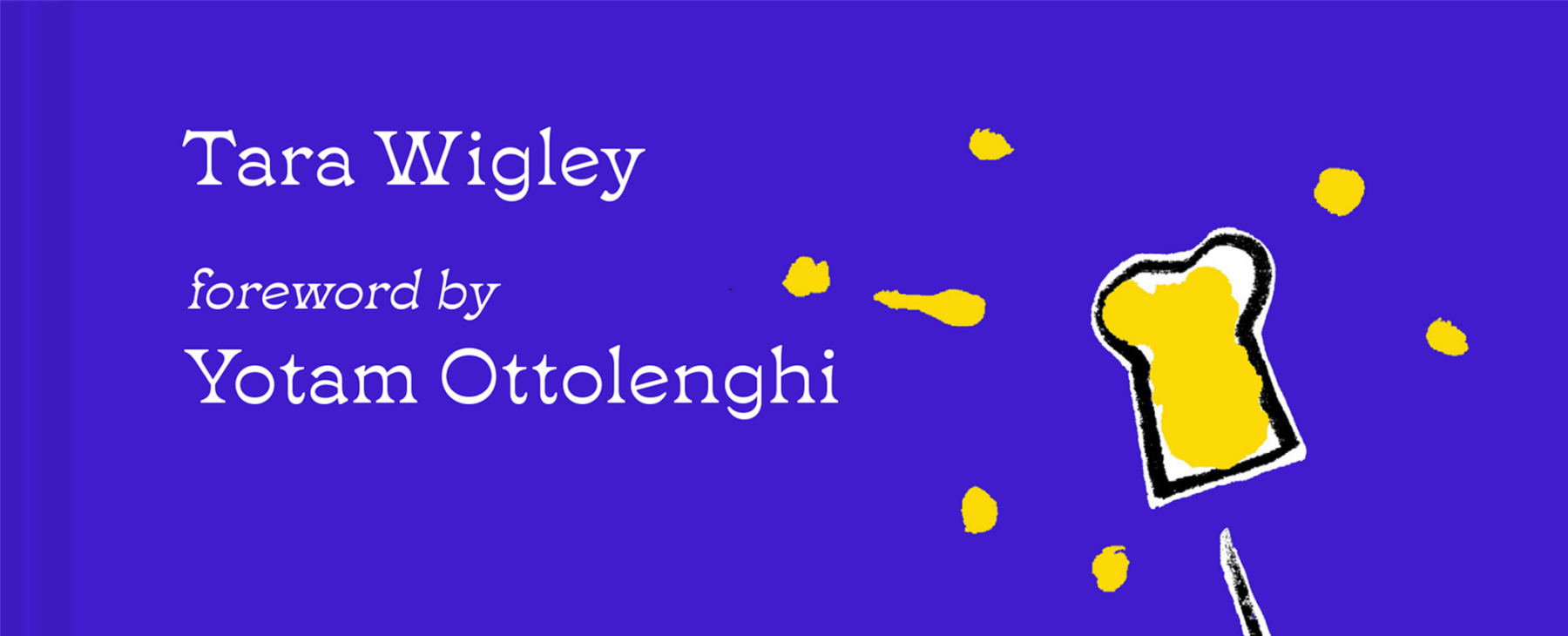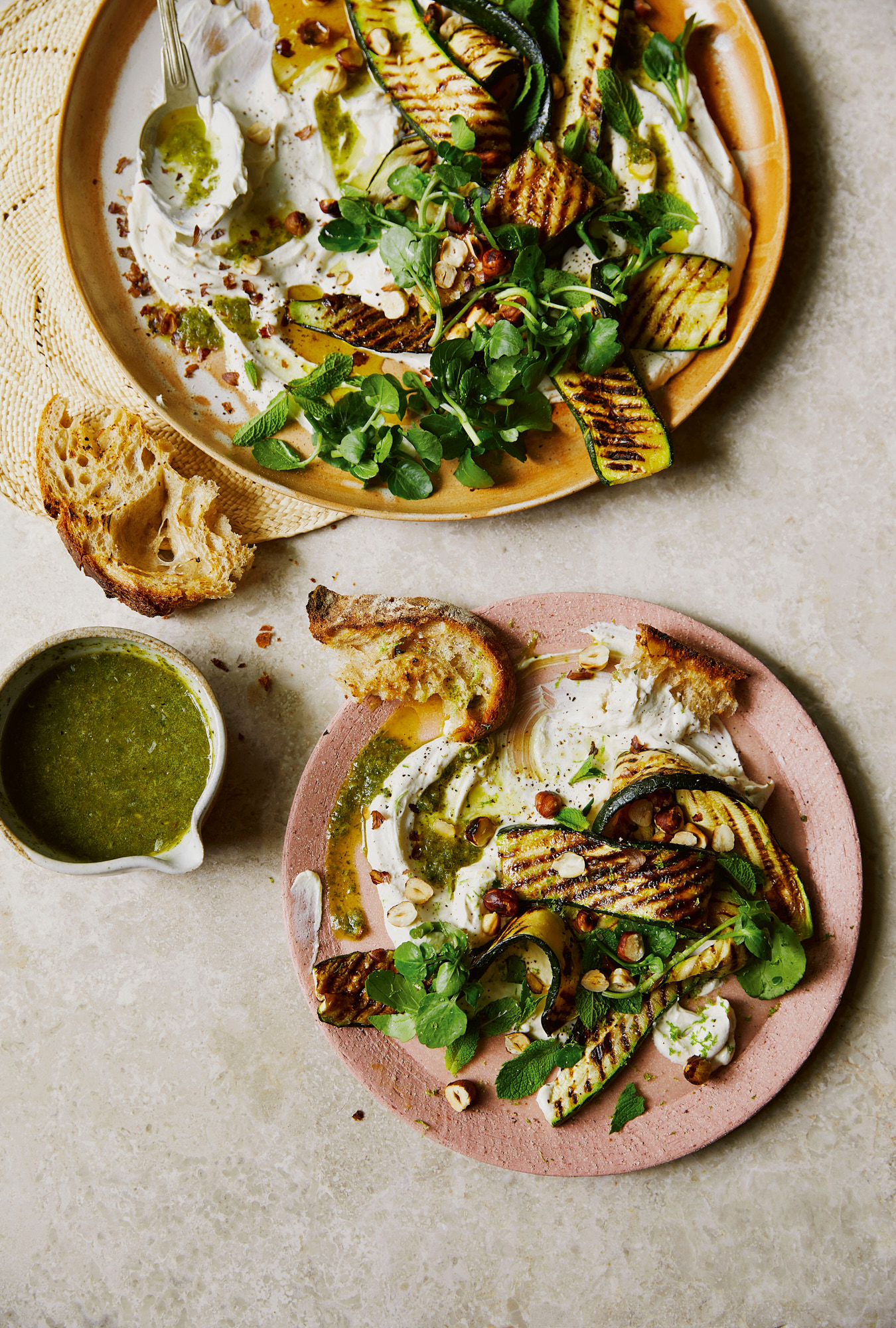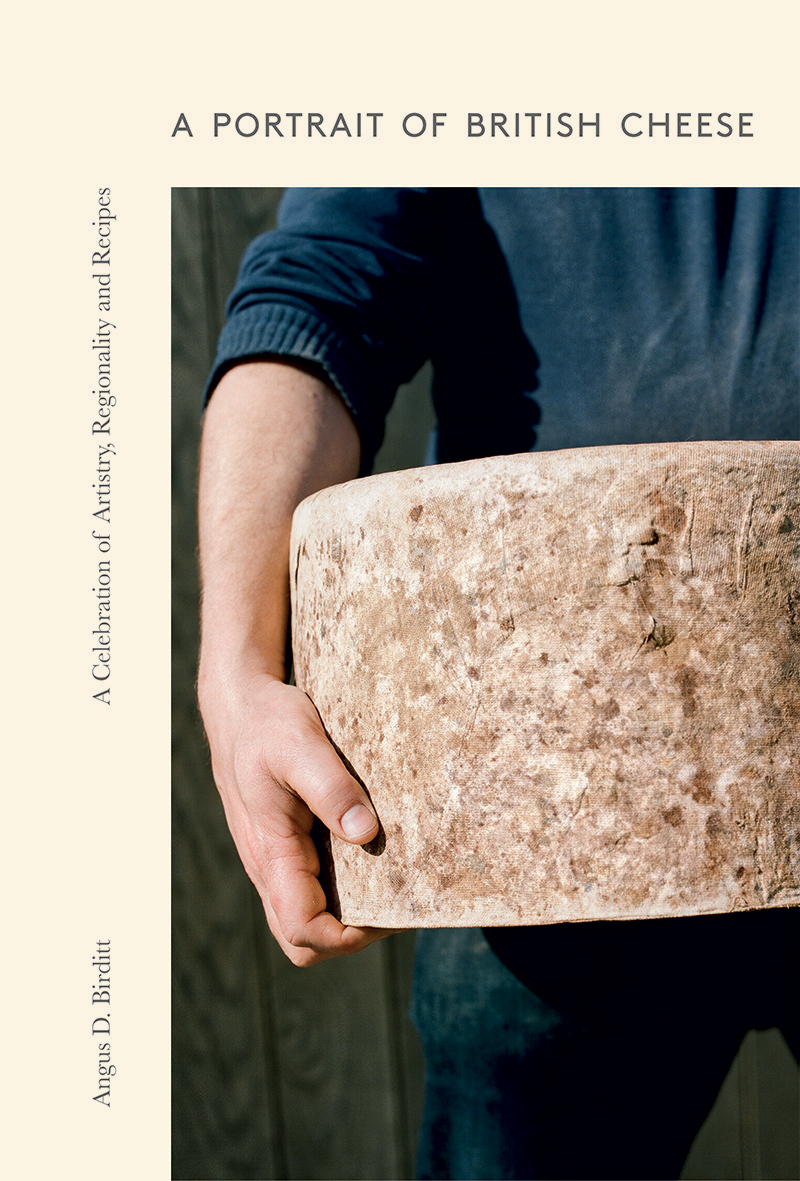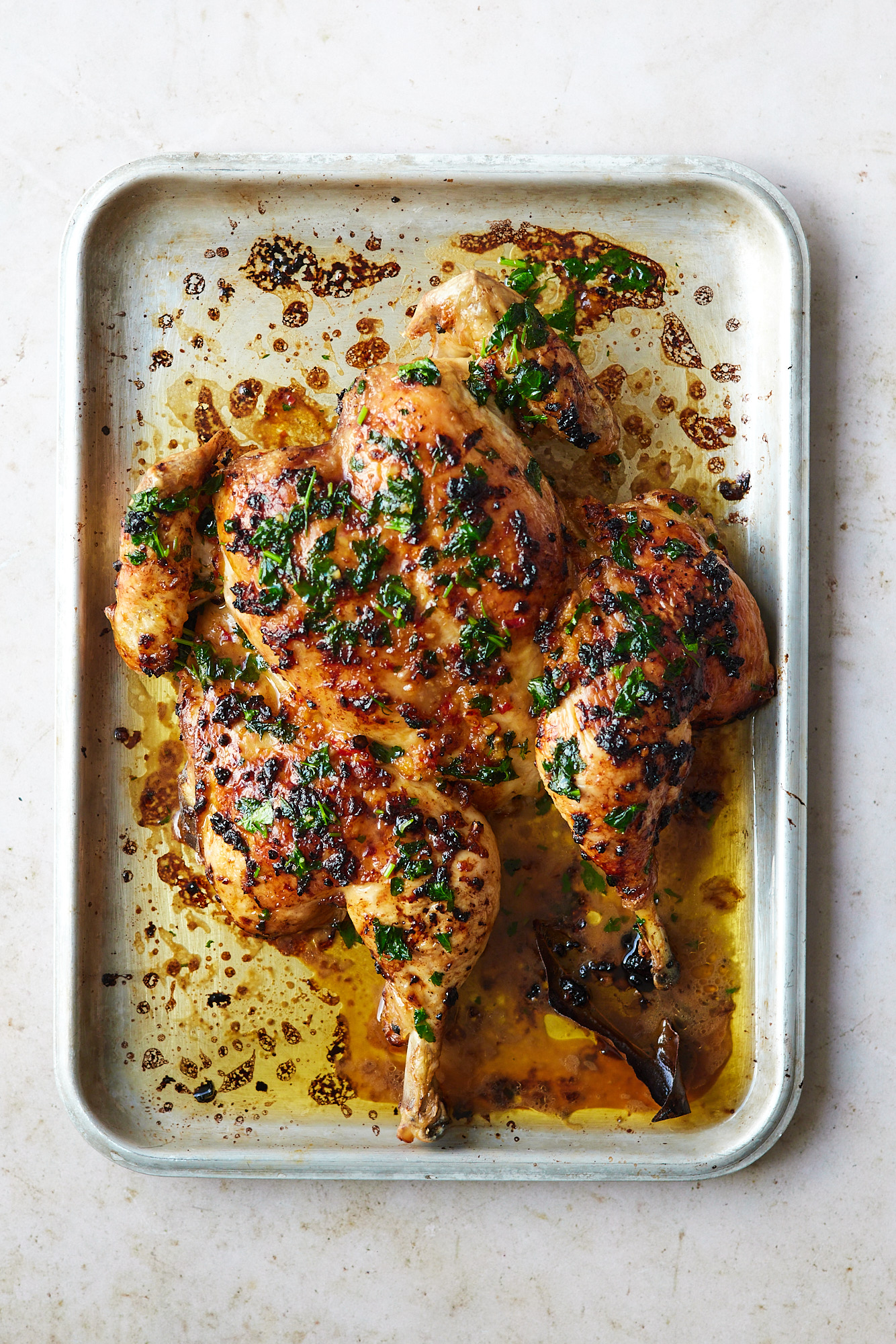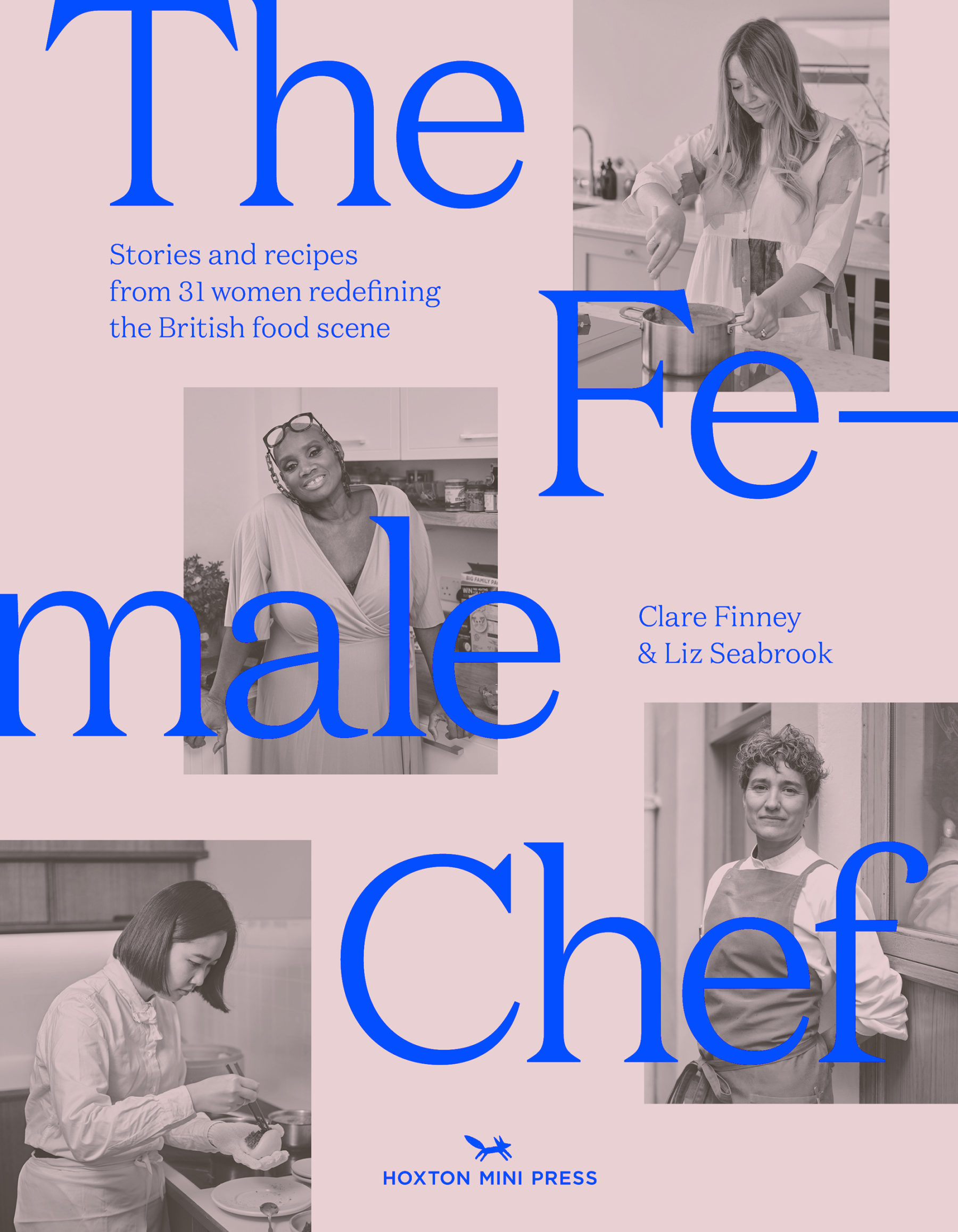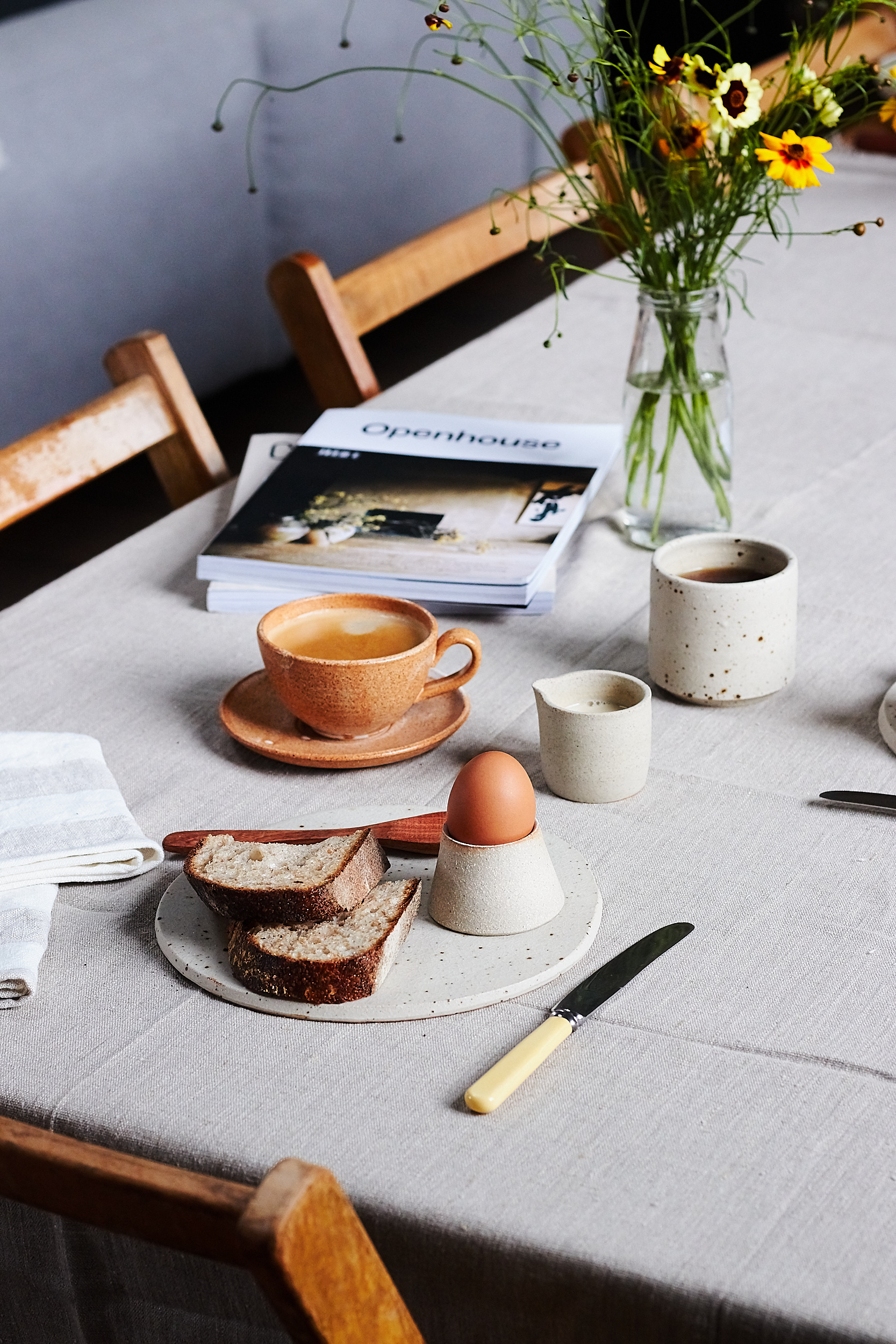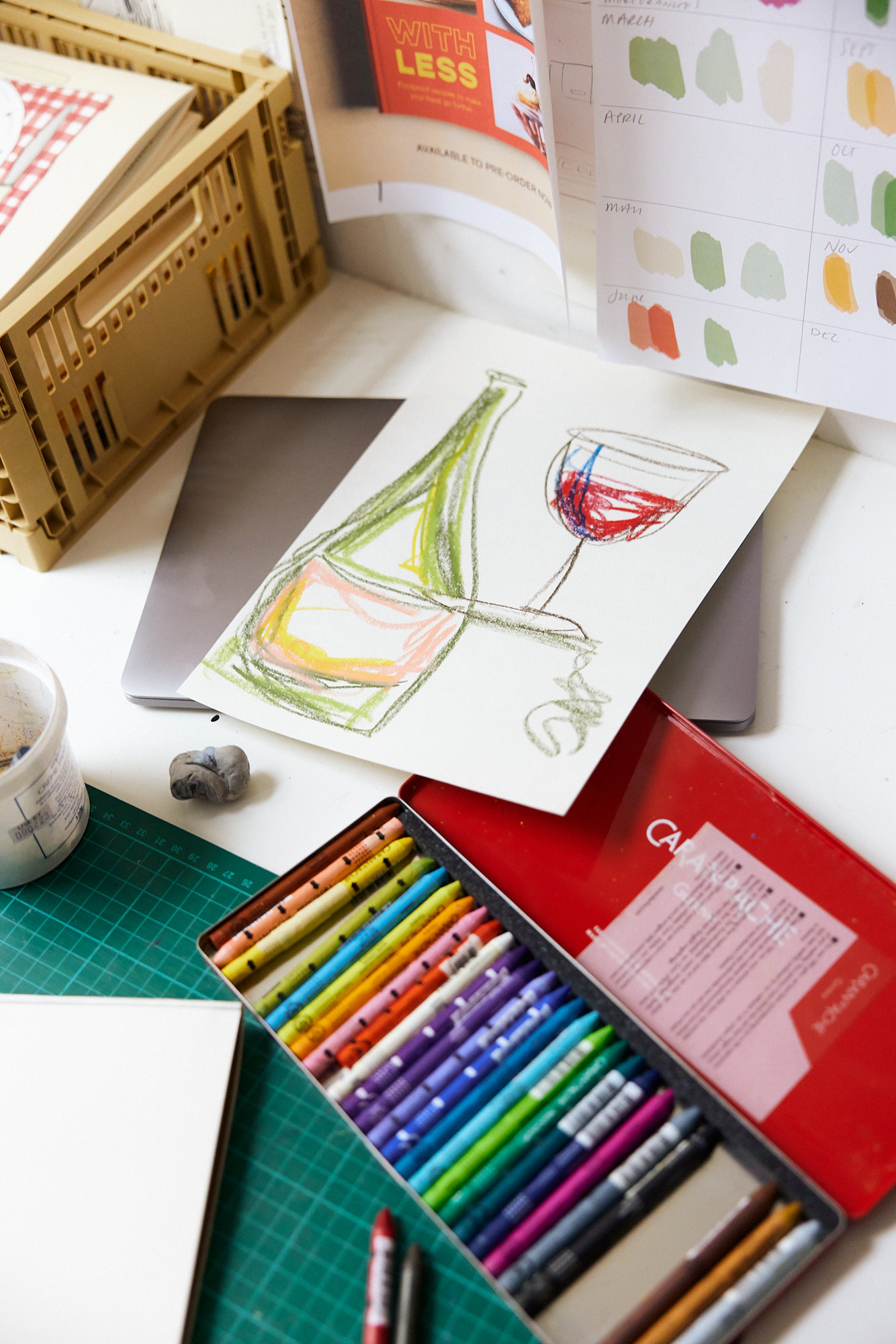
Working from the creative hub of her shared East London studio, illustrator and food styling assistant Emma Cantlay creates the wonderful, whimsical seasonal illustrations you’ll almost certainly have seen shared online at the start of each month. Guiding us gently through the best of the season’s produce, her monthly drawings are a welcoming, less intimidating path to enter the world of seasonal eating, and her annual calendar has become a best-seller, designed to keep us company whilst we cook our way through the year. We caught up with Emma before she took part in our 2023 market to chat about her journey.
Emma, where does your food story start? How did you work your way into a life in food?
I studied fashion design at university and ended up doing an internship in Portugal afterwards, which I guess is where it began. It was such an incredible six months. I think because it was the first time I lived away from home, I was suddenly thrown into the world of food and cooking. Thinking about it, I hadn’t had much food freedom in my life before then and being in Porto was like experiencing it all for the first time. It helps that it’s a beautiful city and the produce was just amazing. So often I would go down to the market before work which was such a treat, I suppose because I had always lived in Aberdeen before then, and unfortunately it’s one of the many places in the UK where food markets are really starting to fade.
“I guess I’ve always been quite interested in eating and more so how the world around us affects how we live. Food is such a huge part of that. And in terms of seasonality, it’s really hard to know where to turn to if you want to cook that way.”
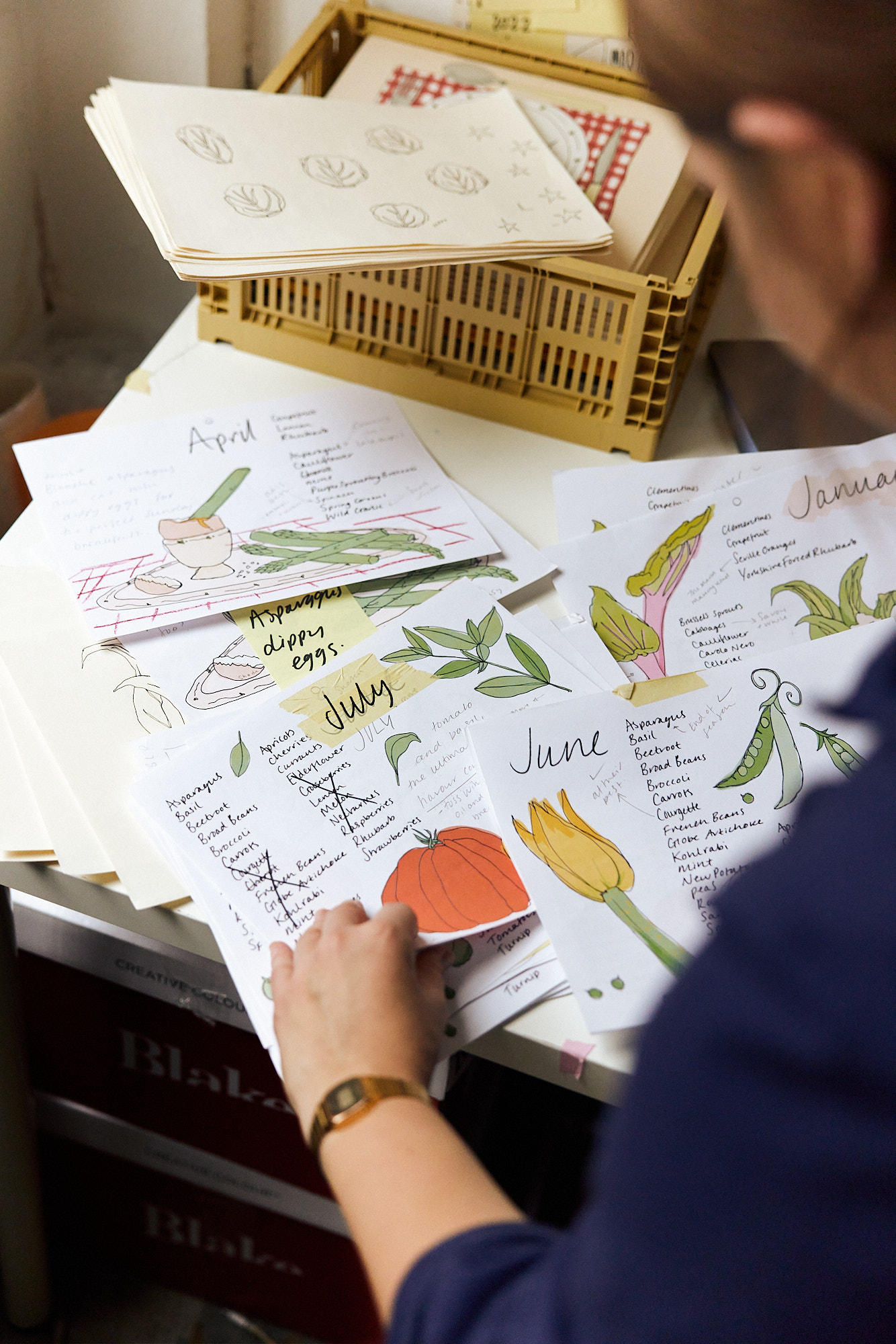
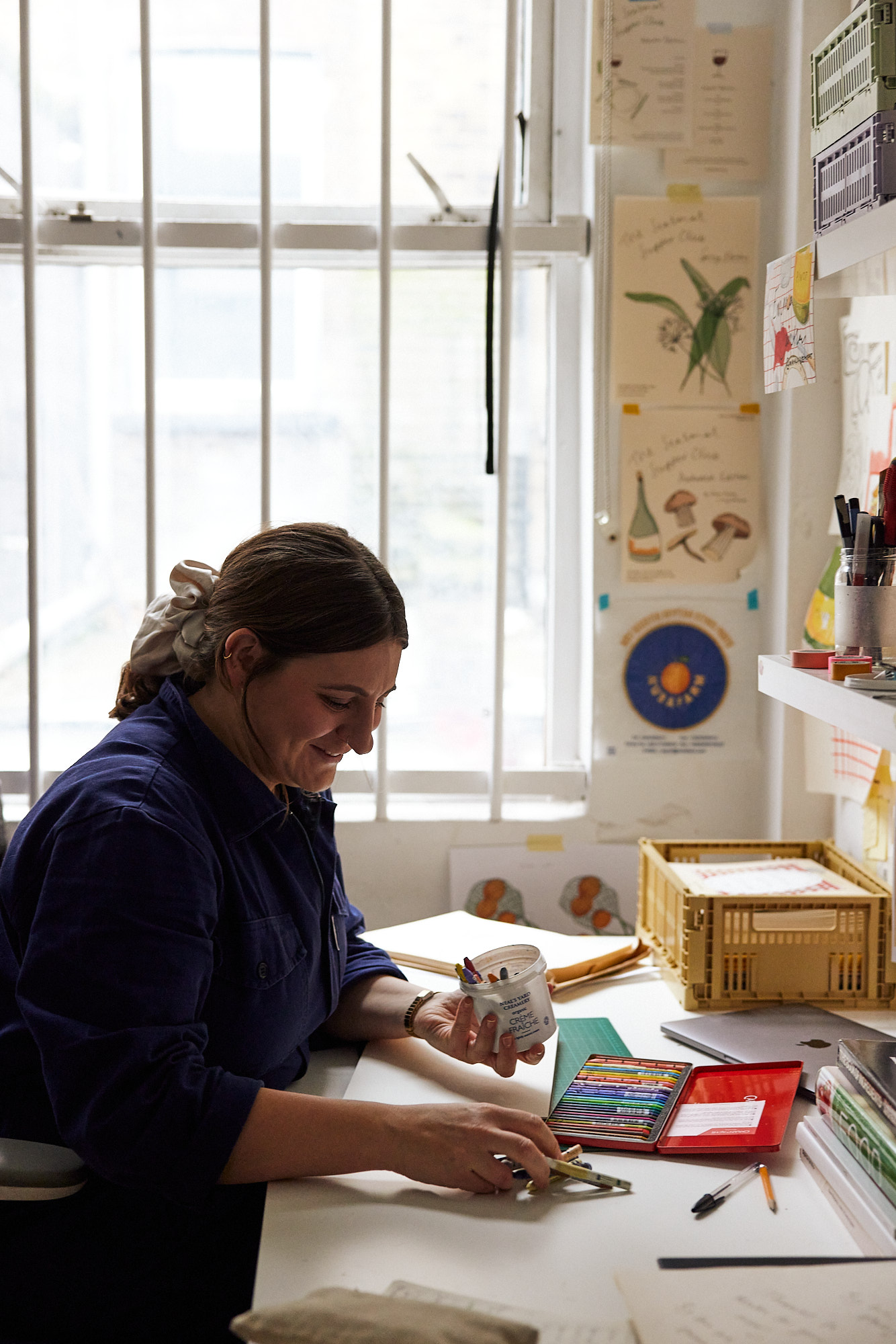
When I came back from Porto I worked in visual merchandising, but really I knew I wanted to be in food. I moved to London in 2018 and as a way in I started working for Table Magazine as their Online Editor alongside my full time job. I quit just before lockdown hit as I knew I needed to just launch myself into the food world if I really wanted to be in it, but then because I ended up having so much time, I started just Instagramming what I was cooking every day. I had been illustrating over that period too and the following year decided to create the first calendar, in 2021. Around all that, I began doing a bit of food styling work and I suppose it’s all just not really stopped since.
It’s quite common for so many of us in the food industry to have some kind of background in art or design, particularly food stylists. Why do you think that is for you? What is it about the relationship between food and art that allowed it to be such a natural progression?
I guess the basic principles you use when you’re styling go back to other types of design. Art school teaches you quite specific design skills that you sort of absorb without realising — things like colour balance and how things fit together in a composition, what kinds of shapes should be next to one another, how to make something visually pleasing. So I think it’s quite transferable to go from something like fashion design and even visual merchandising into the kind of food styling work I do as the principles are sort of the same. You’re always questioning how things balance each other out, whether that’s in a window or on a plate.
It’s also very much about being able to listen to your intuition and to be able to step back from something and know what to change, what looks good or what doesn’t. In art school you’re also constantly problem solving — if something doesn’t fit, how can I make it fit? You learn to foresee certain problems and deal with them earlier, I guess it’s the same in the process of creating food and cooking.
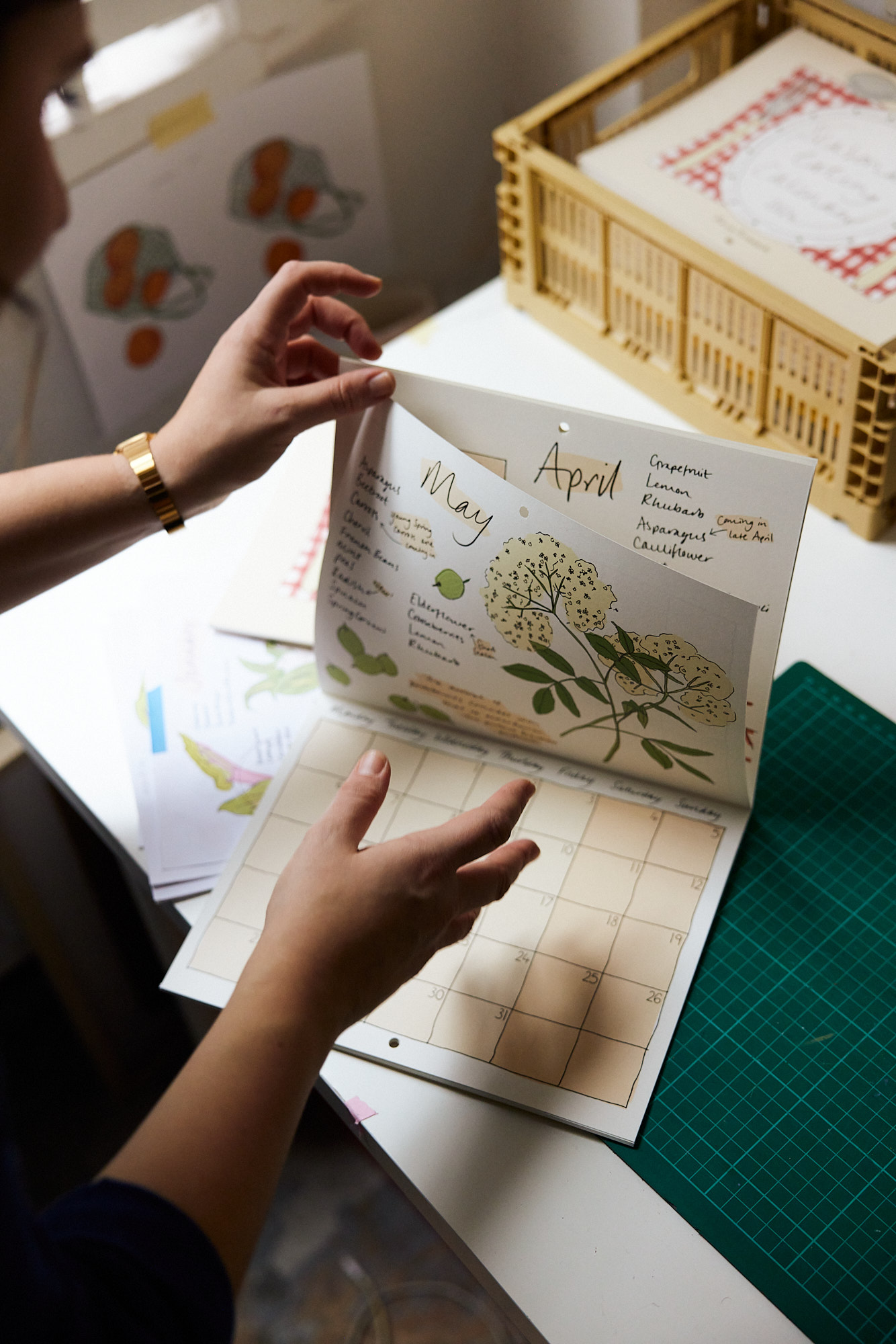
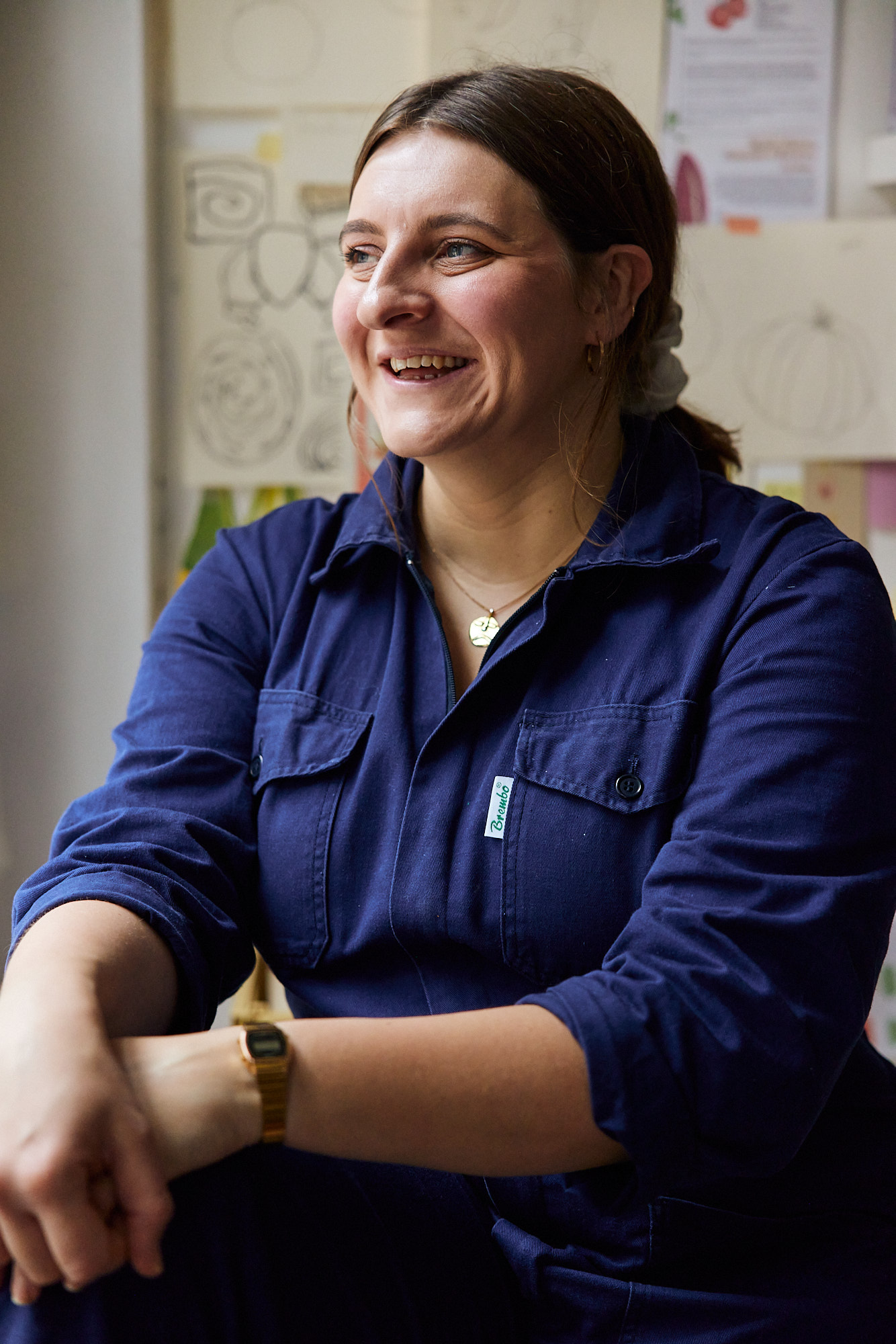
We certainly share a love of seasonality, and your beautiful monthly seasonal illustrations are often shared far and wide. Where did the idea or perhaps even the need for those illustrations and your annual seasonal eating calendar stem from?
I had just been creating these illustrations around what produce was in season and it wasn’t really for any specific purpose to be honest. I didn’t think too much about them, it was just a nice thing to do and keep myself busy when the world had gone a little quiet.
I actually hadn’t drawn for a good couple of years before then and it felt so good to get back into it. I suppose my way into it was that I started collaging again, something that I’d always loved even at university. Funnily enough at art school I absolutely hated drawing! I didn’t think I was very good at it — I was really good at the sewing and the practical element — but I just hated drawing and life drawing and refused to put pen to paper. I found it quite intimidating. Often I would just collage instead, which allowed me to create without having to put pen to paper. I began creating food collages, and they’re still on my bedroom wall! They weren’t really for anyone, just something for me.
I guess I’ve always been quite interested in eating and more so how the world around us affects how we live. Food is such a huge part of that. And in terms of seasonality, it’s really hard to know where to turn to if you want to cook that way. I think a lot of people don’t know much about eating seasonally and having to find that information out kind of deters people from it, so the illustrations felt like a friendly way in. Initially it was just for myself, a rough guide to remember what was at its best each month, but then I decided to put them on instagram. It’s so nice to see how they resonated with people.
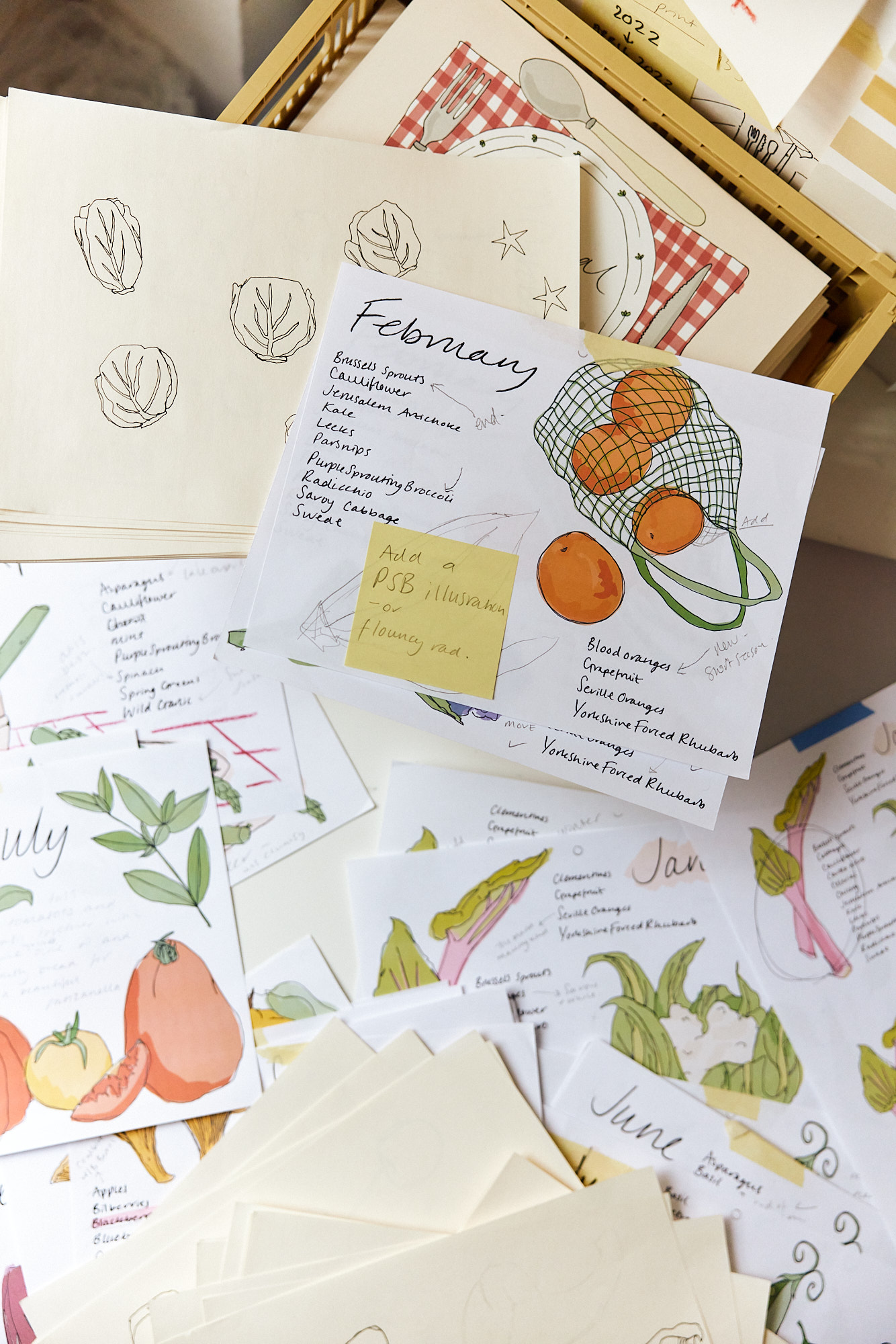
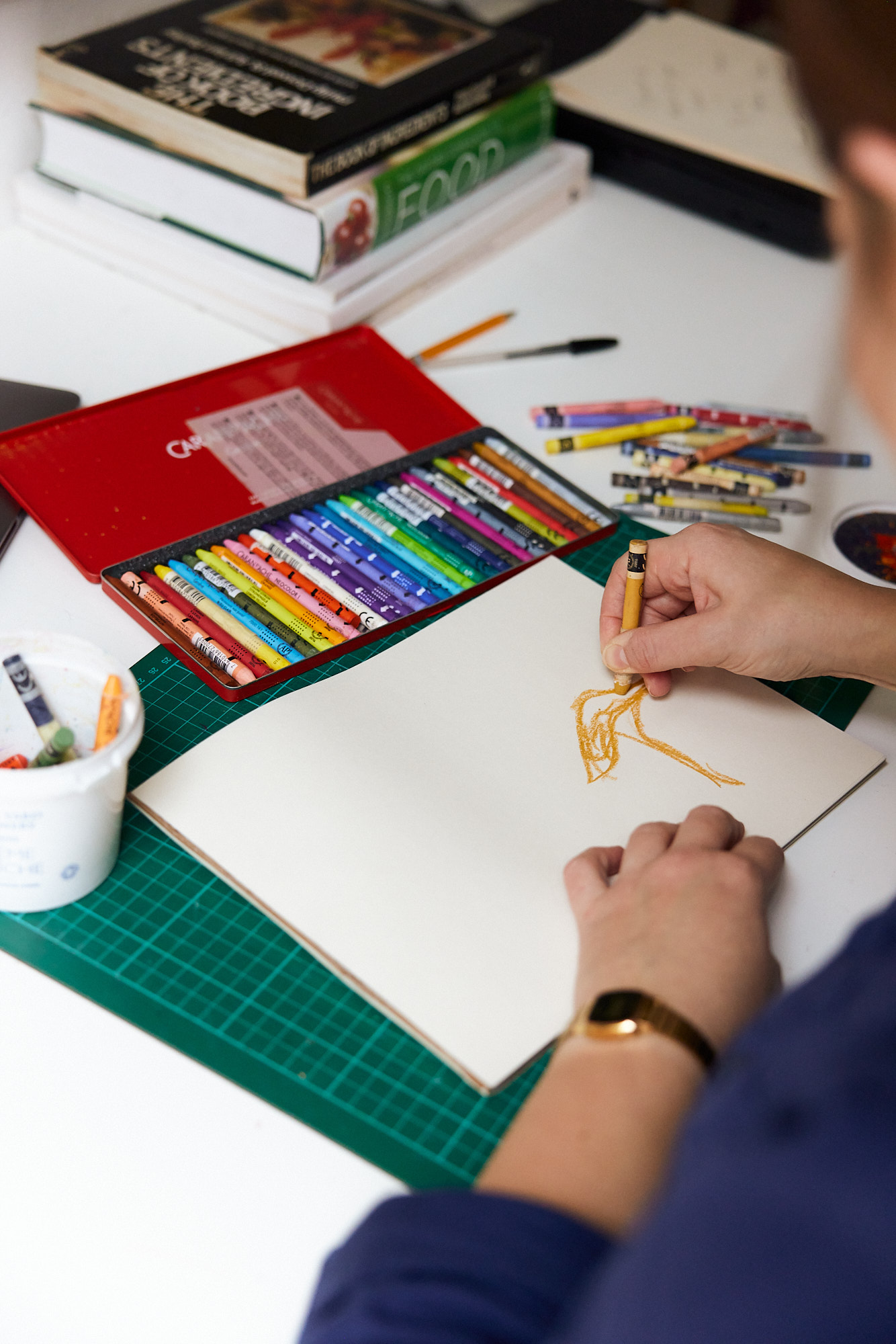
What are your thoughts on the way seasonality can impact the way we cook, eat and understand our relationship with food? Would you say it’s your guiding food philosophy or just one aspect of how you understand and create food yourself?
I personally feel like it’s just cooking and eating intuitively. In winter, I’m like, somebody feed me all the pies and all the cheese! That’s just what I want to eat. When it’s cold out I want to eat apples and poached quinces, or parsnips and cabbage, those big hearty foods that keep you warm. Of course then in summer, you want fresher flavours which is when those sorts of foods are in season, so I guess a simple way of thinking about it is just to even be in tune with the weather. Obviously, sometimes being in the UK, the weather can throw you off, but generally speaking, I think if you listen to what your body wants or needs, that so often ends up being in tune with the natural environment. It becomes a full circle thing where your body feels a certain way and it’s aligned with what the world outside is doing.
Would you say that the process of creating, whether an illustration or a dish to be cooked or styled, start from the same place? Or are they entirely different in how they are conceptualised in your mind and how you then produce the final product?
I actually think they are quite different. I guess they’re similar worlds and they sometimes collide, but the processes and experience of each one is quite different for me. Quite often when I’m food styling I’m assisting, so it’s a hugely collaborative process. Someone else has written the recipe, another person is styling it, another person is photographing it, there’s also a prop stylist and it’s about going back and forth on how everyone feels about what we’re creating and what should happen. The final outcome is a collaborative effort. The person whose written the recipe might have a vision in their head of what it’s going to look like already and it’s sort of a case of interpreting what that person’s vision is.
With the illustrations, it’s such a separate thing because it’s just me and my own vision. Obviously, if it’s to a brief then it’s a bit more collaborative with the person that you’re doing it for, but when I’m working on my own the ideas are just coming from my head. There’s no one to tell me that it’s not quite right or what it needs, sometimes I just have to walk away from my desk for 20 minutes to get some perspective! I think that’s what’s quite good about being a shared studio too. It’s so nice to be able to have a second opinion and get a fresh pair of eyes on my work from the people around me.
The illustrating side of my work is a lot more isolating than the food styling because you’re not so much in a team, but I love having a mix of the two. I think it enhances your creativity, because you get to exercise different bits of it on a daily basis, going from one job to the next. I get a natural break from one thing when I’m working on the other. What ties it all together is that it’s all food based, so it makes sense — my chef brain and illustration brain do fit together!
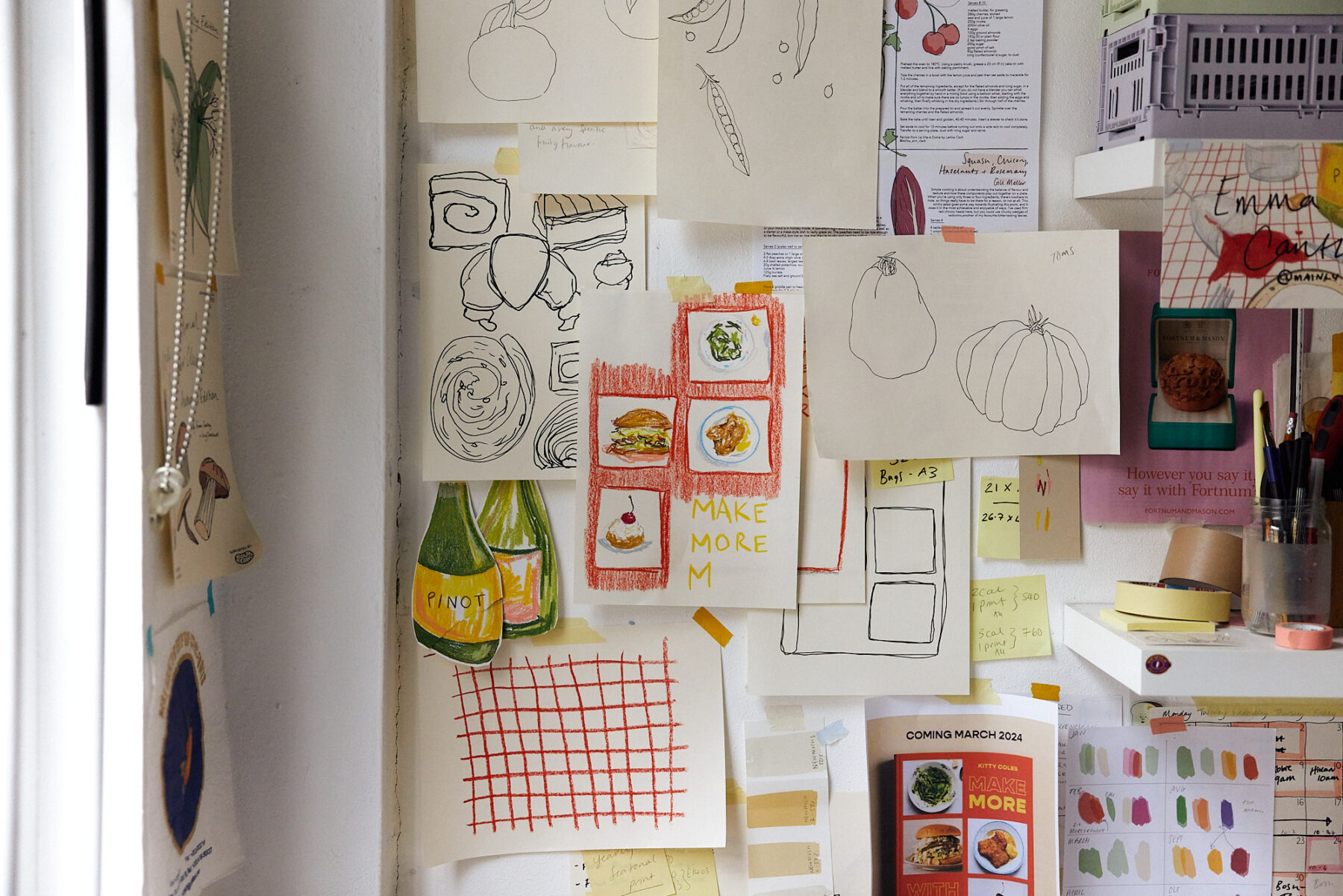
You have such a distinct style and such a beautiful use of colour and line drawings. How did that develop, and how has it changed since you began?
The whole process of finding a kind of ‘style’ has been quite a slow and probably unconscious development to be honest. I don’t think you really think about it until someone tells you or points out a pattern and then you’re like, ah! I see it!
I think the colour palette has probably come from my fear of creating anything bold and saturated. If you’re drawing something on a white background with quite bold colours it can feel super intense, so I tone it down and dilute it a little bit to be softer. Also, my work is definitely not serious — a lot of it is trying to be fun and playful, and I think that’s probably what resonates with people and why the illustrations are quite often shared. I find it really hard to call myself an artist to be honest — I mean, if I don’t portray it all in a serious manner than I don’t have to be a serious artist, right?!
I’ve always been a fine line on paper kind of illustrator and I think that’s also partly due to my fear of paint. I’ve been working with wax pastels and crayons a lot more this year and I’ve just so enjoyed the freedom of it. Generally my illustrations are hand drawn and scanned in, then coloured digitally, so it’s been refreshing to step away from the digital element altogether and just do the entire process by hand. With crayons and paper, there’s something that feels quite naive and childlike about it — it’s just drawing pictures! When you let go and give yourself permission to have fun, loosen your arm up and just draw, that’s really when I get my best work — sort of when you become like the true version of yourself or something.
Over the years there’s definitely been an element of refining too. This is the fourth year that I’ve done the calendars and although the process has been similar each year, I’ve honed in on that practice more each time. Looking back at the first one it’s quite nice to see how much I’ve progressed and improved, and I’ve also developed much more of a critical eye. I’ve also developed a lot more on the graphics side of things, seeing how elements should sit together on a page, rather than just creating an illustration and that being it. I like thinking about how the elements will interact together, so I think now my style is a lot more considered than perhaps it was at the beginning.
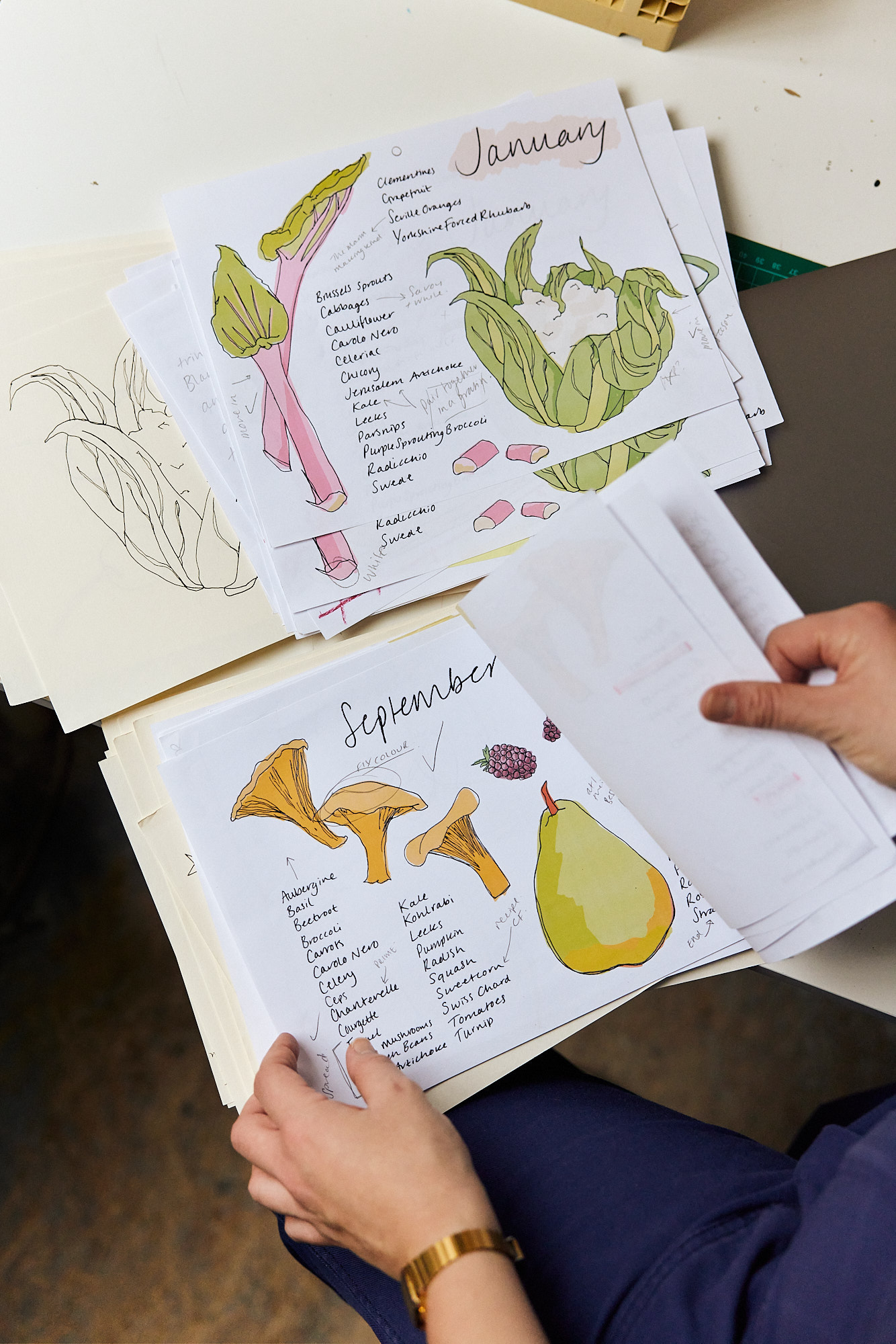
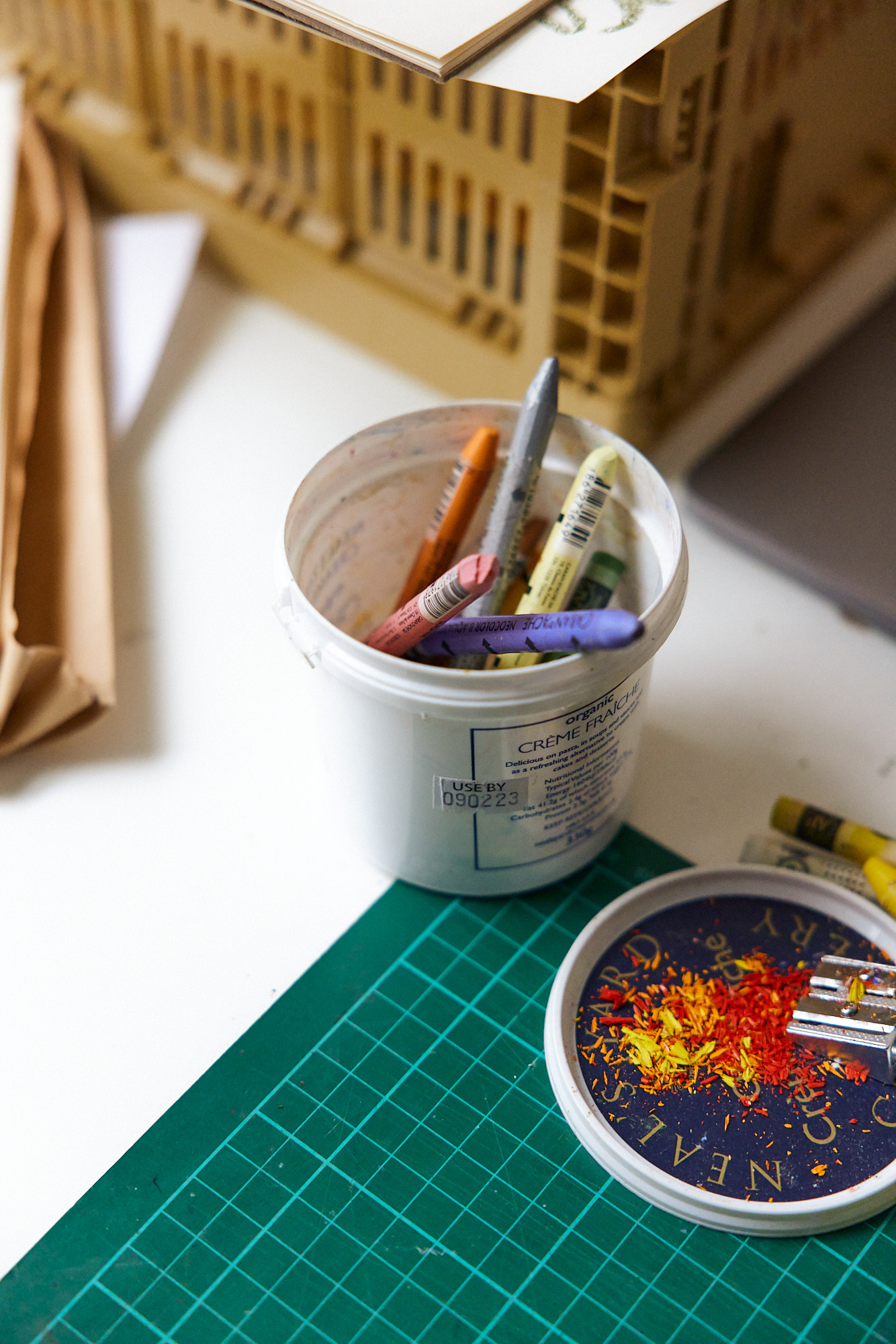
Many of your illustrations often recreate snapshots or scenes from the dinner table, ingredients, objects from the kitchen — either alone or in relation to one another. What is it that inspires you to capture and convey those moments?
There’s just something about the end of a meal table scene. There’s a kind of romance to it. I love it. It’s a feeling that everyone’s had a great time — the small spills of wine on the tablecloth, the rings from the wine glass and discarded napkins. A lot of the inspiration does come from dinners I’ve had with friends or the supper clubs that I run which is quite nice. It’s sort of like being able to take a delayed picture at the end of the night. I get to be present in the moment and really experience and enjoy the meal, and then I get to recreate it later. From just one scene you can remember the conversations that you had, what you laughed about, and that’s just so nice.
Emma’s Pantry
(5 items that are always in your pantry, or that you can’t live without!)
1. Crunchy Peanut Butter
2. Maldon Salt
3. Olive Oil (s/o Two Fields)
4. Spaghetti
5. Fennel Seeds
www.mainlybreakfast.com
@mainlybreakfast
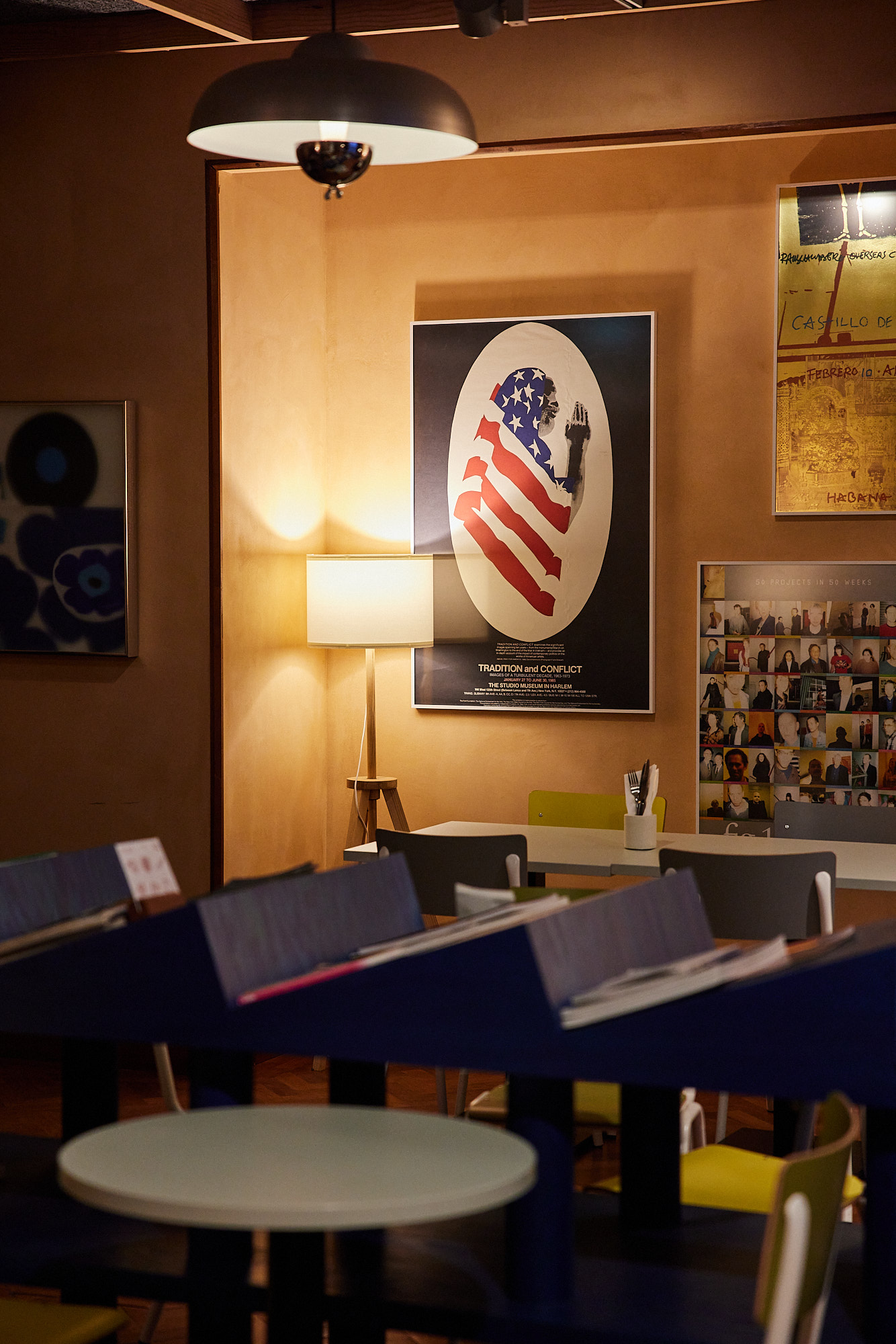
Founded by the creators of Frieze, Toklas is a restaurant and bakery concept housed in a brutalist building moments from the views of London’s Embankment. Although entirely separate from the now renowned art fair, the two eateries exude an unmistakable intertwining with art, design and detail, from the frames on the walls to the food on the plates. Ahead of our Christmas Market at Toklas Bakery, we sat down with head baker Janine to chat about the process of bringing the bakery to fruition, the intentions of the spaces and the philosophy behind the food itself, from suppliers and relationships, to ingredients and experimentation.
Owned by the founders of Frieze, it feels only right to talk about the relationship between food and art when discussing the story of Toklas. How does that relationship play out in the restaurant and the bakery?
Toklas was intended to be quite separate from Frieze, but I think even the brutalist building that the bakery and restaurant are housed in sort of implicates Toklas into that relationship already! The reason we’re in here is actually because the Frieze offices are right upstairs in 180 Strand, and the space became available so it worked well.
“For me personally, I was a chef before becoming a baker so I still have that kind of philosophy of cooking with your eyes, letting the produce inspire you and seeing how savoury elements can influence baking and pastries too.
I think it’s quite apparent within the spaces themselves, how they have been designed and the craftspeople and artists that we’ve worked with to bring them to life. The counter in the bakery for example was designed by Stafford Shmool whose work is based on the idea of bricolage — the practice of constructing and creating pieces from various different things. There are also artworks all over the walls throughout the bakery and the restaurant — there are a series of 9 portraits made with food and household objects called “Faces” by artist Alexandre de Cunha in the bakery’s back room.
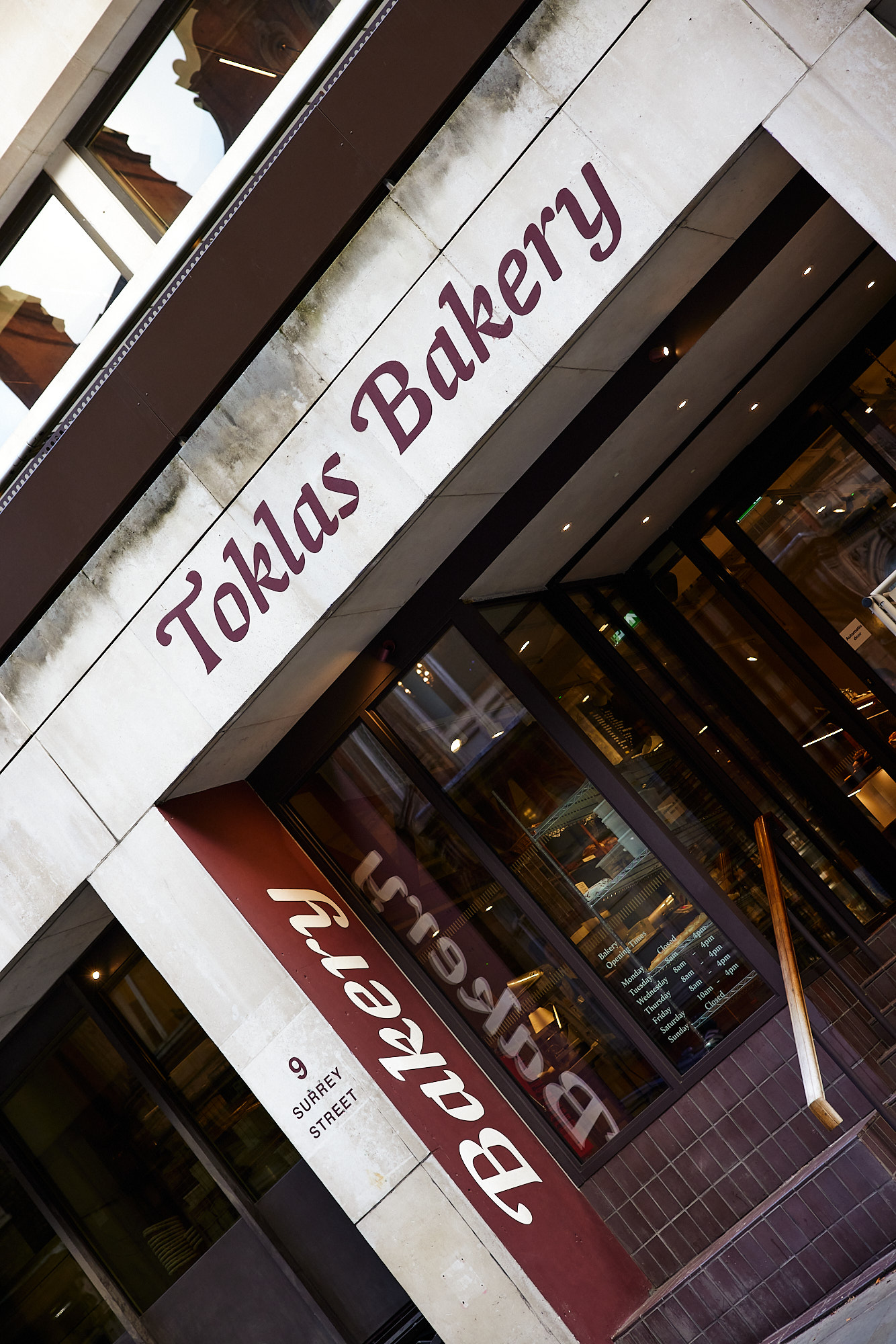
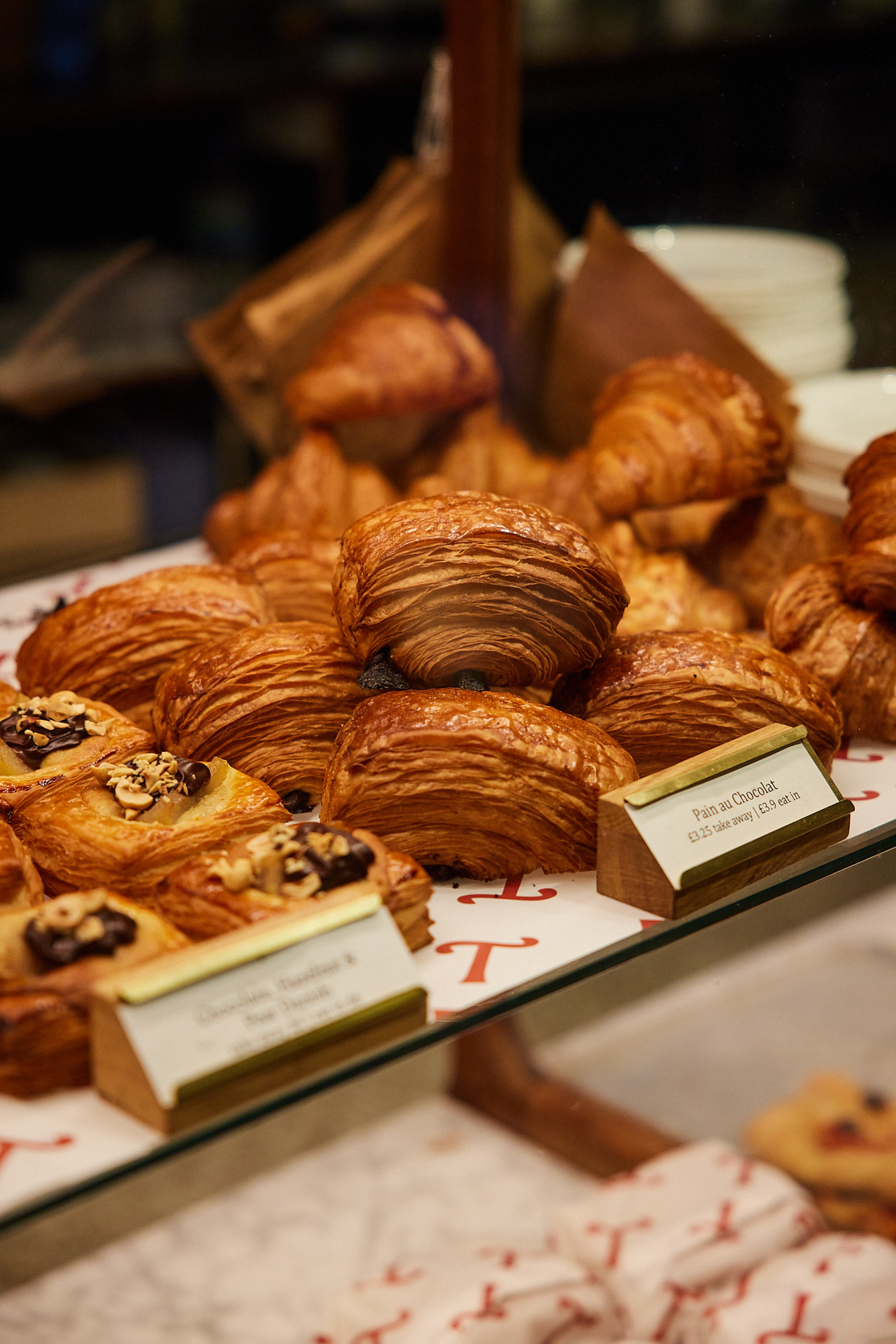
What would you say is the guiding force that ties Toklas together — is it a food philosophy, a desire to foster community, an appreciation of art? Is there a link between the story, the space and the menu?
A key component for us right from the beginning was showcasing suppliers and the unique relationships we have with people that we work with, like Todoli Citrus in Valencia. Working with quality products — quality grains, quality butter — and celebrating the ingredients we use has always been at the forefront of what Toklas is about. That very much includes embracing the changes that those products bring and what that means for the way we cook and bake, and what we serve.
Working with ancient and heritage grains for example has been such a pleasure but it’s meant that it’s a continuous process of trial and error, making changes to recipes based on the grain used, the temperature, reassessing any additions to the product. We mill some of the grain here ourselves and when we went into wholesale it meant that we had to shift from a liquid levain to a stiff levain in order to maintain quality.
For me personally, I was a chef before becoming a baker so I still have that kind of philosophy of cooking with your eyes, letting the produce inspire you and seeing how savoury elements can influence baking and pastries too.
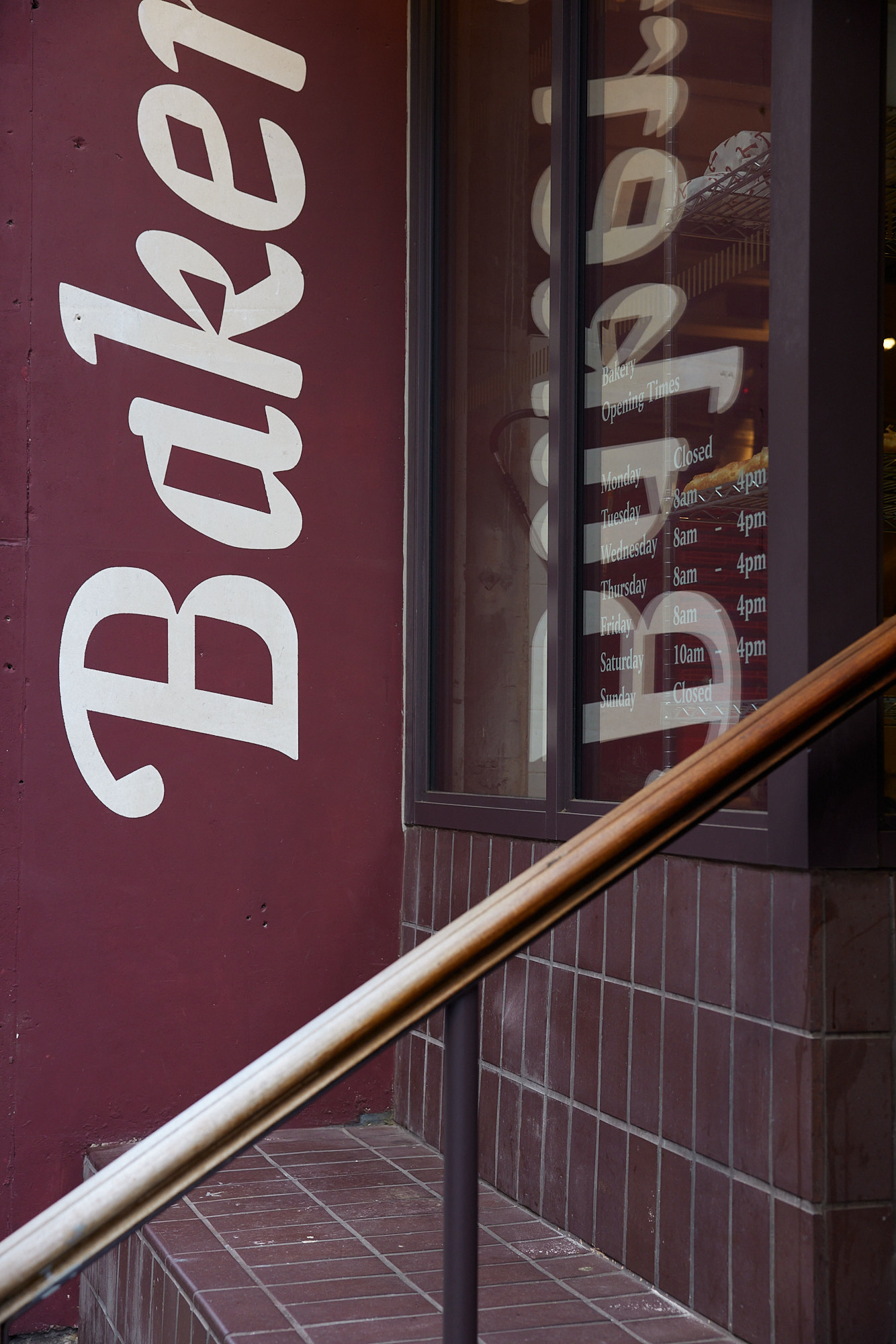

The name Toklas is a nod to writer Alice B. Toklas and her eponymous cookbook, published in 1954. What is it about Alice that made it feel right to name the restaurant and bakery after her?
Alice was a member of the Parisian avant-garde in the early nineteenth century and her partner was Gertrude Stein. Together they used to host salons in their home in Montparnasse, and they became a sort of meeting point for artists and literary minds of the time, including people like Ernest Hemingway and F. Scott Fitzgerald, and even Picasso. I think there is definitely a nod to the ethos of bringing artists together and creating a space for community exist which is sort of what Toklas the restaurant and bakery have become.
When the idea came to fruition, what was the process of defining the bakery offering and finding what made Toklas unique? Where did you start out and how do you think it’s evolved since you opened?
I think Toklas is unique to other bakeries is in the way we constantly aim to try new things. A lot of places will decide on their menu and maybe one or two things will change, but our menu is constantly evolving. It changes with the seasons, with ingredients, with our knowledge and it’s definitely developed a huge amount in the last few years since we opened. It’s also been such a pleasure in the way the team has changed and grown and how that has played out in the kitchen. The different team members bring their own experience and expertise, new techniques, new flavours and it informs the way we learn and change our offering.
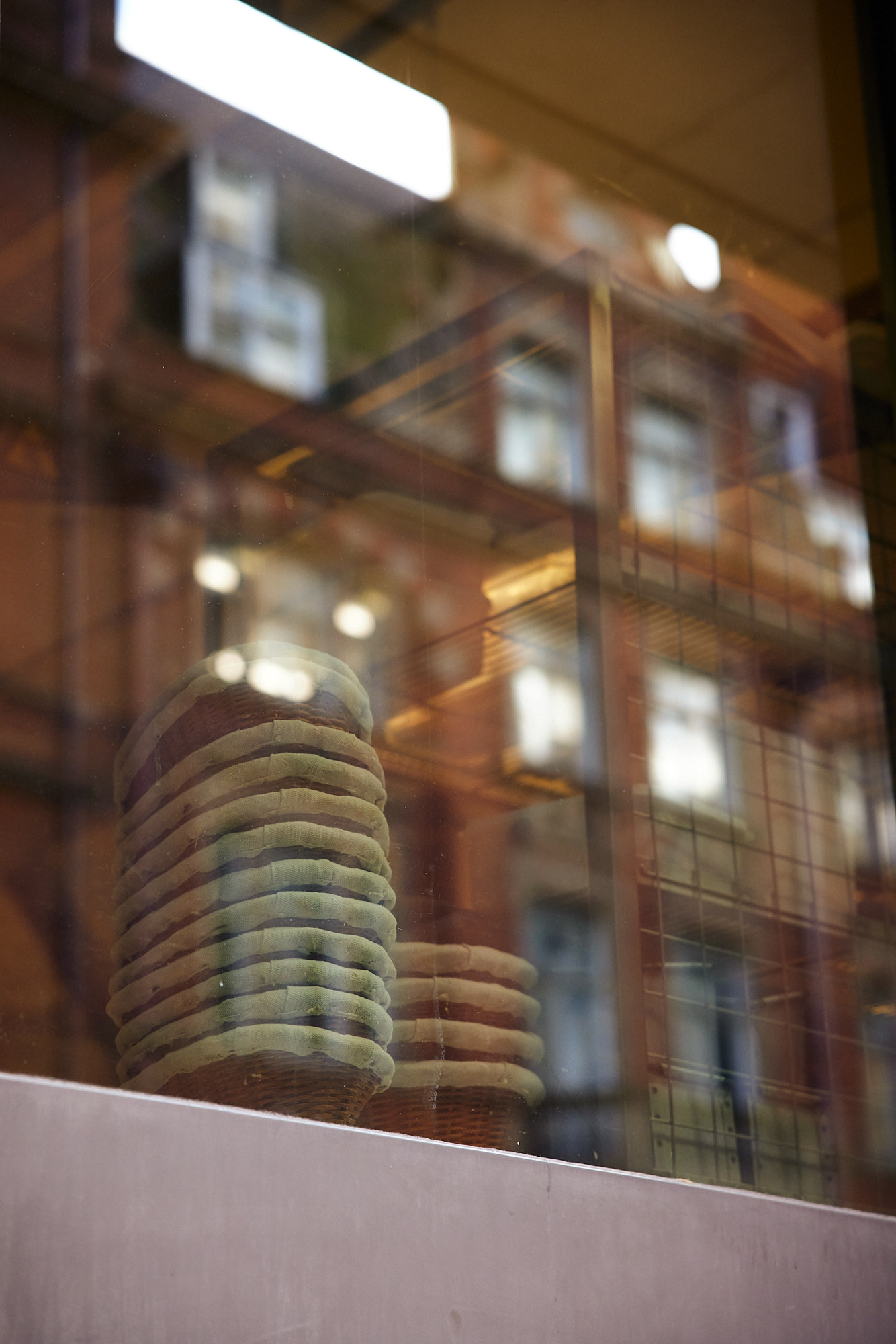
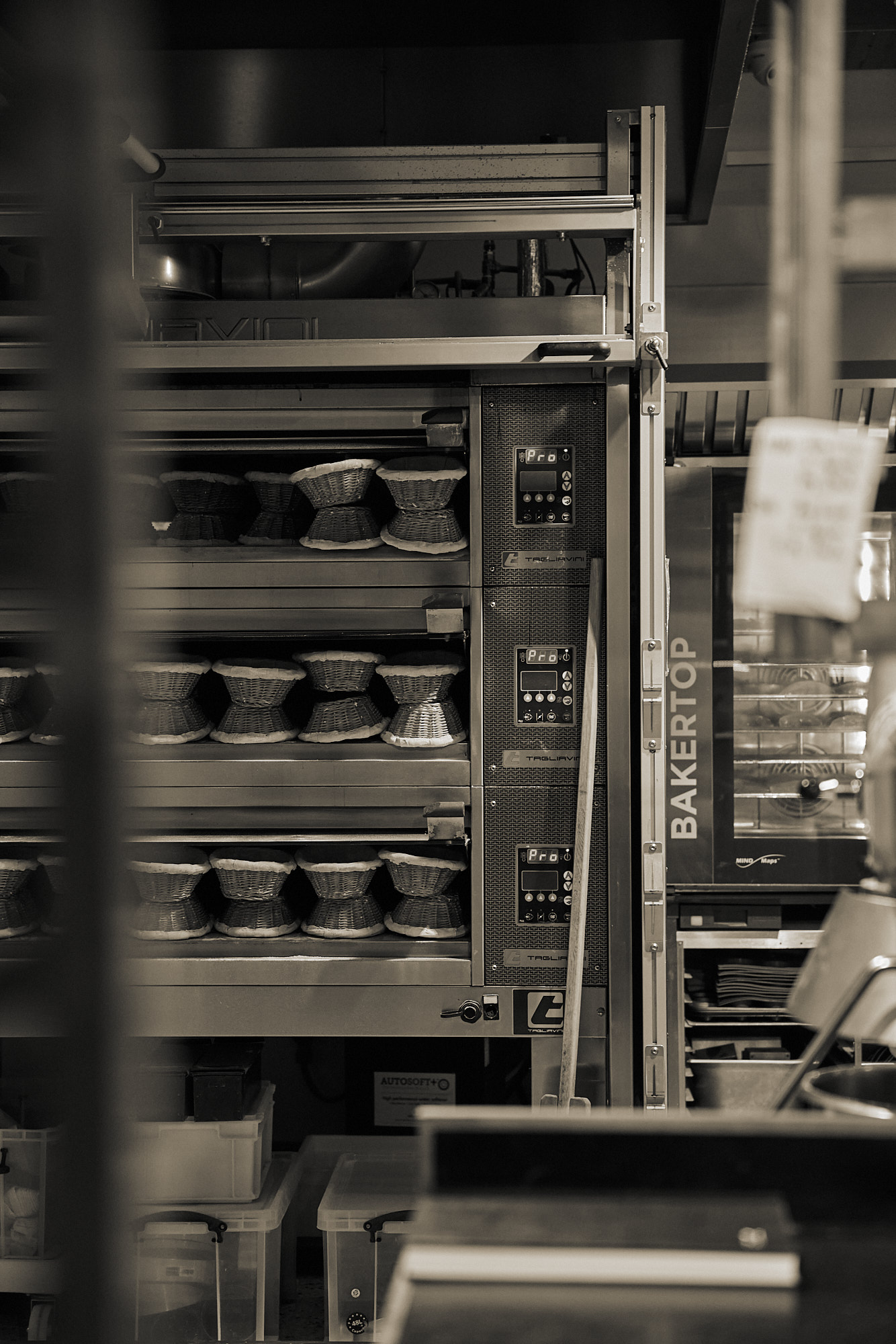
You work with some incredible suppliers and have strong links with wonderful farmers both in the UK and abroad — one of which is Todoli Citrus in Valencia. Can you tell us a little bit more about how that relationship came to be and what it means to the bakery and restaurant?
Vincenzo is a sixth generation farmer within his family, and he actually used to be the head curator at Tate so that’s how he got to know Matt and Amanda.When he left the art world, he decided to go back to the farm and continue the work that his family had started. I think they had always had the farm but Vizenzo says that he sees it not so much as a farm for producing, but more like an exhibition, a curation in a way — a place for academics and chefs to enjoy it and learn from it. We started working with them when we opened the restaurant and became the main distributors of their citrus here in the UK, so that led to lots of the connections that Todoli now has with restaurants like The Clove Club and within the Super8 Group.
It’s been incredible to discover so many different types of citrus through them, and to celebrate it we held a pop-up last year entirely dedicated to Todoli. They have around 400 different varieties, so we put together a big citrus tasting table and designed the whole menu for a day entirely around citrus. We wanted to encourage people to walk around and discover the different varieties, for it to be quite interactive, and it was great. It was the first time I properly started to understand how I could showcase it across the menu.
The grocery shop side of the bakery also spotlights a range of small producers and businesses, mirroring the suppliers that you use in the bakery itself, and some of which we’ll have at our market on the 9th December. What does it mean to you to work with independents and champion what they do? What do you look for in your suppliers and partners?
For us it’s mainly about quality, and with quality comes great flavour. When you’re working with ingredients of a certain quality you actually don’t have to intervene too much, you can let them shine as they are and just keep things really simple. Edinburgh Butter for example is one of my favourite suppliers, and Spice Mountain are incredible too. We get our nuts from Food & Forest, fruit and veg from Shrub and grains from Green Acres Farm in Shropshire.
Our whole team went up to Green Acres Farm recently for the first time to see and begin to understand it. They’re surrounded by commercial farms out there and seeing what they do in contrast to that just completely changes how you interact with and respect the ingredients back in the bakery. That’s on the kitchen side, but those visits also sort of serve to close the gap between the supplier and front of house who can then convey that back to the customer. I think that’s been hugely valuable in sharing the message of what Toklas is really about and the role the suppliers we work play in what we serve.

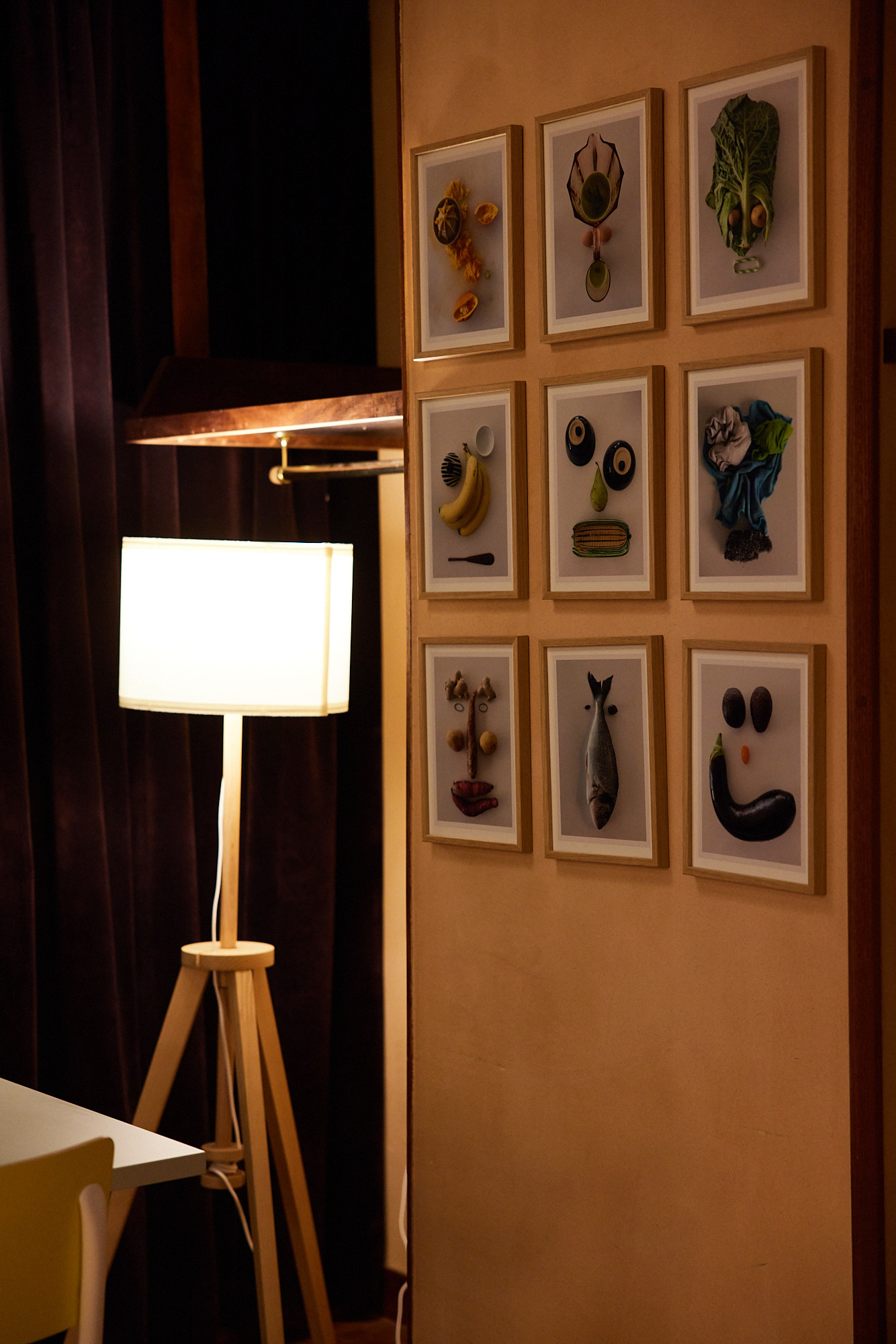
It feels as though the bakery has managed to become a space of creativity and community — often a hub for creatives and freelancers to work away, and also thanks to your roster of events. Is that always something that was going to be an important part of Toklas, or why do you think it’s become that?
The space lends itself so nicely to it, and it’s a good way to get people into the space as we’re quite tucked away from the main streets near here. It’s sort of a hidden gem. The back room was always intended to be an event space and although it mainly is now an additional space for the cafe, after we did our first pop-up with Nicola Lamb we saw how great it could be. We then did the Citrus Pop Up and now the Christmas Market, and generally host quite a few events in here. It’s been a lot of fun. The events sort of feed back into the collaborative nature of the cooking we do here which is just a really nice way of learning, of exploring the way food creates a sense of community.
The Toklas Pantry
(5 items that are always in your pantry, or that you can’t live without!)
1. Chilli Flakes
2. Daphne & Chloe thyme flowers
3. Ling Honey from London Honey Co (it’s in our chocolate biscuit)
4. Citrus — limequat pickle
5. Piedmont Hazelnuts
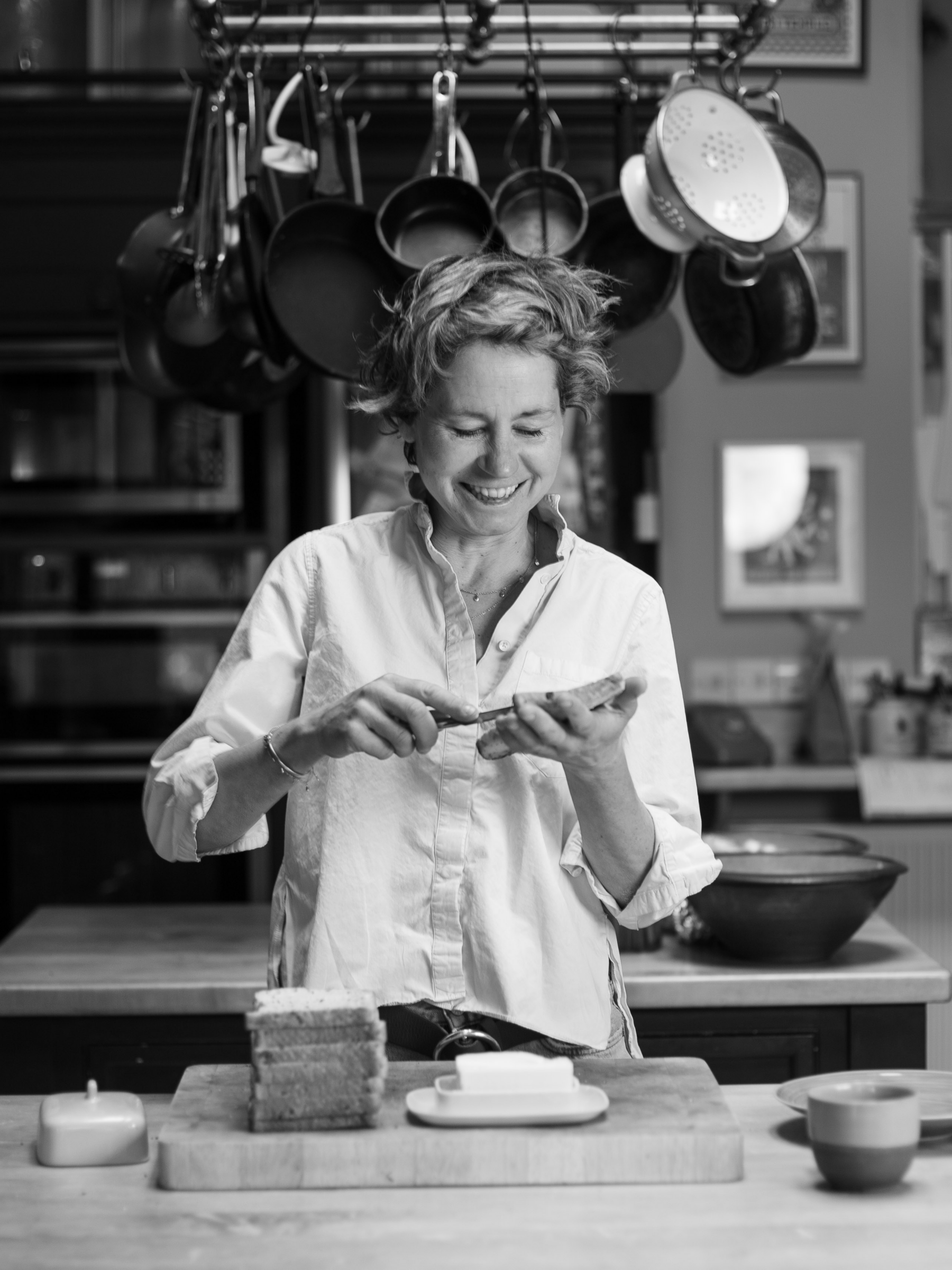
Unintentionally landing yourself a job as one of the first few in the Ottolenghi Test Kitchen is possibly the best scenario to find yourself in when you’ve just dedicated yourself to a career in food — and that’s exactly how Tara Wigley’s start played out. Over the last decade, Tara has quietly helped shape and define the recipes and Ottolenghi cookbooks we have all come to know and love, co-writing, testing and developing, and this year she has released her first solo project. How To Butter Toast is an ingenious take on a recipe book, guiding its readers through the plethora of kitchen basics most of us still haven’t quite grasped, all through the medium of rhyme. Ahead of her book signing at our Christmas Market on Saturday 9th December, we sat down with Tara to chat about her way into food, her food philosophy and her experiences over the last 10 years.
“Food is not a panacea but if it brings people together around the same table to talk, and listen, then it’s a place to start.”
Tara, what was it about food that drew you in? Where does the story start?
The story starts with eating. I’ve always been an eater – one of my brothers and I used to eat so much, growing up, that my Mum gave us a worming tablet at one point as she was convinced there was something wrong with us! I didn’t get into cooking for myself until I was at university, though, where the truism that “if you can read, you can cook” slightly blew my mind. I remember the first time I made a four-cheese Delia Smith lasagne and thought I was so clever! I then spent my twenties in publishing, in London, editing women’s fiction, and didn’t make the switch to food until I had twins, who I took to the Ballymaloe cookery school when they were 18 months old.
Ballymaloe was the biggest blast and Darina Allen, who runs the school, encourages everyone to shoot in all directions, contact their heroes and just go for every opportunity that comes their way. Doing that lead me, after 6 months trying to make it work in London restaurants (not a great idea, if anyone else is contemplating it, with very young kids in tow), to getting ‘the call’ from Yotam. He was looking for someone who was into cooking but not a ‘pro’ chef, per se, who also had a background in words and writing. So whilst I thought I was slightly in danger of falling between two stools, Yotam made me see that ‘straddling two worlds’ was another way of looking at it and that this was really unusual and useful. That was over 12 years ago, so there have been made words, and recipes, and books since then.
How To Butter Toast is your first solo book — it’s perhaps not quite a cookbook, but I think we can definitely still call it a recipe book! What led you to choose the ingenious and unique format of rhymes as a way to convey recipes?
I love all cookbooks: they’re all so different from each other, right? The impetus for How To Butter Toast – and hopefully what it makes people do – was/ is to encourage people to get back in the kitchen and just play around and have fun. And that it’s really not that hard! And that there is so often not a ‘right’ or ‘wrong’ way to do something. There is so much information out there – everyone’s exacting rules for exactly how things should be done – that I wonder if, for the person starting out, there is SO much information that they’re almost confused about where to start.
How To Butter Toast is a collection of 30 or rhymes which each take a really simple recipe – a one or two ingredient recipe like how to roast a chicken, how to poach an egg, how to make a martini, how to butter toast – and then does two things. On one hand, each rhyme shows all the different ways that things CAN be done but then, ultimately – and most importantly – reassures the reader that whatever they do is basically going to be okay and that they have to trust that if they think something looks and tastes delicious then this is how it ‘should’ be done. It’s aim is to entertain and elucidate but also, most importantly, to liberate people. Get in the kitchen, start with good ingredients, turn the heat on and have a play!

Reflecting on the process itself, was the experience of writing this book entirely different from writing the cookbooks you’ve worked in previously, or were there any similarities you noticed in what it means to write about food?
It was a totally different process. All the conventional cookbooks I have worked on before have been collaborative projects. Not just with Yotam but with all the other cooking talents involved in Ottolenghi books. We are in a test kitchen, now, and everyone has a role and every dish is debated and tested and re-tested. How To Butter Toast was me sitting at home in a room without wi-fi and just a pen and paper to hand. For me, there is so much noise out there – in terms of information on line, in particular – that I found the process of writing alone, pen and paper, off line, incredibly satisfying! Of course, I was drawing upon everything I’ve learnt and continue to learn with all-things-Ottolenghi, so one could not happen without the other.
Going back to basics seems a world away from the sorts of recipes you write in your everyday job in the Test Kitchen. Is that owed to a difference between ‘food writer’ Tara and ‘home cook’ Tara? Is there a bigger message on cooking and recipes (or almost a reaction!) coming through in How To Butter Toast?
There is only one Tara, I think, when it comes to work. (Life at home is another matter as I live with my mother and my brother so I find the reality of being mother-daughter-sister-wife quite a headspin, sometimes!!. . . but that’s a separate conversation!) and more and more the ‘food writer’ Tara is interested in the actual reality of people’s lives and what they are achieving and doing in a day. For me, the reality of a Mum on a Saturday morning, for example, is always something I have in mind when I am writing, where most people feel like they are smashing it if they are on top of the laundry, let alone pulling the most incredible meal out of the bag for everyone to sit down together and enjoy.
Everyone has the way that makes it all work for them: I’m a real batch cooker, for example – half a day on the weekend spent cooking sees us pretty sorted for most of the week – whilst others love a tray bake. Recipes need to be more than a set of instructions. They need to either tell a story – about a person or a place or a history, for example – or they need to solve a simple, daily dilemma: what’s for supper.
Motherhood feels like a strong current in your relationship with food and your career path— right from taking the twins over to Ballymaloe Cookery School. Is your love and appreciation of food, perhaps even your ‘food philosophy’ rooted in family? Is it something you hope to pass onto your kids too?
This is a massive question! I was recently on a panel discussion at Caroussel hosted by Clare Finney called ‘Mothers and Mealtimes’ and the summary points are: it’s a minefield! It’s an interesting one, when food means so much to you – if its your ‘love language – this can end up putting pressure on your family when they’d be just as happy (if not more so!) with a baked potato with melted cheese for supper! I cook the whole time – you have to choose between a tidy house and a full fridge, I reckon, and our house is a tip! – and the kids all have things that I make that they love but their perfect night, truth be told, is probably pizza and dough balls. I think the Victorian model of eating – the perfect family sitting around the perfect table all eating the perfect meal – has a lot to answer for in terms of setting the bar. Is anyone’s life like that?! It’s a big subject, though: I could say a lot here!

Another family you’re a core part of is the Ottolenghi family, and when you joined I imagine the food landscape was quite different to how it is today. You’ve probably borne witness to and contributed to the huge changes in how familiar we are with ingredients like tahini and sumac, and even how we use recipes entirely — what has it been like to see those shifts?
It’s been an incredible journey! If you love something you want to share it with as many people as possible so seeing others fall into the tahini-olive-oil-feta-aubergine-lemon-sumac-za’atar pond and not want to get out is a joy. I think it’s not only the ingredients that everyone loves but the way of eating which people think of as ‘Ottolenghi’: food which can often be prepared in advance and served at room temperature on large platters. It makes for a much more relaxed process and atmosphere than the ‘food must arrive piping hot’ school of culinary thought. It’s funny, though, for all that nearly every single supermarket in the UK stocks the likes of sumac and za’atar and pomegranate molasses, ask people their first thought about Ottolenghi recipes and the ‘but where can you get all the ingredients’ question comes up pretty quickly. It’s funny, right? So there are still some recipes and writings to go!
Back in 2020, you also co-wrote Falastin with Palestinian writer and Ottolenghi co-founder Sami Tamimi. Did co-authoring that book leave a lasting impact on you and how you understand the links between food, family, home and community? Did you know that you were working on quite a historically and culturally significant piece of food writing?
Writing Falastin was a hugely privilege and felt like a massive responsibility. It was once that daunted me at the beginning – who am I to co-author this book with Sami – but then I realised that my insecurity, my imposter syndrome, was actually my superpower as I think that a lot of people want to find out more and know more about Palestine but are held back through worries about asking the ‘wrong’ questions or revealing their ignorance.
I’ve always thought that cookbooks are a really safe and great way for readers to come in, to have their hand held and stories told to them as they make a meal, follow a recipe, read a profile of a person or place. As well as making recipes that we wanted people to make on a day-to-day basis, we knew that we wanted to have the space to tell many stories – not just Sami’s – so we were really lucky to have this space in the book to offer glimpses into the day-to-day world of people living and working and making their way in Palestine today.
We knew it was going to be a big book but we were lucky to not have to rush it – it took two years to write, several trips and, of course, a lifetime lived on the part of Sami and his family. It’s the sister book to Jerusalem, which Sami and Yotam did together and it feels powerful to think of these two books sitting side by side on people’s bookshelves, as they should around the table. Food is not a panacea but if it brings people together around the same table to talk, and listen, then it’s a place to start.

Through the many adventures you have been on over the last decade, what would you say has shaped or defined the way that you cook today more than anything else?
I mean, once you’ve drunk the Ottolenghi cool aid – the tahini and olive oil, the feta and aubergines, the lemon and garlic and sumac and za’atar – there’s no turning back, right? I’d say I’m very happily knee deep in tahini with absolutely no plans to climb out. . . So Yotam, for sure, but also the reality of LIFE. Sometimes you just have to open the fridge and have a root around and get dinner out pronto on the table.
Tara’s Pantry
(5 items that are always in your pantry, or that you can’t live without!):
Feta, feta, feta, feta and feta (!). . . or
1. Olive oil (and olives!)
2. Lemons
3. Feta
4. Aubergines
5. Garlic (and can I squeeze in sea salt as well!!). . .
Read more: How To Butter Toast
A collection of rhymes to get you through the cooking basics, Tara Wigley’s first solo ‘cookbook’ is one for the kitchen lover and book worm. It’s clever, witty and at time just very funny, which sometimes is exactly what you need as a cooking companion – the total opposite to intimidating recipes and processes that often keep us away.
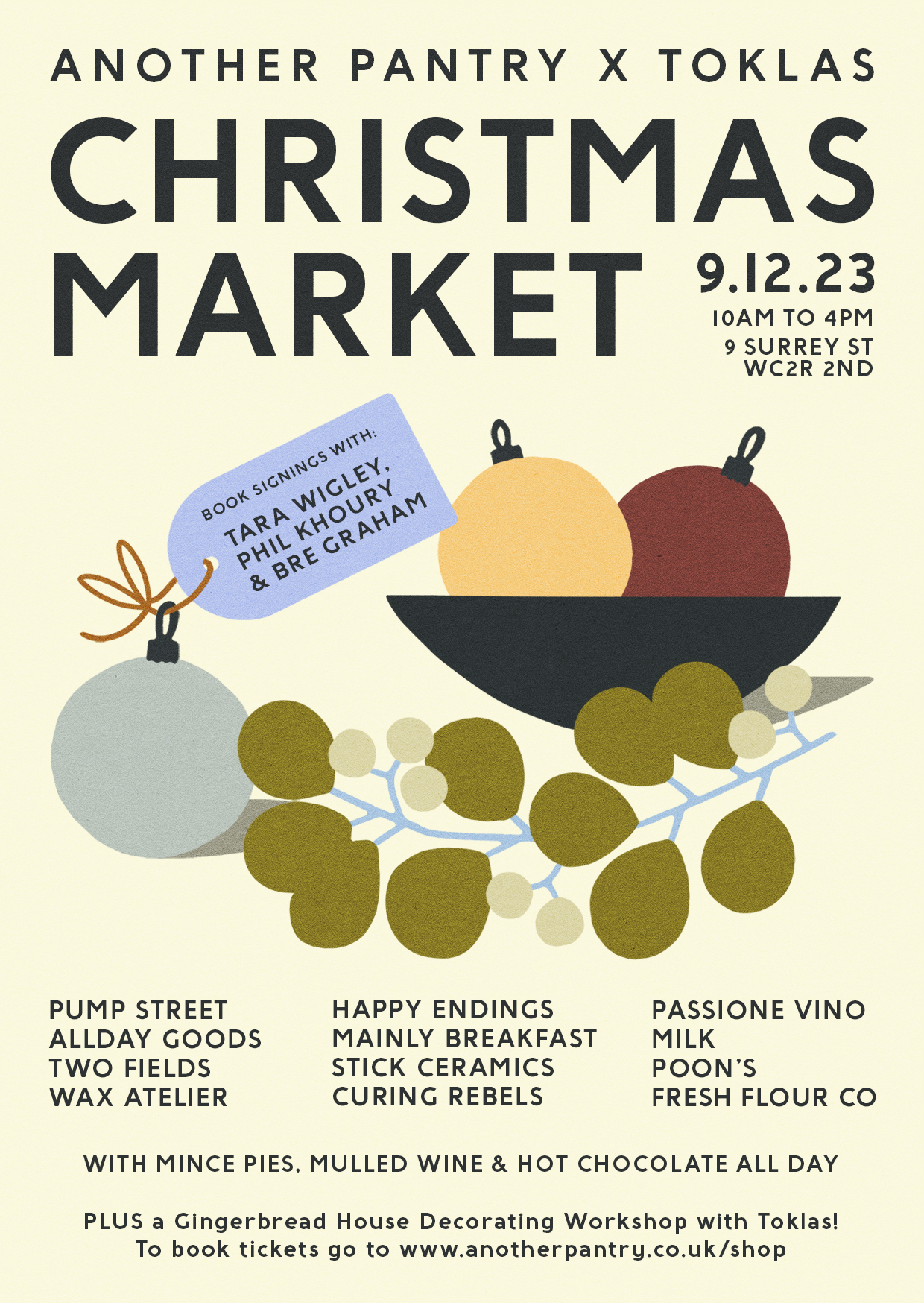
We’re so excited to announce that we’re back! We’ve been on a little break from our events this year but we couldn’t have Christmas go by without some Another Pantry magic. Join us on Saturday 9th December for our ANOTHER PANTRY X TOKLAS CHRISTMAS MARKET! For one day only we’re joining forces with one of our favourite London bakeries to bring together a selection of our favourite small businesses, makers and producers to celebrate and support our food industry this festive season.
We’d love for you to shop local and independent this year, so we’re shouting about the businesses that we love and that we know love what they do. We’ve got some old favourites from our previous pop-ups, as well as some new additions and friends of Toklas bakery too.
The Toklas team will be serving up mulled wine and mince pies all day, and of course, we’ve got Pump Street pouring hot chocolate on tap too.
Join us in supporting local and independent businesses throughout the festive season at our Another Pantry x Toklas Christmas Market, at Toklas Bakery – 9 Surrey Street, WC2R 2ND.
We’ve got so much in store for you — think cult-favourite zero waste chef knives and cutlery from Allday Goods, hot choc and festive treats from the fabulous Pump Street Chocolate, sticky toffee puds and treacle ice cream sandwiches from Happy Endings, the best 2024 seasonal calendars from Mainly Breakfast, your favourite pumpkin seed & halva tahini from Milk, beautiful handmade ceramics from Stick, the best tasting regenerative olive oil from Two Fields and so much more.
The full line-up includes:
Allday Goods
Happy Endings
Pump Street
Mainly Breakfast
Two Fields
Wax Atelier
Curing Rebels
Poon’s
Passione Vino
Milk
Stick Ceramics
Fresh Flour Company
Throughout the day we’ve also got various events happening:
Gingerbread House Decorating Workshop with Toklas – 10:30am
Book tickets here.
£30
For the kid in all of us (or also for your kids!) join Toklas baker Saffron as she shows you how to decorate your very own gingerbread houses with sweets, sprinkles, and icing. You’ll be able to take home your decorated edible treats afterwards too.
Book singings with friends of Another Pantry:
Another Pantry has always been a platform that champions food writers we know and love, as well as emerging voices too. We’re very excited that Phil Khoury, Tara Wigley and Bre Graham will be at the market at the below times for you to say hello and get copies of books signed for yourselves or your loved ones this Christmas. A pretty perfect gift if we do say so ourselves!
Phil Khoury, A New Way To Bake – 12pm
Bre Graham, Table For Two – 1pm
Tara Wigley, How To Butter Toast – 3pm

*NOW EXTENDED* We’re so excited to announce that we’re back with our second Pop-Up Grocery Store this November in the heart of London’s Seven Dials in Covent Garden. Find us open for three weeks from 11th November — 4th December at 38 Earlham Street, Seven Dials, WC2H 9LH.
We’ve got an incredible line-up of products from old favourites and some amazing new additions, as well as a whole calendar of workshops & events to get you into festive season.
Think loaves of Café Cecilia’s coveted Guinness Bread freshly baked exclusively for us, new seasonal provisions to get you ready for Christmas from our friends down in Cornwall at Coombeshead Farm, and a new line of products from Merlin Labron-Johnson’s Somerset restaurant Osip, of course not forgetting his sell-out cider from our last pop-up back in March.
11th November — 4th December 2022, 38 Earlham Street, Seven Dials, London, WC2H 9LH
We’ll have freshly baked banana bread from Violet, wine, vermouth and hot mulled wine (served on Sundays and Thursdays) from Top Cuvée, and a new range of products from Happy Endings (think jars of their famous Malty Crumb!). This time we’re also adding Sambal Shiok’s famous laksa pastes and sambal’s to the line up and Dishoom’s chutneys and chai, along with 26 Grains’s seasonal Pumpkin Seed & Cinnamon Granola, kombucha and pickles from Dalston picklery Little Duck, seasonal produce from Natoora and regeneratively farmed flour from Wildfarmed, plus so much more to be announced.
Bakery Drops:
Every Saturday & Sunday there will be pastry drops with a rotating line-up of bakeries, here are some dates for your diary —
12th November – Flor
13th November – Layla
19th November – Chatsworth Bakehouse
20th November – Pophams
26th November – Toklas
New dates added
3rd December – Anna Higham
4th December – Kossoffs
STICKY TOFFEE PUDDING PARTY with HAPPY ENDINGS
Thursday 17th November
5-9pm
We’ll be serving up warm bowls of Sticky Toffee Pudding with your choice of hot custard or Happy Endings’ famous soft serve ice cream, and you’ll have the chance to shop products from some of the UK’s most exciting restaurants and food brands as we stay open later to celebrate the lights switching on in Seven Dials.
Workshops :
Sunday 20th November, 2-5pm — Frukebana x Natoora: Fruit, Veg & Flower Arranging
Click here to book tickets
Thursday 24th November, 6:30-8pm — Charcoal Art Club: Life Drawing with Food
Click here to book tickets
Sunday 27th November, 4-6pm — Wildfarmed Pasta Making Workshop with Olivia Cavalli
Click here to book tickets
Sign up to our newsletter and follow @anotherpantry on Instagram to keep up with the latest news, events and updates from our Pop-Up Grocery Store.
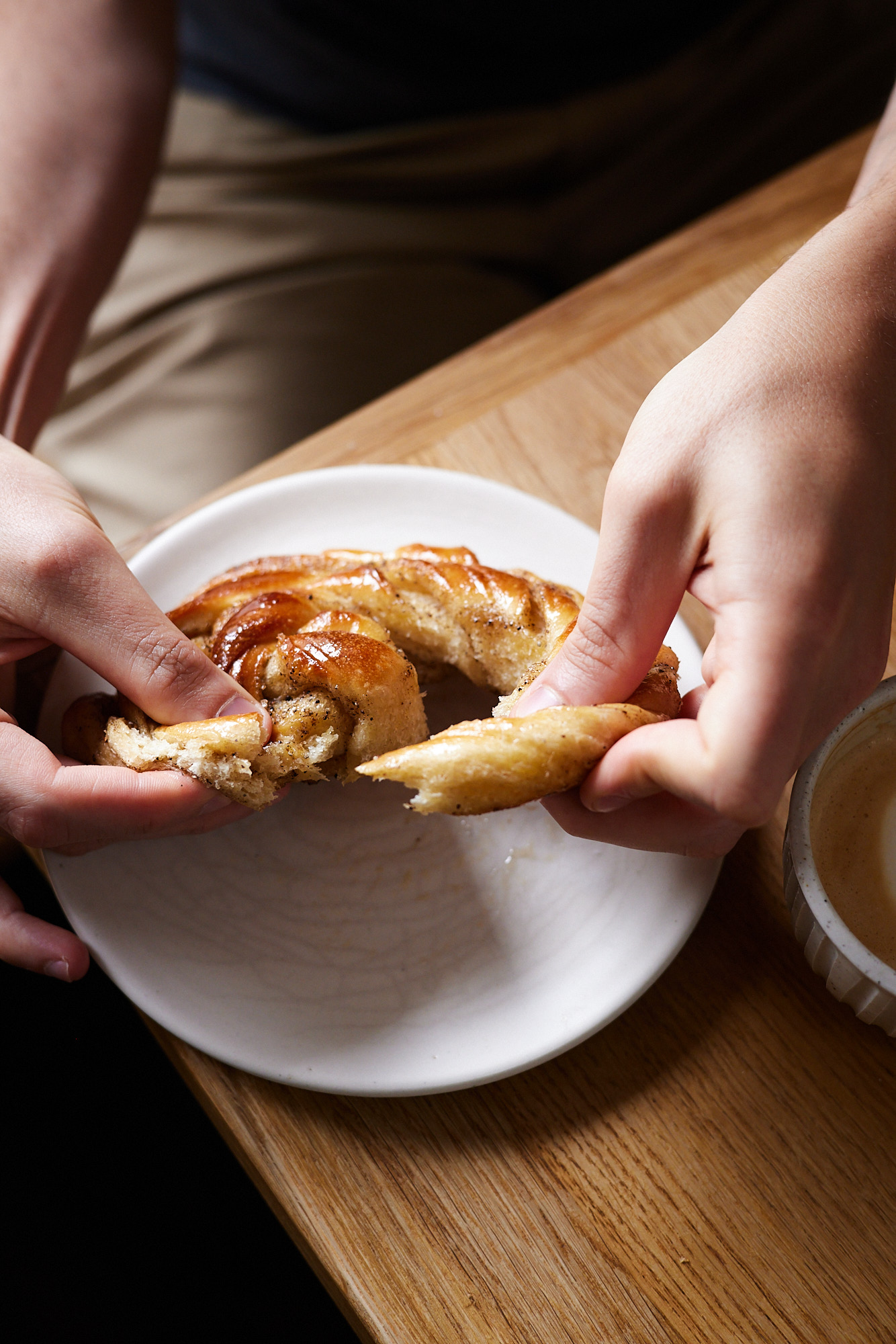
Nestled on Walcot Street in Bath, Landrace is a bakery with an impact much farther reaching than the quaint streets of the ancient city. Founded in 2019 by Andrew Lowkes, the bakery, shop and restaurant ‘Upstairs’, are an attempt to redefine, even reclaim, the connections between food, farming and community. It’s a business that celebrates diversity, from the seeds sown to the grain milled and the loaves baked. We sat down with Andrew to chat about the true meaning behind small-scale food production and how it benefits not only us as consumers, but also the farmers, millers, bakers, as well as our soil and our planet.
Andrew, tell us the story behind Landrace — where did it begin? How did your journey in food lead you here?
My first gig in food was with Neal’s Yard Dairy. I spent 5 years supplying chefs and restaurants with cheese and during that time I met my now business partner Tom Calver who owns Westcombe Dairy near Bruton, Somerset.
“We had dinner together and it quickly became obvious that we shared the same intention around food, farming, community, hospitality, people and business. A grain partnership, forged in cheese, dipped in chocolate…!”
After NYD I left to take on the wholesale with Pump Street Chocolate – who at that point were still making bean-to-bar chocolate in their bakery in Orford, Suffolk. Shortly after I joined we moved to a larger facility where there was greater capacity to expand the wholesale – particularly to chefs and bakers. So we had a lot of fun seeing that side of the business grow. Three years into my time at Pump Street I heard that Tom and his partner Mel had a site in Bath that they were looking to do something with. We had dinner together and it quickly became obvious that we shared the same intention around food, farming, community, hospitality, people and business. A grain partnership, forged in cheese, dipped in chocolate…!
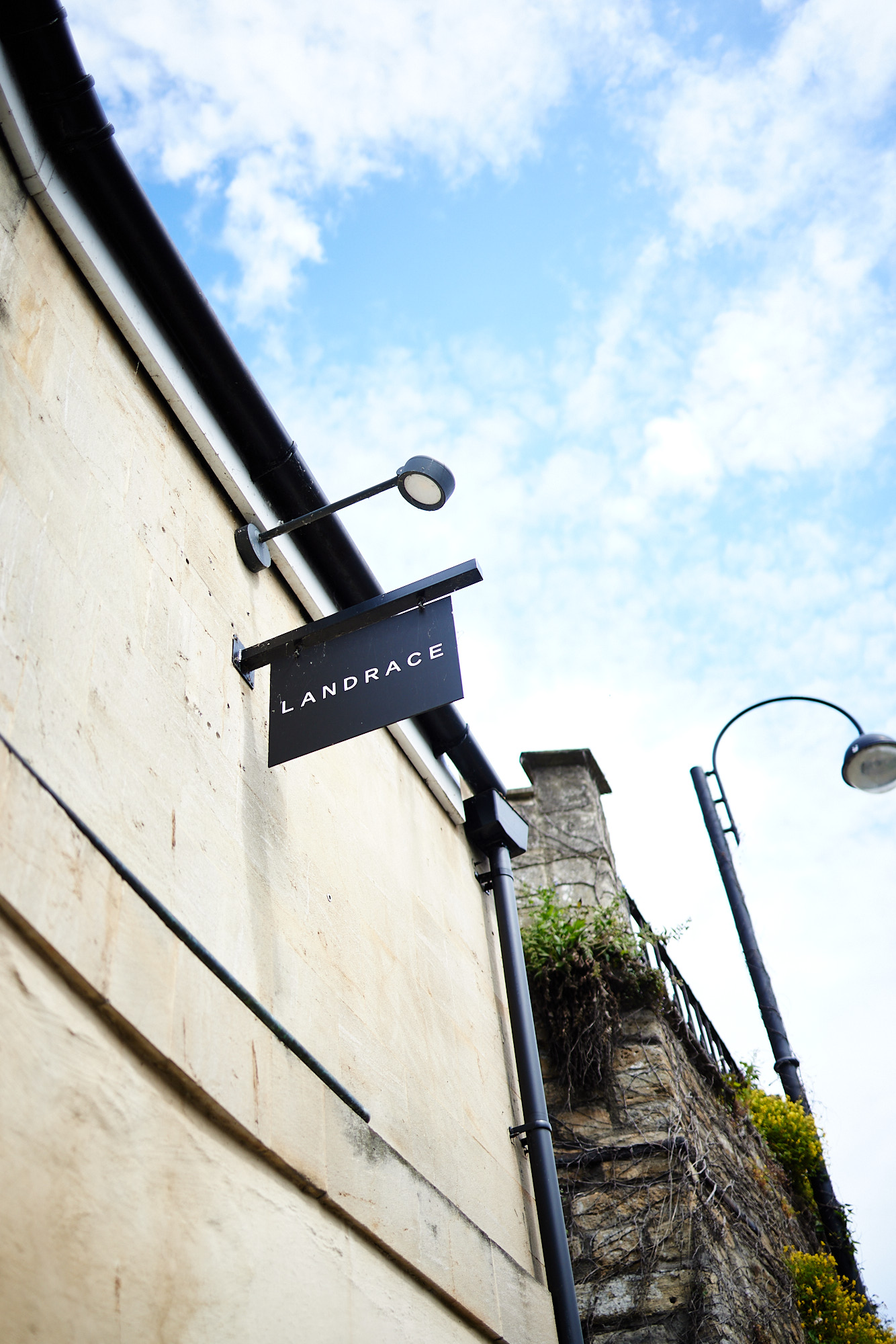
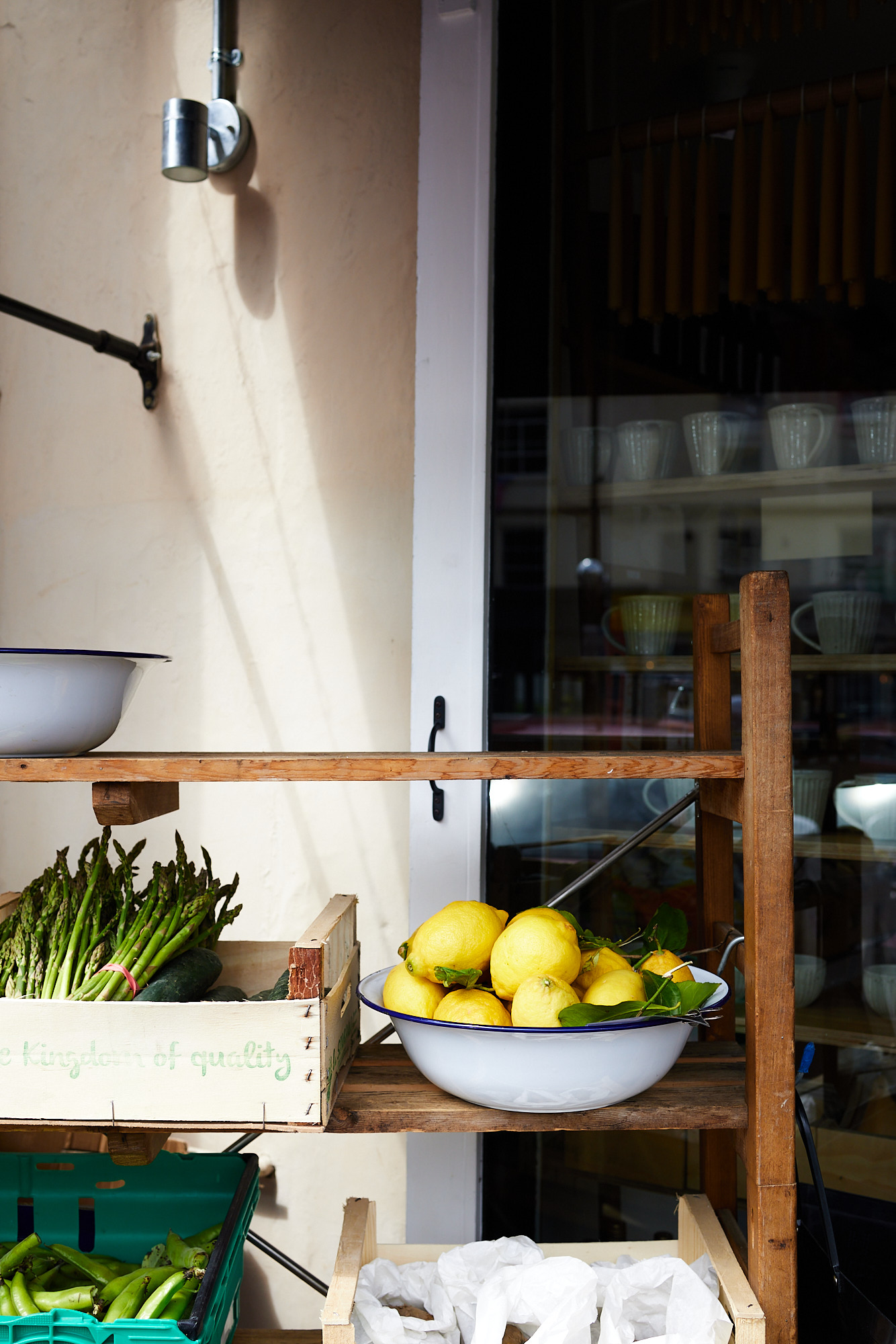
Why the name Landrace? What does the term mean and why is it relevant to a bakery such as yours that doesn’t rely on the traditional or industrial agricultural model?
Landrace varieties are the opposite of modern cultivars — they’ve retained some wild characteristics. Modern varieties of crops such as wheat are mostly bred for yield and uniformity so that they are consistent, reliable and can be produced at a large scale. Landrace isn’t an idea unique to wheat or baking, though. You can have a landrace cow, sheep, pig, barley, corn, wheat and interestingly the variety is often named after the place where it became uniquely well-adapted. Think Tamworth pig or Aberdeen Angus cow.
There is much discussion in the food and farming community around landraces because of their broad genetic diversity; and as a consequence their ability to respond and shift to sharp environmental changes (such as climate) without the need for conventional chemical inputs such as pesticides. So contrary to your suggestion I’d say the agriculture we’re interested in IS the “traditional model”, but we also need to restore traditional seed diversity and a traditional understanding of highly localised, highly resilient food systems for the whole thing to work.
Imagine a landrace as the best pub quiz team ever; lots of team members with a broad diversity of expertise, interests, backgrounds, knowledge. If you picked a bunch of pals for your team who all knew plenty about politics but all the questions were about showbiz you’d be pretty stumped. And in a crude way that’s effectively the state of farming right now. Modern cultivars, in their uniformity, are much more susceptible to being wiped out by one disease. We’re being asked a lot of questions by our changing climate and depleted soils that our industrial food system doesn’t have the answers to.
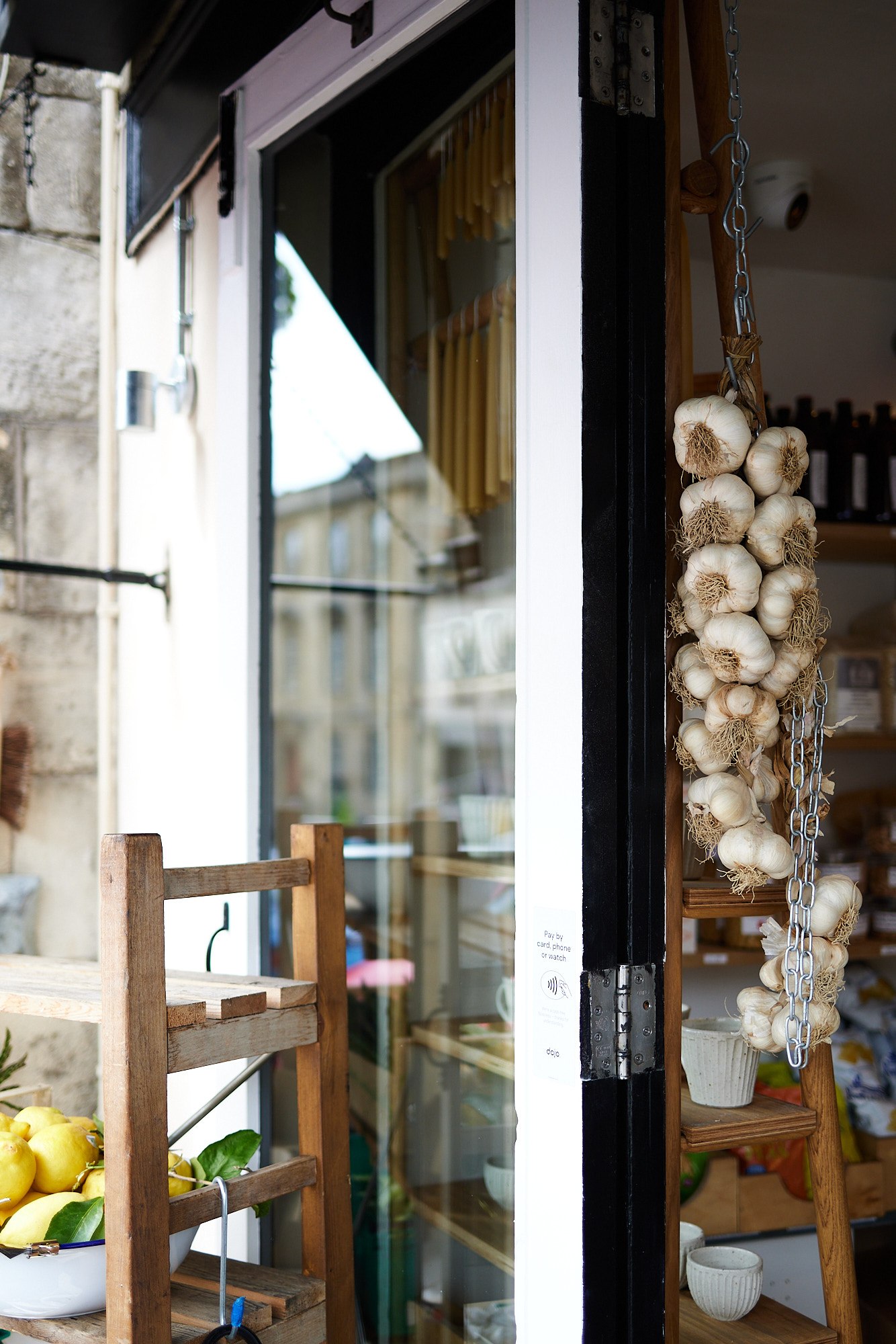
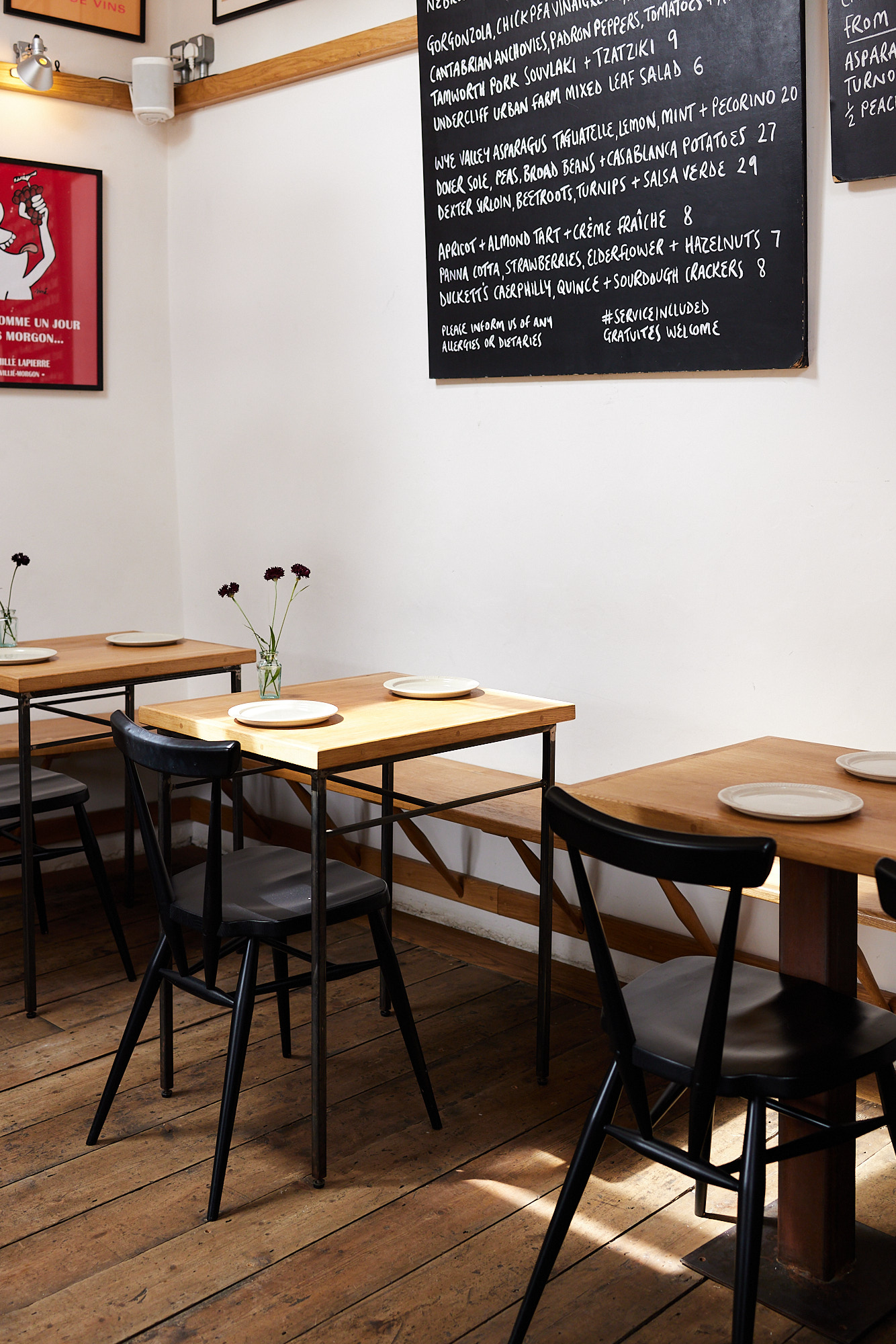
What about heritage grains? Are the terms landrace and heritage interchangeable? What’s the important thing to focus on here?
It’s important to say that a landrace doesn’t need to be “old” or “heritage”. I think this is kind of a red herring. And it’s easy to get wrapped up in the nostalgia because these heritage varieties often have wonderful old names such as orange Devon blue rough chaff or Percival’s blue cone rivet… but it’s possible to have old charming varieties with a very narrow genetic diversity simply because of the way the seed has been saved. Diversity is the key.
In contrast, however, we have a wheat population in the ground at Westcombe Dairy which is made up of entirely modern wheat varieties. But crucially they’ve all been crossed with each other in this wonderfully intertwined tapestry such that almost no two seeds are genetically the same. If we continue to resow/harvest year after year it’s hoped that we’ll form our own unique Westcombe Landrace variety. One that’s uniquely adapted to the soil, the climate, the farm and crucially the farmer (and by extension the baker). I think that’s the wonderful thing here — how the farmer interacts with the seed, and then how the seed is converted into a food (milled into flour) then consumed (as a loaf of bread) all plays into how the landrace is defined. So people have an active role to play in shaping this ever-evolving dialogue between soil and seed.
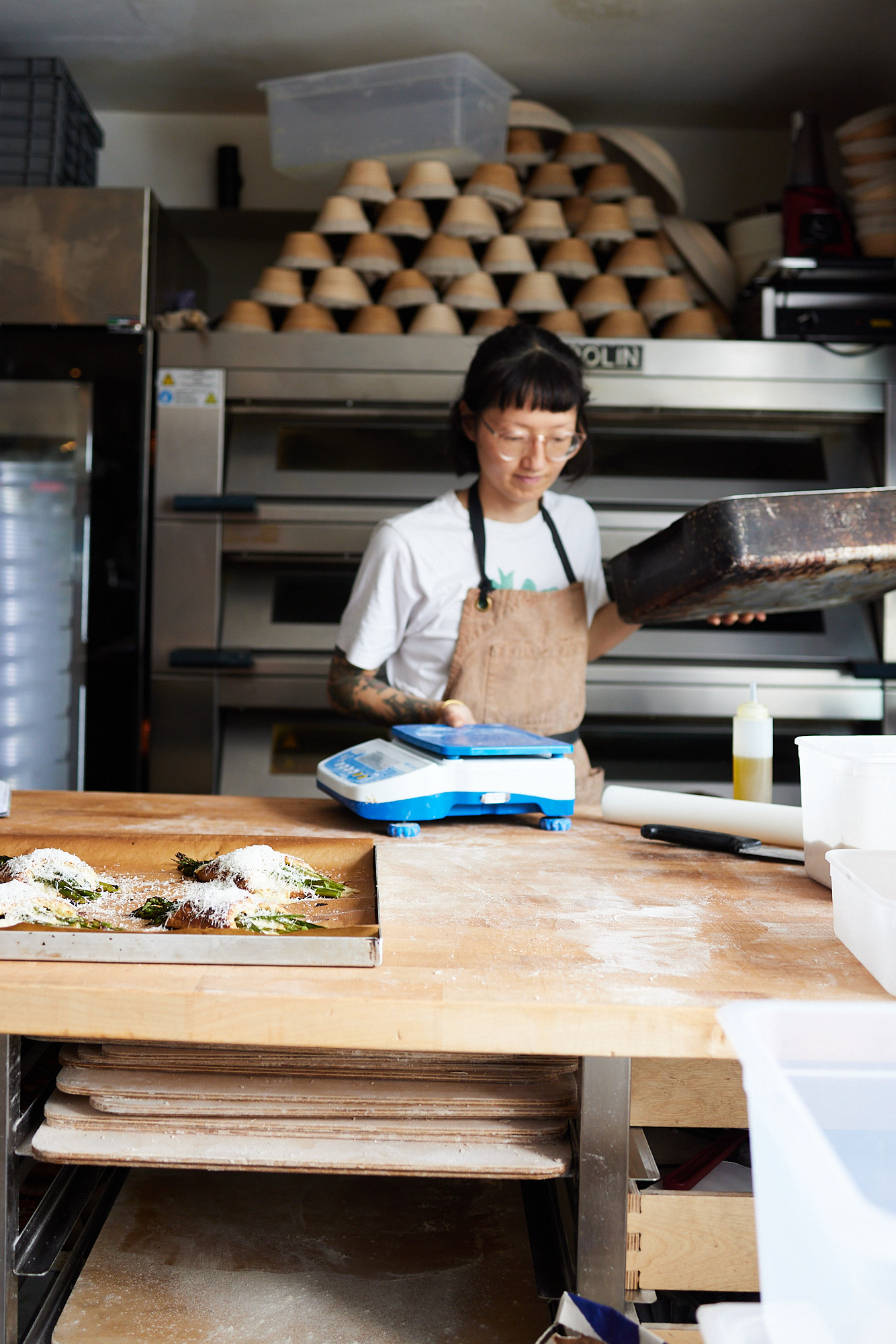
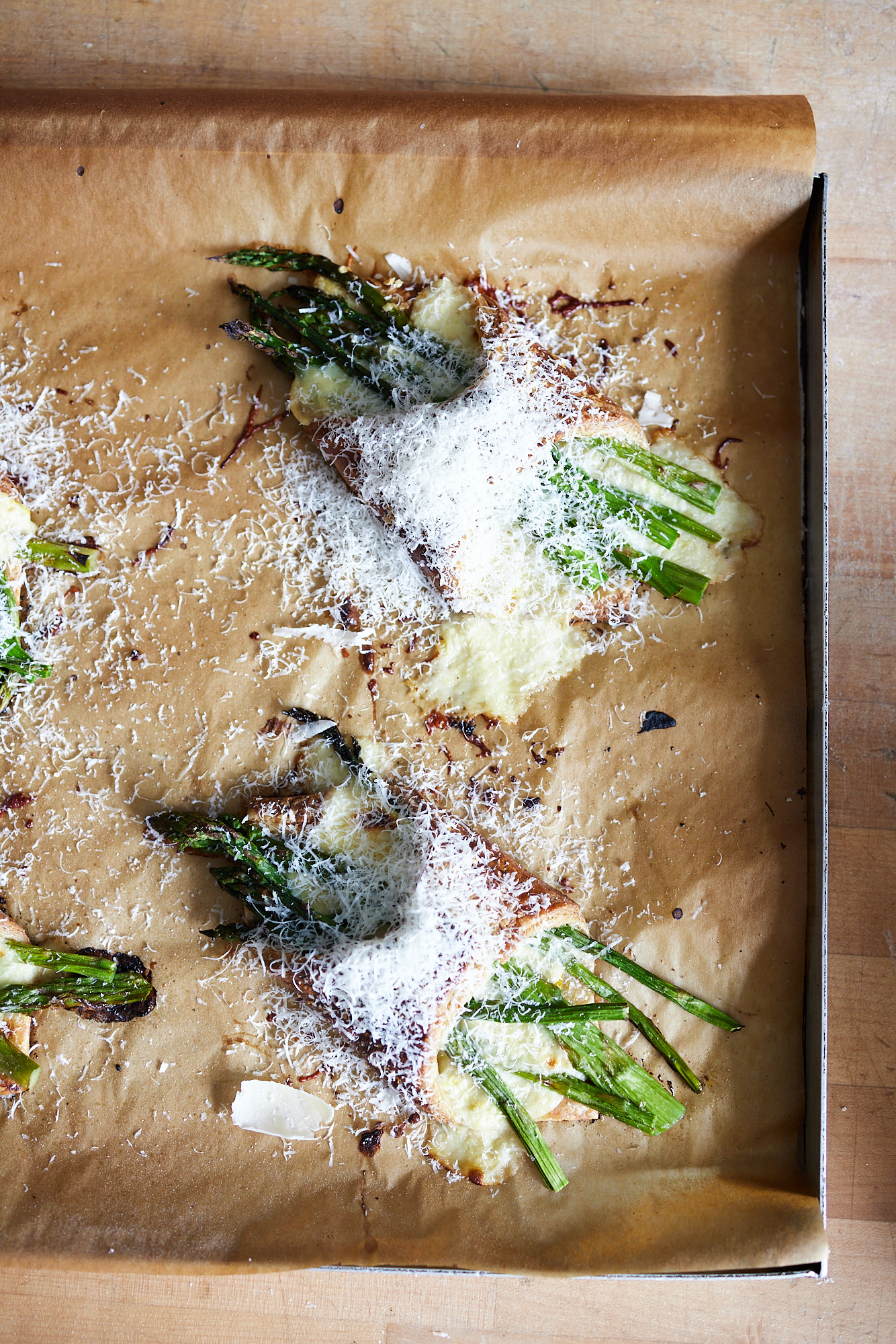
How does your business model and supply chain reflect this philosophy?
We’ve taken the idea of a landrace as a guiding principle by which to run a successful, mindful food business. Our restaurant and bakery teams are a diverse “population” that makes up the Landrace as a heterogeneous variety. My fondest food memories are when the thing I’m eating just makes perfect sense exactly where I’m eating it. My ultimate hope is that Landrace continues to become better adapted to its own unique place. Only instead of soil and climate our environmental conditions could be our network of suppliers, our customers, our neighbours, our wider community and everyone who supports our work.
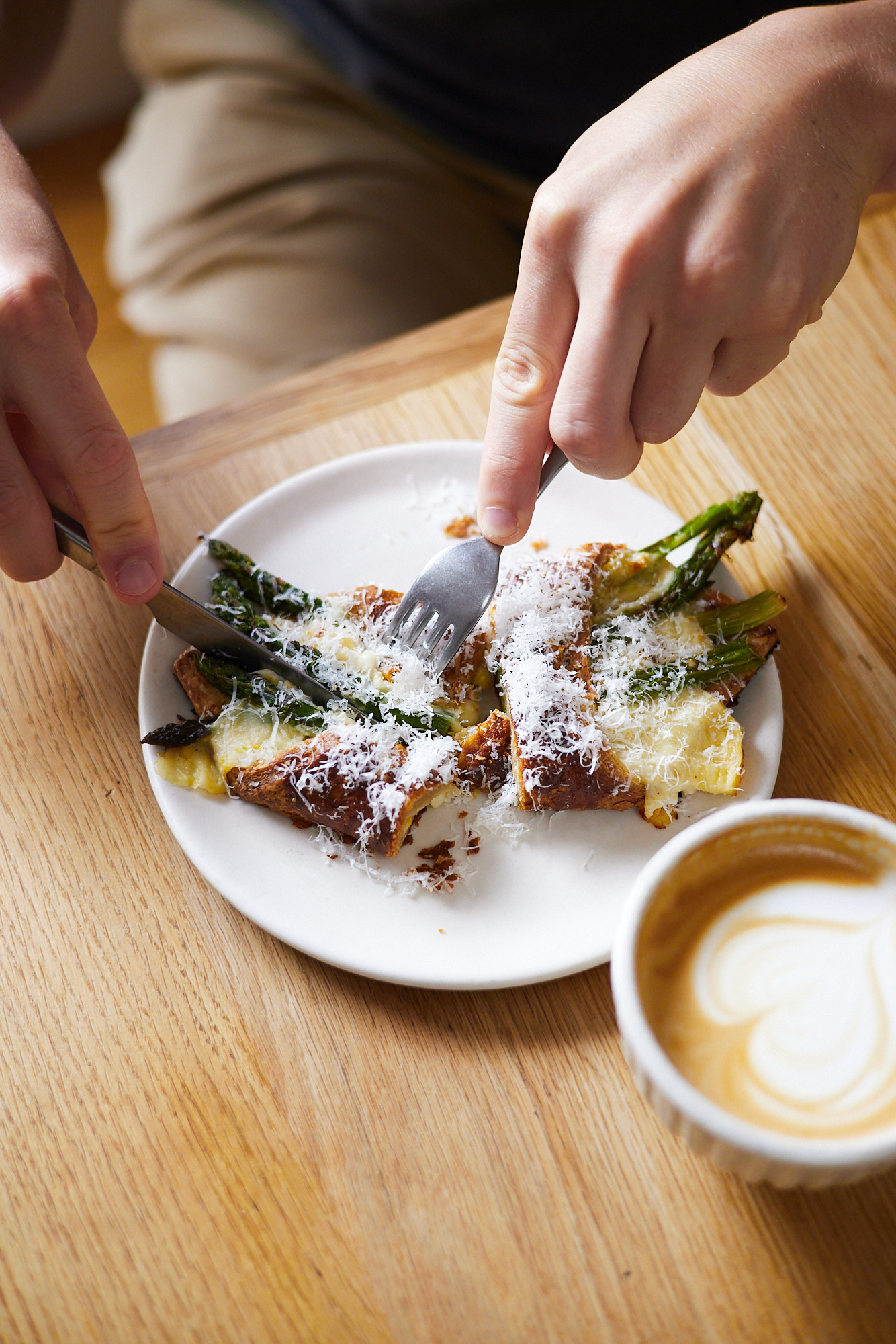
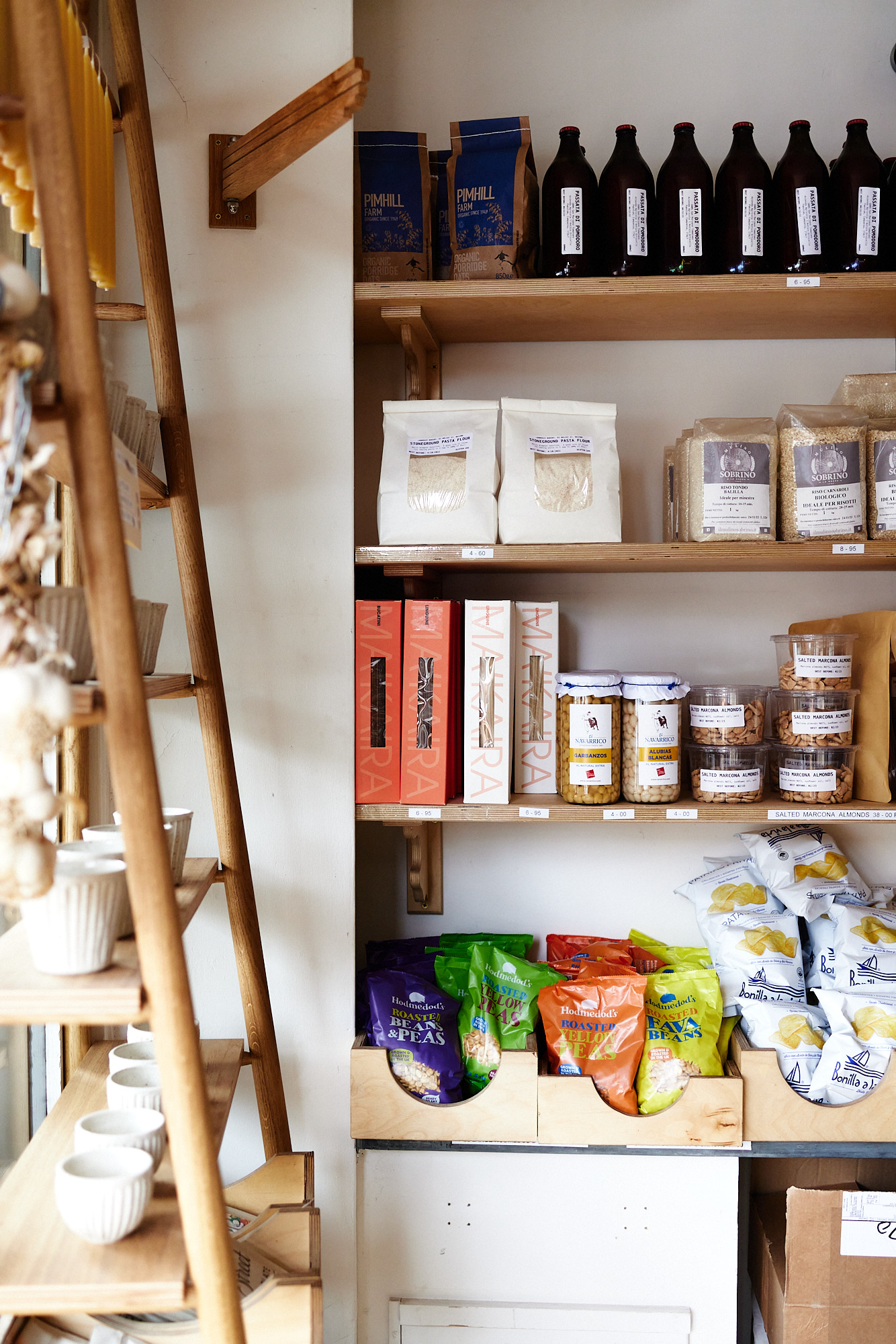
Is milling your own flour the next step? Tell us about what’s in the works with Landrace Milling and what small-scale, freshly milled flour offers as opposed to flour milled on an industrial scale.
I’ve just returned from the US on a research trip having put a deposit down on a 40” New American Stone Mill. They’re manufactured in Vermont by a wonderful husband and wife team who also own a small wood-fired bakery. They’ve sent their mills all over the US and so the loose theme of my trip was to learn how a small scale milling operation can unlock more flavour, more nutrition and more meaningful farmer-baker partnerships. In this respect it’s been formative to travel and expand our community in a global sense. And see how like-minded folk are solving the exact same challenges that you’re facing, but on the other side of the world in their own unique regional grain community.
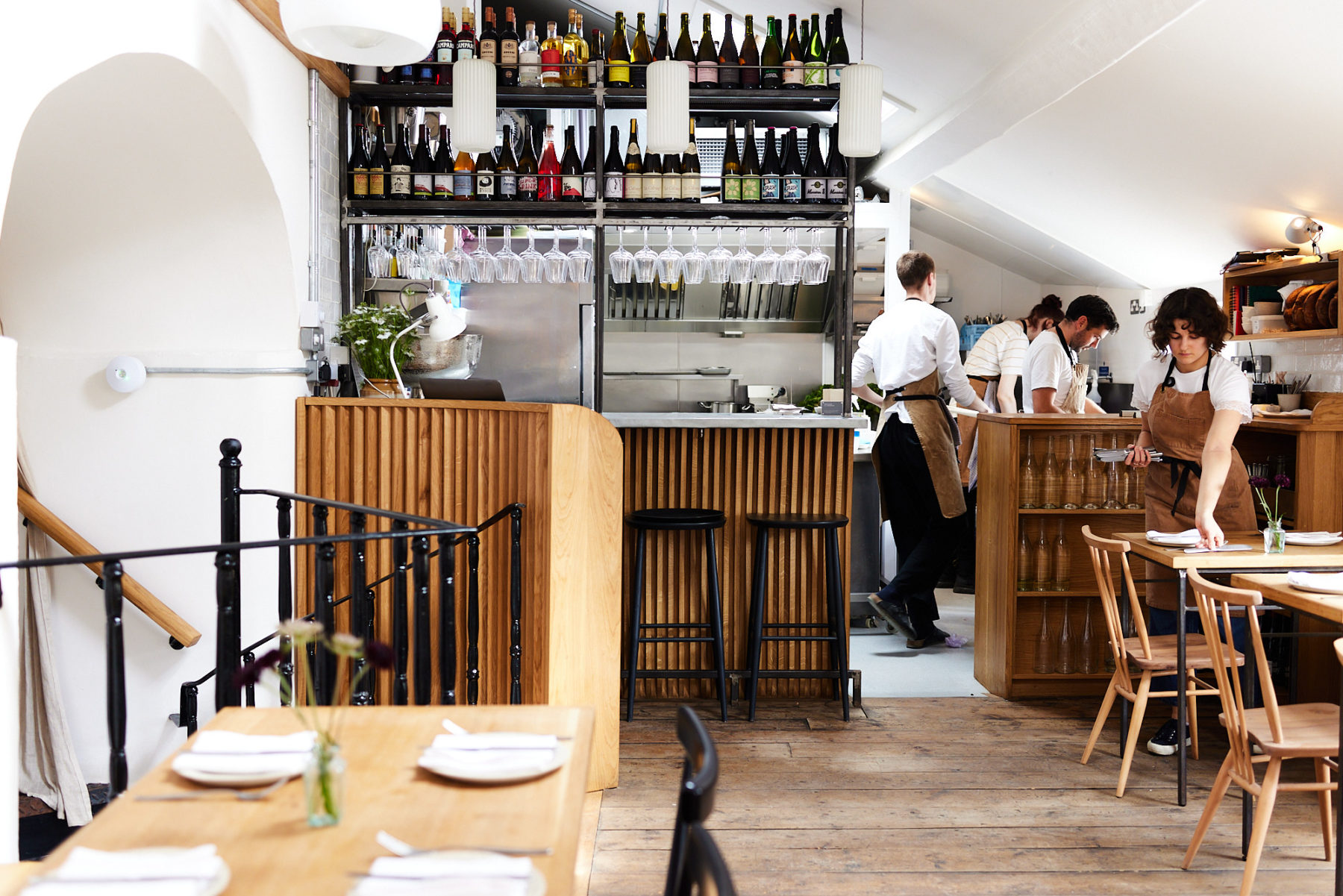
Landrace’s Pantry
(5 items that are always in your pantry or on your kitchen shelves)
1. Freshly milled wholemeal flour for keeping the levain fed…!
2. Wilding Cider Vinegar
3. England Preserves Mustard
4. A very large piece of Westcombe Cheddar
5. Pump Street Chocolate
Follow @landracebakery and @landracemilling for more, and check out www.landracebakery.com for bookings and opening hours.
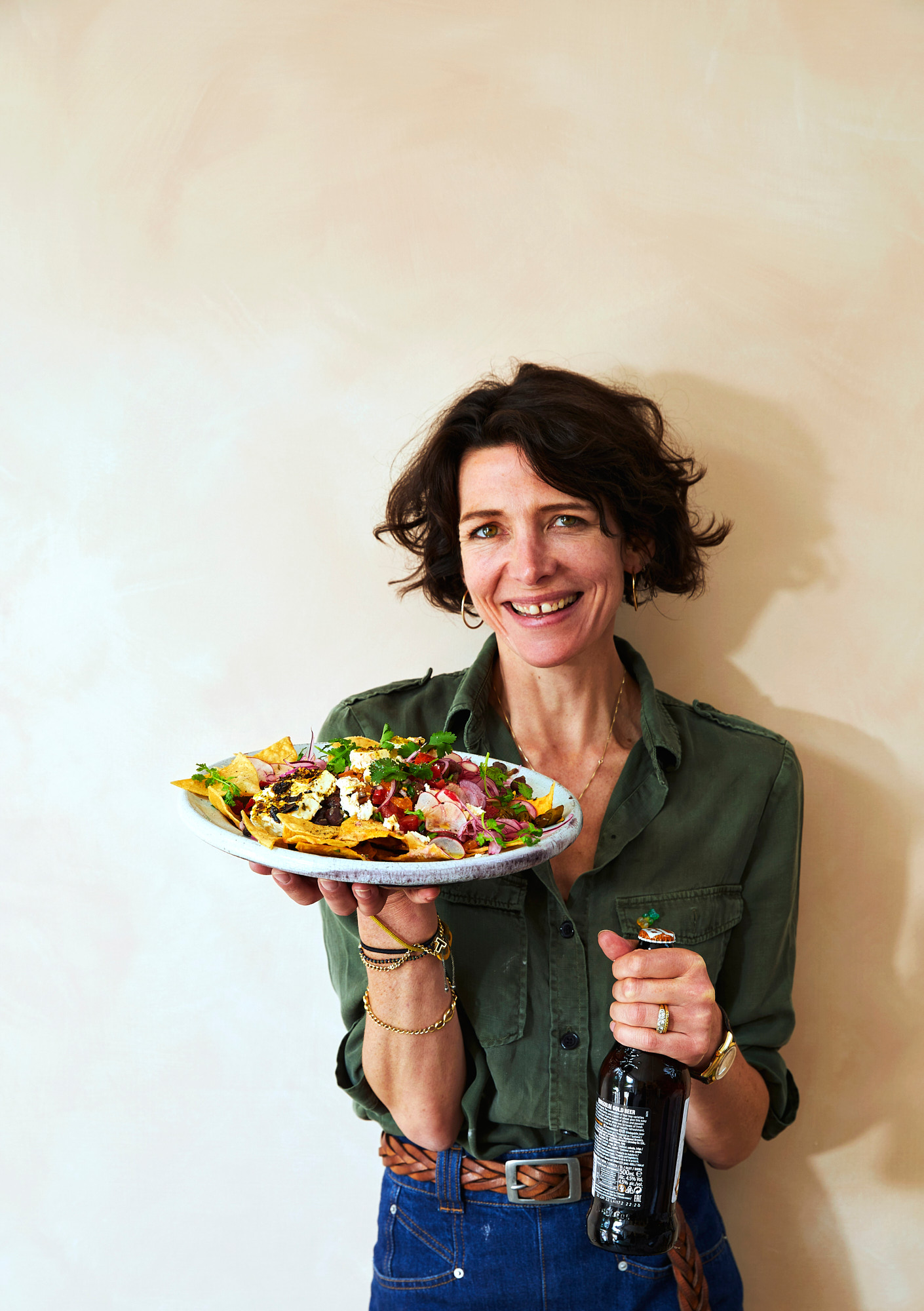
Tommi Miers is a fierce advocate of eating for the planet. Since winning Masterchef and founding Wahaca back in 2007, she has paid homage to the vegetable rich Mexican diet using seasonal British ingredients, with a strong focus on eating good quality, sustainably sourced produce. Through her work with Soil Association and Chefs in Schools she highlights the need for everyone to have access to good quality ingredients and an understanding of how our food is grown, and she has a lot of fun doing it. We sat down with Tommi to chat about her food philosophy, how the Mexican diet inspired her work and how thinking about the impact of food on our soils is part of celebrating the sheer joy of cooking.
Tommi, tell us a little bit about yourself — where did your journey in food and cooking begin?
I grew up loving to cook. I used to sit at a stool by my mother’s side and watch her make magic in the kitchen. She used to do amazing things with simple ingredients, slow cooking onions until they were soft and sweet, making mayonnaises at the drop of a hat, browning flour in butter until nutty and delicious before making a white sauce. She taught me the fundamentals of cooking which have served me ever since. Growing up I would ask if I could cook dinner and the game was to open the fridge and see if I could conjure something up with what ingredients she had bought on her weekly shop.
“We know we need to eat less meat if we are to curb carbon emissions; we know that we need to eat a greater diversity of vegetables for optimum gut health; embracing a diet rich in vegetables, even if you are going to eat meat occasionally feels like a wonderfully positive step.”
Because she was counting her pennies she shopped in tune with the seasons so whole globe artichokes with beurre noir and fresh bread for dinner in the summer, or oxtail soup with root vegetables in the winter. We ate incredibly well, but with very simple, seasonal ingredients. Later on, when I was a teenager, cooking dinners for my parents’ friends provided much needed pocket money.

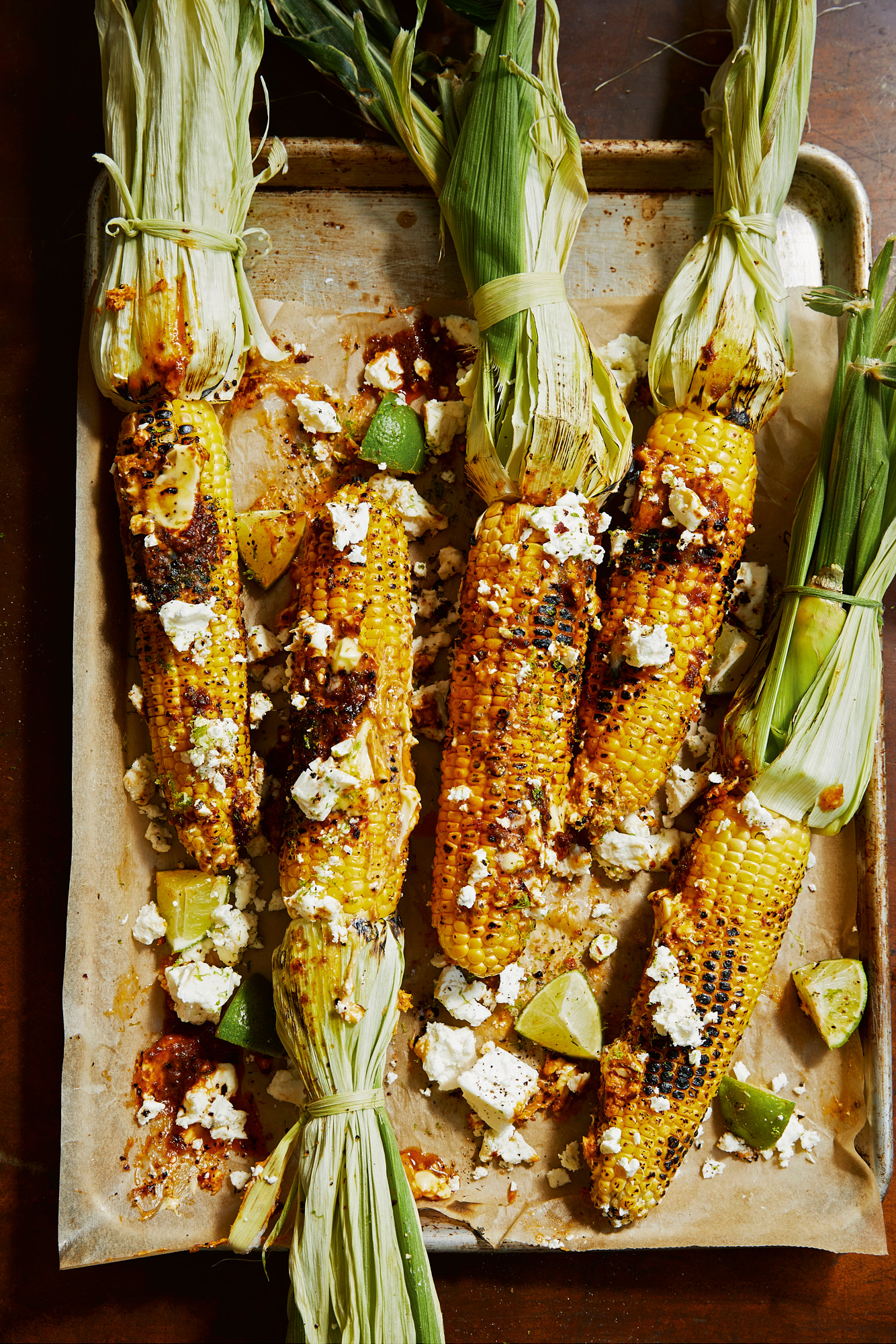
Your love of Mexico and its food comes across so strongly in your writing, your recipes, your restaurants — everything you do. What was it about the cuisine and history that resonated with you?
When I first went to Mexico and made my way through the through the valleys of Oaxaca, the uplands of Chiapas, the beaches of the Yucatan and the rainforests of Veracruz I was astounded by how delicious the street food was and how much it changed from region to region, village to village. I was amazed by the unexpected diversity of fruit and vegetables and how few of them I recognised. Much later, at a dinner held at Kew, I learnt that Mexico is mega-diverse with 50,000 native plant species from herbs, greens, corn, chillies, squash plants, fruits and edible flowers (the UK has about 1500 in contrast). So the food thrilled me but I was also fell in love with how food and cooking seemed woven through every inch of Mexico’s fabric, where everyone seemed to delight in talking at length about what their grandmothers used to cook and the food of their village or state; where every occasion and event is an excuse for feasting.
Why Mexico? What inspired you to go there, and what made you want to share your interpretation of Mexican food over here to the UK once you had experienced it?
I studied modern languages at school and it was my father who suggested travelling to the Americas, as he had worked out there over his career. I worked for an accountancy firm after school and with a nest egg they gave me I travelled to Mexico before the start of university. In those days most people, including me, thought that TexMex was Mexican food. On that first trip I discovered a whole different story. When I came back to the UK, determined to eat more Mexican, I soon discovered there was none to be found. I couldn’t believe that a country with such a rich culinary heritage, with such delicious food, was completely unknown in the UK. Ten years later I went back and lived in Mexico for a year to learn more about the food and when I came back I couldn’t shake the feeling that I should set the world to rights and put some decent Mexican food out there.
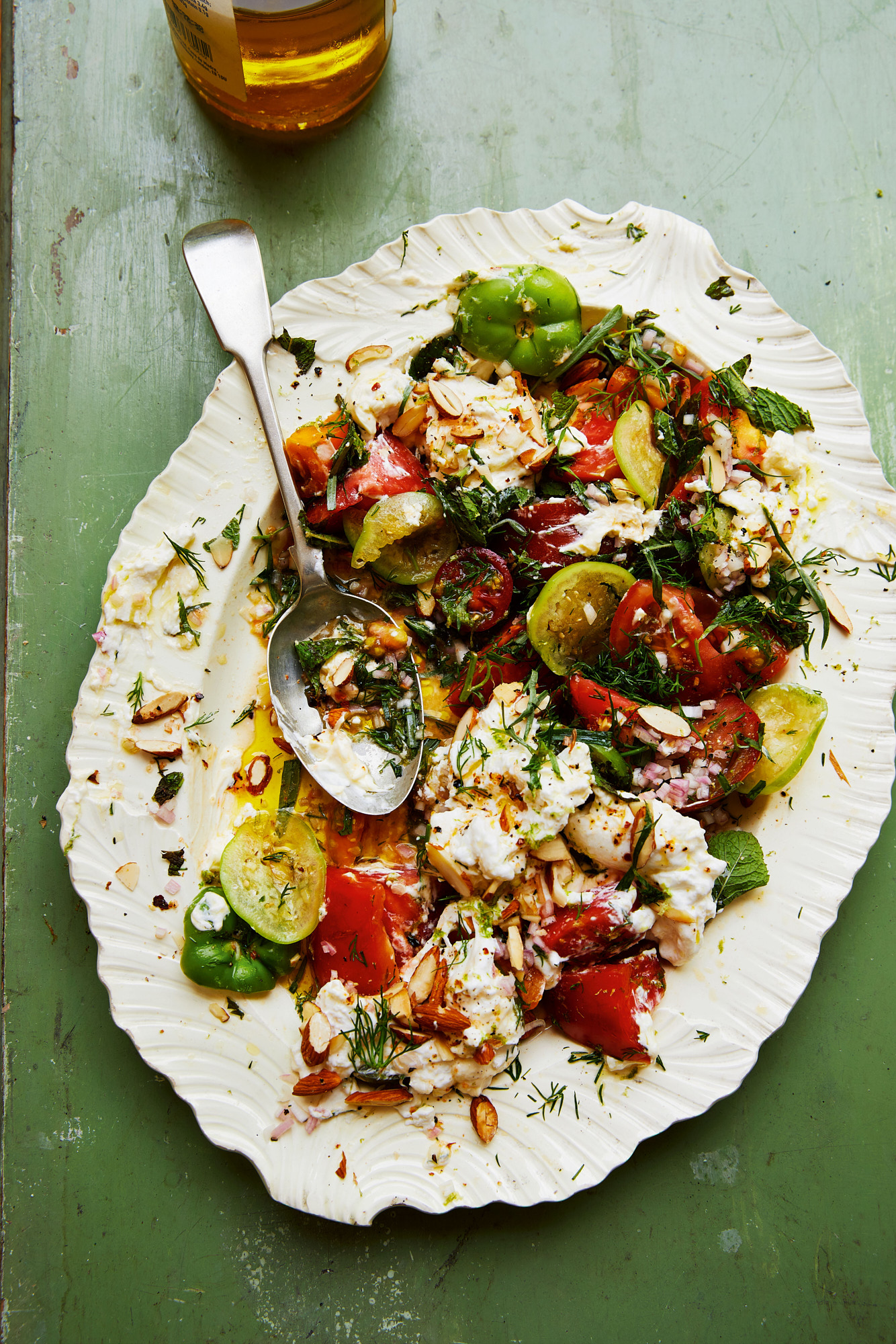
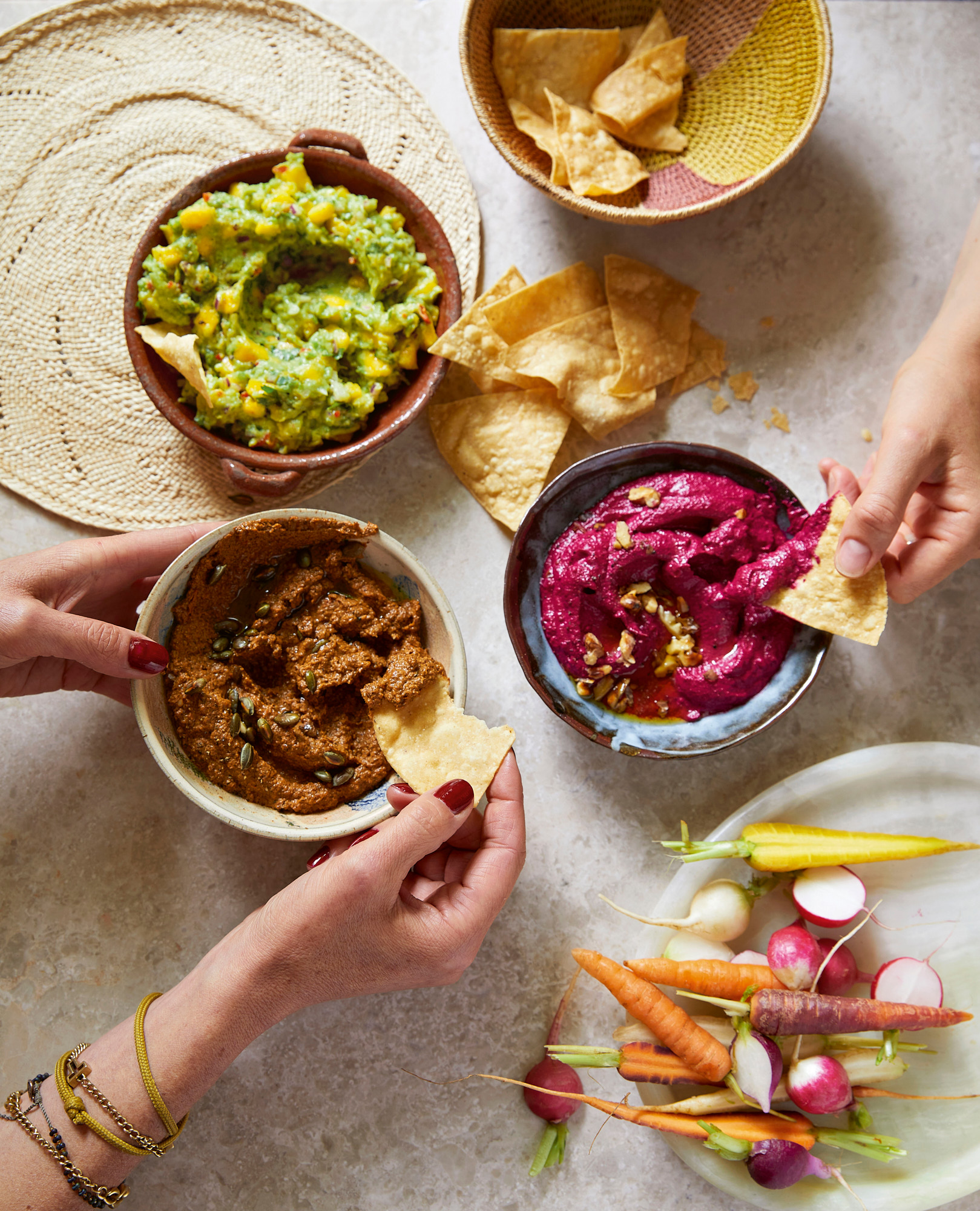
Your latest book Meat Free Mexican focuses on vegetarian and vegan Mexican-inspired dishes — they’re all so bold, colourful and fresh. Why did you feel now was the right time to focus on a meat-free theme? Does it reflect your wider food philosophy and outlook on how we should be eating?
The ancient Mexican diet felt strikingly similar to many vegetarian and flexitarian diets being embraced around the world. Yes the Mixtecs and Aztecs would fish and hunt when they could, and used insects and ground nuts to bump up their protein intake, but the main diet was a celebration of vegetables and fruits, full of beans, corn, chillies, tomatoes, squashes and many other vegetables besides, which together provided them with all the nutrition they needed for a healthy, complex diet. We know we need to eat less meat if we are to curb carbon emissions; we know that we need to eat a greater diversity of vegetables for optimum gut health; embracing a diet rich in vegetables, even if you are going to eat meat occasionally feels like a wonderfully positive step. Lockdown happened and it was the perfect moment to create a book full of Mexican-inspired recipes that put fruit and vegetables at centre stage.
You write in the book that Mexico has 50,000 different native plant species — herbs, greens, corn, chillies, squash plants, fruits, edible flowers — in comparison to 2,000 in Britain! How do you navigate recreating Mexican flavours here in the UK whilst keeping your local, seasonal food philosophy and using British ingredients?
I can’t get hold of many of the wild herbs, greens, fruits and chillies that are native to Mexico but by shopping at farmers’ markets and greengrocers (and a few Mexican specialists for the dried chillies) I can do a pretty good job. I grow or buy huge amounts of tarragon, oregano, coriander, parsley and thyme to recreate the flavours of Mexican herbs. I make chilli oils with dried chillies we can buy over here, and I buy delicious varieties of squashes and pumpkins, courgettes and tomatoes and even tomatillos which are now grown in this country. And I use Mexican cooking techniques and chillies to cook with seasonal, British produce. It is endlessly interesting and fun. Mexican food is incredibly popular in this country but I still feel that people are just discovering its amazing diversity and total deliciousness.
Talk to us about chillies. You mention in the book that there are over 200 types in Mexico! How can a chilli transform a dish? Do you have a favourite to cook with?
I tried to work with just a handful of chillies in the book so that people could buy a small range and experiment with how their different flavours could transform food. So ancho for its deep, rounded sweetness; cascabel for its fruity, rich mild flavour; guajillo another mild one, which stains food a beautiful brick red; arbol for that dry grassy heat (like a sprinkling of dried chilli flakes); chipotle for smoky fire. With those five you can do many exciting things to everyday ingredients and none of them need to be so spicy that they blow your head off – I prefer subtle heat and delicious, nuanced flavours.
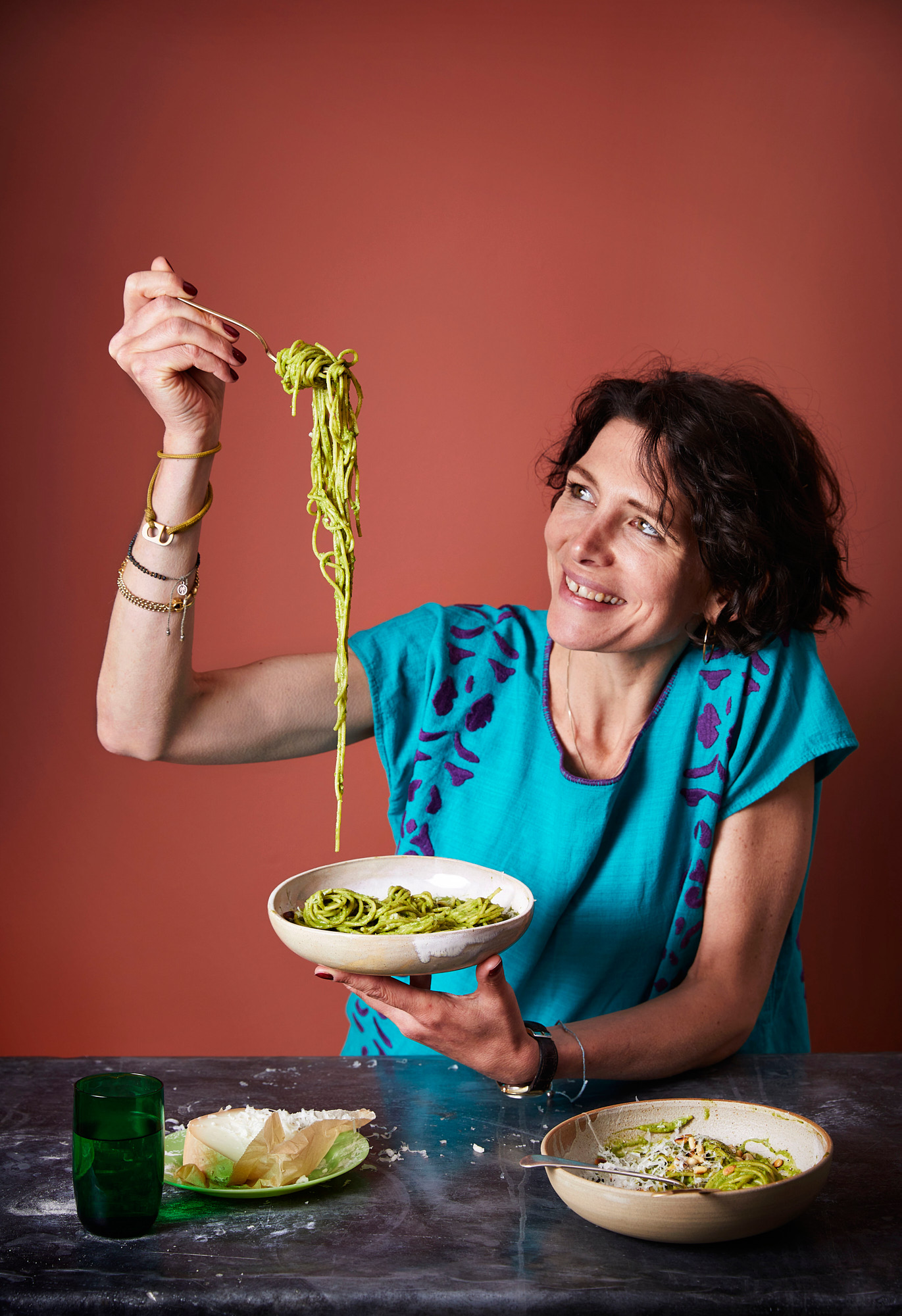
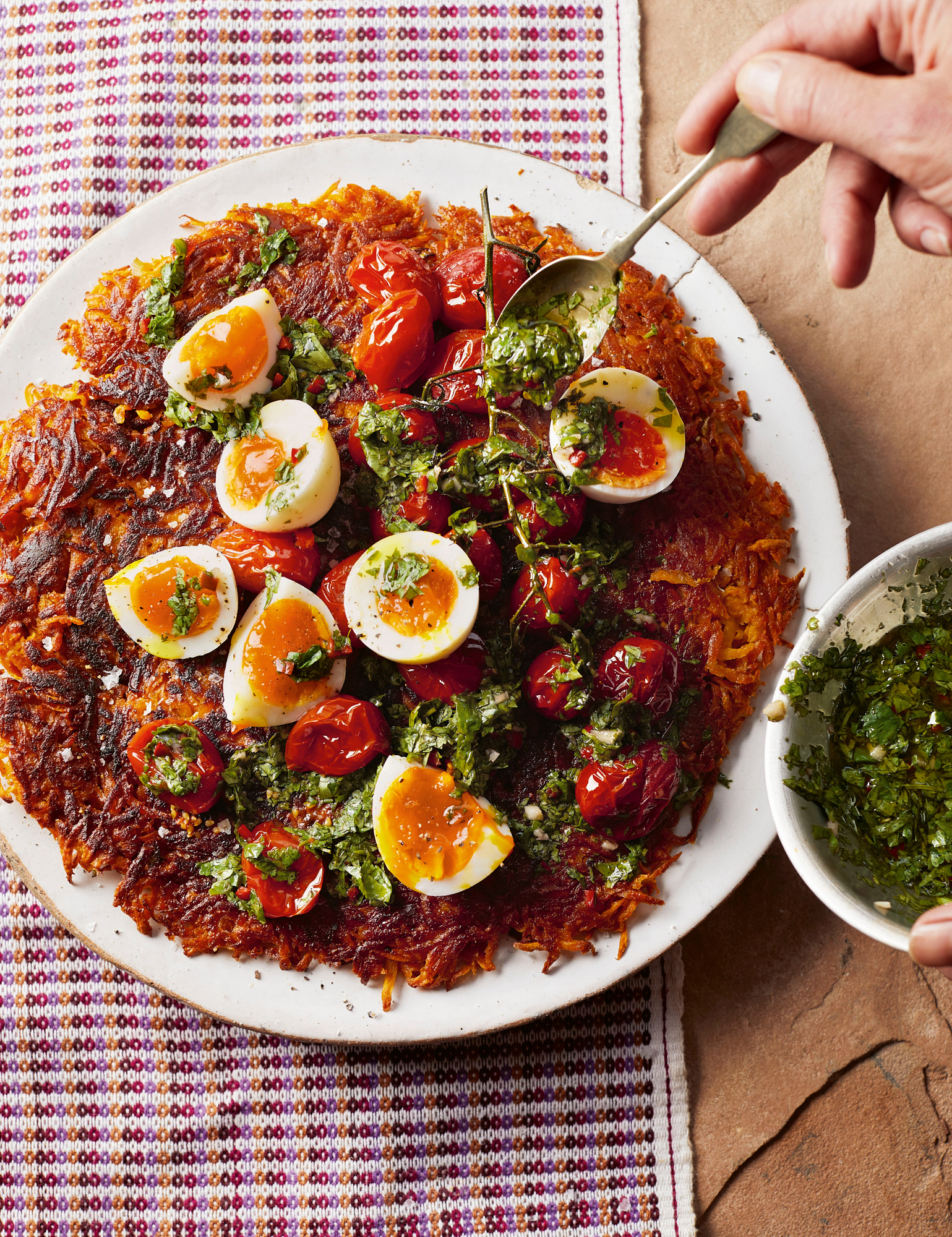
In 2016, Wahaca became the first restaurant group in the UK to receive carbon neutral status, which is a huge achievement. Whilst restaurants can lead the way, how can we as consumers make sure we are thinking more consciously about our food and having a positive impact whether we’re cooking at home or dining out?
We all have so much power to impact our food systems which are responsible for 30% of greenhouse gas emissions, we just need to believe in our own power and have agency over the food we eat. Conventionally grown crops are sprayed with herbicides and pesticides that are killing our soils and the insect populations on whom we rely for our own survival (the earthworm and the bumble bee for a start), plus they are linked to so many cancers and other illnesses. We have to start putting pressure on our government to ban herbicides and insecticides and support regenerative farming systems. And if we care about the planet we need to avoid factory farmed meat – meat was always eaten for special occasions when my grandparents were alive – we need to get back to buying better quality meat but eating it far less and really investing in eating a wide range of vegetables and cooking them in delicious and interesting ways. Supporting farmers’ markets and buying locally is also a brilliant way to choose what farming system your money goes to support.
If you were to to take us on a trip to Mexico, where would we go, what would be on your list to visit and what would we eat?
There are so many wonderful regions to Mexico, I could write a book on where to go and what to visit but my favourite states are Baja California for the amazing vineyards and biodynamic farms (not to mention the seafood); Veracruz for the seafood and landscape; the Yucatan for the recado negro and the amazing haciendas, and of course Oaxaca for the wonderful food. Mexico is a delight and we are still only just realising how extraordinary its food is.
Tommi’s Pantry
(5 items that are always in your pantry, or that you can’t live without!)
1. A small range of dried chillies to use in so many different ways including guajillo (mild), chipotle (smoky), arbol (hot), ancho (sweet and rounded) or cascabel (mild and fruity)
2. Extra virgin olive oil for drizzling and dressings – I get through so much – great for good gut health and fantastically delicious
3. Sea salt – we need it for our survival. Seasoning makes food taste great.
4. Herbs in pots. Grow as many as you can and put them in your windowsills – they are so much more abundant when grown in pots, and so much cheaper to use abundantly in your cooking.
5. My red wine vinegar mother – throw in the ends of good bottles of wine and use a first rate vinegar to add much needed bursts of acidity to your cooking (lemons and limes also useful here!)
Read more: Cook Thomasina’s Recipes
Click to cook Thomasina’s recipes from her latest cookbook Meat-Free Mexican, on Another Pantry. Think summer courgettes with whipped feta, stuffed poblano peppers and a zingy burrata & tomatillo salad.
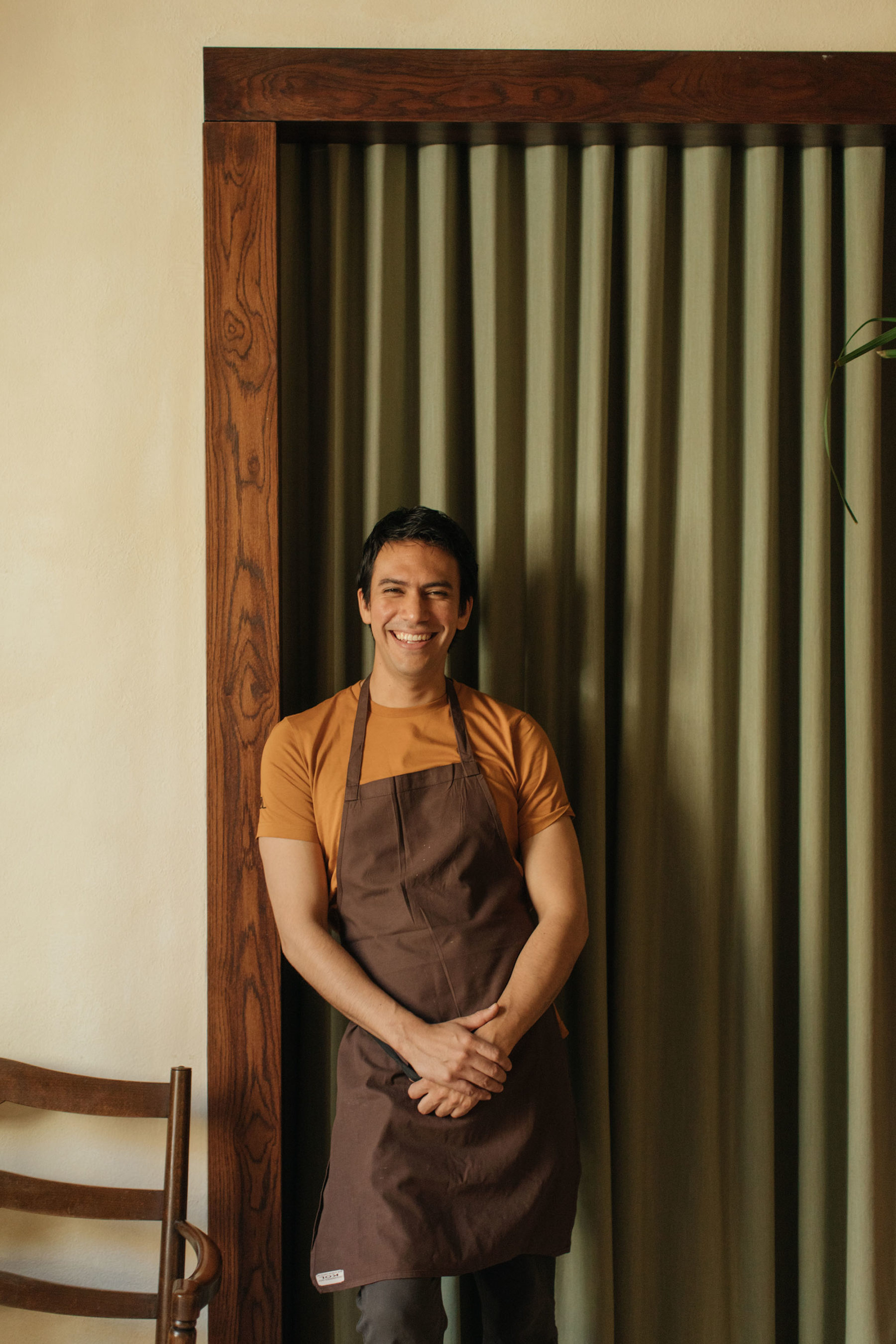
Santiago Lastra opened KOL in London’s Marylebone in 2020. Inspired by his Mexican heritage, the richness and history of Mexico’s indigenous communities, his love of small-scale producers, and the world-renowned chefs he has learned from, including Noma’s René Redzepi, it was time to build his own community. We sat down with Santiago to chat about the idea behind KOL, why he chose London after many pop-ups and residencies around the world, and what it means to use local, British ingredients to recreate Mexican flavours.
Santiago, tell us a little bit about your journey in food — where did it all begin?
I didn’t have a real connection with good food until I turned 15. At the supermarket, I found a small booklet of Italian recipes and I cooked them all. I then went to an Italian restaurant called Formaggio in Mexico City to see if I liked being in the kitchen and it was love at first sight. Everything was so exciting, and I knew that cooking was what I wanted to do with my life. To be able to craft moments that make people happy with your hands, that’s what it is all about.
“The name KOL means ‘cabbage’ in Spanish with a c (‘col’) and the philosophy behind the name is that things that are normally undervalued/underrated can be special if you put them in the right context.”
Talk to us about KOL — why did it finally feel like time to open your own restaurant? What does the name ‘KOL’ mean?
I always imagined it would be too stressful. I decided to open KOL after my time with Noma; the fact that you can build a community around a concept really appealed to me. Opening in London gave me the opportunity to showcase the quality and substance of Mexican culture and cuisine to the world. I’ve enjoyed building this community not only with the people who work at KOL who make my dream a reality, but also in collaborating with all the great farmers, fisherman, winemakers, and craftsman that have helped shape KOL into what it is.
The name KOL means ‘cabbage’ in Spanish with a c (‘col’) and the philosophy behind the name is that things that are normally undervalued/underrated can be special if you put them in the right context.
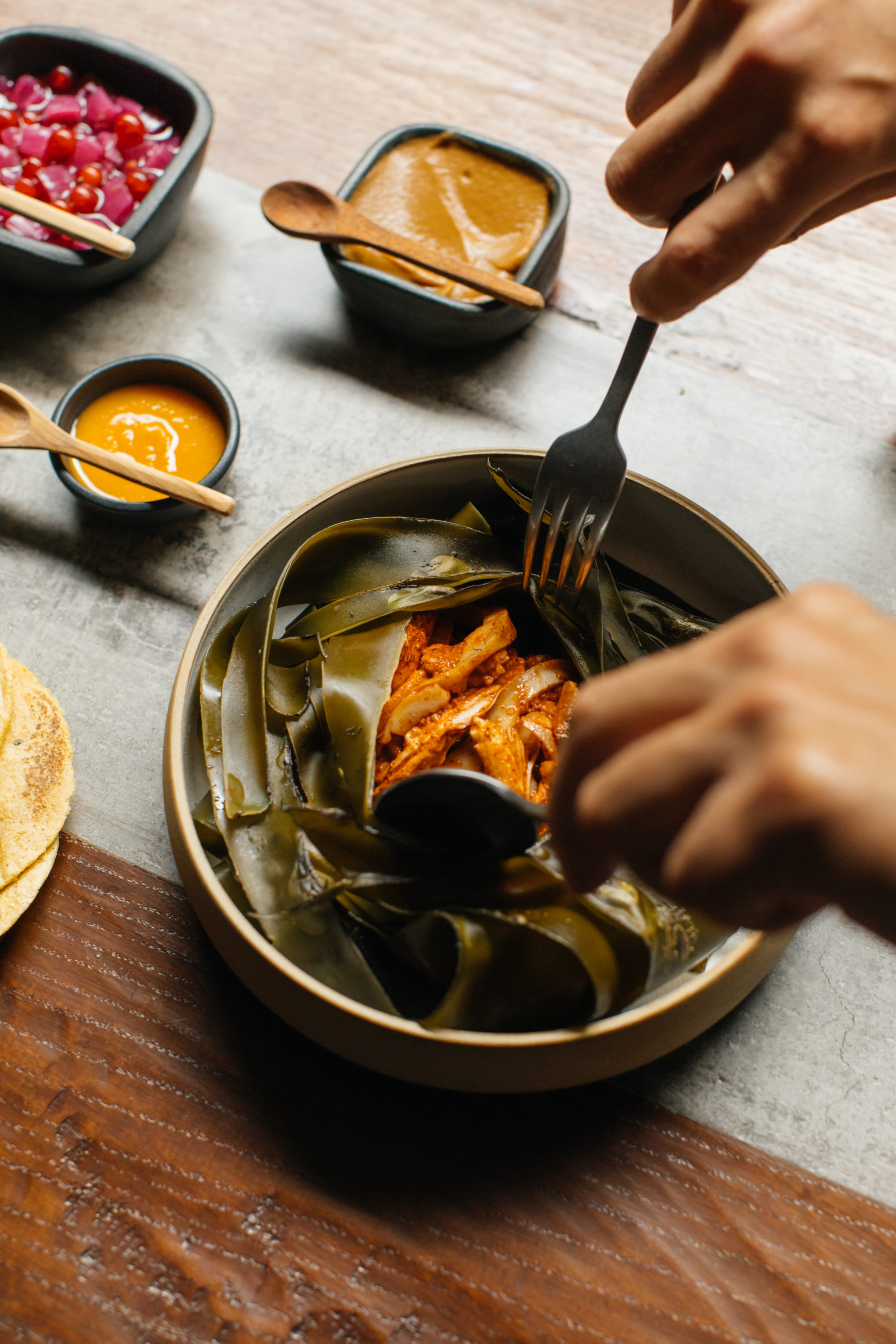

The concept is based on using British ingredients to create Mexican food — how does cooking here in the UK compare to cooking in Mexico? Does coming up with alternative ingredients to create a dish feel like a limitation or does it actually make you more creative?
Cooking here is quite different to cooking in Mexico. The weather, seasonality and landscapes are both vastly different. I should note that it really depends on where you are discussing in Mexico, but in general the seasons do not change as much as they do here, so you have a little more to play with in terms of ingredients year-round. Although there may be less of a broad range of ingredients here, I have found my discovery of UK produce to be really fascinating and everything we are working with here is of the highest quality. I don’t like to see using British ingredients as a limitation for creativity, but rather a framework to create within. It allows us focus on dishes and ideas that make sense to us and our concept.
You’ve spoken previously about your love of the indigenous communities in Mexico. Tell us a little bit about that — what is it about their food philosophy that inspires you and that you want to bring into your own cooking?
When you spend time with these communities in Mexico, you can see the past. To be able to see in the present day how they cooked, lived, and ate a thousand years ago and how it’s changing is a precious gift. In Europe or the UK, you need to go to a museum to see something like that. In Mexico, you just drive a couple of hours, and you are immersed in it. Spending time with these communities and learning is all about absorbing experiences. I can’t come up with ideas by just reading a book – I need to be involved in it and experience it myself. Being able to share their stories, those I have also experienced myself, through the experience at KOL is a great privilege.
One of the things I loved most about the indigenous communities I’ve spent time with is their devotion and connection to their land and their cooking. I remember a Totonacan saying that went ‘you are born, and you cook, live and die in the kitchen’, and for me that is something to really respect – the devotion to become one with your craft.
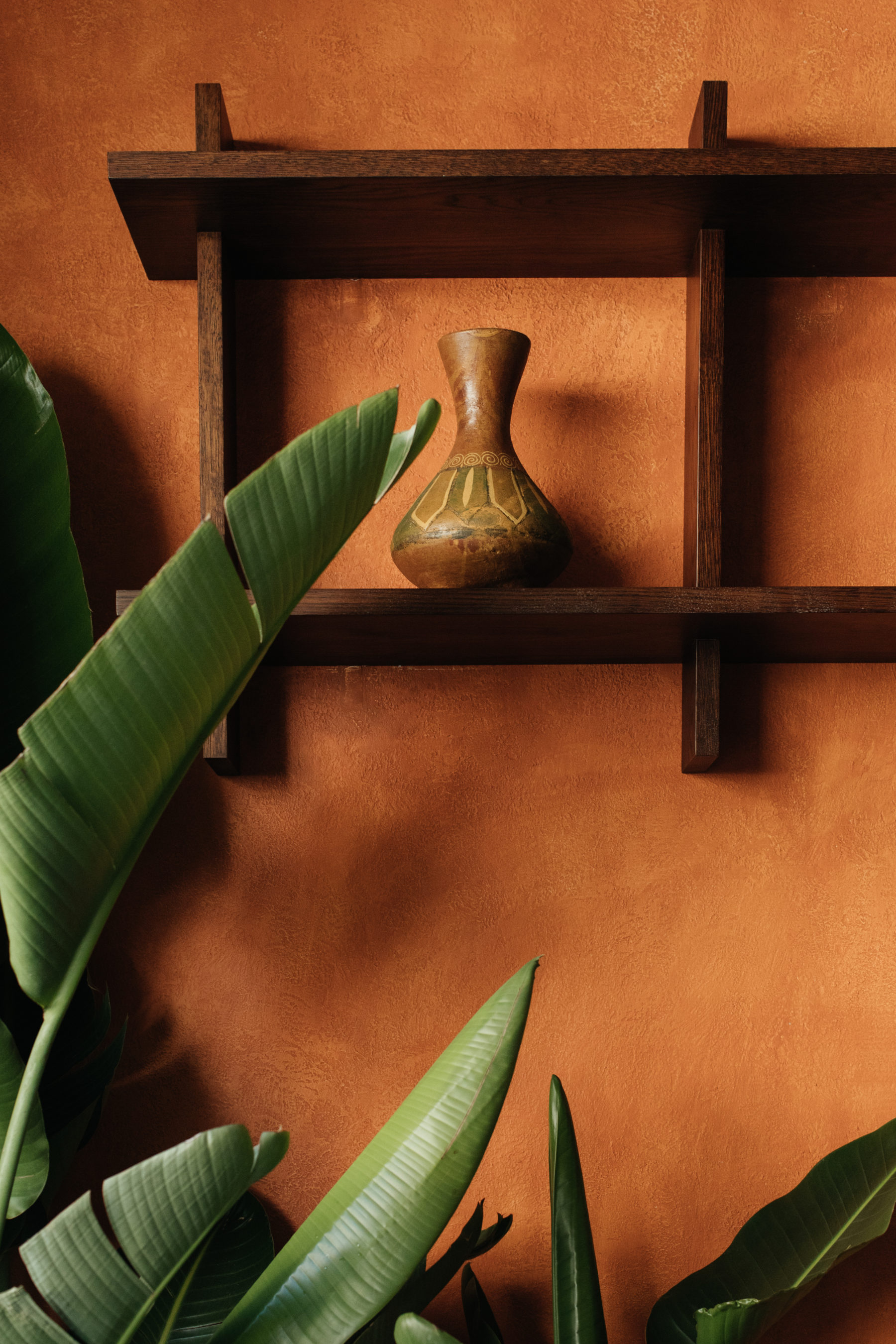
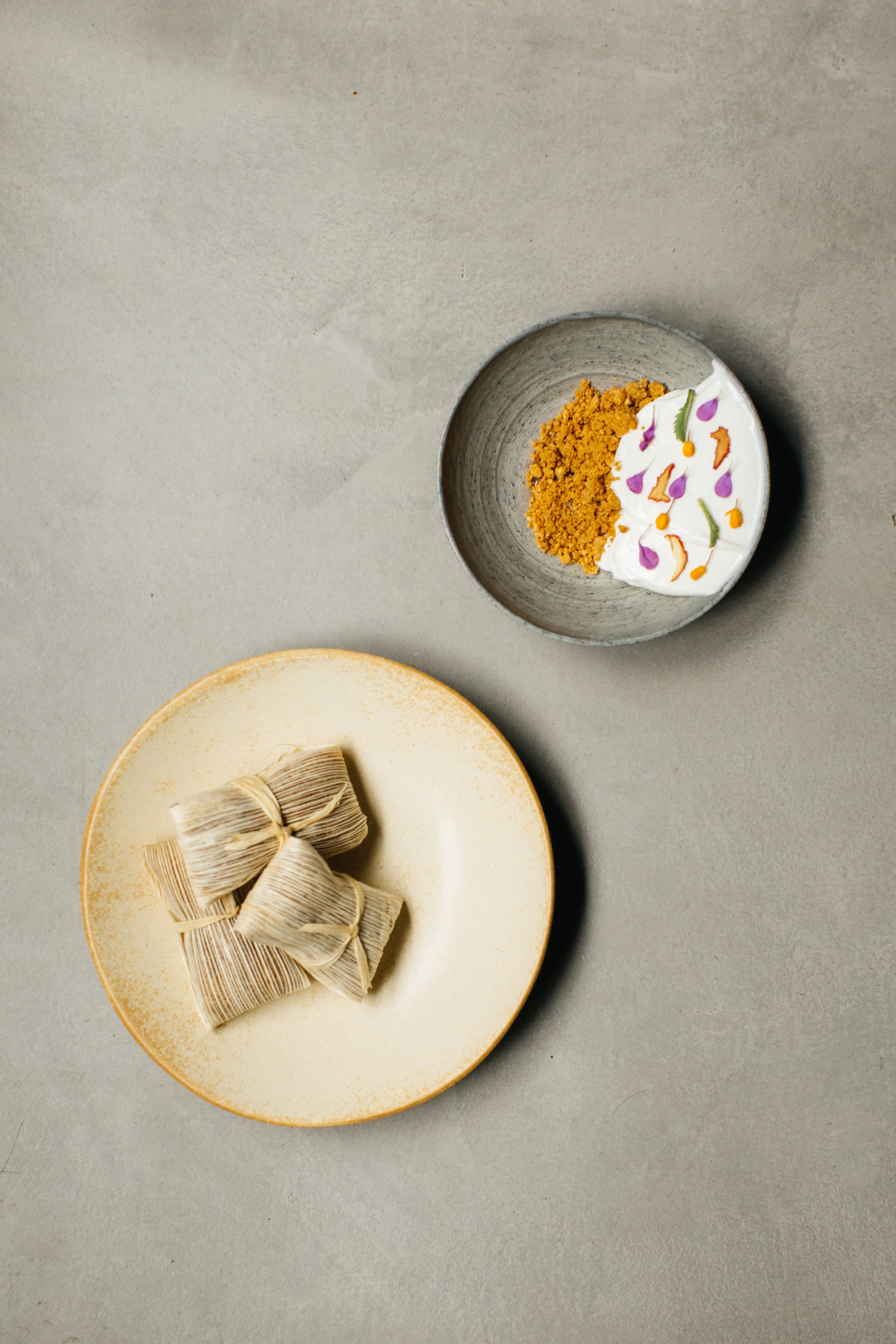
You’ve travelled all over the world working at different restaurants and pop-ups too — from NOMA to Mugaritz. How have those travels and experiences within some of the world’s best restaurants (and chefs!) shaped your style of cooking and your approach to food?
I have been very lucky to spend time with some of the best chefs and restaurants in the world. For me, it’s not about using what you learn literally in the form of techniques or recipes, it’s more about the philosophy that you gain insight to. Learning from how the chefs in these kitchens think and approach ingredients and quality cooking, that is the ultimate takeaway.
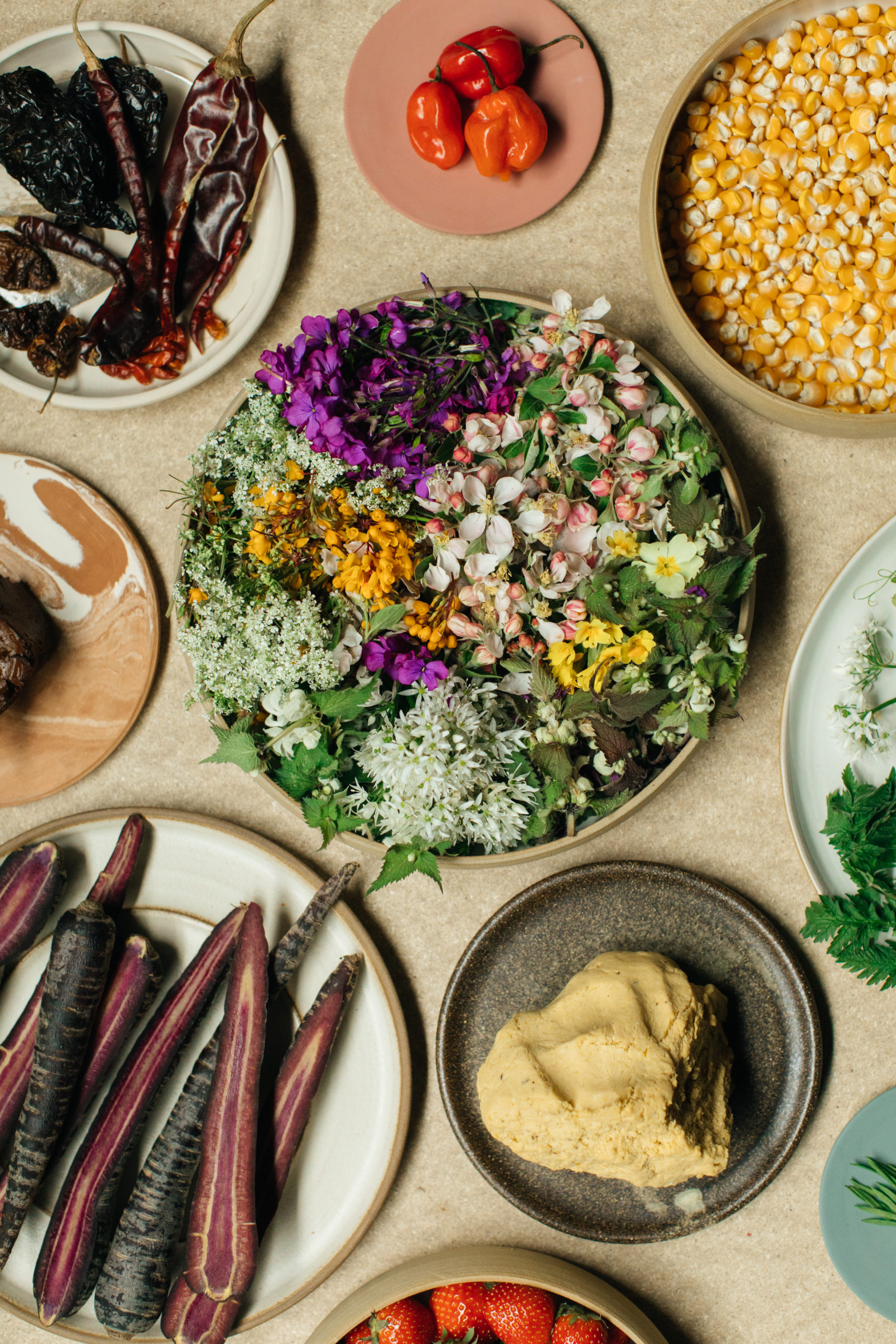
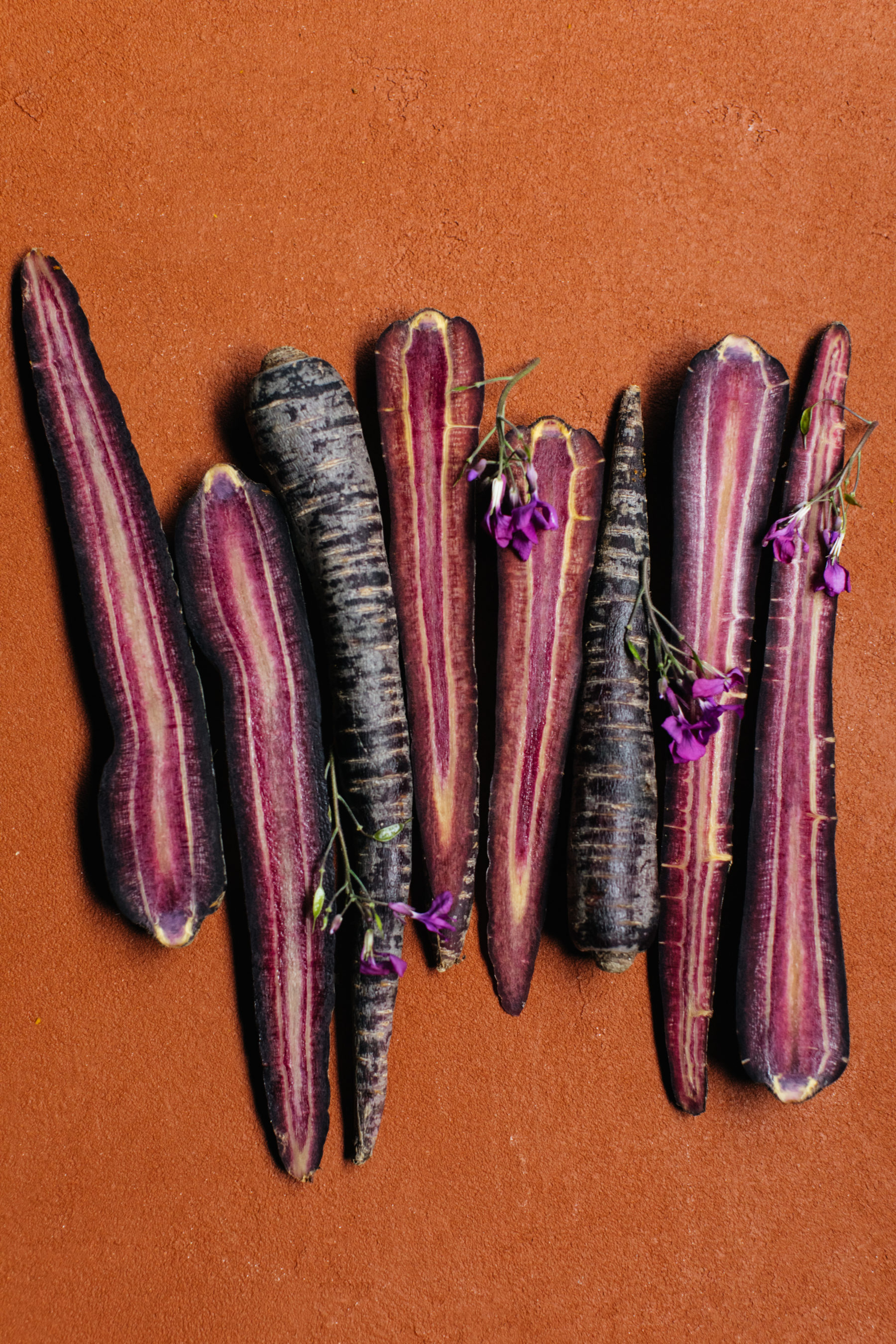
Talk to us about Mezcal. You’ve got the Mezcaleria within KOL, serving small plates and cocktails alongside the main restaurant. Did you always want that to be an integral part of the project?
We always wanted to make sure that you have a variety of experiences of Mexican culture when you come to KOL. Mezcalerias are a big part of Mexican culture and we thought it would complement the upstairs restaurant perfectly. We wanted to create a more casual space where you can hang out with your friends and enjoy nice music and some great plates of food as well as having access to massive variety of Mexican spirits and cocktails that reflect our philosophy upstairs. I like to say that KOL ends where the Mezcaleria begins and it’s the perfect extension of our philosophy.
Why did London feel like the right home for KOL? You had previously done a few residencies at Carousel’s first spot in Marylebone — did that have an impact on where in the city you wanted to be?
I love London and I really feel like it’s the capital of the world. It’s so multicultural and busy, but I’ve never felt like a tourist, or that I didn’t belong. In terms of Marylebone, I really enjoyed being there for Carousel, but I also just love the area. There is such quality here in terms of restaurants, shops, and cafes it just felt like the right place to set KOL up.
I also found that Londoners love spicy food, so we could cook with the flavours we wanted without fear.
You’ve got a day off in London and could do anything with it. Where would you hang out, what would be your favourite spots to go eat at, or what would be on your list?
There is a different day in London for everyone. It also really depends on who I am with.
- Exhibitions/galleries in Mayfair/Shoreditch
- Eat at St John
- Go to Hackney and have a glass of wine at P. Franco
- If I am south, I love to pop into 40 Maltby Street
- Go watch a play in Central London
- Visit some bars in the evening (Mezcaleria, Connaught, Bar with Shapes)

Santiago’s Pantry
5 items that are always in your pantry, or that you can’t live without.
1. Chili
2. Dry Corn
3. Miso
4. Butter
5. Garlic
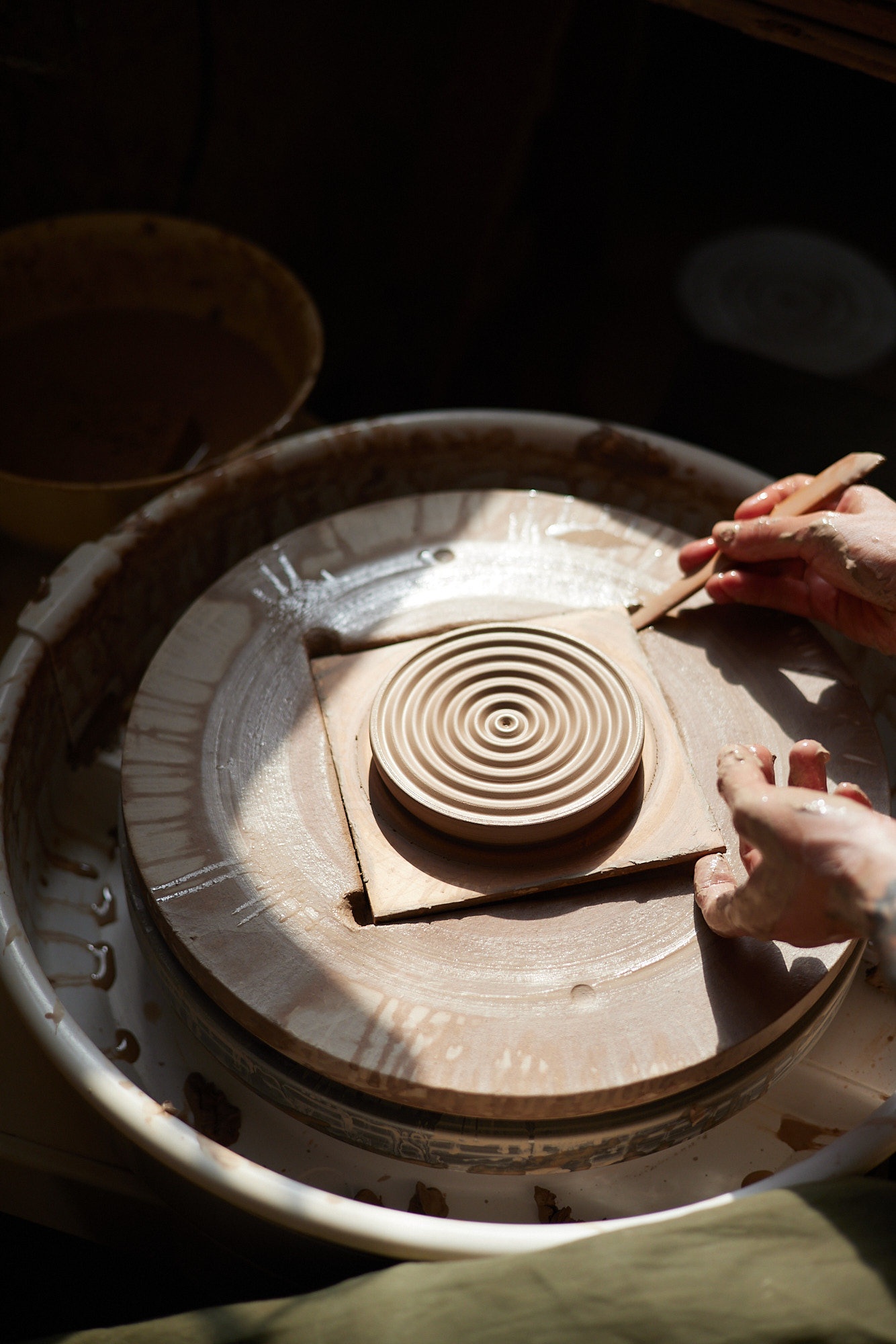
For our very first product collaboration, we have been working with friend and ceramicist Andrea Roman to create the perfect spoon rest — a considered object to keep on your kitchen counter, to catch those drips and crumbs from the spoon you are cooking with in between stirs. We went over to Andrea’s studio in Bow to film the process of making each piece by hand, and we sat down to chat with her about her love of clay, the relationship between food and ceramics, and her homes in Mexico and London. These pieces will be launching on Sunday 26th June — sign up to our newsletter for updates.
Andrea, tell us a little bit about your story — where did your ceramics journey begin?
I discovered clay at university while doing my degree in Product Design at UNAM. I had access to different workshops there — wood, metal, plastics and clay. From those four, clay felt like the simpler and most engaging way to connect with a material.
“Glossy glazes are better for plates that will work with cutlery as they are smoother and won’t scratch or make disturbing noises, whereas matte glazes are good for pieces that will only be used with hands or wooden tools.”
What is it about working with the medium that you love?
I love the tactility of it, how responsive it is to simple hand movements — you need no tools or very elementary ones to shape it, just the right amount of pressure in the right places and the right positioning of hands and fingers. I find that fascinating and probably early humans did too!
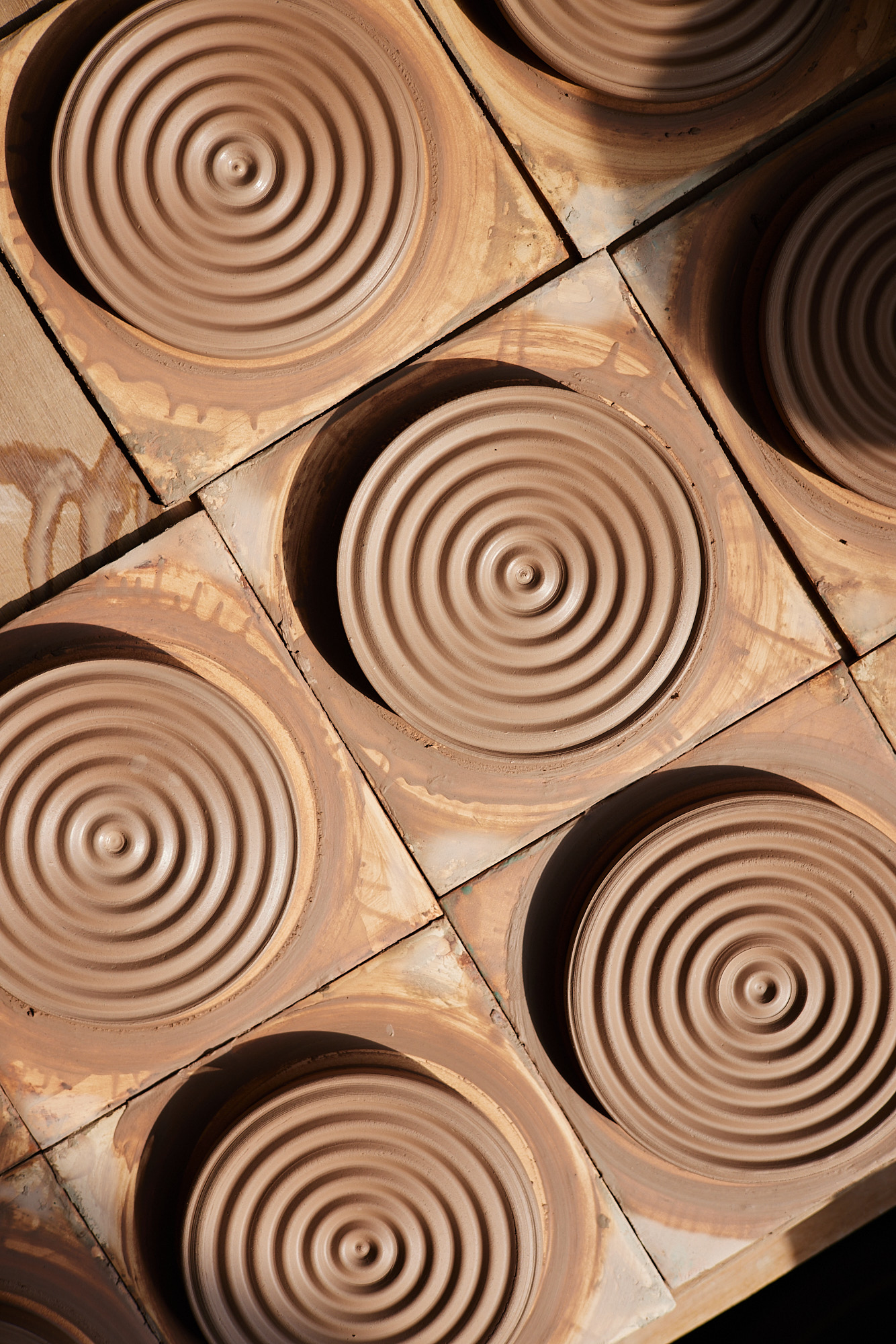
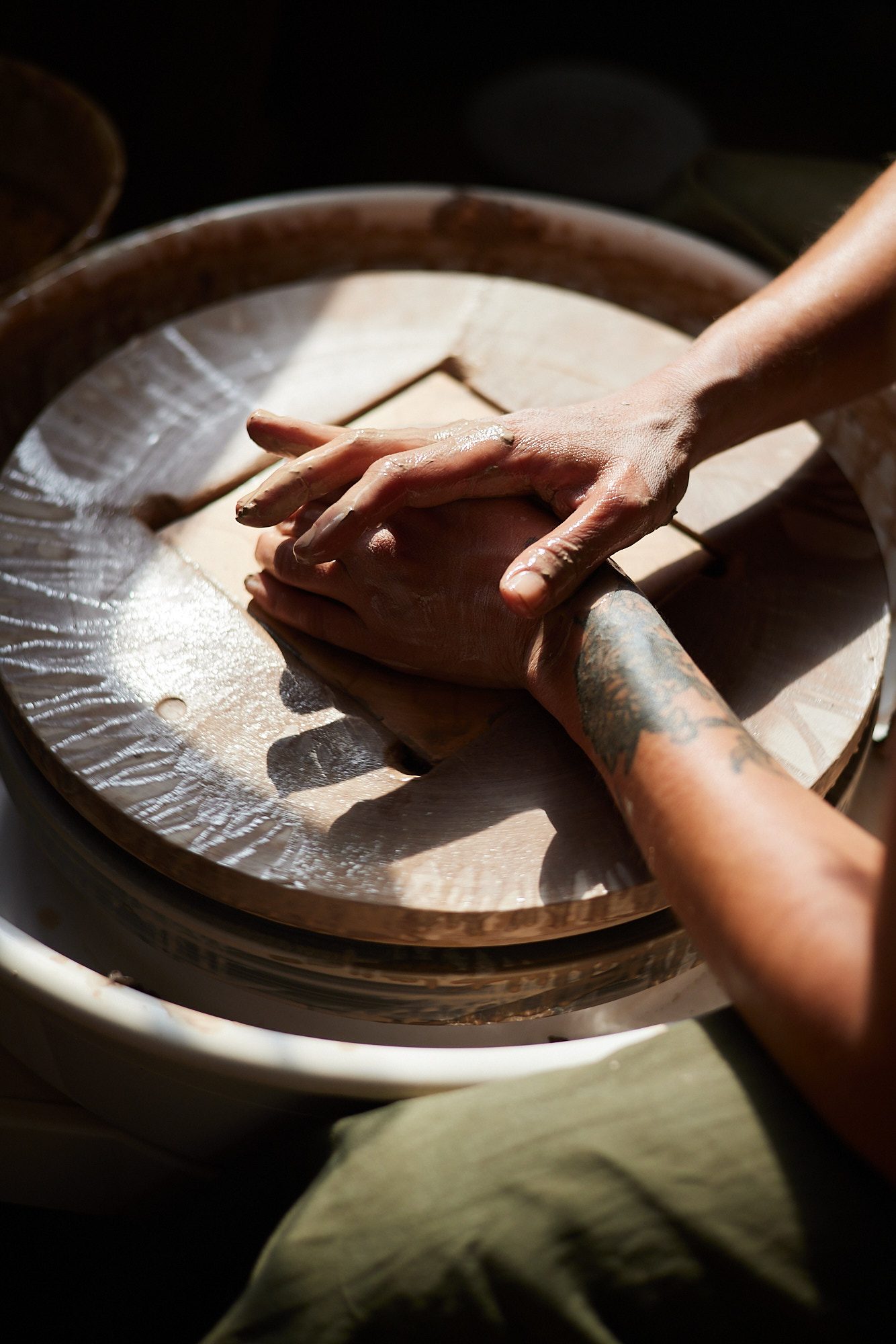
You’ve made ceramics for restaurants, cafés and brands including Kol, Workshop Coffee and Pophams Home. There’s so much about food & the experience of eating that comes into play with ceramics — how does this feed into your design process?
I think about how the pieces are going to be used, how they are going to be stored, whether it is possible to create an interesting composition or stacking arrangement. Glossy glazes are better for plates that will work with cutlery as they are smoother and won’t scratch or make disturbing noises, whereas matte glazes are good for pieces that will only be used with hands or wooden tools.
The colour of the clay and glaze will also have an effect on how the food looks. The octopus plate I made for KOL is one of my favourite pairings, food/ceramic wise. I also love to create colour palettes for people to mix and match, Pophams Home carries my flat white cups in my favourite clay colour combo for milky coffees and the Workshop Coffee cups were made using my teal clay shade, which I specifically love contrasted against black coffee.
Another very special example are the madly marbled plates I made for Hide Restaurant that only the curious diners will discover if they lift the plate from the table and look at the back. In the end the name of the restaurant (HIDE) suggests a lot and the experience of eating there is all about finding those hidden thoughtful details everywhere.
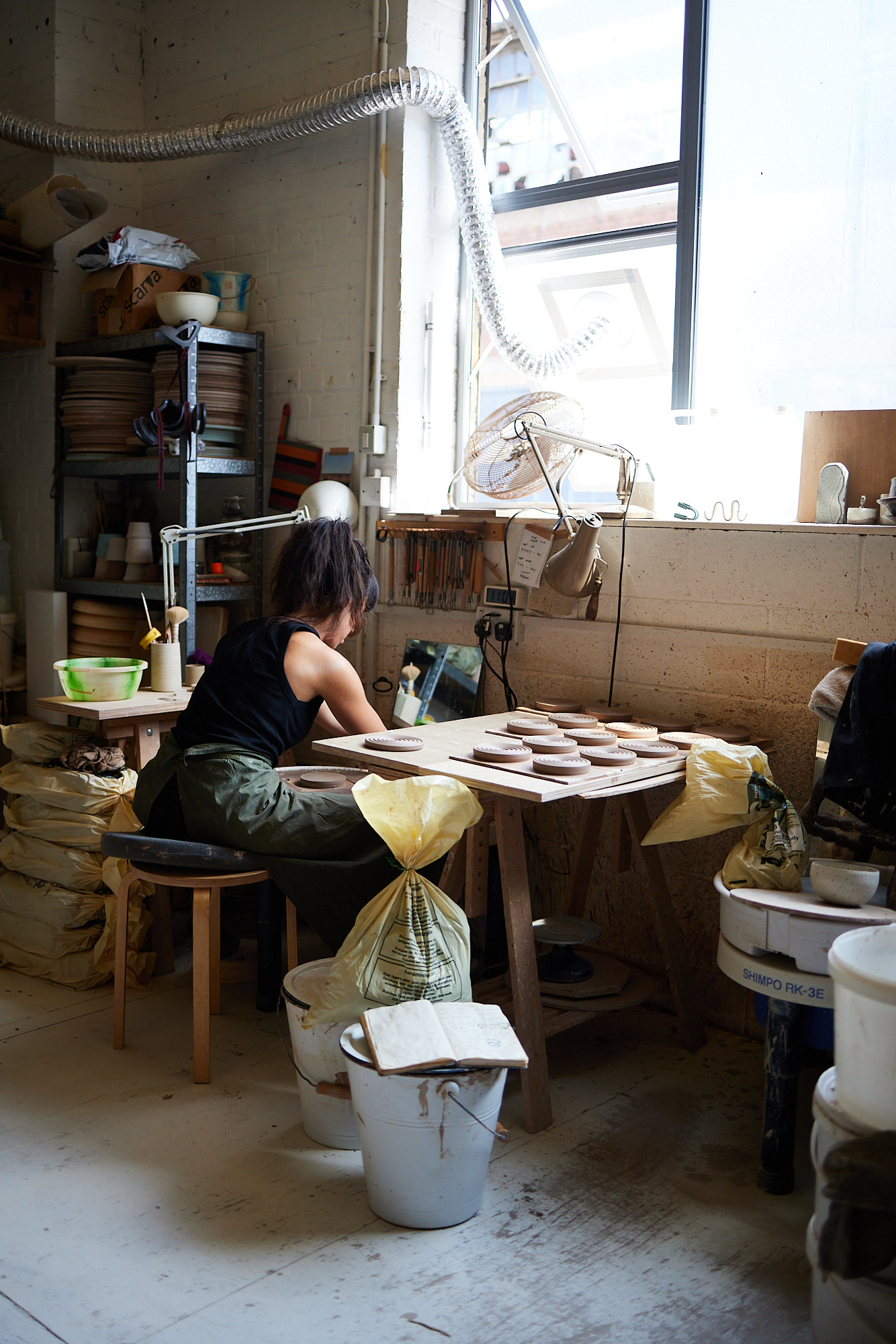
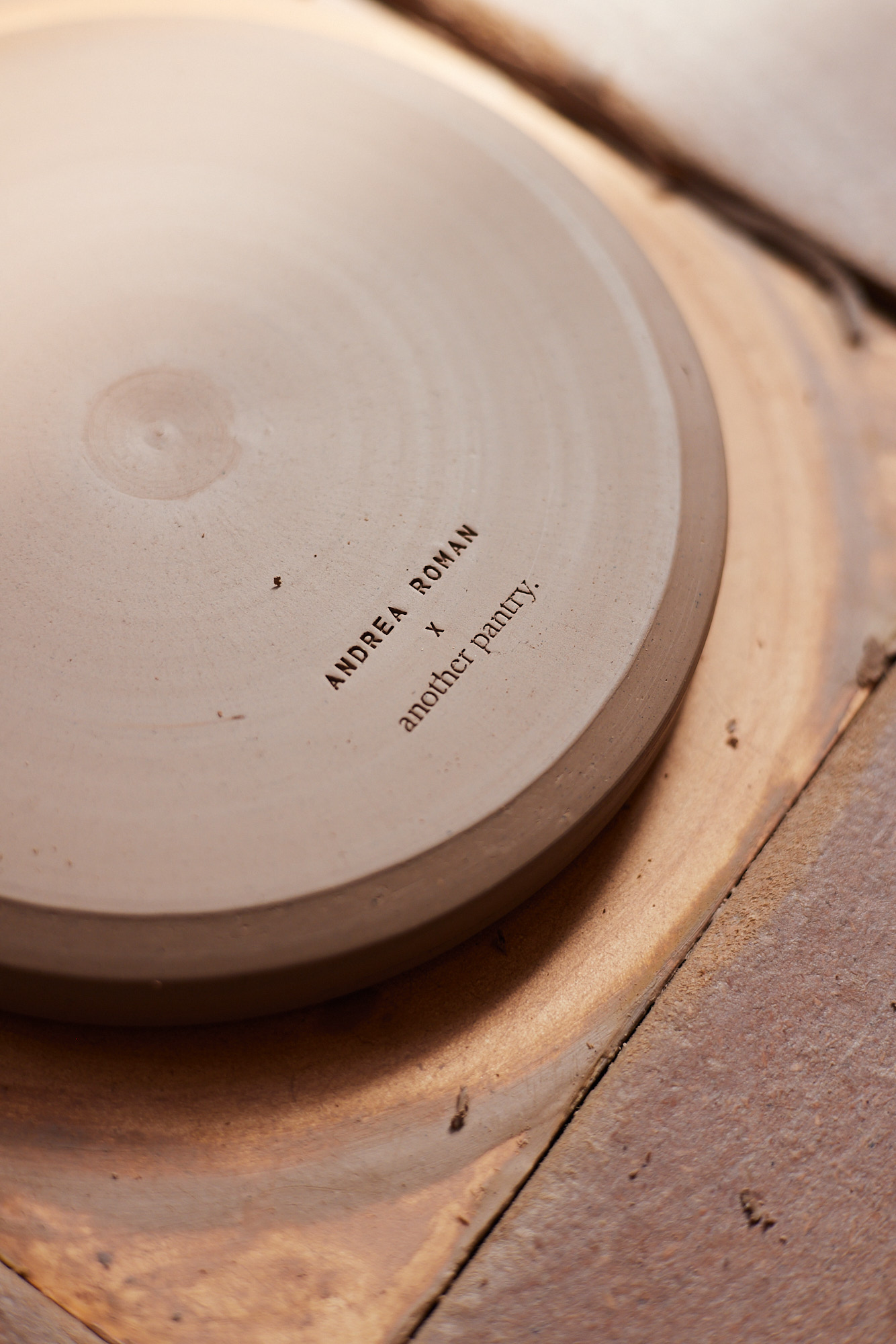
We’re so excited to have worked with you on our first product collaboration — our Another Pantry x AR Ceramics spoon rest. What do you love most about these pieces? What do you use yours for?
They are such an eye-catching piece that can live permanently on top of any worktop and they are surprisingly easy to make. I love how versatile they are, I have several at home and use them simultaneously. I put my mocha pot when hot on one of them, another one I use as a base for my pepper grinder to avoid having bits of ground pepper everywhere, and another one as a spoon rest when cooking.
Designing and creating a ceramic object is almost like following a recipe. Talk us through making each spoon rest — what’s the recipe? What ingredients have you used, where do you source the clay, what makes that speckled finish?
Ingredients: 400g of clay with iron flecks per spoon rest. The iron flecks will melt and burst through the clay once fired.
Tools: Bowl of water, sponge, potters knife, plastic wavy rib (I use a grouting spreader found in a local DIY shop), trimming tool, 400 grit sanding paper.
Method: Knead each ball by hand, centre it on the wheel, and throw a flat disc. Use a wavy rib to compress the surface and generate the desired texture. Finish and clean the edges. Wait 24hrs for the clay to become leather hard (this is when the clay stops sticking to your fingers and catching any fingerprints, but you can still mark it with your nails). Trim and tidy up the bottom. Air dry for approx. 1 or 2 weeks. Fire at 1250 ºC. Once fired, sand with a 400 grit wet and dry sanding paper to remove any sharp bits from the clay. Done!
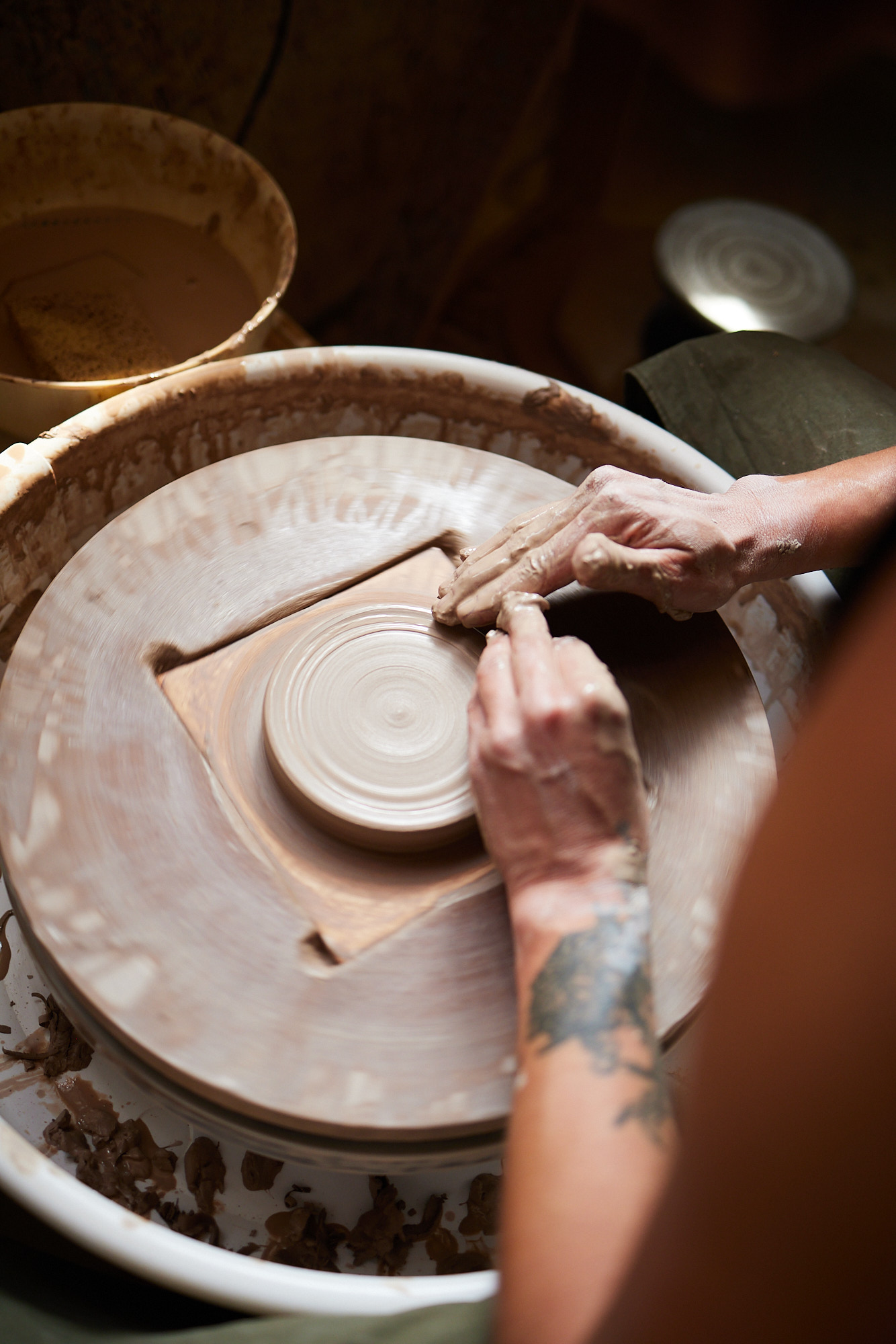
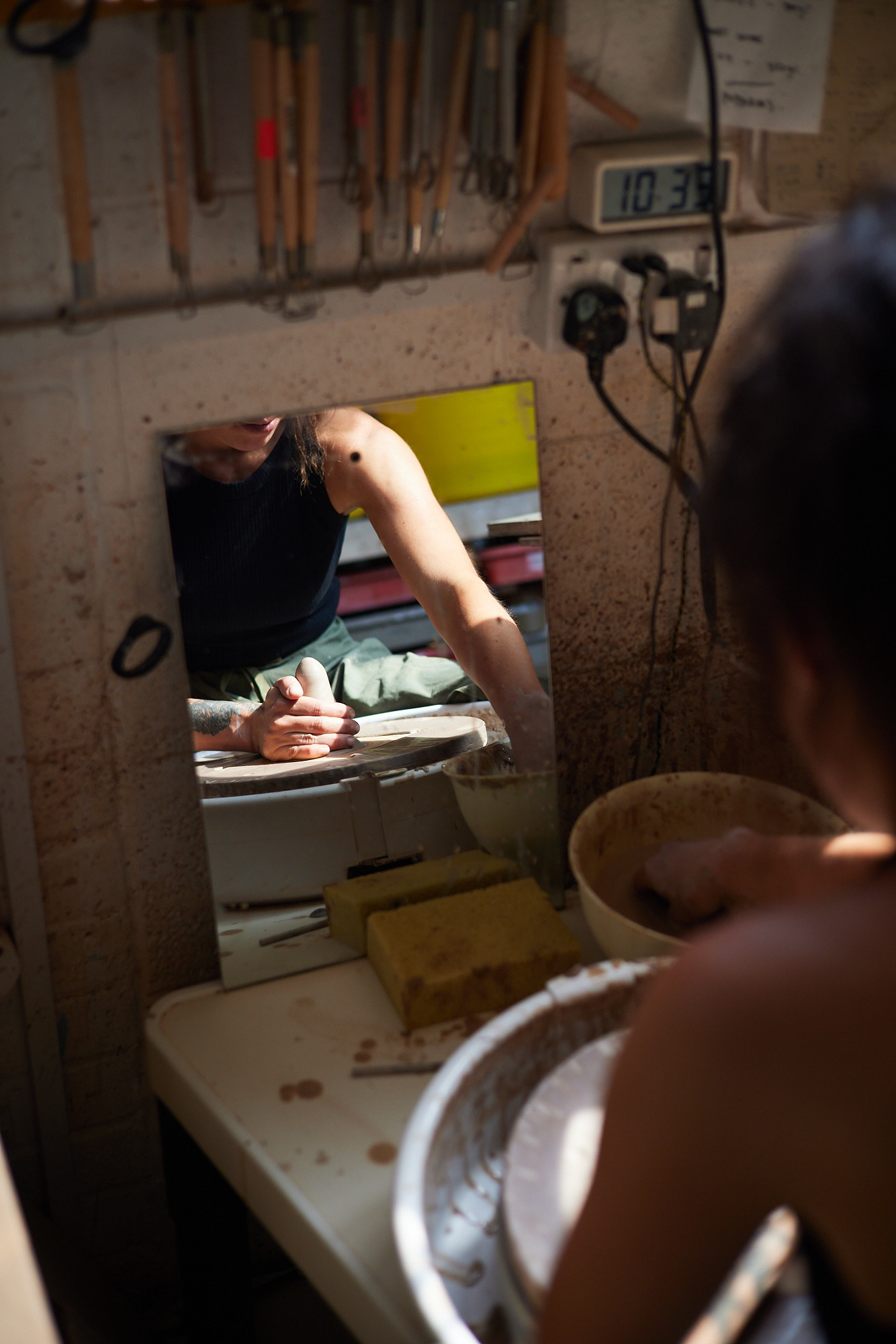
You can really feel a sense of nature in your pieces — in the colours, textures, shapes. Where do you draw that inspiration from? How did that earthiness come to define your style?
Let me think about this one — I wouldn’t say earthiness defines my work, but I guess it is inevitable to think this as I deliberately leave most surfaces of my pieces unglazed, to highlight this earthy and tactile quality of clay. I am interested in sharp lines, vertical and horizontal, I think of my work in terms of rhythmic compositions of shapes and colour, almost graphic, almost architectonic.
You’re from Mexico City but you’ve now made London your home. How do the two cities compare? What are a couple of your favourite spots to eat in both?
London is an amazingly green city, there are parks everywhere, the canal, the river, people use these spaces to linger. In Mexico City people move faster, you have the volcanoes surrounding the city, and when pollution is not too bad they offer the most spectacular view.
In Mexico City it is really easy to find good food everywhere, I miss the simple cheap food, the quesadilla stalls at the markets, tacos al pastor from El Califa and sopa de lima from Fonda 99.99 to name just a few. Mexico City’s food scene has changed massively in the last years, there’s a bunch of new places which I’m still curious to try. In London, a few favourites are Brawn, Towpath Cafe, Little Georgia and Ombra. There’s also a bunch of fantastic Turkish restaurants in Dalston, my favourite being Mangal 1 at the moment (controversial!).
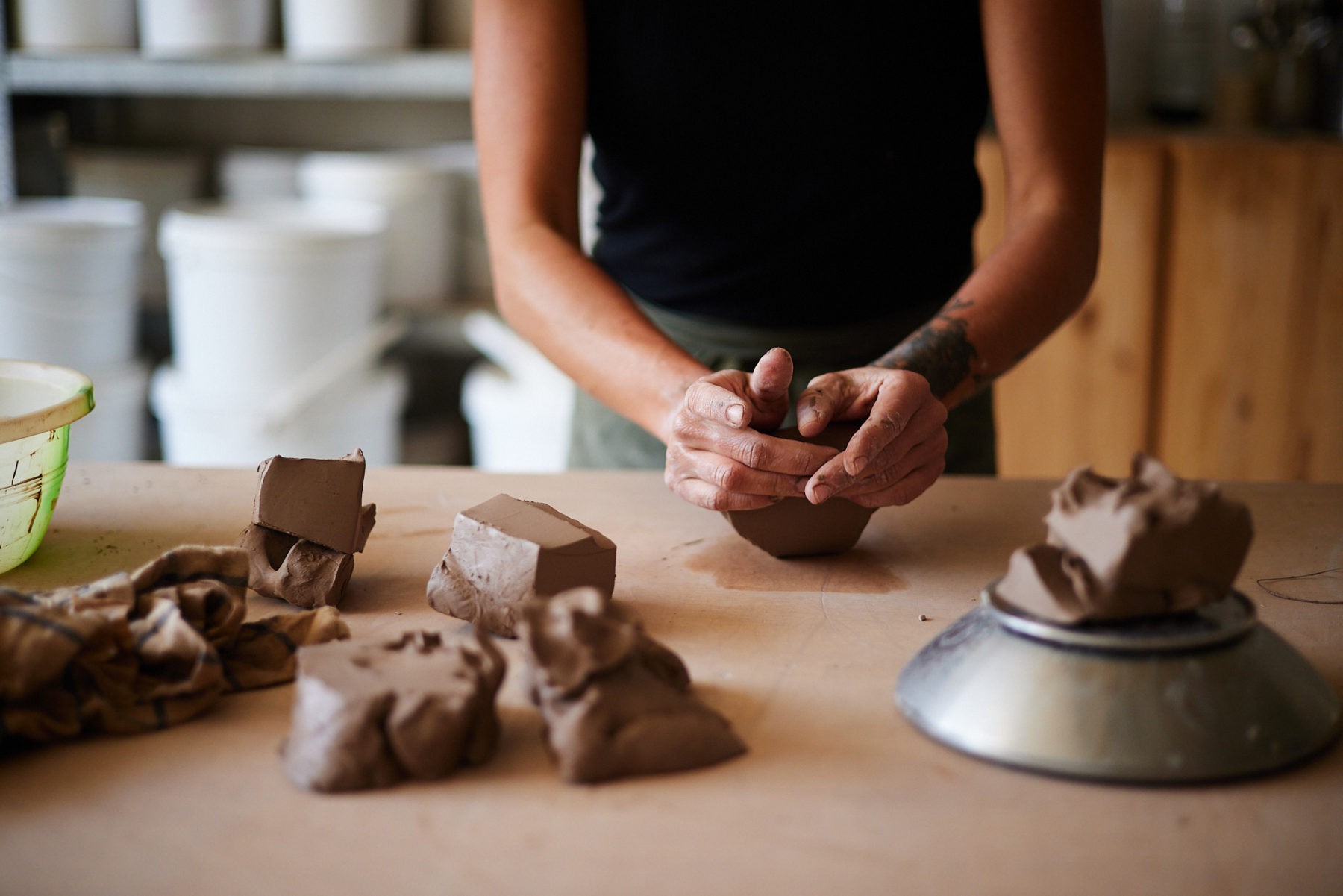
Andrea’s Pantry
(5 items that are always in your pantry, or that you can’t live without!)
1. Coffee
2. Mexican dried chillies (ancho, guajillo, de árbol).
3. Garlic
4. Mezcal
5. Good olive oil.
AR Ceramics x Another Pantry spoon rests will be on sale from 26.06.2022. Sign up to our newsletter to be the first to receive the link when they go live. Watch the film below.
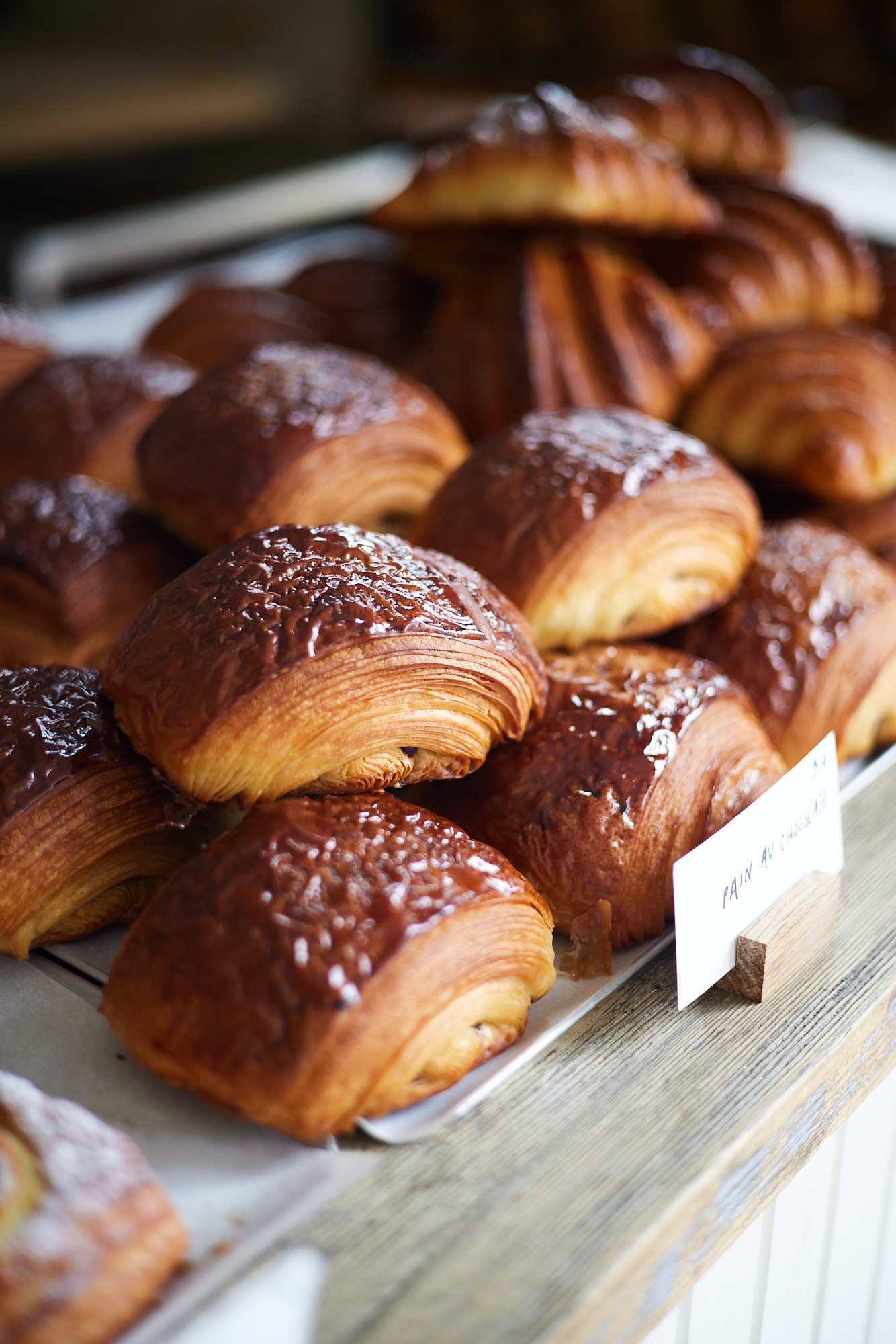
Since opening just a year ago, Layla has become Portobello Road’s neighbourhood bakery — the place to pick up a fresh loaf of sourdough or to enjoy a slice of banana tahini loaf and a seasonal danish with a great cup of coffee. It’s also become a spot for pop-ups, bringing friends from across the food industry to the area for supper clubs & events. We sat down with founder Tessa Faulkner to chat about what it’s been like during their first year in the neighbourhood.
Tell us a little bit about the story behind Layla — where did it all begin?
Layla was an idea developed in lockdown. I used to visit a number of glorious artisan bakeries in East London and was astonished that my local area was lacking. Our neighbourhood is well known for its tight knit community and rich culture, and I was confident that a new bakery, where all the food is made on site right behind the counter, using the best ingredients we can find, would go down well. That first lockdown in the Spring of 2020 was the kick I needed to make my idea a reality.
“We’re led heavily by the seasons: it’s been exciting to revisit ingredients and old favourites as we go into our second year. The return of the hot cross bun marked our first year of trading, which felt like a big achievement.”
You’re nestled at the end of Portobello Road in Notting Hill. What’s your first year in the neighbourhood been like?
Unreal. We’ve been blown away by the support we’ve had from from our neighbours, many of whom have now become good friends. We sit alongside some great businesses on Portobello and Golborne Road but it’s also a very residential area and we’re lucky to have extensive outside space which is a magnet for locals who like to drink their coffee in the morning sun.
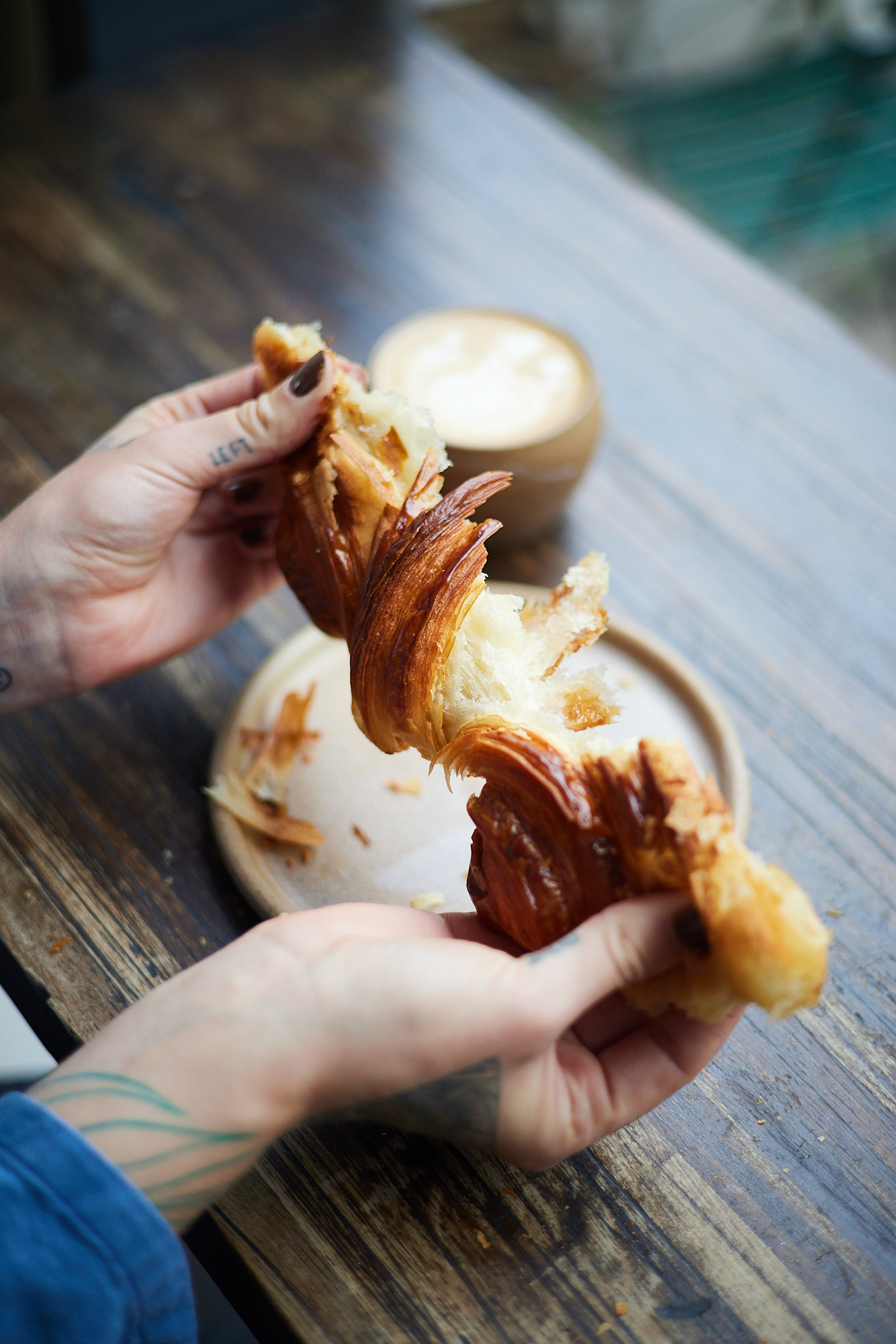
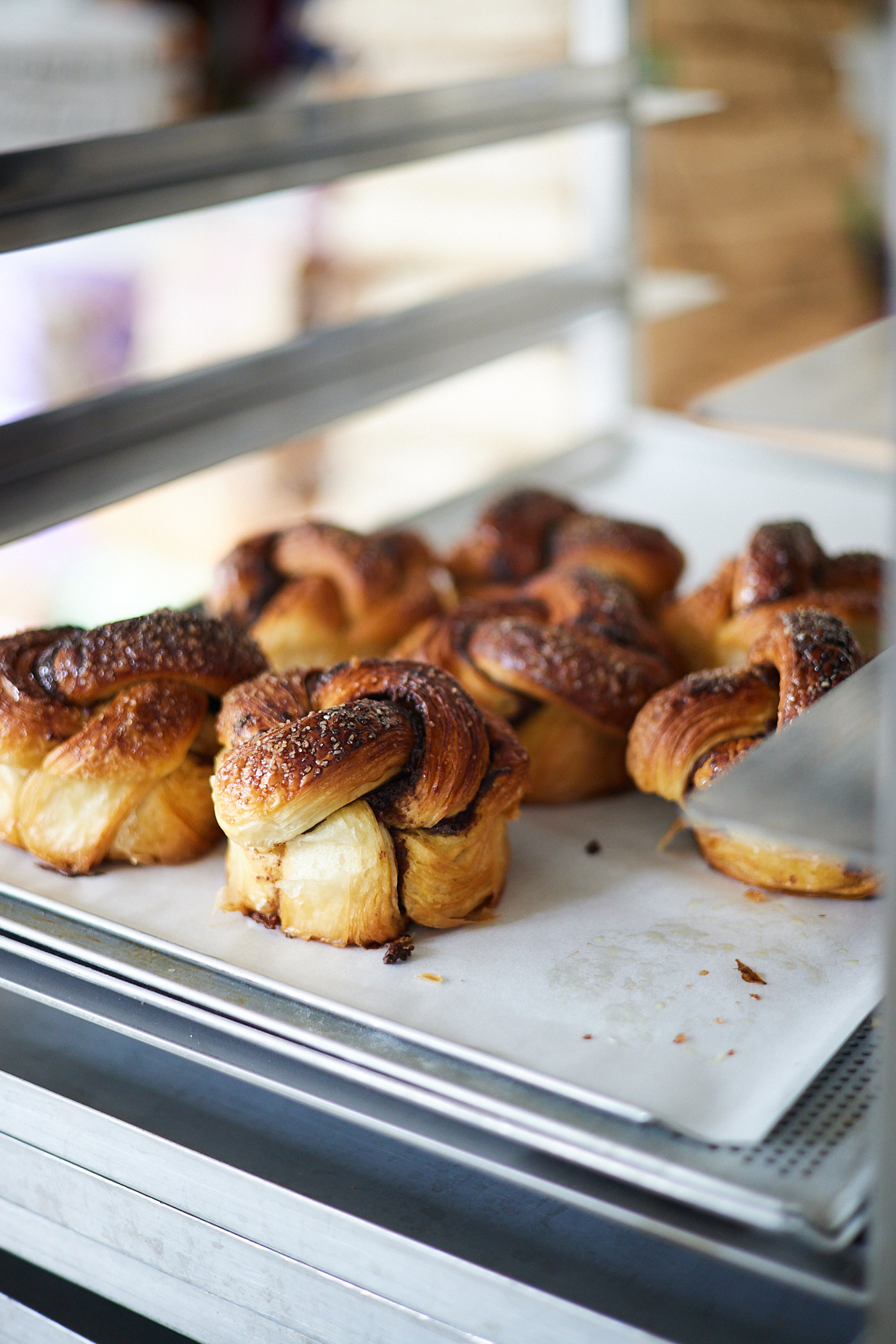
Talk to us about your food philosophy. How do you know what’s going to be on the counter next?
It’s a combination of things. We’re led heavily by the seasons: it’s been exciting to revisit ingredients and old favourites as we go into our second year. The return of the hot cross bun marked our first year of trading, which felt like a big achievement. We’re lead often by what’s been foraged on the weekend by the team, whether it be wild garlic, meadowsweet or elderflower. Suggestions are brought to the table from our team of bakers, and of course inspiration taken from trips to other bakeries and restaurants across the country and beyond.
We love to celebrate producers, farmers, growers — tell us about one of your suppliers. Who do you love, what do they supply the bakery with and what makes them great?
We’re fortunate to work with a number of very special suppliers. Wildfarmed provide us with flour. They are pioneers of bringing regenerative food into the mainstream. They put soil health first, and pay farmers properly, growing tasty, highly nutritious food, in a way that improves the environment. They’re a community of farmers, bakers, growers, chefs and cooks that all share unbelievable passion and drive for what they’re doing and it really is a joy to work with them.

Your pastry offering changes with the seasons — do you have a favourite season at the bakery, or do you wait for that one ingredient to come into season?
There’s the excitement that Spring is around the corner when the first of the forced rhubarb arrives. Then we move in quick succession into wild garlic and then onto asparagus. I enjoy these three stages. However, Autumn is up there. Plums, apples and pears. Chai lattes and cinnamon babkas.
You also host pizza nights in the summer and you’ve hosted so many great pop-ups and collabs, including Poon’s, Papo’s Bagels, Pinch. What sparked the idea for these? Have you had any that were particularly special or memorable?
It felt slightly mad that we were shutting the doors at 3.30 each day and the space had so much potential for an evening use. I met the majority of our pop up chefs as customers at the bakery, most of whom live locally. It seemed like a good idea to partner with local talent and actually most of our events started in this way. Our first collaboration was with Thomas Straker, one I won’t forget. We had 65 covers on our first night. It was manic but insane. To give context, we have 12 covers in the bakery on a day to day basis…
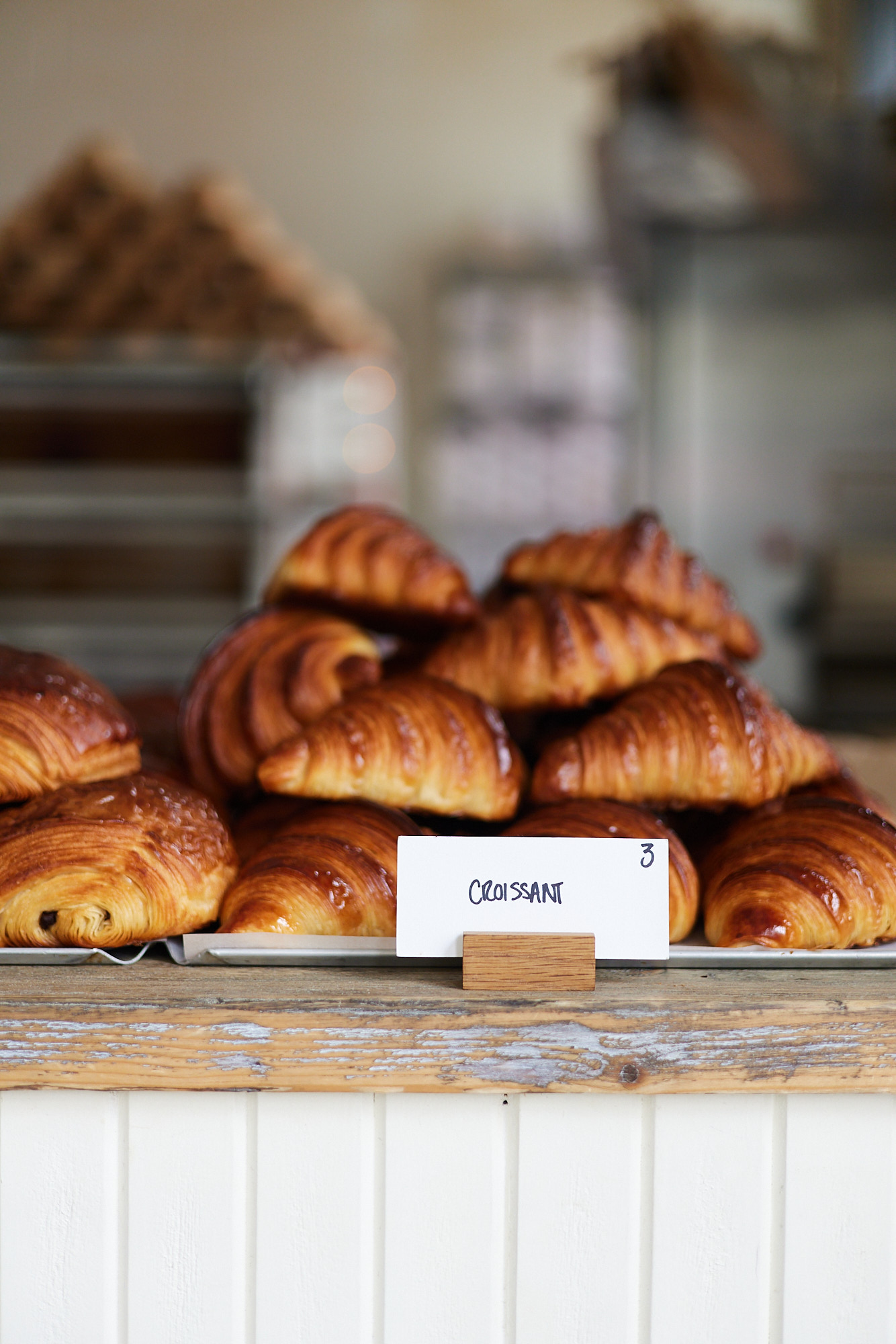

We’re coming to Layla for a pastry and a coffee — what else should we check out on Portobello Road whilst we’re in the neighbourhood?
I highly recommend a Friday trip to coincide with market day. The streets are lined with antique sellers and the covered market under the Westway houses some of the best vintage clothes I’ve picked up in the city. You’ve got to make a visit to Liberté Chérie, zero waste grocery store – their hazelnuts are phenomenal. Opposite you have the Cloth Shop which will lure you in with their beautiful window displays. Further up the Portobello road I’d stop into Tada and Toy who make really lovely jewellery and then finally Flax, a beautiful linen clothing company.
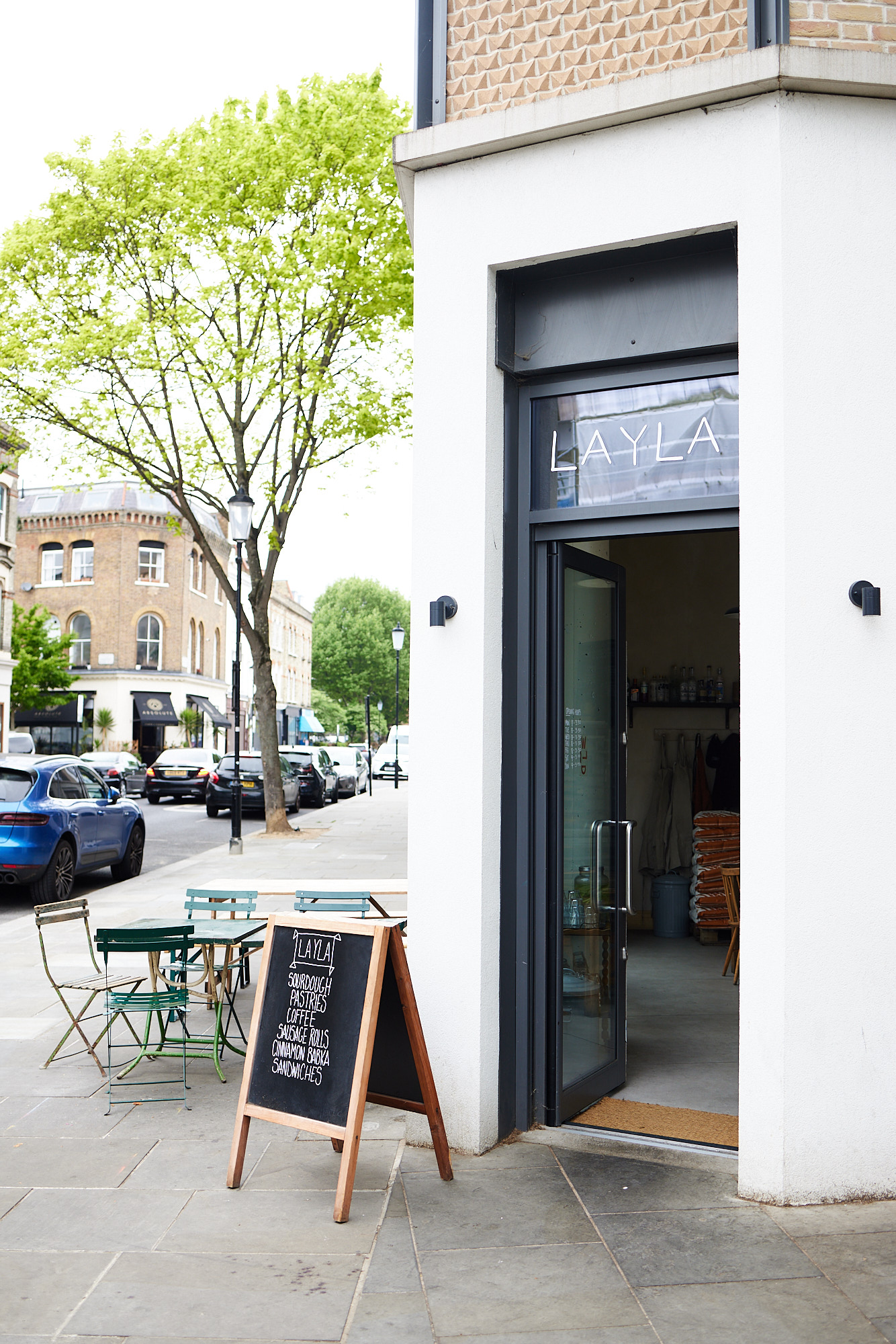
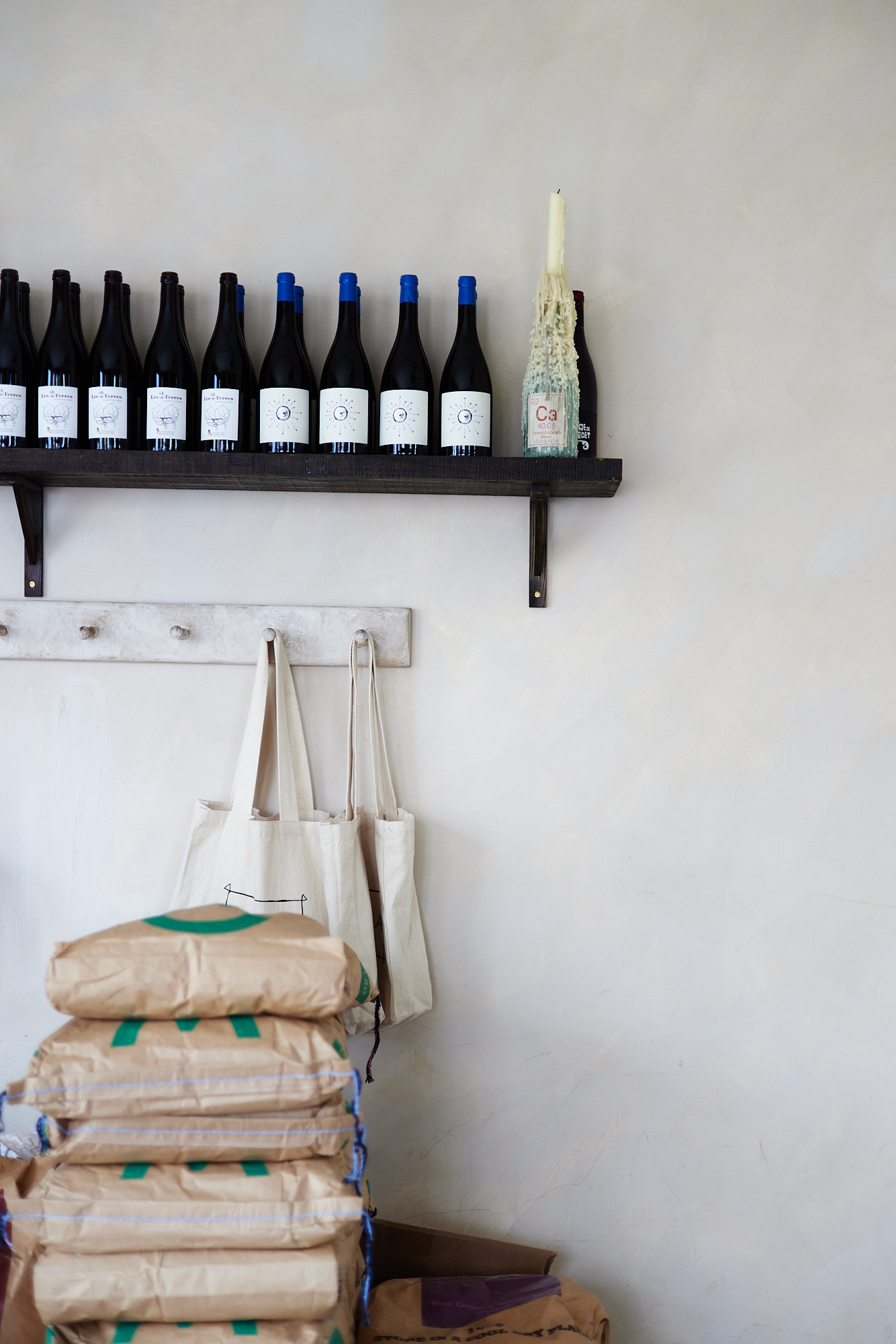
Layla’s Pantry
(5 items that are always in your pantry or on your kitchen shelves)
1. Flour
2. Chocolate
3. Coffee
4. Tahini
5. Cinnamon
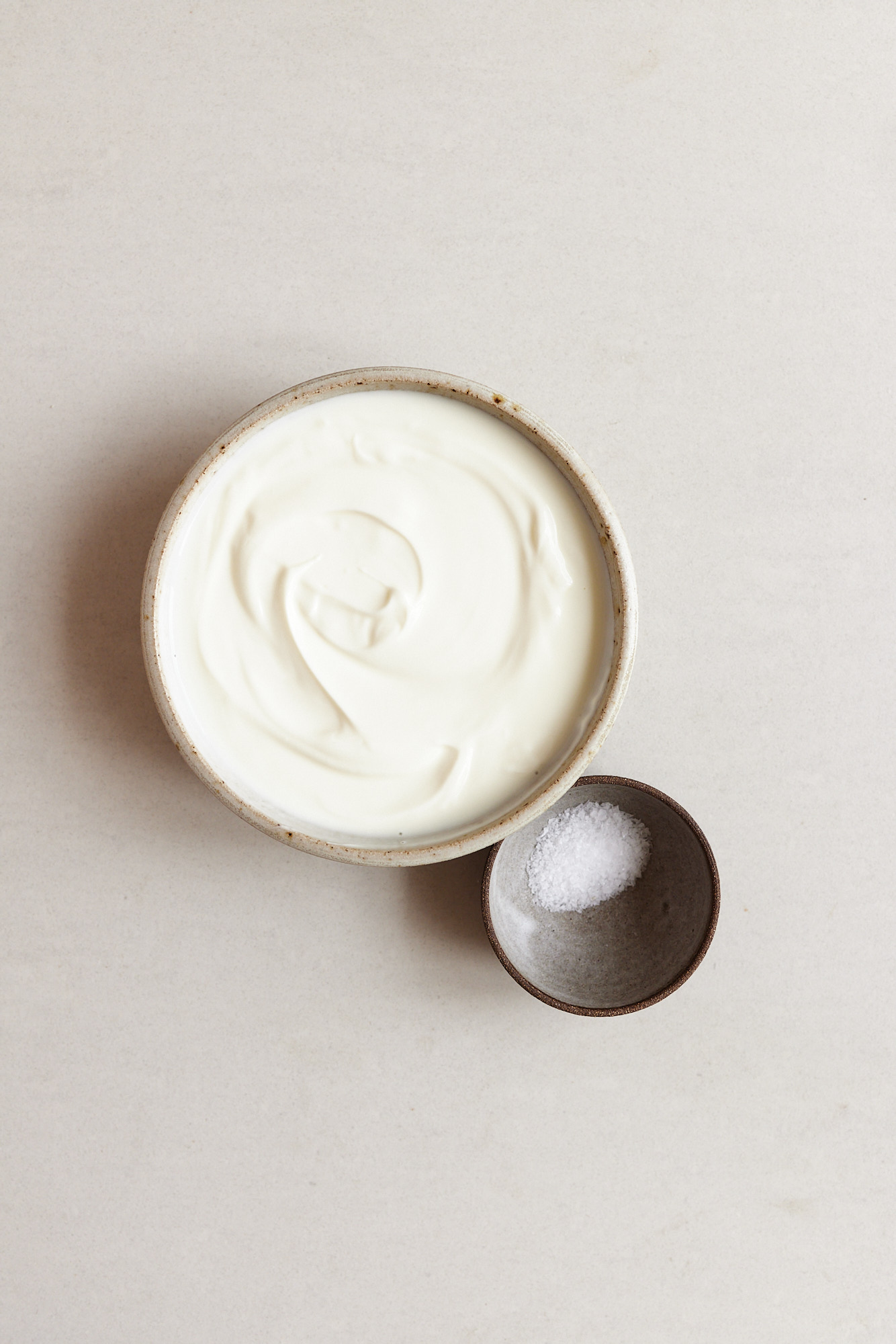
Next in our How To series is labneh. This is honestly one of the most simple and rewarding things you can make in the kitchen, and though you can now find it in most good delis and shops, it’s worth making it yourself. It just requires two ingredients — natural yoghurt and fine sea salt — and about five minutes of your time before you leave it to strain overnight.
In the Middle East it’s normally eaten at breakfast, covered in plenty of good olive oil and sprinkled with za’atar, though really you can eat it any time of day. It’s a great base for so many other recipes too. Try Gill Meller’s Asparagus with Labneh & Seeds, or Lucy Carr-Ellison and Jemima Jone’s Saffron Roasted Peppers with Labneh. Both make great sides to any spread, especially as the weather warms up.
Read on to find out how to make it in just a few simple steps.
“In the Middle East it’s normally eaten at breakfast, covered in plenty of good olive oil and sprinkled with za’atar, though really you can eat it any time of day.”
Step one
Combine 500g natural yoghurt (make sure you get good quality, full fat yoghurt here) with 1 teaspoon fine sea salt. Stir to make sure it’s fully incorporated. Note this will make enough for 2-3 servings, so if you want to increase the quantity, double the yoghurt but keep the salt quantity the same (you can adjust the seasoning later on).
Step two
Prepare your equipment — set a sieve over a large bowl.


Step three
Line your sieve with muslin or a cheese cloth. You can get hold of these quite easily online or from a good food or cookware shop. If it’s quite a big piece of fabric you can fold and double up on the layers.
Step four
Pour your yoghurt and salt mixture into the lined sieve.


Step five
Tie the yoghurt up into the muslin like a little parcel. Do this fairly tightly to encourage the moisture out of it. You’re now going to transfer the bowl, sieve and parcel as they are into the fridge and allow the yoghurt to strain ideally overnight — the longer you leave it the thicker your labneh will be.
Step six
The next morning, unravel your muslin and you should have a nice, round ball of thickened labneh.
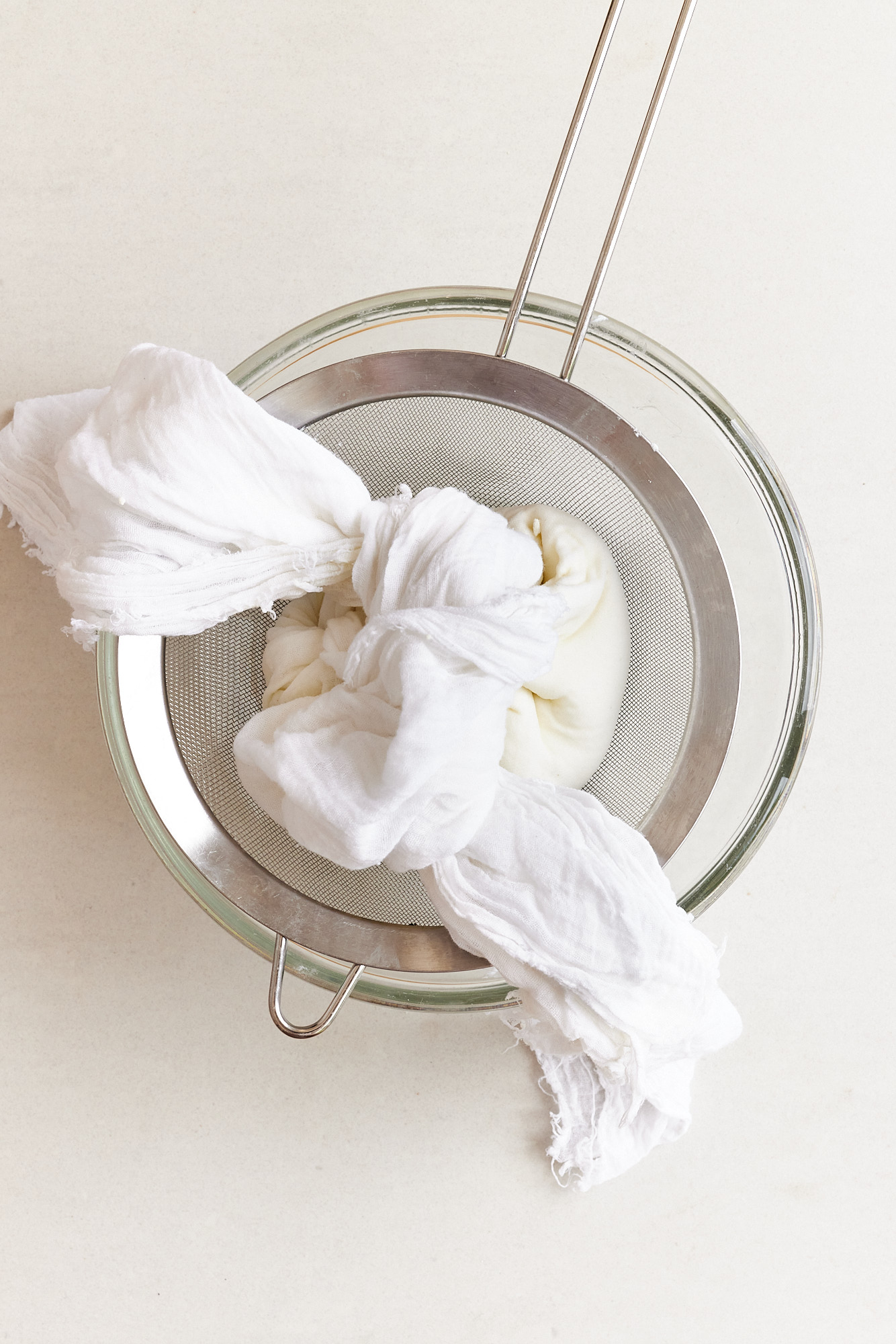
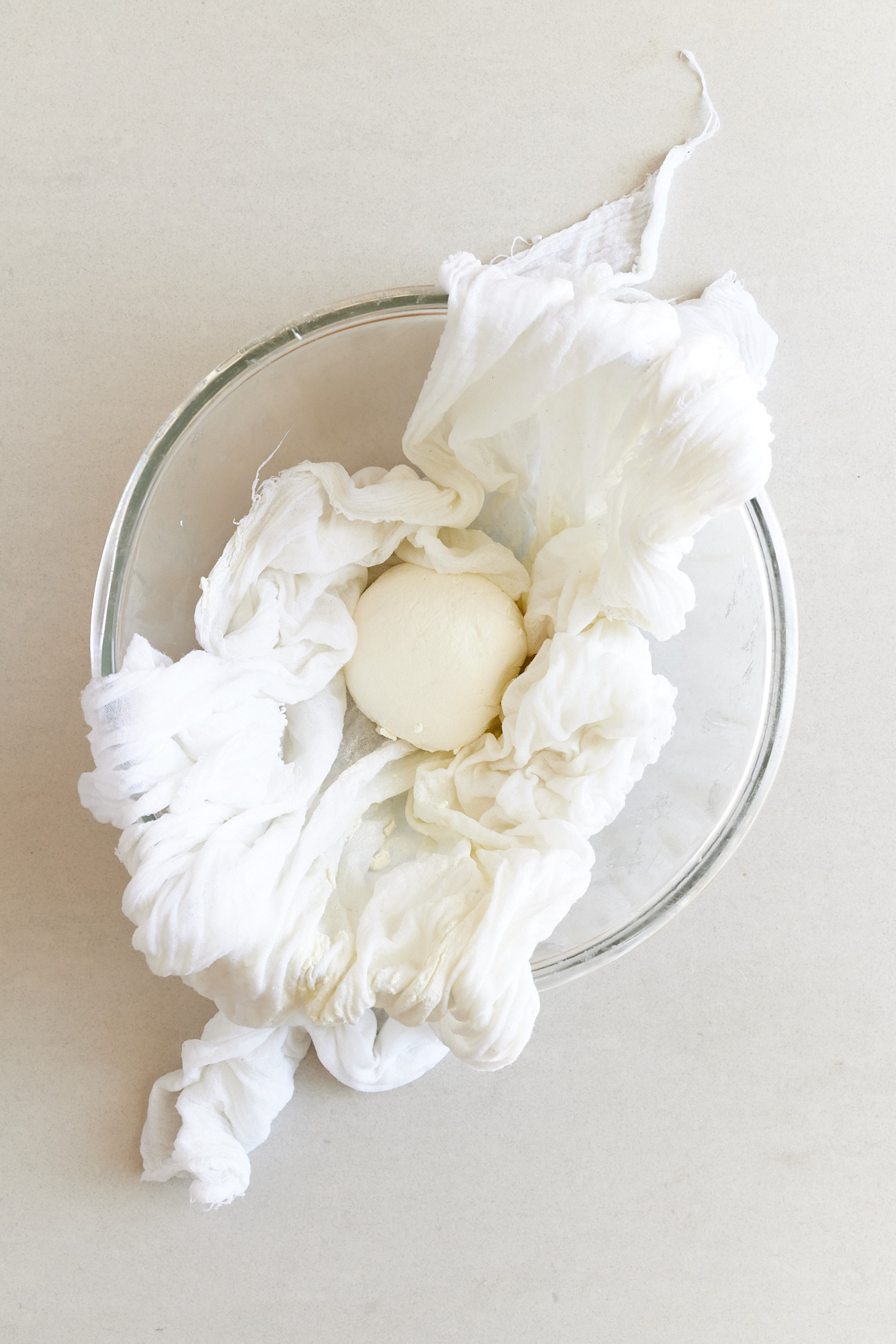
Step seven
Transfer your ball of labneh to a bowl and beat it lightly with a spoon or fork to create a smoother consistency. You can taste at this point and add some more salt if you feel it needs it.
Step eight
Spread your labneh out with the back of a spoon, drizzle plenty of olive oil over it and serve immediately! Top with za’atar and a little dried mint, if you like. Alternatively, you can keep it in an airtight container in the fridge for up to a week.

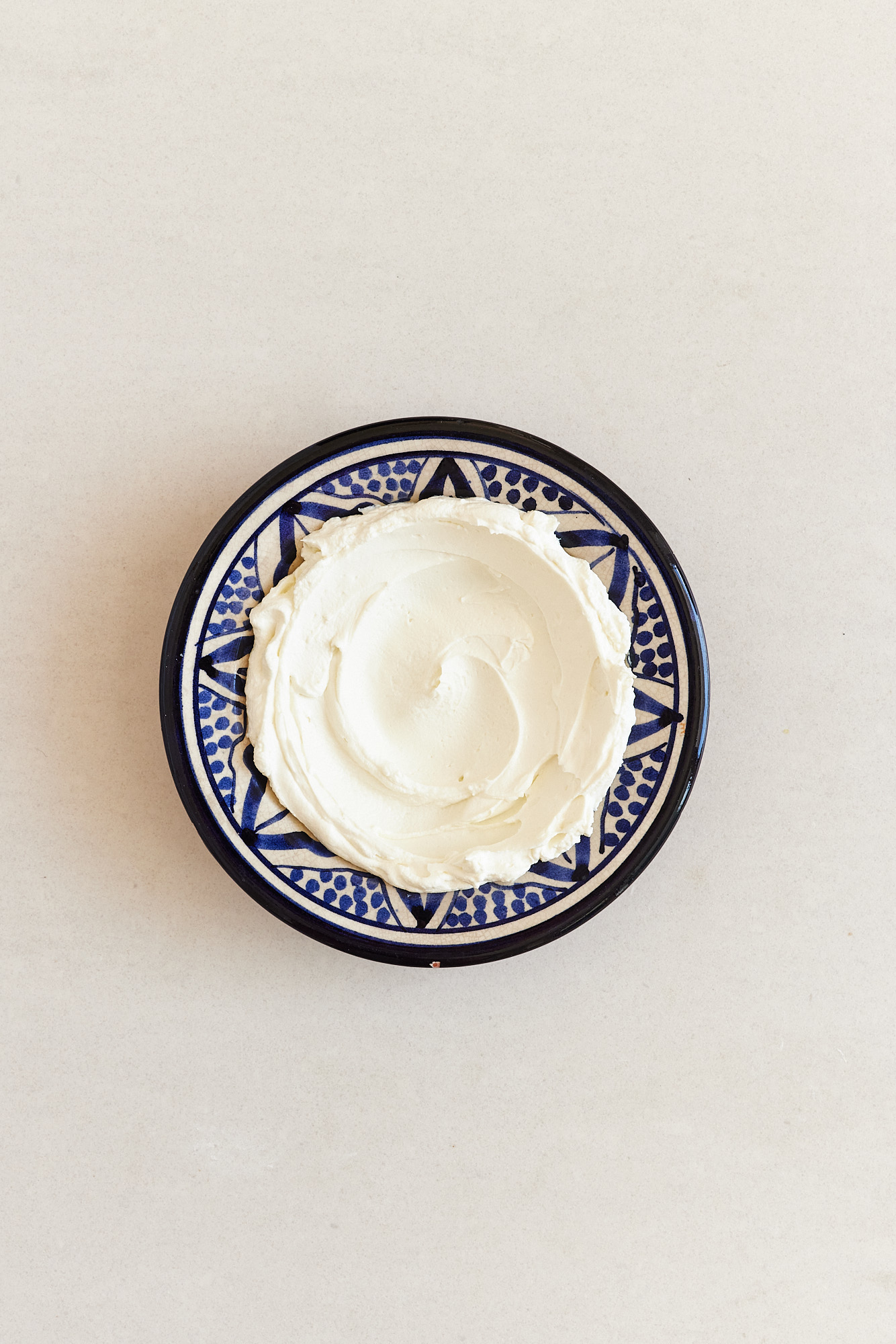
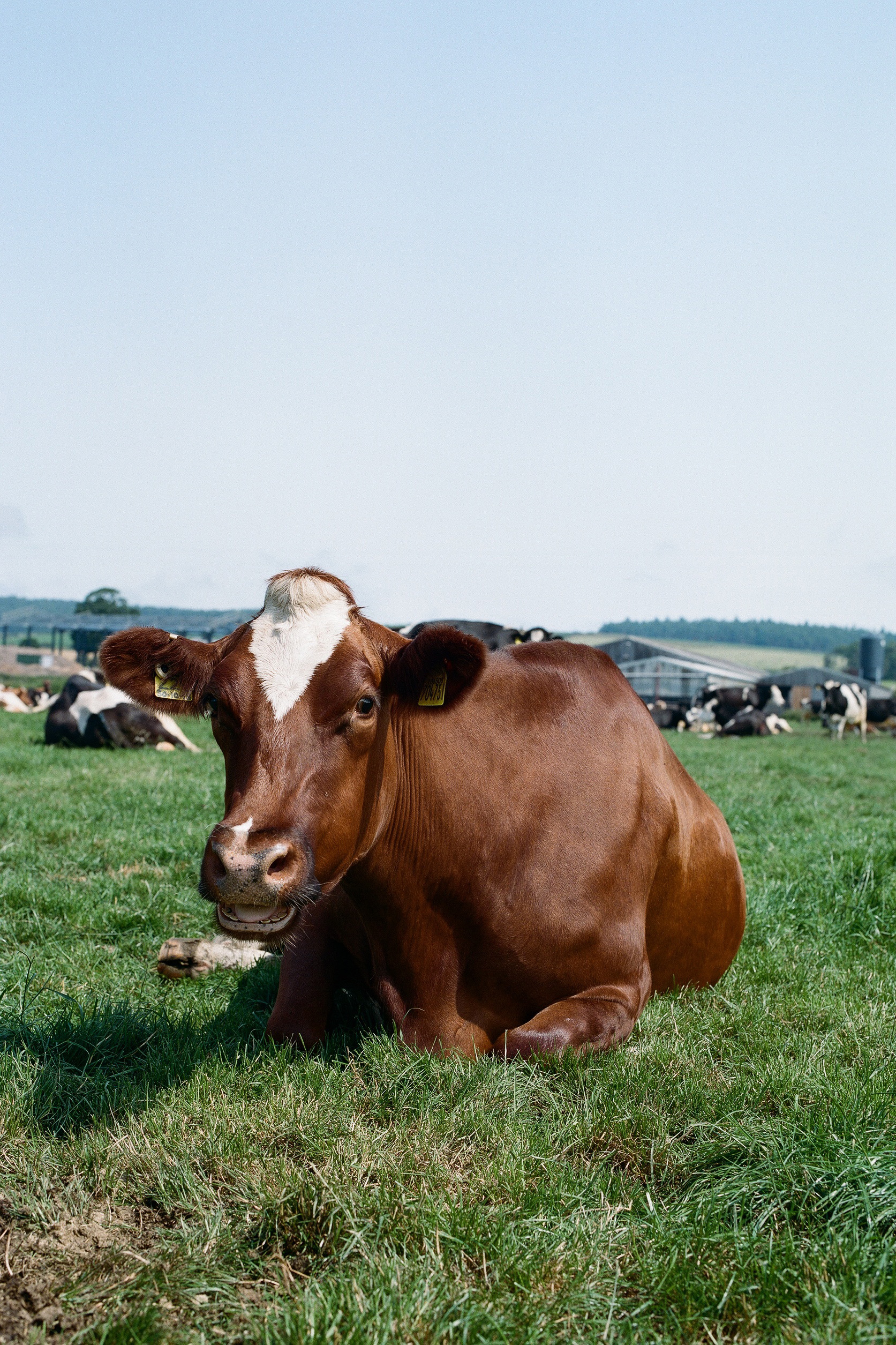
Cheese, perhaps more so than any other food product, can help us understand the magnitude of love and labour that goes into making the food that we eat. Processes may take months or years, but we rarely stop to appreciate them. Over the last two years, Angus Birditt has been researching this very subject, culminating in his book A Portrait of British Cheese. We sat down to chat about the book and Our Isles, the platform he founded to celebrate the rural environment and the British Isles through food, nature, history and heritage.
Angus, tell us a bit about your story and how Our Isles began?
Well, I suppose I have to go back to my love for the natural environment. I have always lived in the countryside, either in rural Cambridgeshire throughout my childhood, surrounded by arable fields and mixed woodlands, or in North Wales after university, where I really started to take foraging seriously and experience new landscapes and wildlife. The countryside is where I find most of my inspiration for writing, photographing, curating and, well, eating!
“The more I delved into the world of cheese, specifically artisan and farmhouse cheese, I was amazed by the idea that someone could craft such delicious morsels of food directly related to the soil. I loved that these cheeses were not only a wonderful, delicious food product but also an instrument to express heritage, tradition and history.”
Besides my love for the natural environment and a real desire to celebrate what was going on in it, hopefully conserving it in someway, Our Isles was kick-started in essence when I started The Bridge Lodge, a small food company which sold a range of foraged products like wild garlic pestos and wild garlic sea salt. We hosted monthly supper clubs, often cooking 5 different courses each evening to celebrate the wonderful, regional food and drink we have in the British Isles. One memorable supper club was called SEA, a 5-course meal that celebrated the amazing seafood we have just off the isles like Conwy mussels, Anglesey lobster, razorclams, you name it.
Running The Bridge Lodge was hard, repetitive work making thousands of products by hand. However, as much as I moan about the production side of things, it opened up a world of food and drink as we visited local farmers markets and national food festivals selling our products. This was also when I started to write about food: the ingredients we were foraging, producers we were collaborating with – Halen Môn, for example, the salt harvesters that we teamed up with to make our wild garlic sea salt – and other food producers at the various markets and festivals we would meet including farmers, cidermakers, and cheesemakers.
Over time, I had created a treasure trove of words and photographs (by this point I had found a camera to snap away with!), but with nowhere to house it all, so that’s when I decided to found Our Isles, a place for all of my work to come together. It now also encompasses other rural creatives, sharing and supporting them as much as possible as we do in our online editorial, Stories within Our Isles.
Ultimately, Our Isles is a platform to explore and appreciate subjects like artisan and regional food, nature, rural history and heritage. I want it to be seen as an advocate for the rural environment, you could say. I want people to see Our Isles and be inspired themselves, to conserve the natural environment in a way that makes them happy and fulfilled.
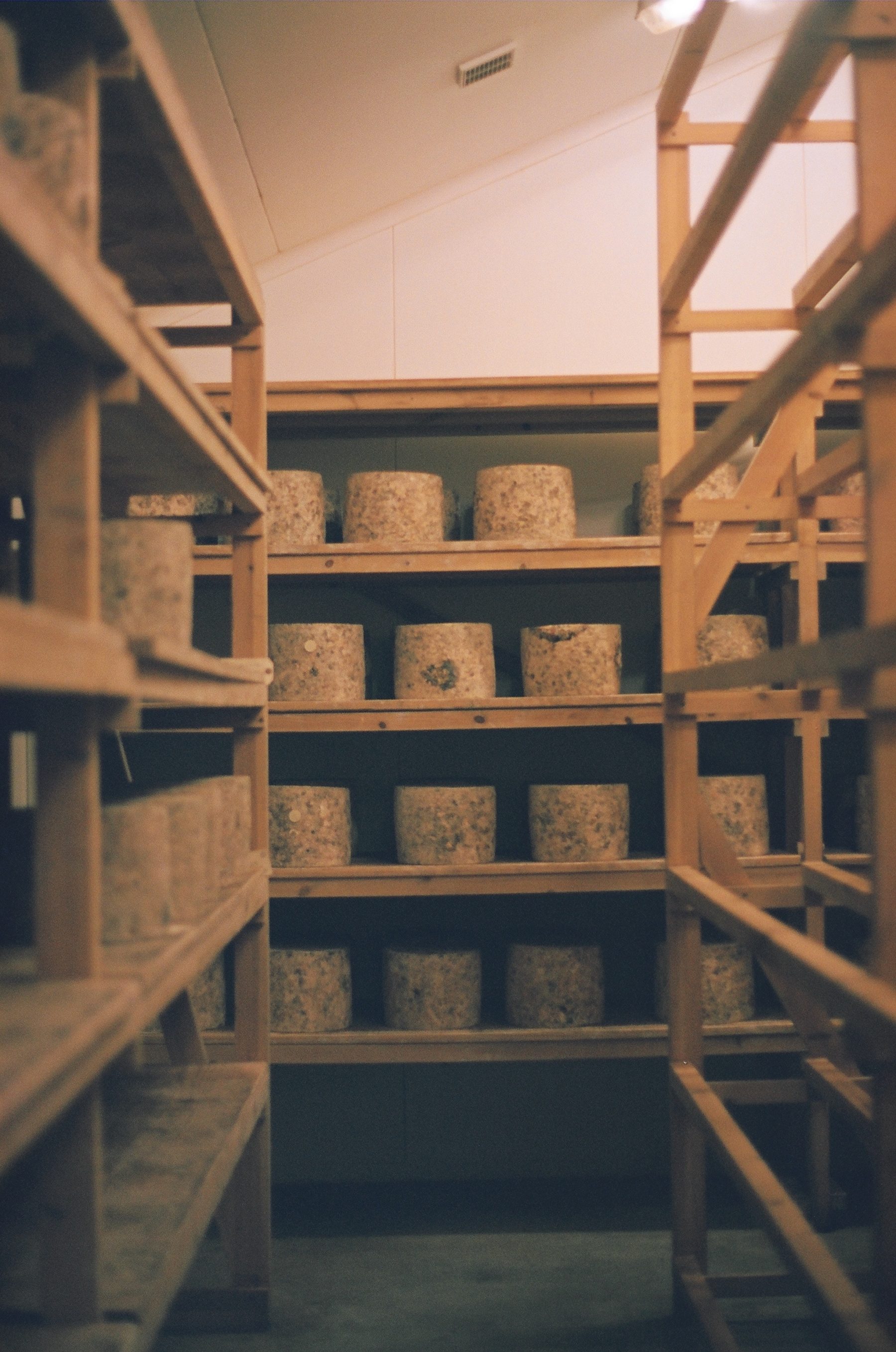
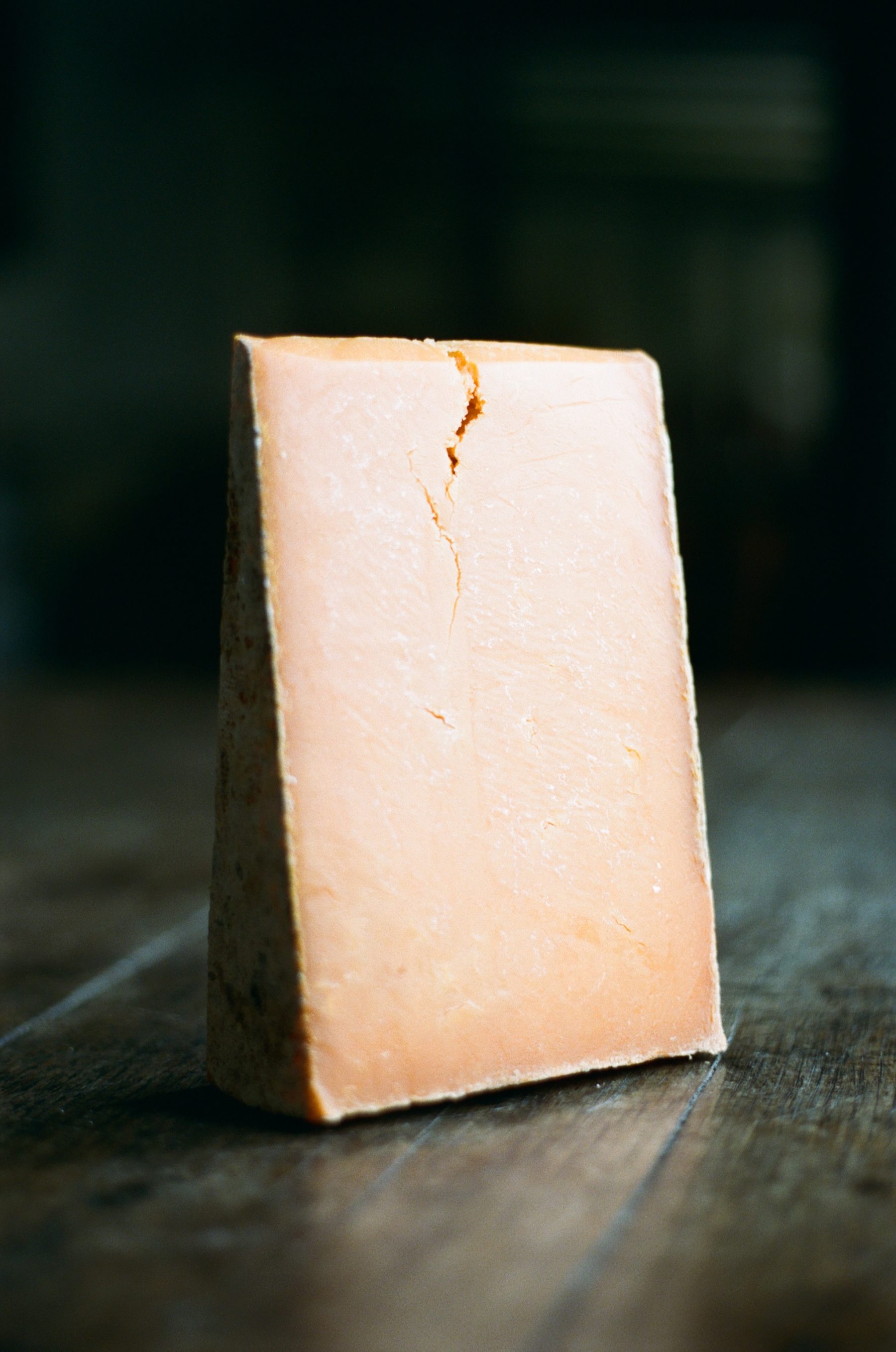
Why cheese? What is it that made you want to explore and document the subject?
Cheese has always been an integral part of my life, from growing up, stuffed in packed lunches, or in recent times, melted on god knows what! I love trying regional food and travelling to different regions in the British Isles, so artisan cheese seemed to be the perfect food product that expressed the former and allowed me the excuse to travel.
What I found fascinating about artisan cheese is how many different varieties you can have from the same initial product, milk (which, of course, is so complex in itself). A Portrait of British Cheese began as a passion project. I visited several artisan cheesemakers around East Anglia where I grew up and in Wales where I am now living. I found myself starting to collect a body of work (photographs and prose) on various cheesemakers across the British Isles, fascinated by their deep knowledge of their local landscape and ecosystem, and their care for their animals.
The more I delved into the world of cheese; specifically artisan and farmhouse cheese, I was amazed by the idea that someone could craft such delicious morsels of food directly related to the soil. I loved how these cheeses were not only a wonderful, delicious food product but also an instrument to express heritage, tradition and history. Graham Kirkham of Kirkham’s Lancashire (1 of 30 artisan cheesemakers in the book) said that ‘every piece of cheese is a part of history’, his cheese being made to the same recipe his great grandmother made. You could be eating a food that someone was eating centuries ago.
You describe cheese as ‘the product of a magical symbiosis between land, livestock and producer’. Tell us a little bit about this and the meaning of food provenance. Why is it more important now than ever?
When I speak about cheese being ‘the product of a magical symbiosis between land, livestock and producer’ this is relative to farmhouse cheese. It is one of those rare food products can be spoken about in the same sentence as terroir – loosely defined as ‘evoking the character of the land’ or more broadly, the ecosystem. Farmhouse cheese certainly does this; it’s a synergy between the soil on which the pasture grows, the animals that graze, the quality of milk produced and the maker using the milk to produce cheese. And each aspect (soil/land, pasture/feed, animal, milk quality, maker) is so variable, which makes cheese such a diverse and fascinating product.

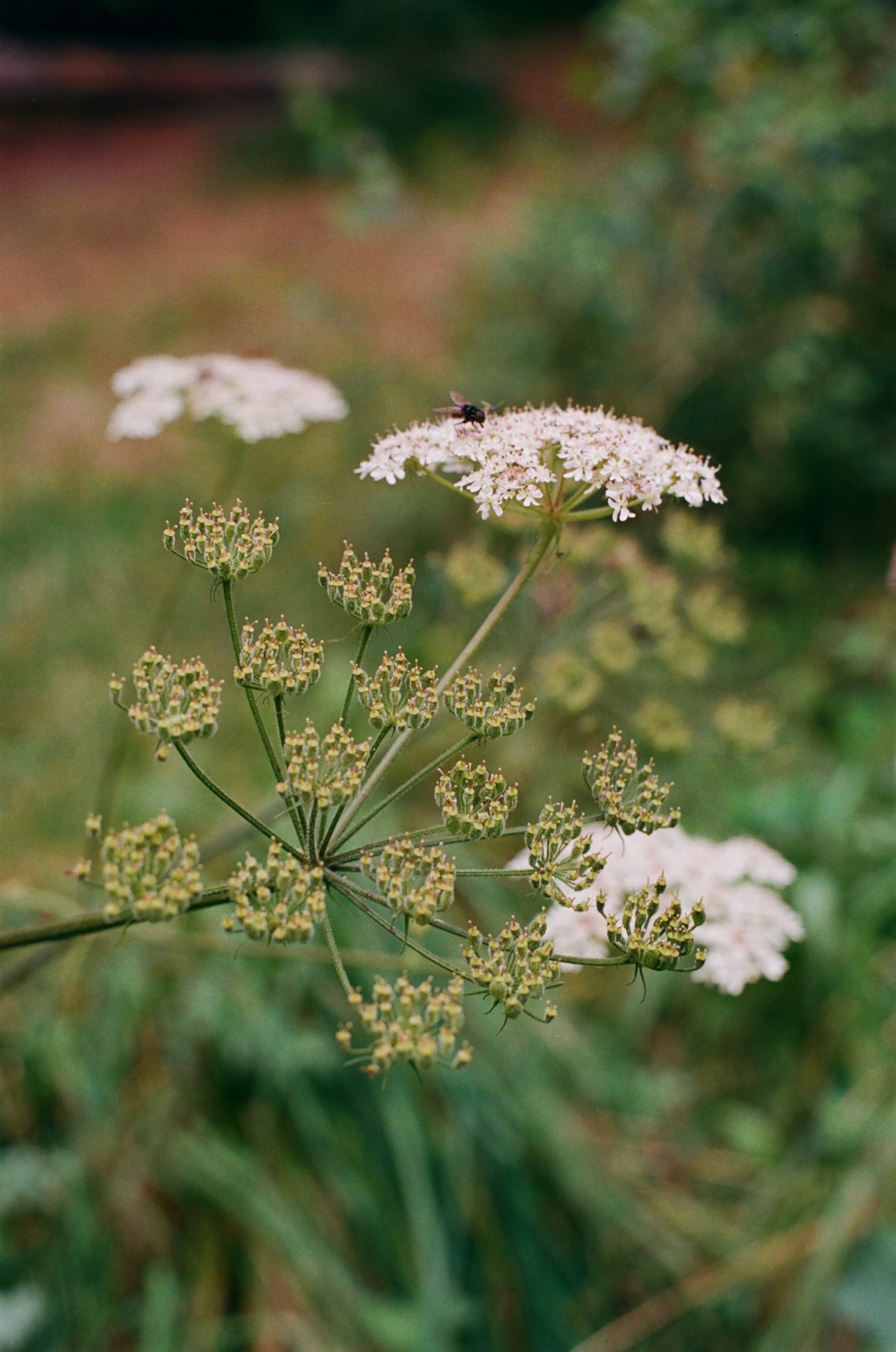
You mention three stages of cheesemaking: farming, making and maturation. How do each of these stages have an impact on the cheese that we eat?
Farming – as many farmers and farmhouse cheesemakers are finding out – is arguably the most important stage in relation to the health of the land, animals and the consumers. Farming forms the building blocks of food, and in terms of cheese, it’s the foundation for determining the quality of milk used for cheesemaking. Factors like the health of the soil and the welfare and diet of the animals are things to consider in this case.
The farmhouse cheesemakers I have visited work to the highest levels of animal welfare, and many are looking to become more sustainable with what they are putting onto the land and feeding their animals for the best possible milk for cheesemaking. Several are trying to be self-sufficient, growing as much as they can on the farm and reducing expensive inputs like imported grain or soya to feed their animals. Farmhouse cheesemakers are also increasing the diversity of pasture their animals are grazing to see whether it affects the final flavour of the cheese. It’s such an interesting subject and one that I’m always learning about.
For the making side of cheese, timings, temperatures, length of making, milk handling, weather conditions, among many more variables, all affect the make. I have tried to lay out the foundations of making cheese in A Portrait of British Cheese as clearly much as possible, as it’s such a complex subject.
Then, the maturation affects the flavour of the cheese. According to the cheesemaker’s preferences, aspects such as humidity, salinity, airflow and temperature are controlled to mature their cheese. The specific ecosystem and microbiome in the maturation process also affects the flavour of the cheeses, the microbiome being, again, like every aspect of the cheesemaking process, utterly fascinating.

Why and how should we be supporting British cheese right now?
Where and when you can, we should be buying directly from cheesemakers – many have websites with online shops – and/or cheesemongers and farm shops who work closely with artisan cheesemakers. We should be supporting them like this as the makers get more income from selling their cheese in this way and it builds relationships, with you, the customer.
How can we connect with the land, farmers, cheesemakers and methods that produce our food?
I always think there should be a GCSE in food provenance or the like to help our younger generations really know where and how our food is produced. But anyhow, I won’t rant! There are plenty of organisations and charities out there that can help connect us with farmers and food producers. The likes of Sustainable Food Trust, Pasture for Life, the Food, Farming & Countryside Commission, LEAF, FarmED, are just a few places to explore that try to untangle the crazy complexities of our food and farming industries, from both ‘top down’ and ‘bottom up’.
What should we be looking for in the cheeses that we buy, and how do we know if they really are made sustainably or regeneratively? Are there particular places we should be looking or buying from?
It is difficult to know exactly what we are buying, whether that’s buying cheese or any other food. So I would always try and buy as local and seasonal as possible; buying as closely to the producer, whether it’s your dairy products, vegetables, fruit, cereals or meat. I always try and do my research before purchasing. You can always head to your local cheesemonger or farm shop and ask where their cheese is from. They are a friendly bunch these cheese folk, and I’m sure they would be happy to chat about their cheeses.
Tell us about one cheesemaker in the book – what do they make, what’s their story?
Cheesemaking on the farm is based on the principle of the circular economic, reusing everything. I tried to focus on those cheesemakers that were as self-sufficient as possible. Two cheesemakers who exemplifies this are Patrick and Becky Holden from Holden Farm Dairy in West Wales, who make Hafod cheese, a Welsh Cheddar. They farm Ayrshire cows, a native breed, and graze them on species-rich pastures on the farm. They have been organic since the 1970s and now produce one of the best Cheddars out there – check them out!
Angus’s Pantry
1. Halen Môn Sea Salt
2. Pimhill Farm Muesli
3. Ground Coffee
4. Pot of local honey
5. Organic veg stock cubes
Read more: A Portrait of British Cheese
An exploration of the people, processes, stories and histories behind the incredible cheese made in the British Isles, A Portrait of British Cheese is a beautiful, thoughtful book that charts 30 farmhouse cheesemakers around the UK. Through interviews, stories, recipes and photography, the book celebrates how British cheese is profoundly connected to the land, farm animals and people involved in making it.
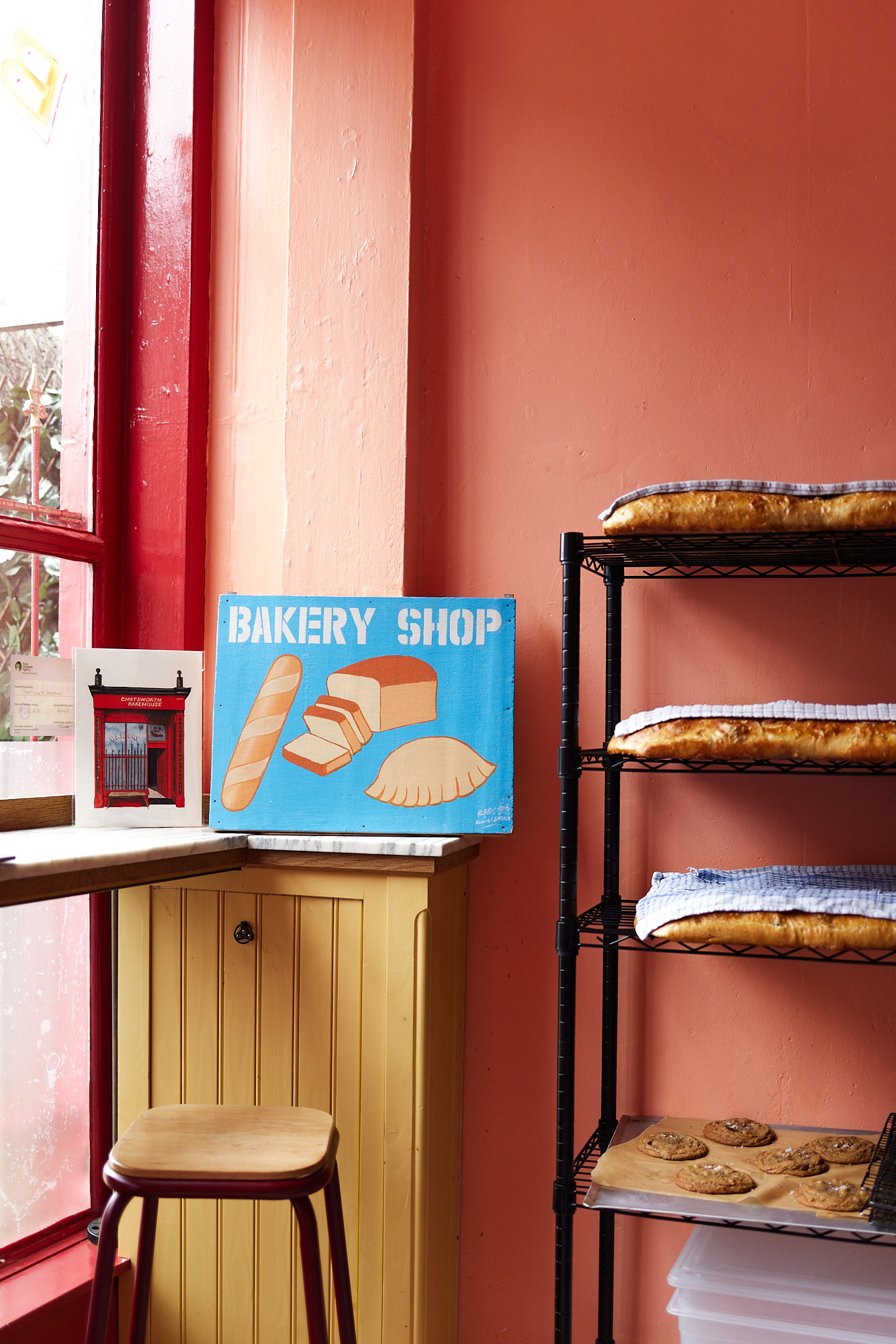
Nestled on the corner of Anerley Road in Crystal Palace, Chatsworth Bakehouse’s candy red exterior makes this small but mighty bakery a hard one to miss. Although Sian & Tom only opened its doors in October 2021, their story goes back to March 2020. This bakery is the product of yet another show of resilience, innovation and sheer love of the craft from the hospitality folk hardest hit by the pandemic. We went over to see Sian & Tom on a Wednesday morning, just as the sarnie production line was beginning — music blazing and coffee pouring — ready for the mad opening rush at 12:30pm.
Tell us a little bit about the story behind Chatsworth Bakehouse —where did it all begin?
Sian: The bakehouse was born in response to Tom’s pop-up restaurant closing when the pandemic hit. The announcement came about not going to restaurants and within hours all his bookings cancelled. With loads of fresh produce on order for a week’s trade — we vowed to not let it go to waste.
“I had put focaccia sandwiches on the lunch menu before but this was a whole different thing. I was getting up at 4am to get the bread through the oven in time for deliveries. We decided to give our little venture a name — ‘Chatsworth Bakehouse’ — an ode to the road we live on.”
He packed up the kitchen and set up camp at home. I started to work from home at my day job as Head of Production at a production company, while Tom began cooking up meals for a local soup kitchen with the produce he brought home. Other food items were donated, and then we started using the left over flour to bake bread.
Tom: Not knowing really how to reach anyone locally, we joined a neighbourhood WhatsApp group and offered to bake bread in exchange for donations — a bit like an honesty bakery. We got a few orders and we donated the money to trusted local groups and charities.
Things escalated pretty quickly and we went from 4 loaves to 40 — putting our little domestic oven at home through its paces. I’m definitely a chef first, baker second, despite baking bread for my residencies. I had put focaccia sandwiches on the lunch menu before but this was a whole different thing. I was getting up at 4am to get the bread through the oven in time for deliveries. We decided to give our little venture a name — ‘Chatsworth Bakehouse’ — an ode to the road we live on.
Sian: We went from baking one day a week to three days a week, and being a full honesty bakery raising and donating money locally, to offering a weekly ‘sarnie special’ for profit (effectively Tom’s new job!). Our living room/kitchen had turned into a full scale microbakery with a weekly bake schedule, three delivery drivers and lots of new customers from all over South London. There were stacks of flour everywhere and it became increasingly difficult to live and work in such a small space. We had to decide whether we were going to call it a day or try and find somewhere for the bakehouse to move to more permanently.
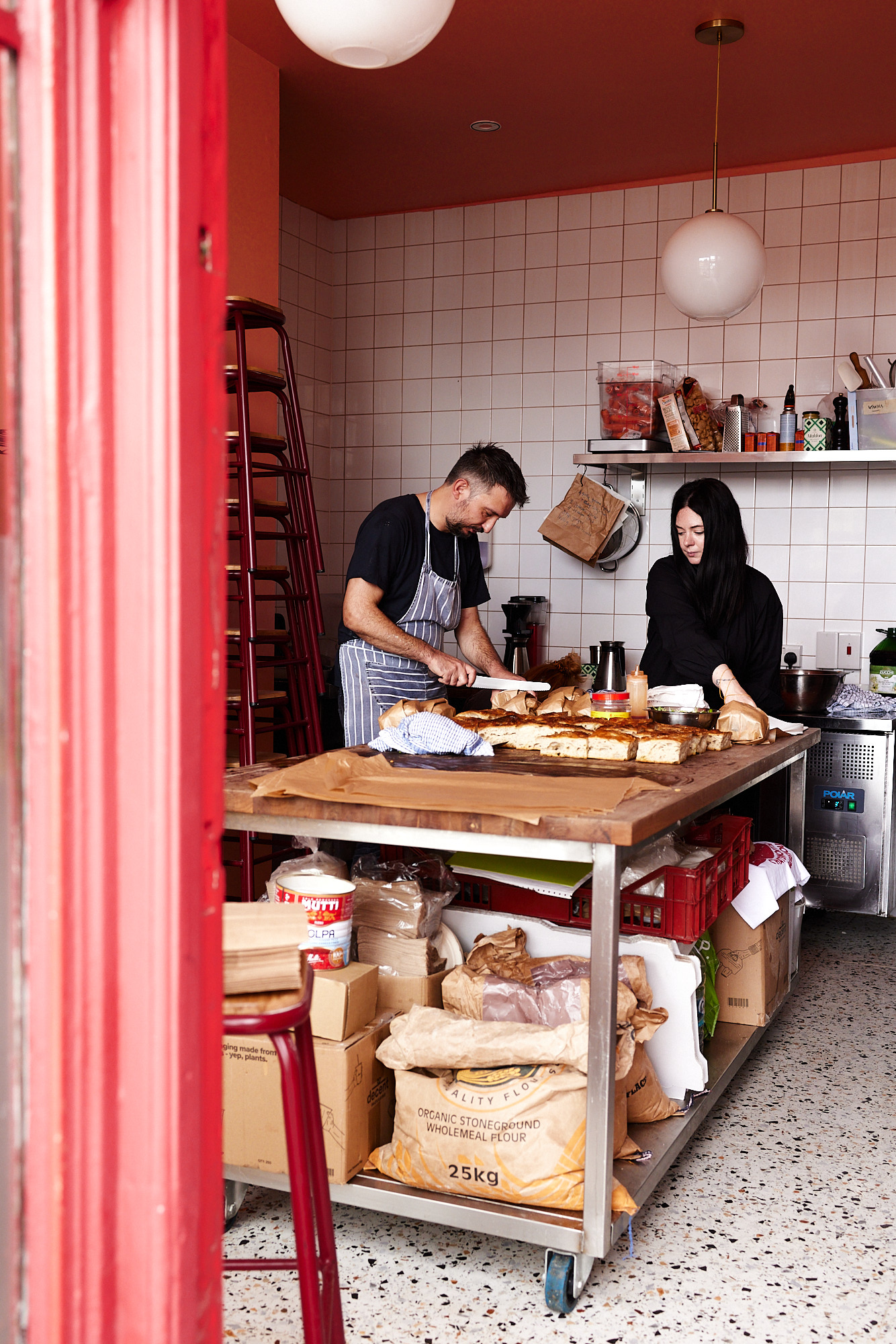
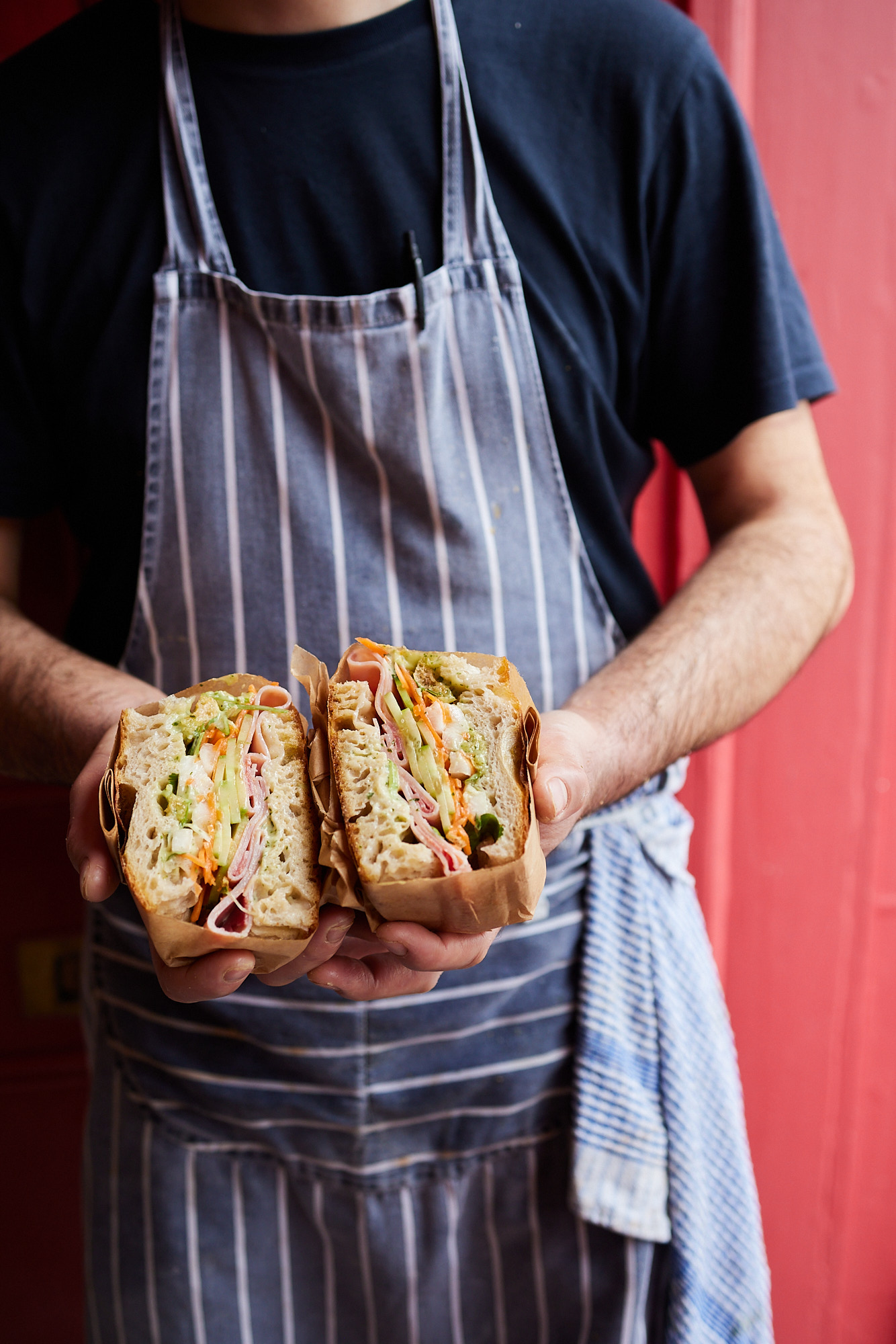
You’re tucked away just at the bottom of Crystal Palace Hill. How did you end up there? What’s it like being a part of the neighbourhood?
Sian: I was in the van doing deliveries on my lunch break from my day job, and we stopped in traffic right outside 120A on Anerley Road. I remember seeing it and thinking how cute (and small!) it was. Super tiny but perfectly formed — and it looked empty. I know that road so well — I grew up around there and had no idea how I’d missed it before.
As soon as I got home, I searched out the name on the front of the shop and contacted them online to see if they were still trading. The owners had moved out of London during the pandemic and were looking to reassign their lease. Three weeks later, it was ours. We signed the lease in June 2021, crowdfunded £12k via Kickstarter within 2 days in September (the floor joists had rotted away so we replaced and refurbed the entire space!) and then finally opened properly to the public the first weekend of October 2021.
Tom: We absolutely love the area. It’s on the main road up to the Crystal Palace triangle — lots of locals, a brilliant sense of community and in a great spot to serve surrounding areas too like Penge, Sydenham, South Norwood and Gipsy Hill. We’ve had customers drive weekly from Brockley and Beckenham, and some customers head over to us from North London on the overground as we’re literally a 5 minute walk from Crystal Palace station. Being part of a neighbourhood spot feels pretty special. You become part of a local story — and we’re really proud to be on that strip with other local businesses.
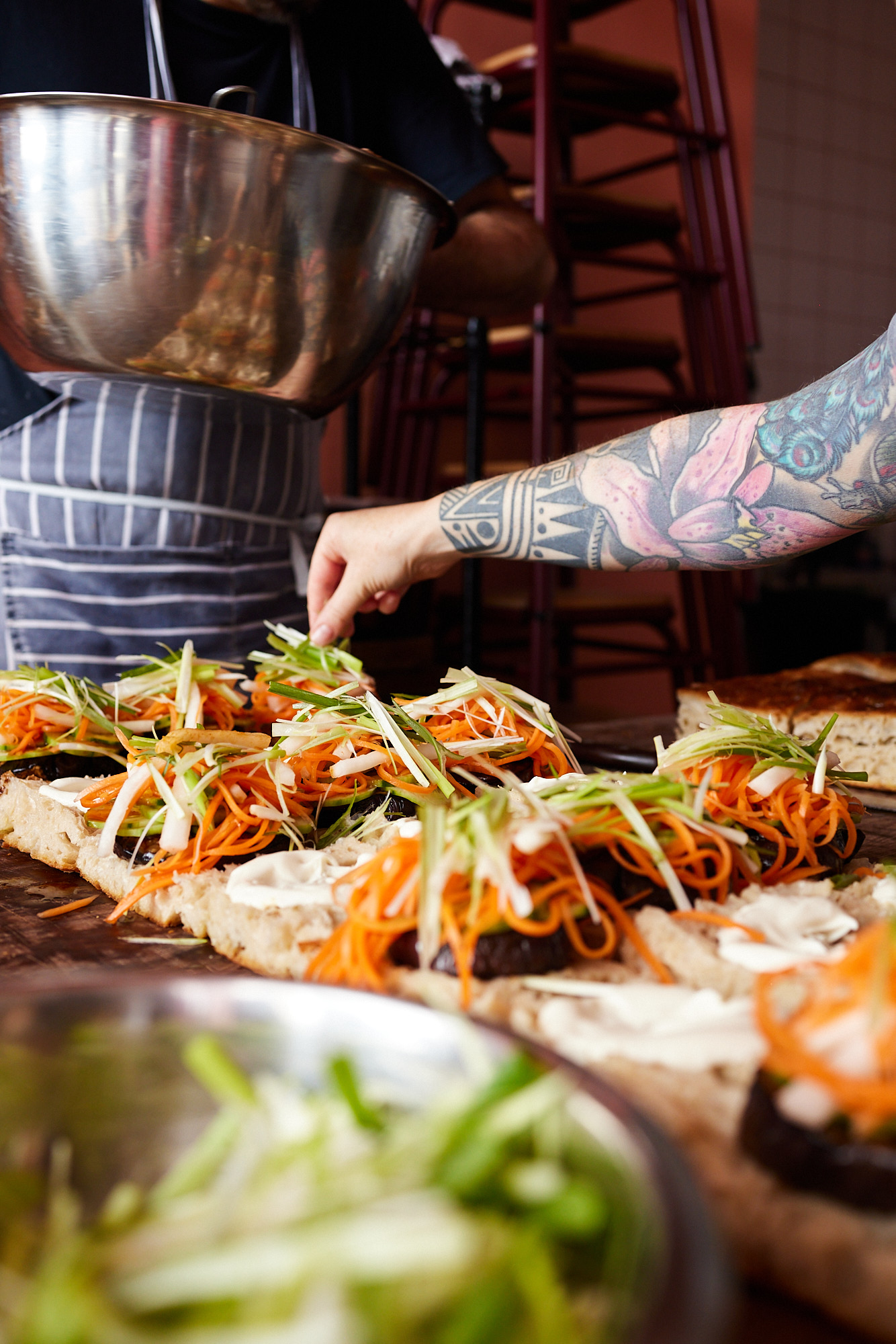
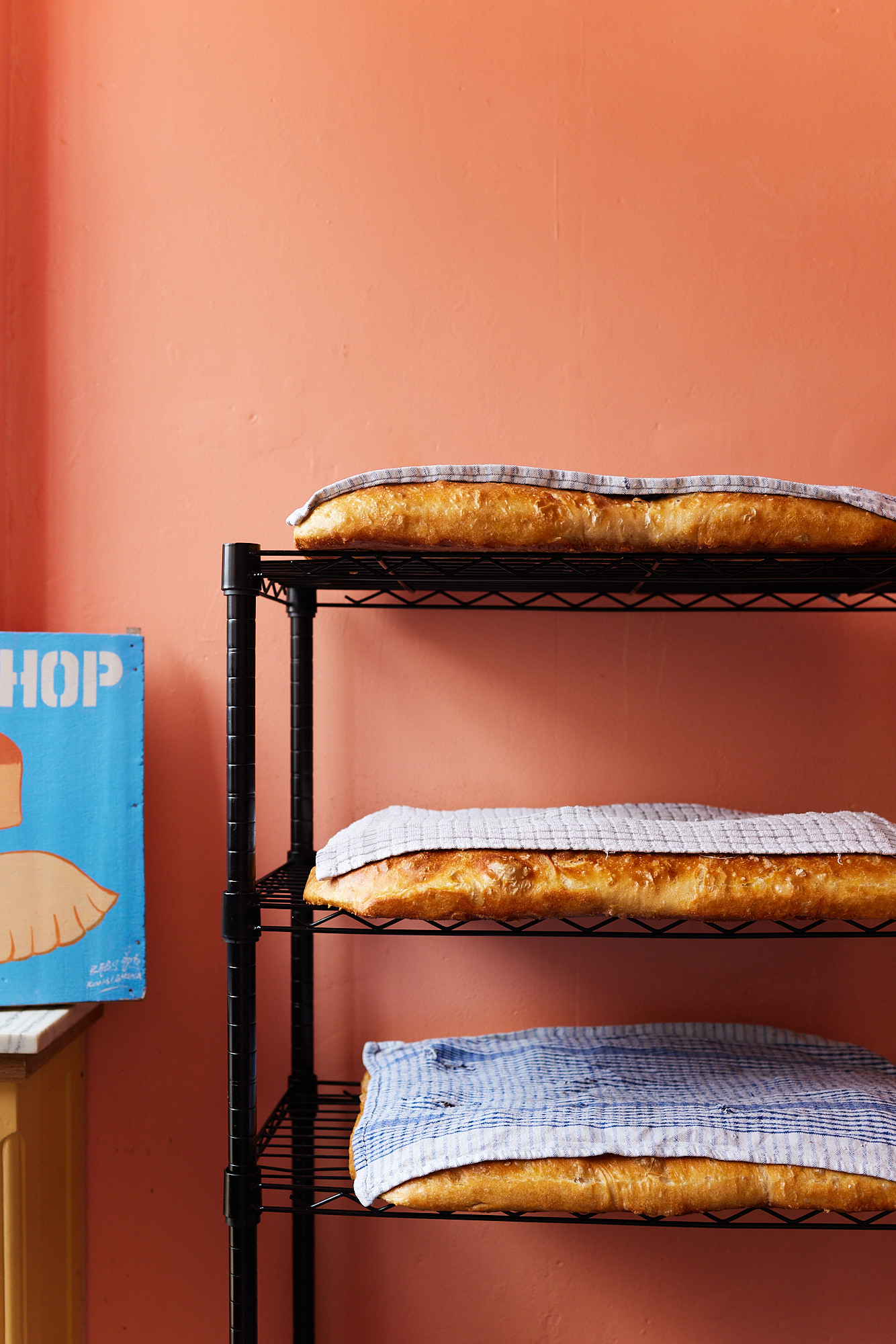
Talk to us about your food philosophy. How do you know what’s going to be on the counter (or in a sandwich…) next?
Our general food philosophy is based around seasonality. When it comes to deciding on the weekly sandwich, that’s pretty much the only ‘rule’. If it’s a delicious combo and can fit between bread, we’ll do it! One week it could be Mediterranean flavours or classic deli style, and the next week Korean chicken or onion bhajis.
For our rotating sarnie, pizza and pie offerings we like to use the best quality, seasonal fruit and vegetables we can get hold of. Due to customer demands there are a few items on our Saturday table that we can’t take off at the moment, so that makes our decisions a little easier…! The only other thing that we think about is the space — what’s physically possible with one main baker, two ovens and one fridge!
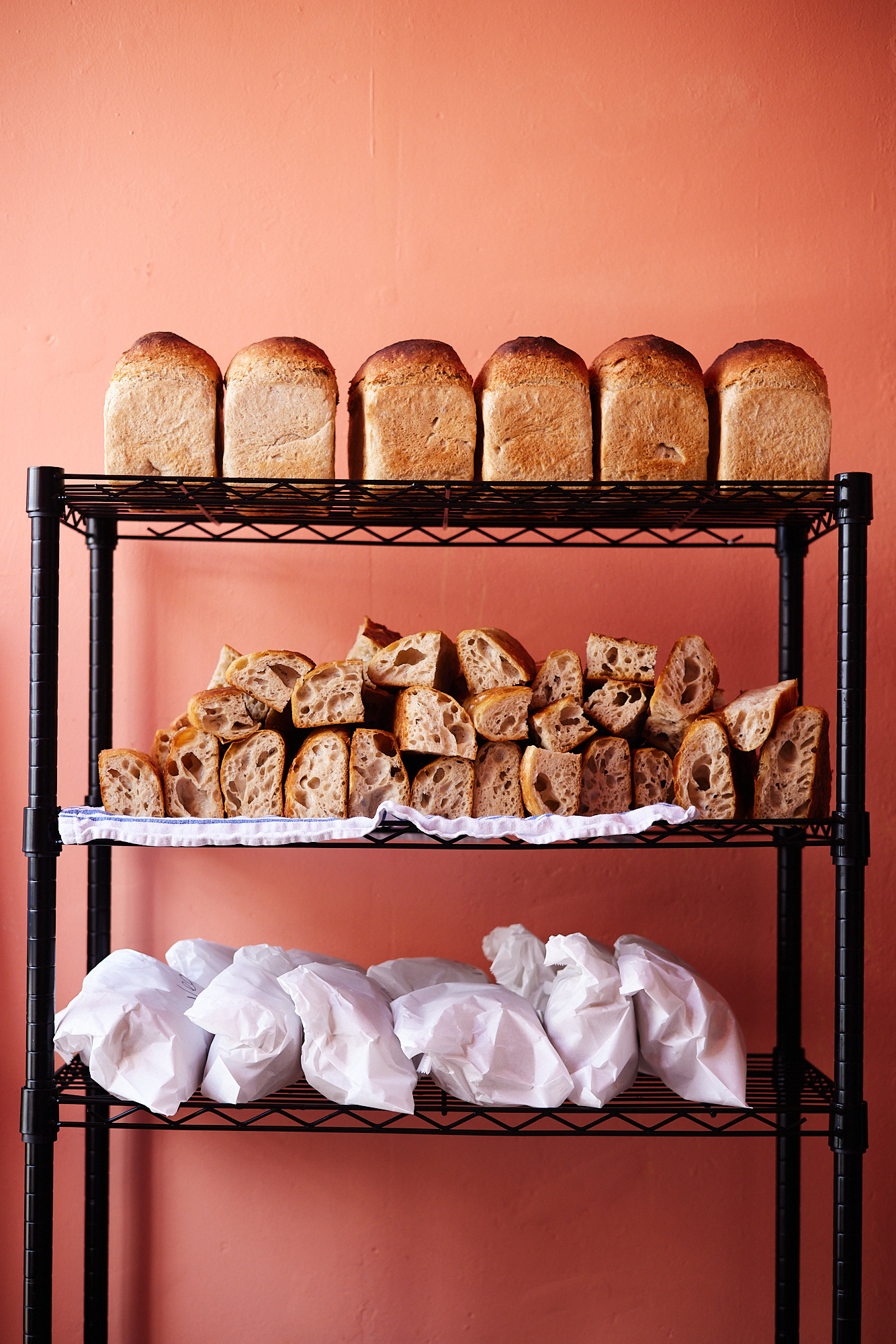
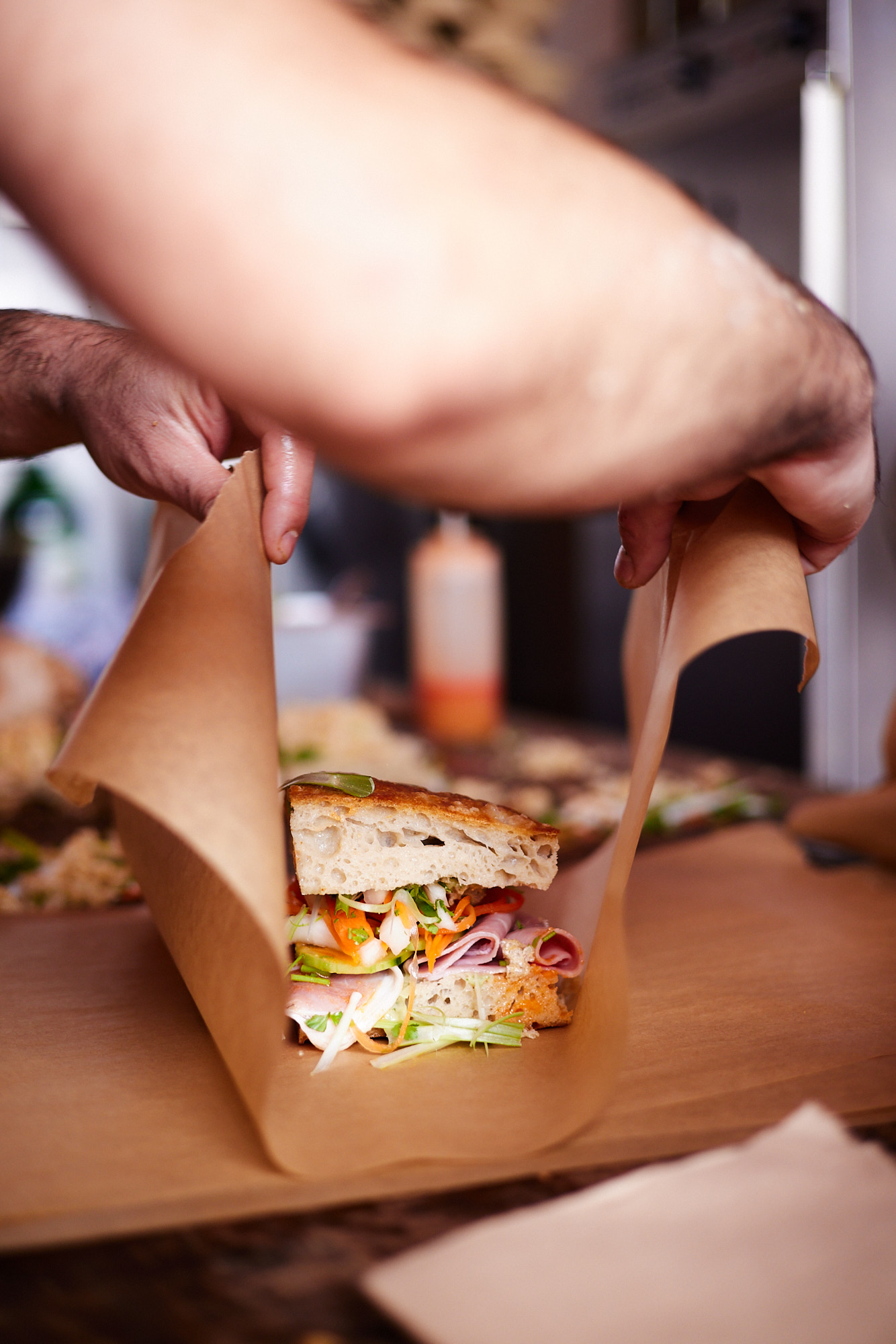
What’s the journey been like being in a bakery team with your other half — from starting off in your flat to moving into a full bakery 18 months later?
I think we can both safely say it’s intense! Less intense now that lockdown is over and we’re out of the flat. We both bring different skills to the business and we have a shared vision on things we like, dislike and want to produce so that definitely makes things easier. Ultimately, we want to make awesome food for locals, bring people together and have some fun. Some days are smooth — others not so much. Sian’s also working another full time job so that’s a spicy added element to add to the party. Starting something in a tiny flat, with limited resources during a pandemic was never going to be easy. When things get heavy we turn the music up and drink more caffeine than we should!
Best sandwich you’ve ever made?
This is a hard one! Here’s a few highlights!
BHAJI BUTTY — Bakehouse bhajis, masala spiced squash, toasted coconut yoghurt, shredded lettuce + coriander chilli relish
TASTY TONNO — Line caught tuna in basil aioli, smashed artichoke with Calabrian chilli, balsamic pickled shallots
ONLY THE BRAVAS — Confit Jersey royals, punchy romesco sauce with Nora peppers + fried almonds, bakehouse vegan alioli, wild rocket + thyme roasted shallots
SARNIEFLETTE — Crispy pancetta lardons, whizzed Reblochon, Grated Comte, Pommes frites with garlic + thyme salt, Bakehouse blonde ale pickles + homemade mustard mayo
KARE PAN CLUB — Roast chicken salad in Golden Curry spiced Kewpie mayo, bakehouse soy mirin pickles, shredded gem, pickled ginger + chilli marinated tomato all wrapped up in Panko crusted focaccia!
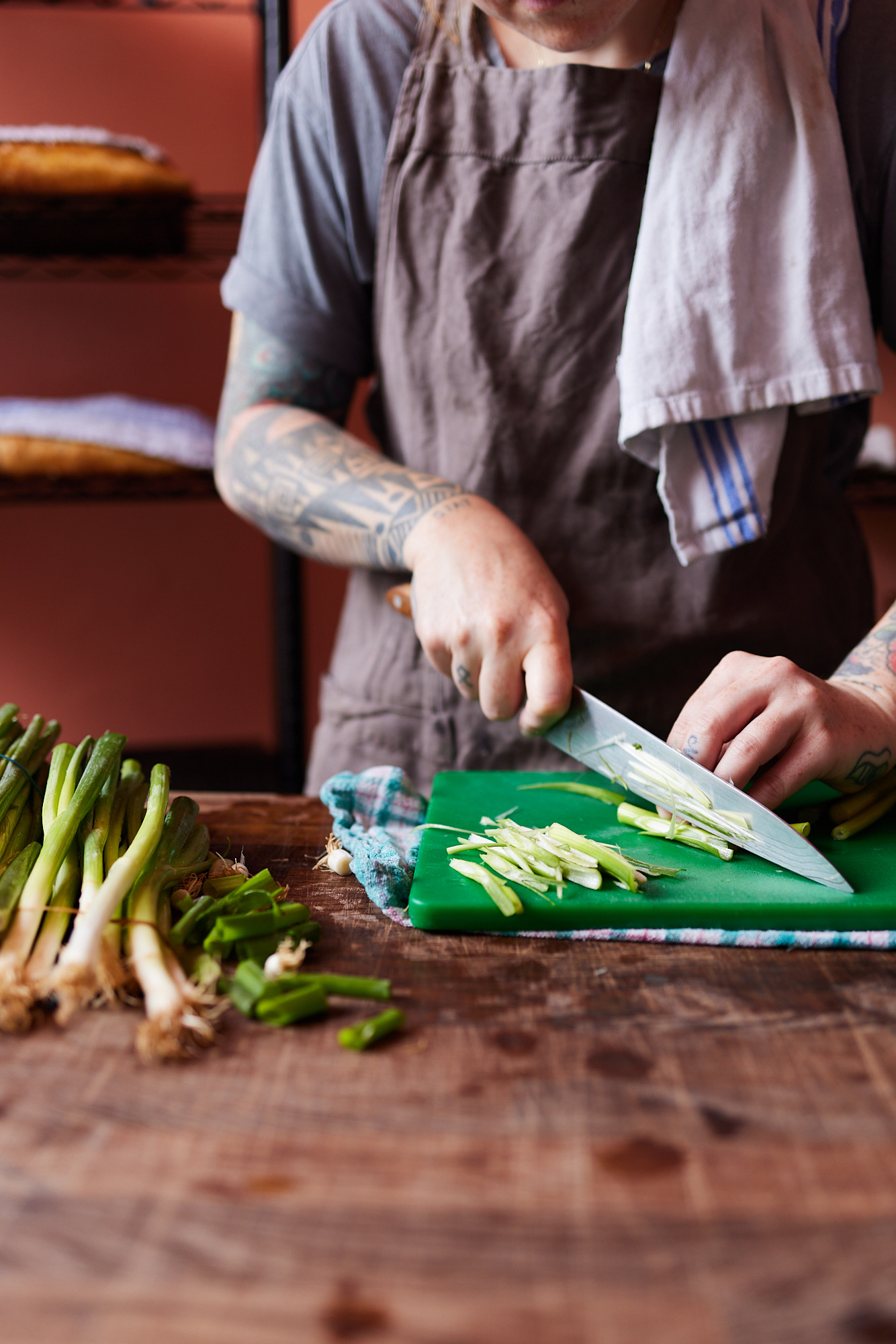
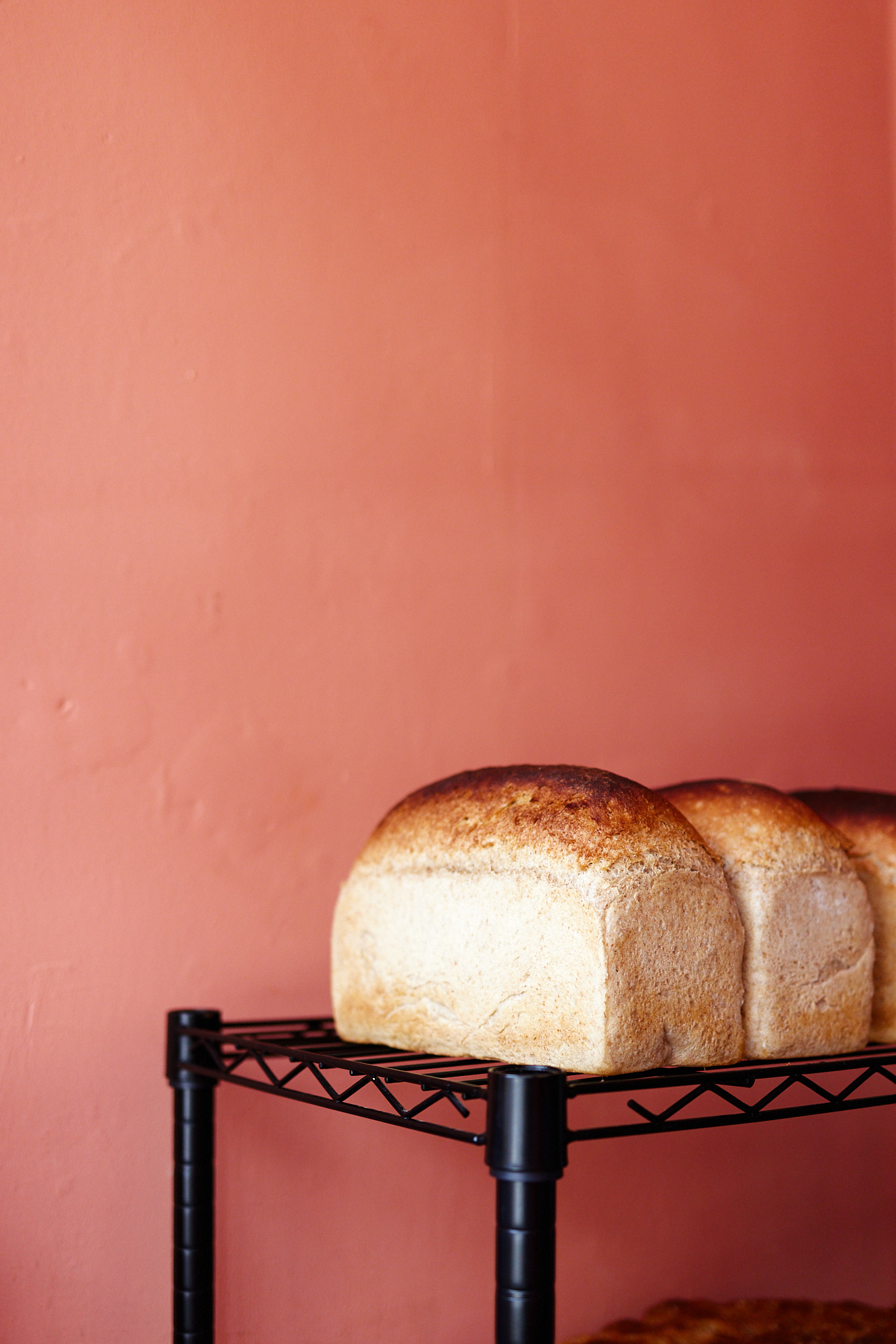
Grandma pizza slices. Talk us through them.
It’s basically a rustic, homestyle pizza — similar to Sicilian style, made popular in the states by Italian Nonnas who cooked pan pizza in a domestic oven. We started selling these from our flat on Saturday nights during lockdown (press flat 1 for pizza!) and now it’s a staple on our weekend menu. Toppings rotate every weekend but we always use Wildfarmed pizza flour which helps makes the crust really crispy on the outside and fluffy and airy on the inside. We’re not too sure if ours is strictly a traditional Grandma style but it’s how we do it and it’s pretty good.
We love to celebrate producers, farmers, growers — tell us about some of your suppliers. Who do you love, what do they supply the bakery with and what makes them great?
Wildfarmed. What they are doing has to be integral to the future of food production. The grain is sown onto live soil with undisturbed, deep root systems. This provides all the natural ecological benefits of rewilding whilst providing a crop to sell on to bakeries while the farmers are guaranteed a fixed price per kilo regardless. On top of all that, the quality of the flour is amazing and is essential to the flavour of our focaccia and pizza!
There’s also Gipsy Hill Brewery. Not a supplier as such, but they keep us pretty lubricated! We’re usually down at Borough every week too – you’ll find us hunting about at Brindisa for goodies or Turnips for veg.
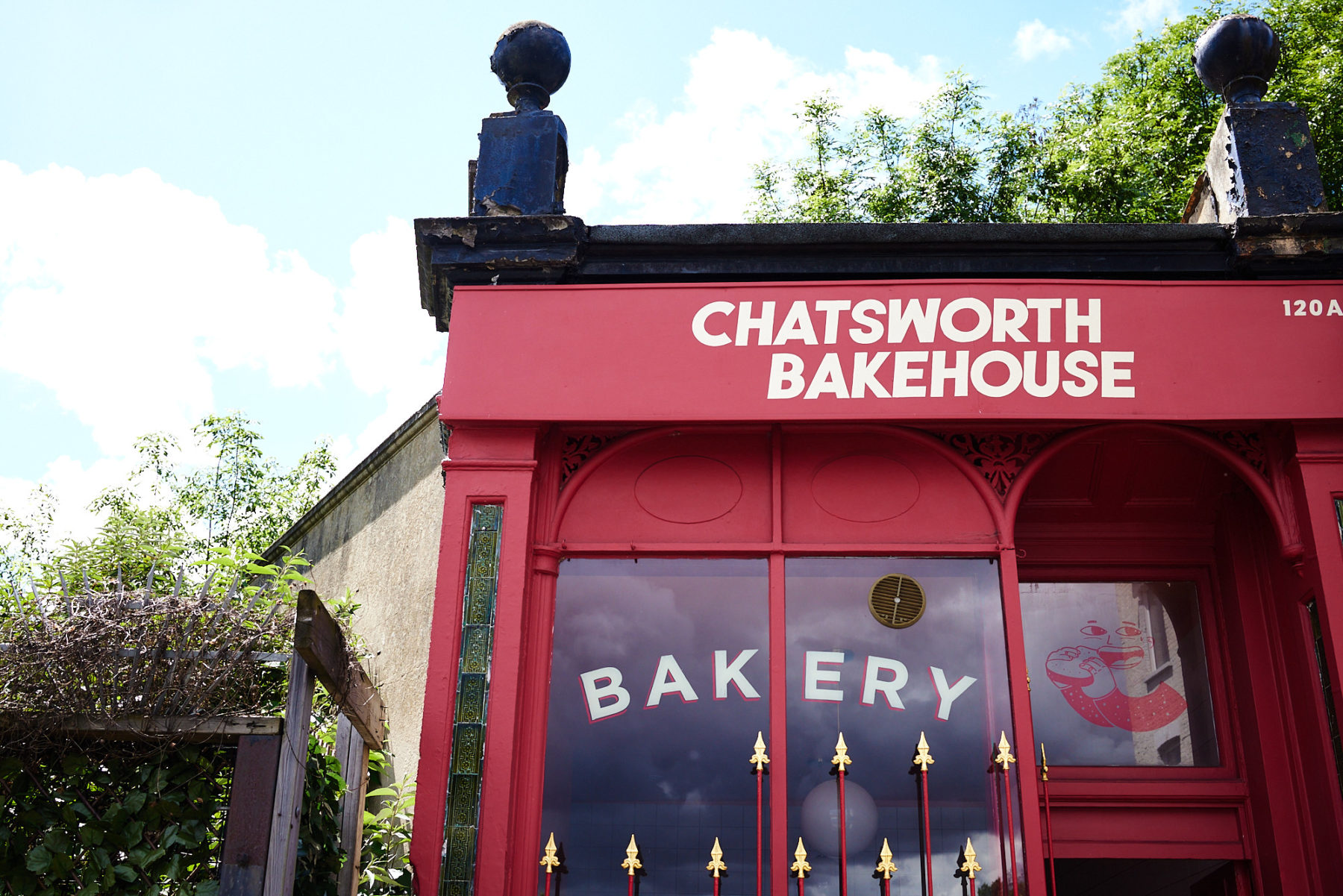
We’re coming to Chatsworth Bakehouse for a sandwich and a coffee — what else should we check out in Crystal Palace whilst we’re in the neighbourhood?
Go for a pint in The Douglas Fir, pick up a record at Mozart cafe, visit Haynes Lane market for some vintage finds, grab a coffee at Four Boroughs and of course — go and see the dinosaurs!
Sian & Tom’s Pantry
(5 items that are always in your pantry or on your kitchen shelves)
Tom:
- Golden Curry Block
- Curve Coffee
- Maldon Salt
- Lap Gan Ma Chilli Crisp
- Parmesan
Sian:
- Albacore in a jar (in olive oil pls!)
- Plum Tomatoes
- Golden Curry Block
- Gochujang
- Linguine
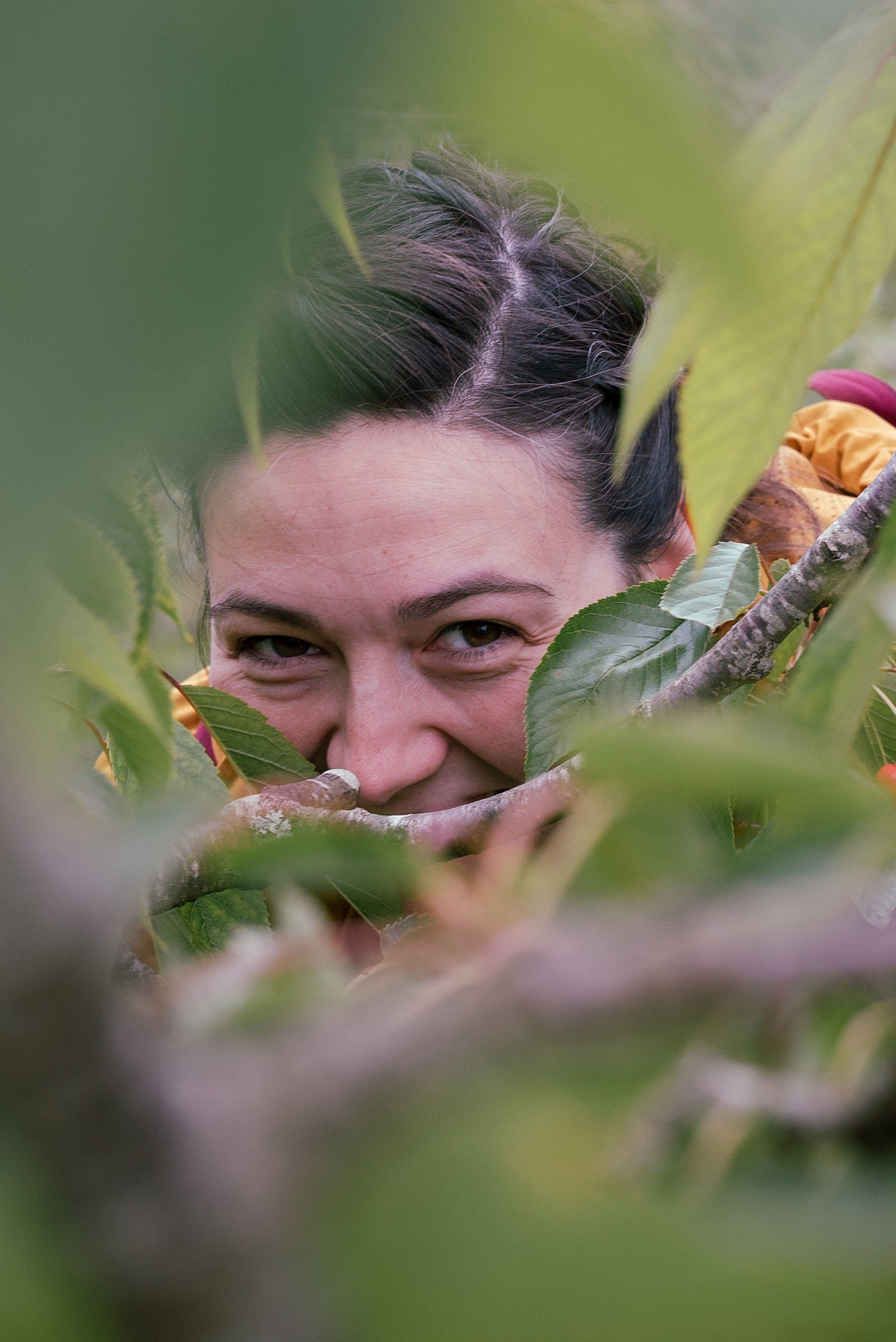
Going from Gramercy Tavern in New York to Lyle’s, Flor and The River Café in London, Anna has spent her career working in some of the world’s best restaurants. She is undoubtedly one of the most exciting pastry chefs in today’s British food scene and has just released her beautiful first cookbook, The Last Bite. The book acts almost as a manual for baking throughout the year, thoughtfully organised by season and led by ingredient. We sat down with Anna to chat about the idea for the book, her love of produce & seasonality, and how baking can become as intuitive as cooking. Look out for a few of Anna’s recipes coming soon in our Summer Edit.
Anna, tell us a little bit about yourself — where did your pastry journey begin?
Cooking was never a career I imagined for myself when I was younger. My family always cooked a lot and I enjoyed baking but I just assumed I would go to university not a culinary school. I ended up going to art school to study Architecture. Whilst I was there I took part time jobs in a cheesemonger and then a bakery/deli.
“If baking makes you nervous then start with some of the things that feel a bit more like the cooking you regularly do. Poach some fruit on the stove, taste it as it cooks, add a little vinegar, add a little sugar, add a little salt. Keep tasting and engaging with it each time you adjust something.”
Over a couple of years it became very obvious that the thing I loved and was really good at was cooking and baking, not architecture, so I dropped out and worked full time in the bakery for a year. It was a very gentle introduction into the food world but a really formative time too. I think those jobs taught me so so much about hospitality and generosity. I spent a year studying pastry at the local college to give myself some confidence and then got a job (after a lot of rejection!) at a new Gordon Ramsey opening in London.
You’ve worked in some incredible kitchens — from Gramercy Tavern in New York to Lyle’s, Flor and most recently The River Café in London. Has there been a particular restaurant or job that’s made its mark on you most?
I’ve tried to take big lessons from them all, both the positive and negative. I got the job at Lyle’s at the most fortuitous moment for me. I was figuring out my dessert language whilst the restaurant was developing in its early years. I am so incredibly grateful to the team there and James Lowe for giving me that amazing education and space to learn. It’s definitely been the most formative in terms of my cooking. Gramercy Tavern gave me incredible friendships and the permission to see a different kind of pastry and desserts. The River Cafe has taught me how to build a positive, dynamic team myself and how to relax a bit and take real, simple joy in each ingredient as the seasons come.
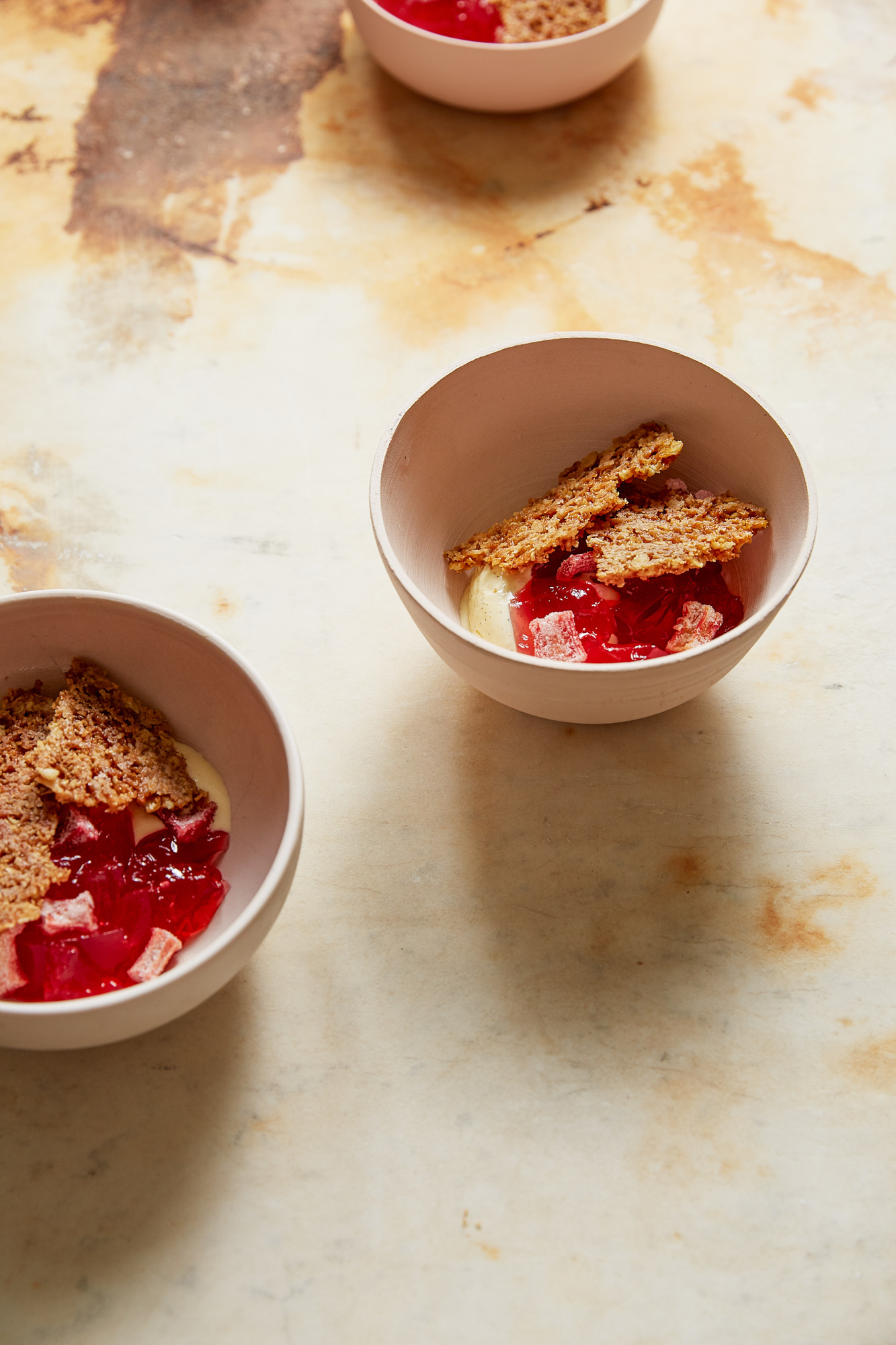
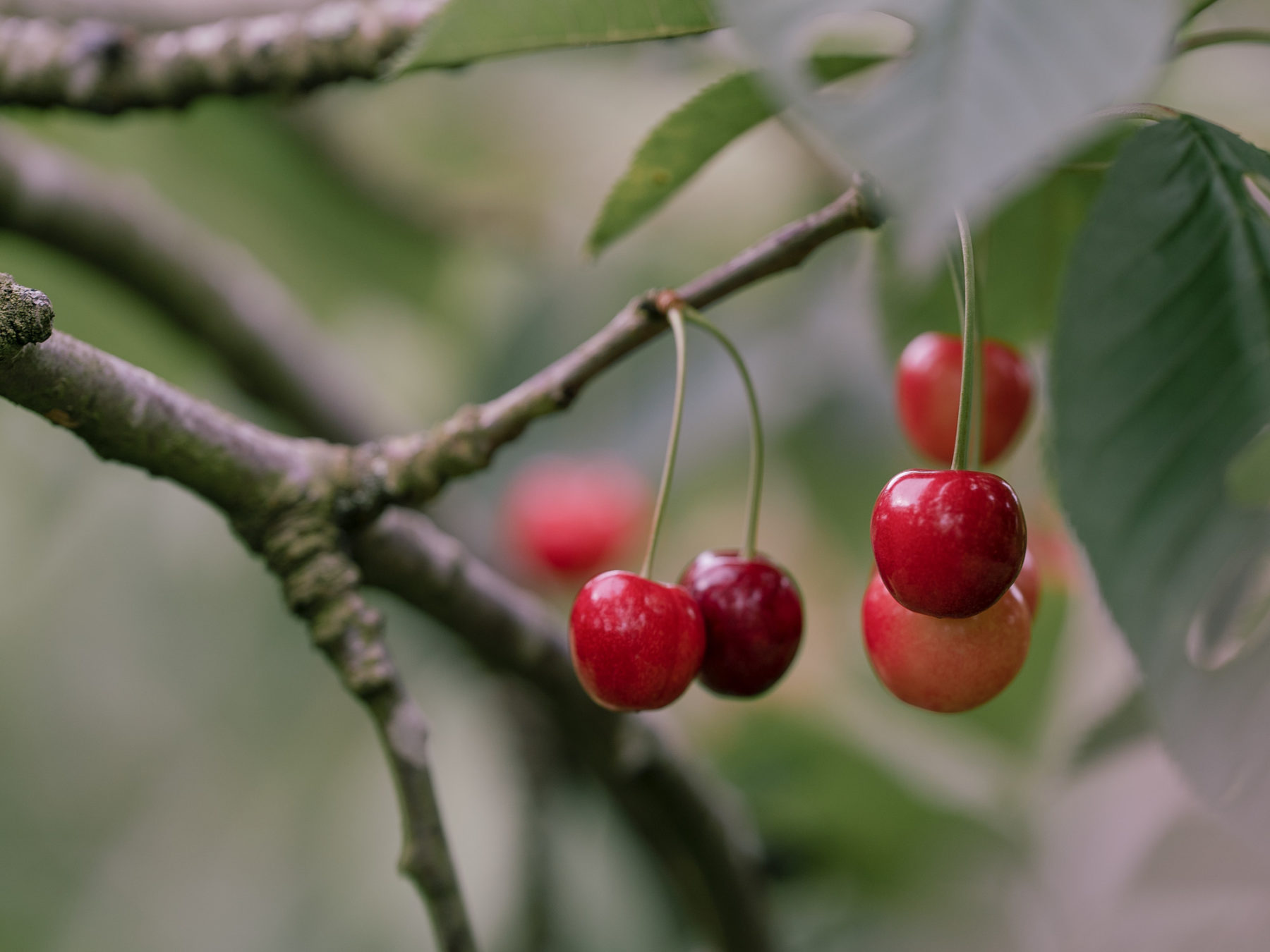
Your book The Last Bite is based around baking through and with the seasons, led ingredient by ingredient. Where did the idea for the book come from? Why did you choose that ingredient-led format?
One of my favourite ever pastry books is The Last Course by Claudia Fleming, that and Chez Panisse Desserts by Lindsey Shere — they are the two I dip into the most for inspiration. They are organised by season and ingredient and I’ve always found it incredibly useful. Every new season, or as a new fruit is about to arrive, I sit with those books (and Jane Grigson’s Fruit Book too) and read through the appropriate chapter. I rarely make a recipe directly from them but hearing the way they think, treat and pair that particular ingredients always sparks something for me. I always wanted a British version and after many cycles through the seasons in pastry kitchens I finally felt that I could be the one to write that book.
Do you have a favourite season in the kitchen? Is there one ingredient that you just cannot wait for each year?
So hard! Summer is glorious in the pastry kitchen, the soft fruits come so quickly one after the other almost bowling you over with their plenty. But then I love autumn with the figs and grapes and apples! I’ll say summer. I think strawberries are the thing I feel the real longing for as there is such a long period of waiting between the forced rhubarb and citrus of winter and the first expression of summer. I get so excited the first sunny day that I can head to the fruit farm to pick them.
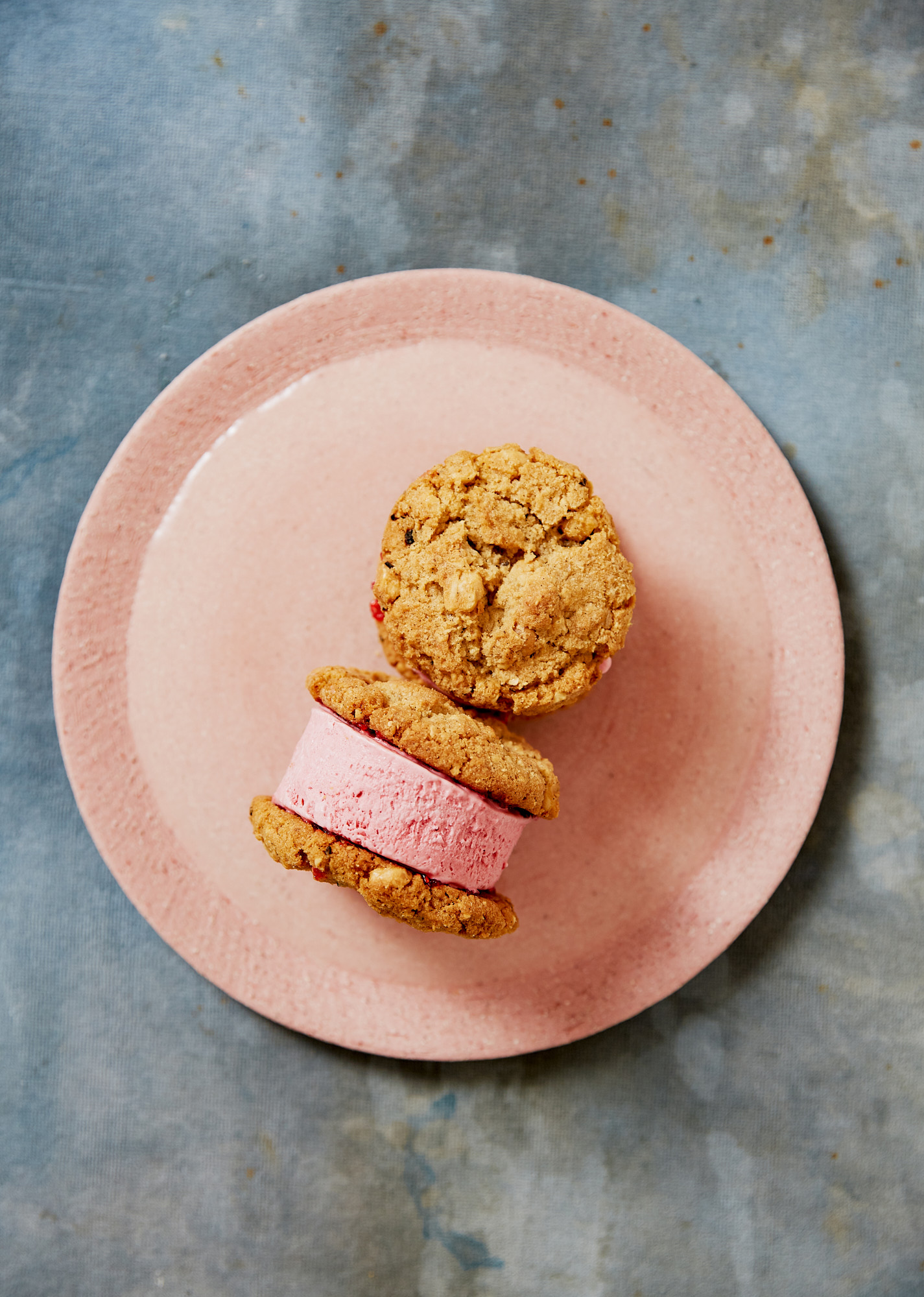

With everything available year round these days it can be hard to know how to know what’s in season. How can we integrate seasonal cooking (and baking) into our lives a little more?
If you’re shopping in a supermarket, which we all have to do, then read the labels on the produce and see where it’s being grown. If it’s something that’s in season it’ll generally be grown in the UK. Strawberries are a good one to look at, they’ll be from Spanish greenhouses most of the year but when they are finally here they’ll definitely be British. It’s a lot about learning I think. If you read recipe books that are organised seasonally it all starts to click into place. If you can get a veg box (I really like Farm Direct for mine) then that also really helps you understand what grows when. Or visit a local greengrocer, find a pick your own farm. I know those things cost time which not everyone has so I think just that first act of being aware of where the produce you’re buying has come from will help massively.
You place a lot of emphasis on sourcing well — tell us why you’re so passionate about produce. Is it more than just taste?
Something that has been grown and handled with care and attention will always taste better, yes absolutely. I’ve had the immense privilege to visit a lot of farmers, growers and producers over time and I think understanding the work they do before the product reaches my hands makes me so much more respectful of the way I treat it. It’s humbling in a very positive way to think that the real alchemy shouldn’t happen in your kitchen but in the field.
Environmentally it can feel like a losing battle against monocultures and giant food businesses that aren’t growing for the planet but for profit. The way to turn that around is to try as much as possible to have direct relationships with the people actually producing the food. That relationship takes the power out of ‘big food’ and puts it back on a personal level. When there’s too much of something we can take more and figure how to make something delicious, when there’s not quite enough we know we’ll still be there to support the farmer or producer no matter what. It’s about being part of a resilient food system rather than an extractive one.
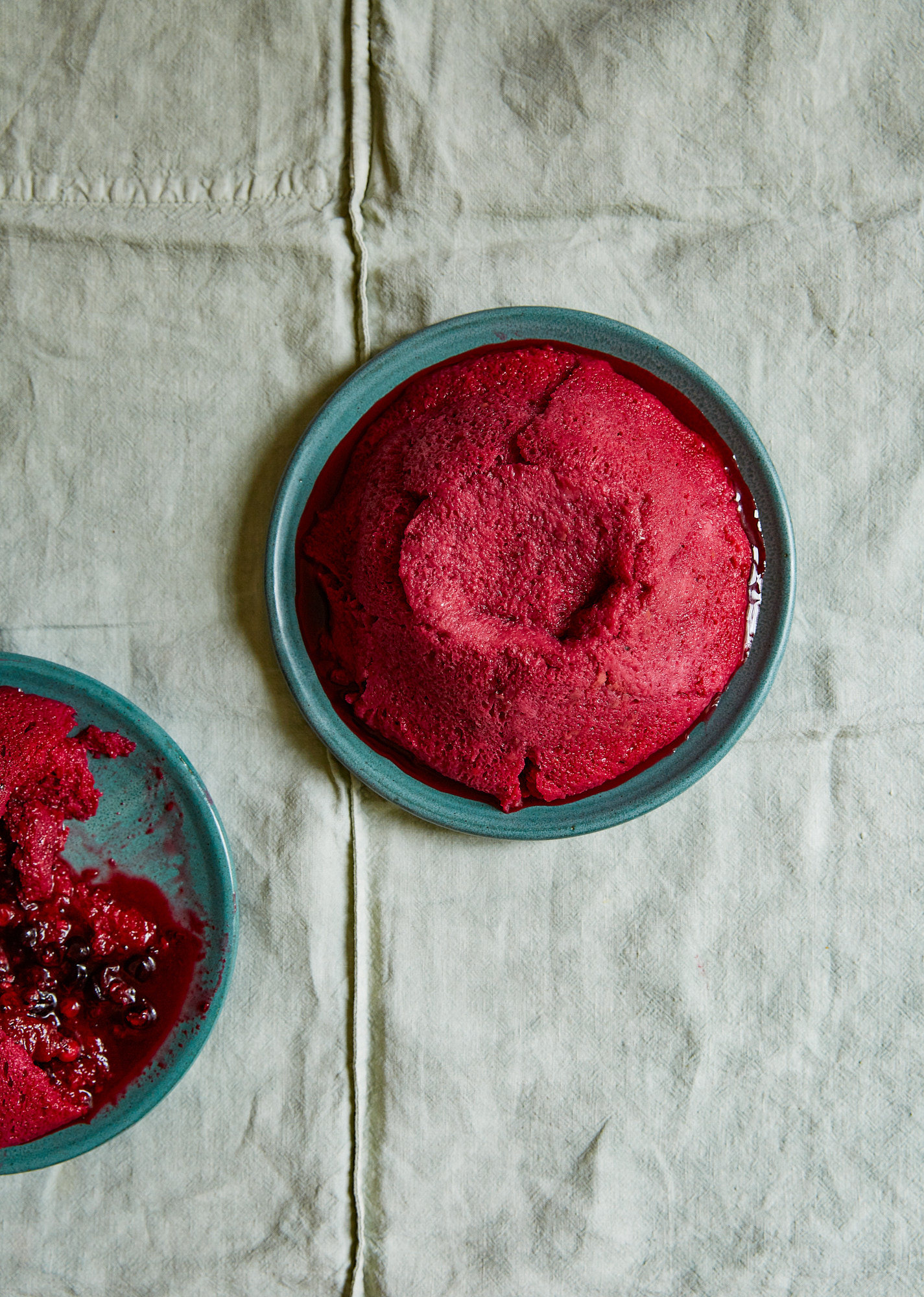
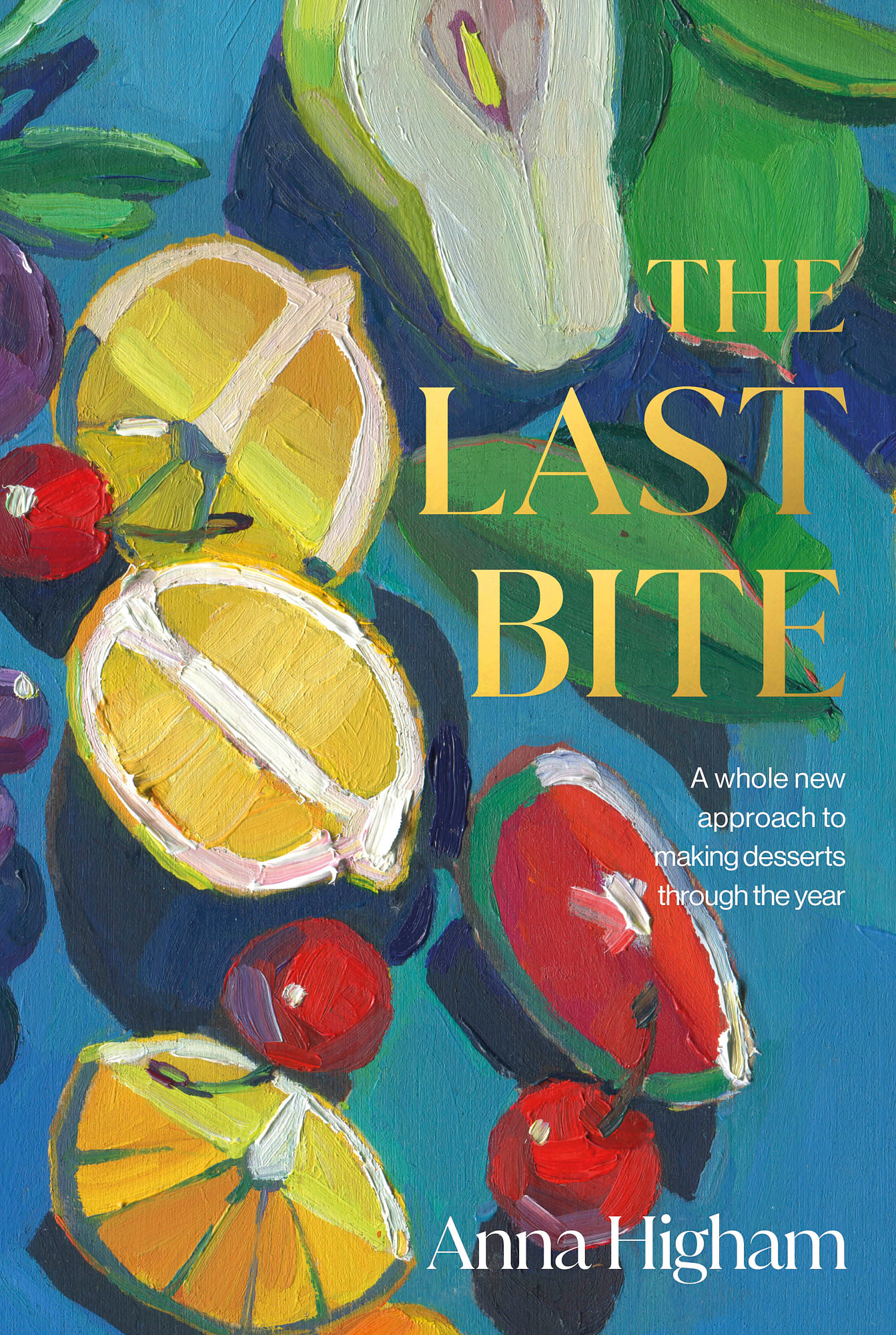
So many people are often intimidated by baking and dessert recipes, but you argue that it’s actually not so different to savoury cooking. You even talk about seasoning your desserts. Talk to us a little bit about that — what advice might you give to those who don’t feel as confident on the sweet side?
I think people get very tense when a set of scales comes out or they hear the word dessert. The sweet side of cooking has this reputation as scientific and mysterious. I kind of think all cooking is a bit of magic, it’s all transformational in its way, and dessert is no different. I am not a scientific cook in either sweet or savoury and I really don’t believe you need to be to cook good pudding. It’s just about paying attention to whats happening in front of you and getting comfortable with mistakes. Sometimes those mistakes feel a bit more dramatic with desserts, your cake doesn’t rise, your meringue is sticking your teeth together. I’d say when those things happen, make that recipe again as soon as you can and pay attention at each step to see what would make it better.
If baking makes you nervous then start with some of the things that feel a bit more like the cooking you regularly do. Poach some fruit on the stove, taste it as it cooks, add a little vinegar, add a little sugar, add a little salt. Keep tasting and engaging with it each time you adjust something. Then make the rice pudding, then maybe a custard. Get to know a recipe and feel comfortable, then move onto something a little bit more involved. And just make them for yourself the first time, take the pressure off. That way if something goes wrong it doesn’t really matter, you’ve learnt something anyway!
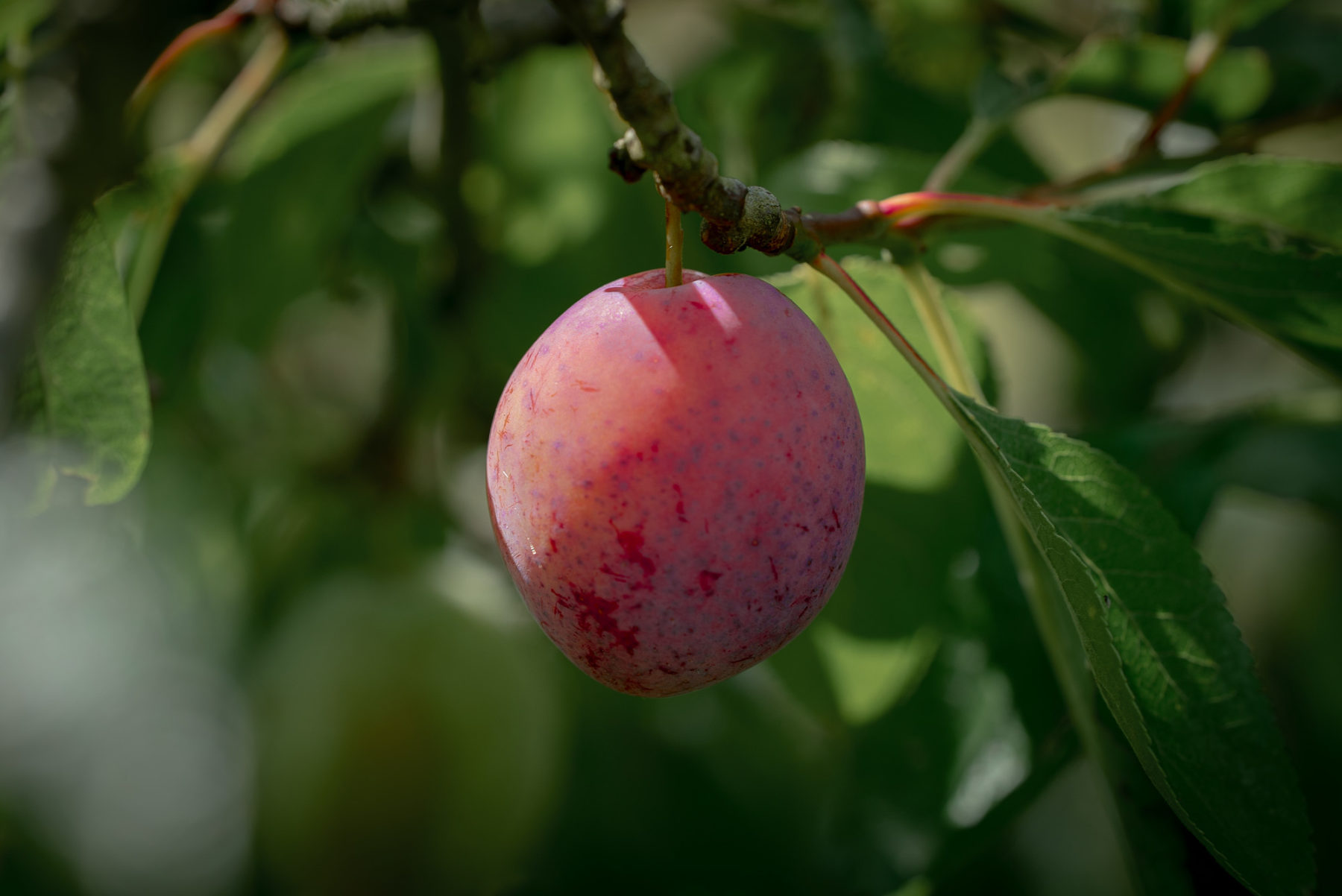
Finally, describe your ideal day off — where would you hang out, what would be your favourite spots to go eat at, or what would be on your list?
I would probably drive out to Maynards fruit farm with a picnic, pick loads of fruit and eat lunch under the cherry trees! Then back to London and dinner at 40 Maltby Street, it is consistently excellent and always has perfect desserts. If I was doing a bit of a dessert crawl around the city I would be stopping into Quo Vadis for something covered in custard (and maybe a martini to start it all off) , then onto Sessions Arts Club for a perfect panna cotta, over to Bright for whatever seasonal pudding is on that day and then finishing at Maltby Street for a glass of wine and hopefully something deep fried with custard.
Anna’s Pantry
(5 items that are always in your pantry, or that you can’t live without!)
1. Plenty of golden caster sugar
2. Seasonal honey, I love heather and chestnut when I can get it.
3. Pimhill oats (the most delicious oats ever!)
4. Good olive oil, I’ve been spoilt by the River Cafe
5. Spices – mahleb, fennel seeds, ground ginger, allspice, star anise, smoked paprika
Read more: The Last Bite
A guide to baking throughout the year and with the seasons, Anna’s book is not only beautiful but thoughtful, educational and worth having on your kitchen shelf if you want to learn more about the art of making desserts. The Last Bite: A whole new approach to making desserts through the year by Anna Higham. Published by DK, 5 May. £22. Recipe photography: Kim Lightbody, additional photography: Miles Hardwick.
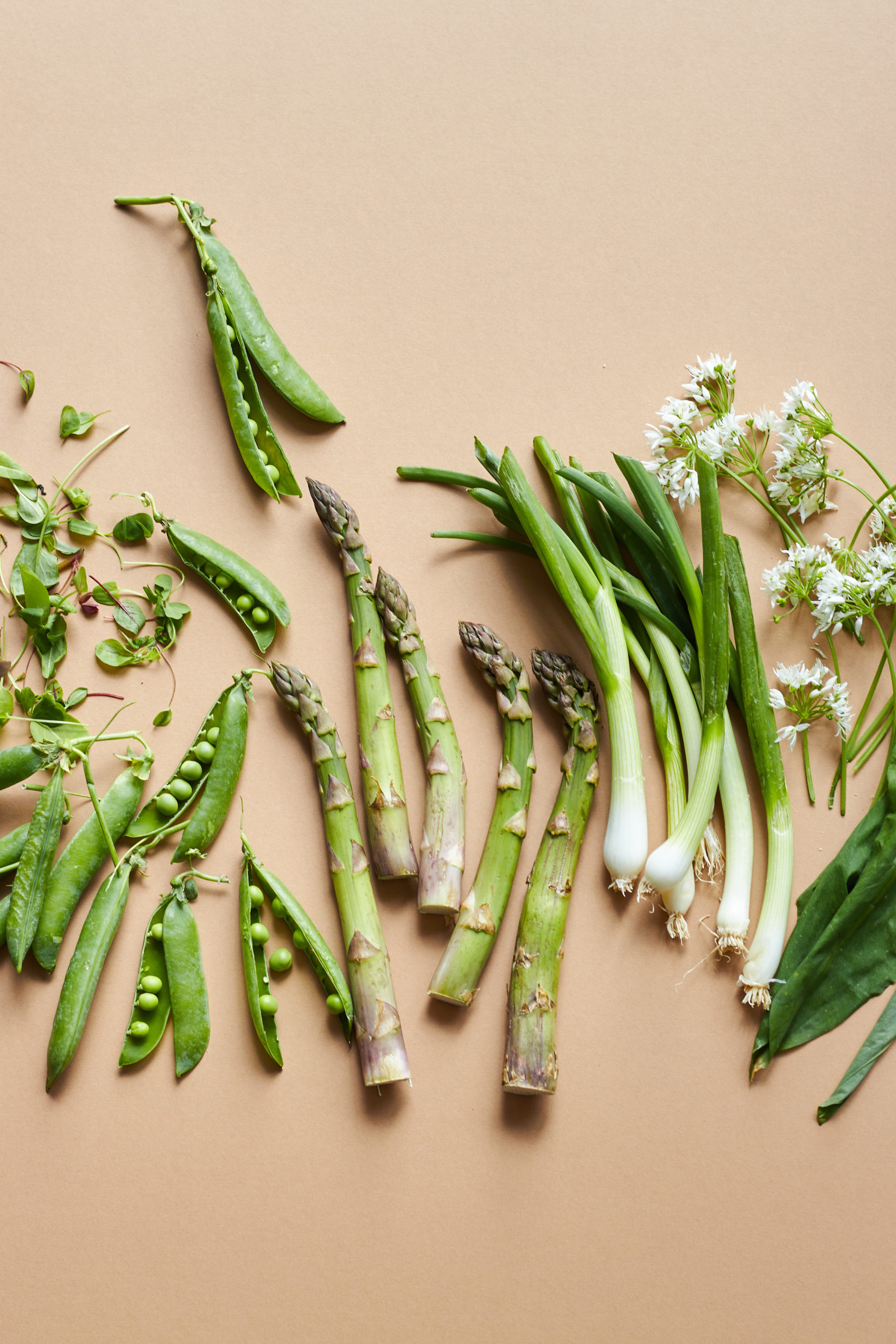
Each season, we highlight the best produce available to guide you through our recipe edits and what you should be cooking with at the moment. If you’re curious and want to know more, a good starting point is our Introduction to Seasonal Eating. It’s by no means exhaustive, but it’s food for thought on why and how we can be eating more seasonally.
In this season’s guide, we’ve listed the best of the Spring’s fruit and veg right from now until the beginning of July. Everything around this time of year begins to look a little more green — from the first of the asparagus through to deep green leaves of wild garlic.
Our seasonal guides are a good overview of what’s at it’s best over the next few months, but remember that all produce works in early, peak and late seasons — we mention some of them below, but we’ll be delving into that in more depth a little later on.
“Everything around this time of year begins to look a little more green — from the first of the asparagus through to deep green leaves of wild garlic.”
For now, here’s our list of the best produce available right now. Try building a dish around one of these ingredients — it’s actually a really great way to work out what to cook when you’ve run out of ideas or inspiration in the kitchen — and it’ll get you excited for what’s coming next too.
Asparagus
One of the first signs that Spring has well and truly arrived is the appearance of those unmistakable bright green bunches of asparagus. British asparagus appears mid to late April and it’s not around for too long, quickly disappearing in June, so it’s pretty much exactly in season within Spring. The freshest asparagus needs little more than a squeeze of lemon when after boiling or steaming, but it’s a vegetable that works incredibly well with a range of flavours, probably most famously hollandaise.
Try Gill Meller’s Asparagus with Labneh & Seeds — a great one for your first BBQ of the year, and a really beautiful way to cook it. The acidity from the yoghurt cuts perfectly through the sweetness of the asparagus, in a similar but softer way than hollandaise would.
El Kemp’s Asparagus Fregola is one you’d happily throw together for lunch or dinner during the week, if you’re looking for a more simple recipe to get your asparagus fix.
Broad Beans
A lovely sign that Summer is coming, broad beans appear around May and are beautiful to cook with. They are exactly the kind of thing you want if you’re looking to slow down in the kitchen as they take a little extra time to pod. There’s something almost meditative about podding them — you could honestly spend hours doing it (depending on how many people you’re cooking for…!) Although they’re also delicious in their skins, so the choice is yours.
Nuno Mendes’s Coriander Marinated Broad Beans is a great one to try if you’ve got some broad beans on your hands this Spring. It would make a perfect side dish to fish, meat or chicken, especially Nuno’s Piri-Piri Chicken if you want to keep things Portuguese.

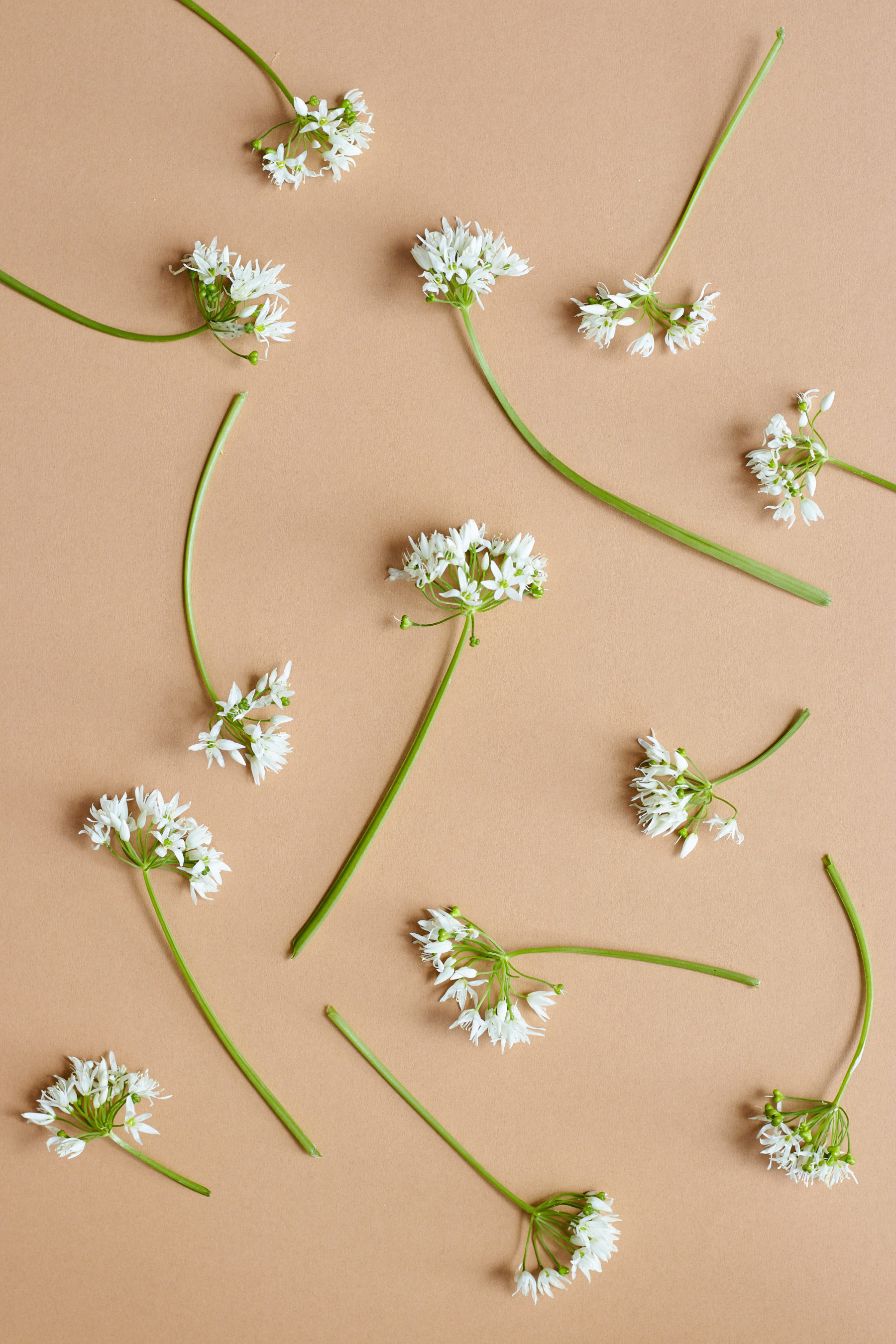
Purple Sprouting Broccoli
One of our favourite vegetables gets a bit of a facelift from it’s Spring cousin, purple sprouting broccoli, at its best in March and April. It’s got that familiar sweet and soft broccoli flavour, but the thinner, leafy stalks and smaller heads give a nice change in texture to our usual friend. The purple colour does actually disappear slightly when cooked through, but it’s also delicious raw in your salads, and in any recipe, PSB can pretty much just be interchanged with tenderstem too.
If you’re interested in how food can benefit our mental health, plant-based food writer Lauren Lovatt is the one for you. Her CBD Stir Fry makes use of in-season PSB or tenderstem broccoli together with fresh herbs, spices and adaptogens.
Carrots
We’re used to eating carrots year-round, and generally they are available throughout the seasons, but there is nothing like a young, sweet carrot in late Spring and early Summer. You’ll know you’ve got one when you want to eat the skin, it’ll be just as sweet and flavoursome as a peeled carrot in other months.
Honey & Co’s Roasted Carrots with Pistachio Cream, Coriander Seeds & Honey are a good one to make around now — if you’re reading this early in Spring you could also make the most of the last few blood oranges in this recipe. Or Lauren Lovatt’s Smoked Carrots on Charcoal Pancakes are a good one if you’re after something a bit different and want to spend some more time perfecting your
Jersey Royals & New Potatoes
Spring is the season of all things new, including potatoes. Jersey Royals are particularly special, grown only on the island of Jersey due to its unique growing conditions. Their season is so short, beginning at the end of March and lasting only until early July, so make the most of them whilst they’re around. They have a soft texture and somewhat nutty flavour — they’re smaller at the beginning of their season and sightly larger at the end.
Flora Shedden’s Sorrel, Asparagus & Potato Salad, a recipe she’s written exclusively for Another Pantry, makes the most of Spring ingredients right through to the dressing. Use new potatoes or Jersey Royals if you can get hold of them for something extra special.
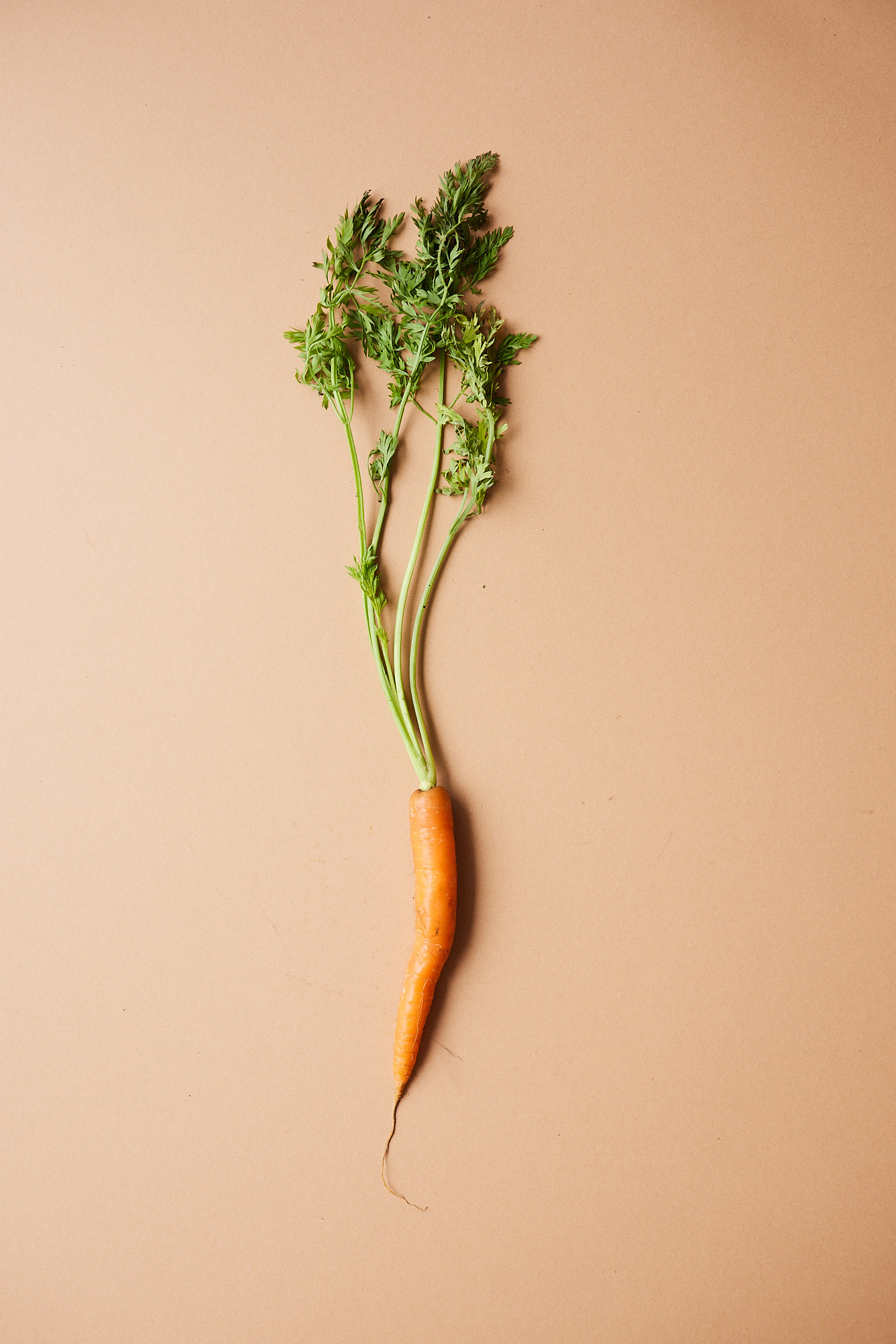

Peas
We’re so used to having our small green pea pals stashed away in our freezer, but it’s a real treat to eat them fresh when in season. Nothing beats the sweetness and the crunch of peas at their best, so much so that we actually love eating them in salads to keep the fresh flavour.
Caravan’s Shelling Peas, Broad Beans, Mint & Ricotta is Spring on a plate — it’s light, refreshing and exactly the kind of green we want to be eating as it gets a little warmer.
Radishes
Radishes are in season throughout Spring and Summer, so their arrival definitely means the warm weather is on its way. Crunchy, sweet and sometimes spicy too, they’re a lovely addition to a salad, or even as a crudité in themselves. We love them dipped into a thick garlicky aioli and you’ll probably find them served in restaurants that way too.
Rhubarb
Rhubarb sort of has two seasons, so you’ll remember seeing it in our Winter edit. Forced Rhubarb first appears around January, and Field Rhubarb appears later on in Spring. The latter variety usually a little more pink and flavourful, but it’s still just as tart so often needs a cooking down with a lot of sugar — probably why you’ll see lots of rhubarb compote and rhubarb shrubs.
If you fancy your hand at baking with the pink stuff, Gill Meller’s Upside Down Rhubarb Cake is a great one for a weekend afternoon or even a mid-week pick-me-up with a cup of tea.
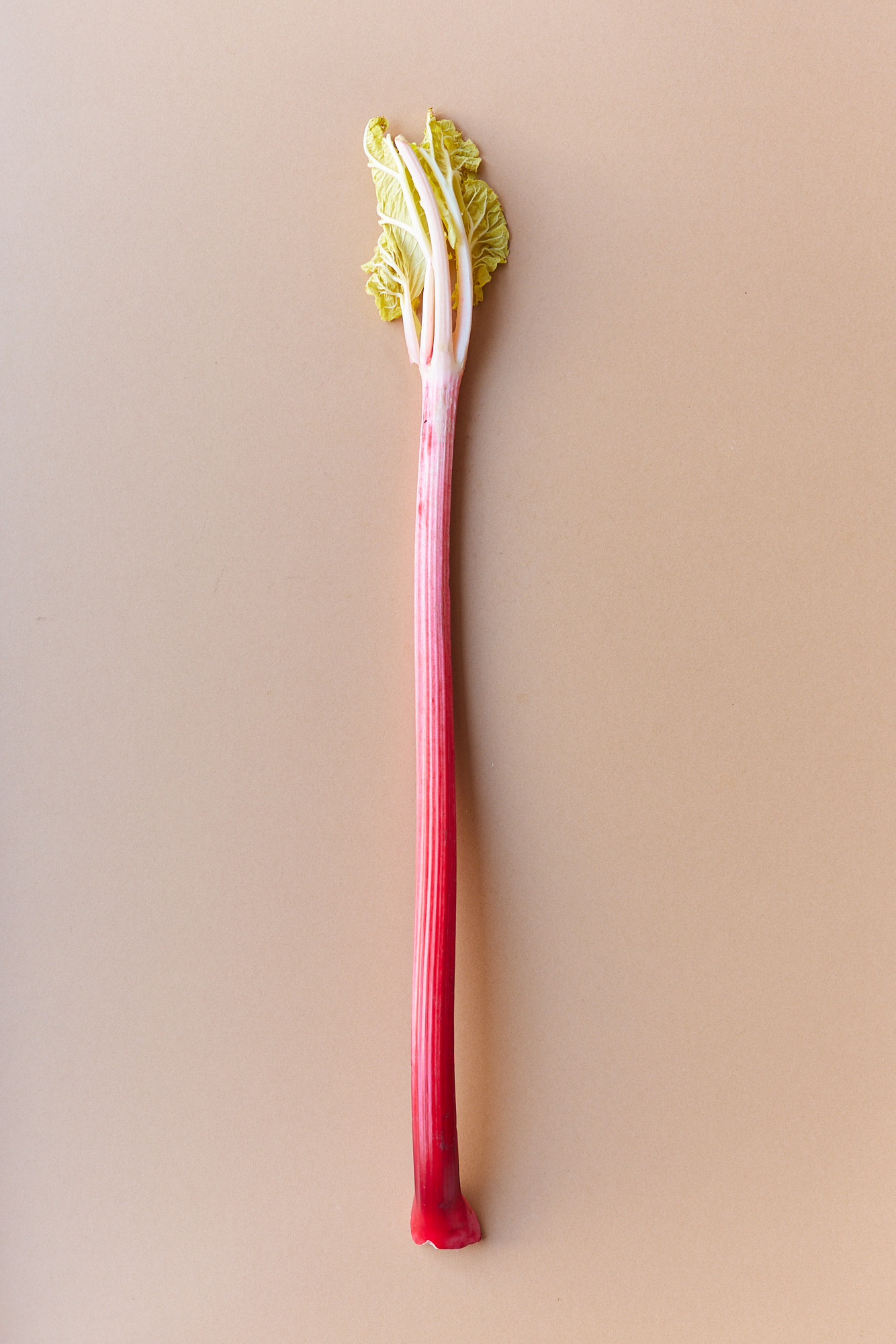
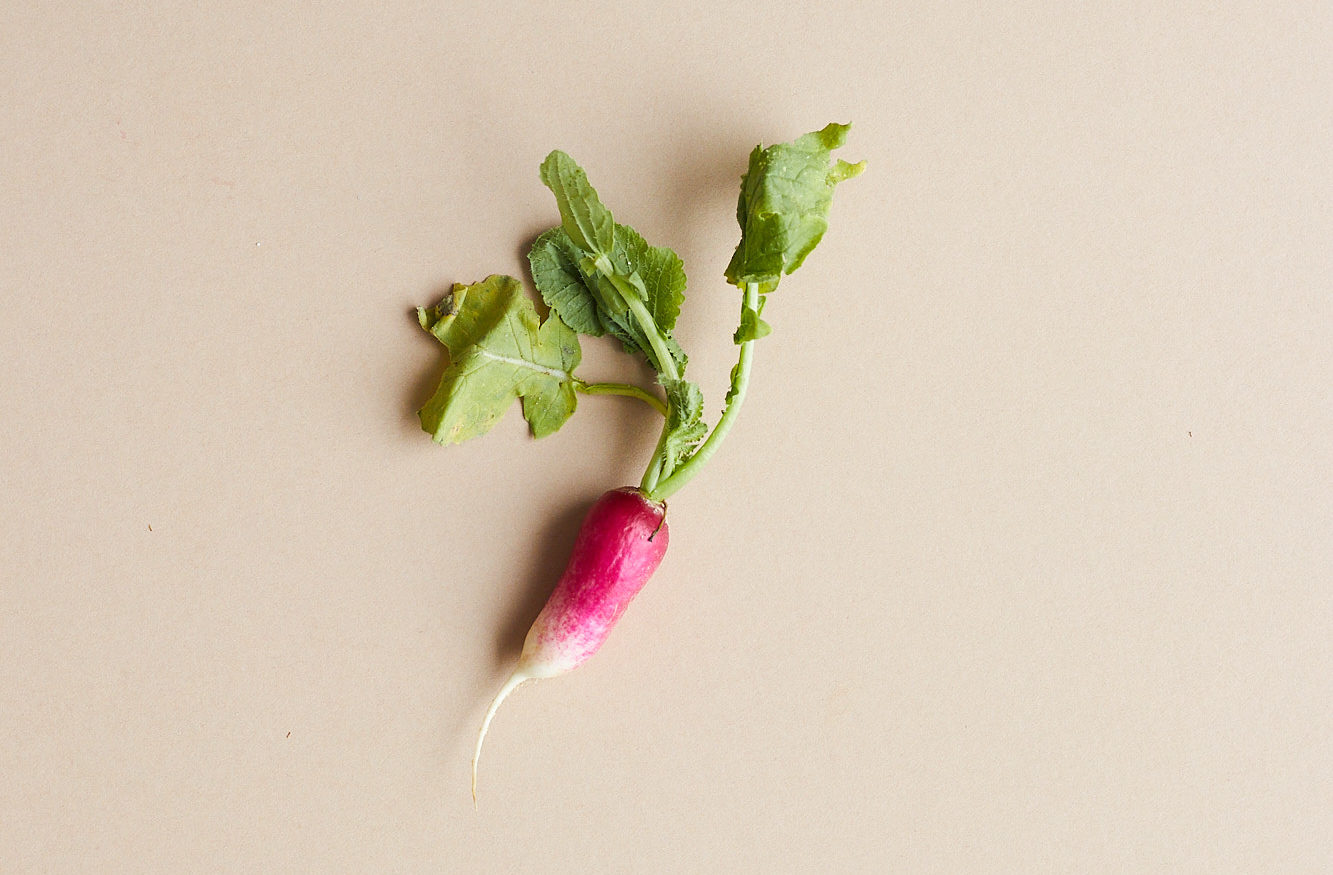
Sorrel & Other Herbs
Although most herbs are perrenial and available year round, many are at their best in the Spring. Rosemary, for example, is a hardy herb that generally grows throughout all seasons, but it grows more intensely around this time of year.
Sorrel is a little more seasonal as it appears in early Spring and sticks around generally until Autumn, but it does get progressively more bitter over the months, so now is the time to eat it if you want it at its sweetest. It’s got a lovely citrusy flavour which makes it a good one to add into salads.
As the weather begins to warm up a little, try Alissa Timoshkina’s Sorrel & Cucumber Botvinia, a refreshing cold herby soup. Or if you’re looking for other ways to enjoy in-season herbs, Flora Shedden’s got your next cocktail party covered with her Rhubarb Gimlet.
Spinach
Spinach will be at its sweetest and most fresh in the Spring. Whether it’s fresh, crisp spinach leaves in your salads or if you’re wilting it into curries or stews, it’s a wonderful and versatile green to be eating this time of year. Try it where you were previously using kale or cavolo nero over the winter months.
Lucy Carr-Ellison and Jemima Jones’s Goan Baked Eggs is a deep, earthy & warming brunch dish with lots of fresh spinach folded through the lightly spiced tomato sauce. It’s so flavourful and perfect for those slightly colder Spring weekend mornings.
Spring Onions
It sort of makes sense that these guys would be at their best in Spring, when they’re sweet, soft and young. The great thing about spring onions is that they work almost any way — simply chopped up raw as a garnish, folded through a salad, or even griddled and served with a dip.
Sonali Shah’s Charred Spring Onions with Romesco is a pretty perfect side dish for when you’ve got pals coming over and need a quick impressive side, or even when you’ve got a BBQ and want something different to serve alongside the usual culprits.
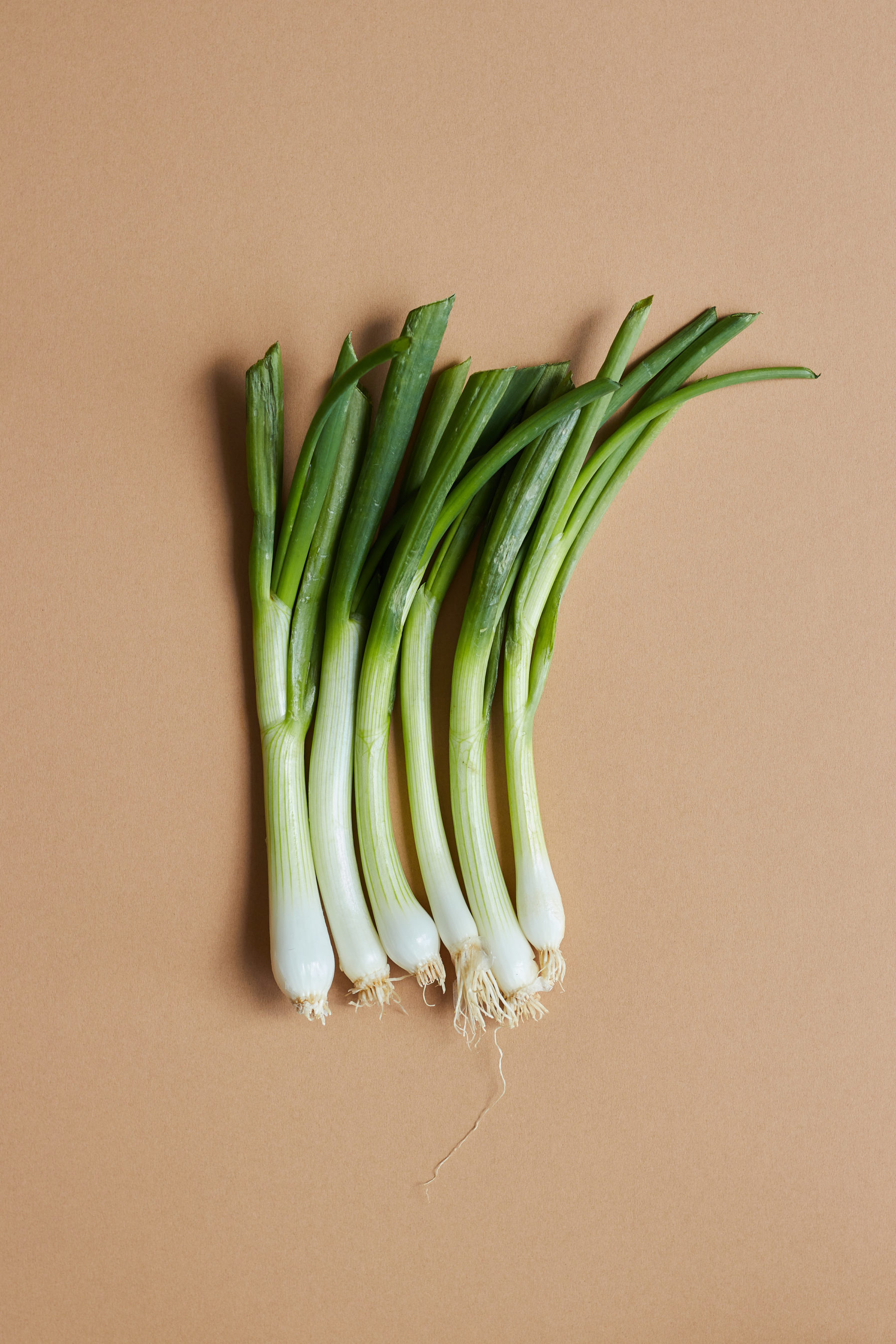

Wild Garlic
You know it’s Spring when there’s wild garlic in the air. Literally. You can smell it a mile off. It’s a great one to forage for yourself, as it’s often found in abundance in green areas and woodland across the UK around this time of year. Take care when foraging though, make sure you have permission to pick, and try to pick away from roads.
Wild Garlic is great to use in place of other herbs, like in a pesto, or even in a simple oil to drizzle onto veg or soups as in El Kemp’s Spring Ribbollita with Wild Garlic Oil.
Wild Nettles
Foraging is a really great way to get some different veg into your cooking. Wild garlic is the most common one in the Spring, but nettles are a pretty interesting one to use too. They’ve got a deep earthy flavour and when cooked they’re a little sweet, similar to spinach. Just be sure to wear thick gardening gloves if you decide to pick them, and opt for the younger leaves at the top of the stalk.
Olia Hercules’s Nettle, Sorrel & Wild Garlic Soup brings the best of Spring all into one bowl with all of the season’s best foraged greens.
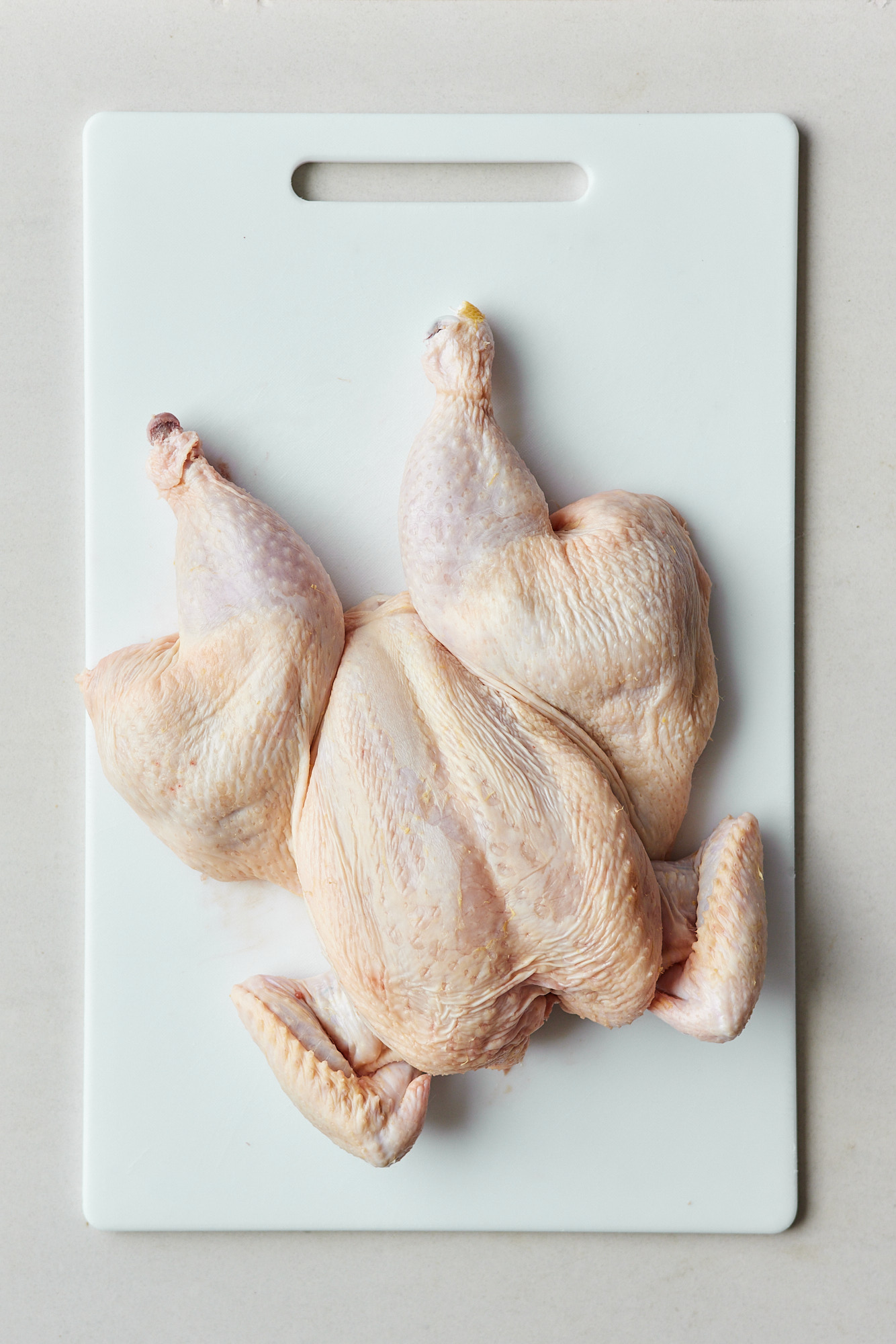
In our ‘How To —’ guides we’ll be taking you through different techniques to up your game in the kitchen. There might be that one recipe you really want to make but there’s probably a step in the process that has totally put you off, and we feel you, so we’re setting out to help demystify a few things.
If there’s anything in particular you want us to make a guide for, just drop us an email at hello@anotherpantry.co.uk and we’ll get to it.
We’re starting off this series with spatchcocking a chicken. It’s one of those techniques you’ll see in a recipe and probably immediately avoid, or you might even have no idea what it is, and you’re not alone. In our Spring 2022 Edit, you’ll spot it in Nuno Mendes’s Piri Piri Chicken, so it felt only right to explain what it all means.
“Spatchcocking a chicken reduces the cooking time significantly, meaning more time for you to enjoy your Sunday and still have a seriously good roast chicken for lunch.”
Although it seems like a bit of a weird one, when you try it you’ll find it’s actually pretty simple and it can take your roast chicken up a notch. It reduces the cooking time significantly, meaning more time for you to enjoy your Sunday and still have a seriously good chicken for lunch.
Step one
Pat your chicken dry and place it top side down on your chopping board.
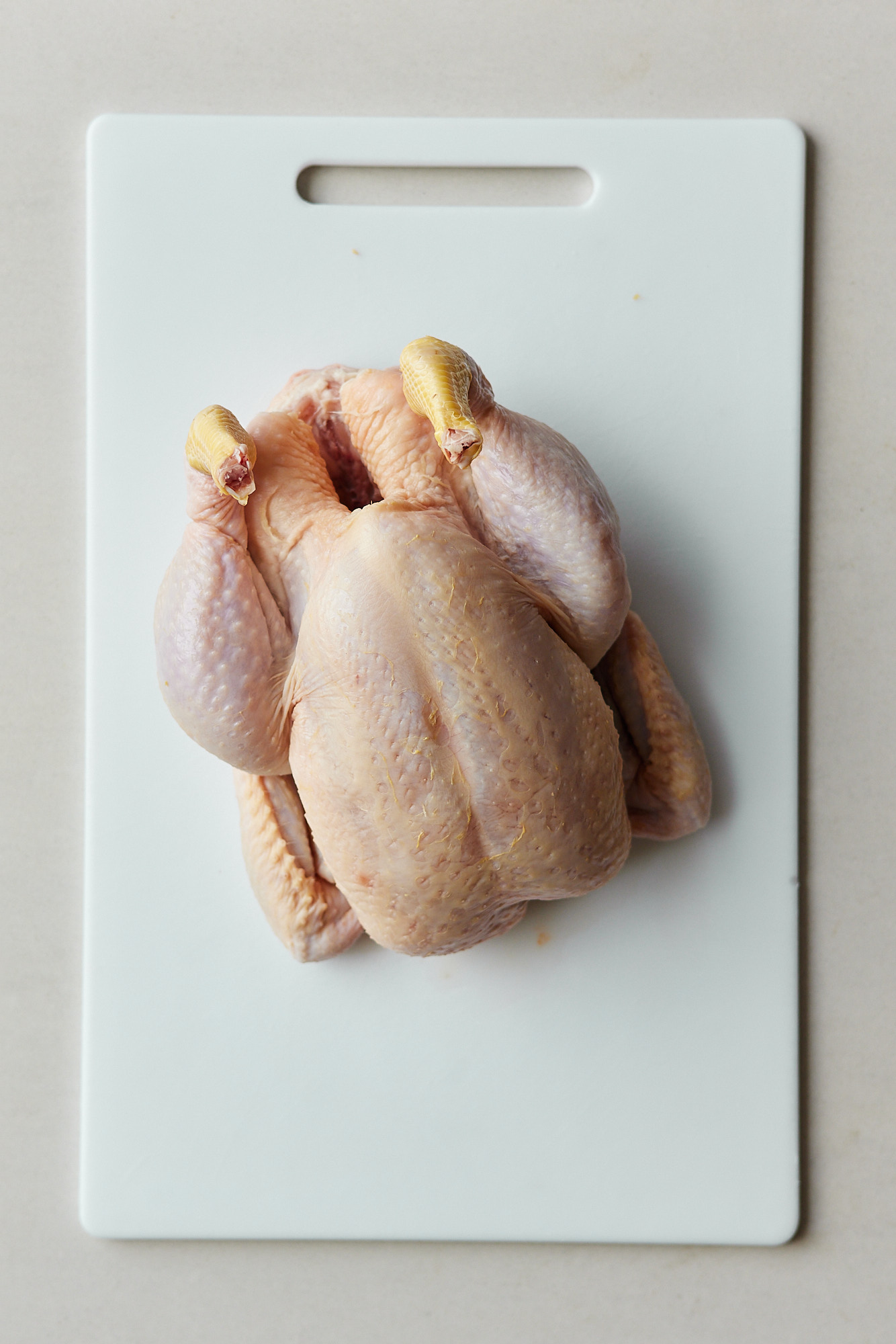
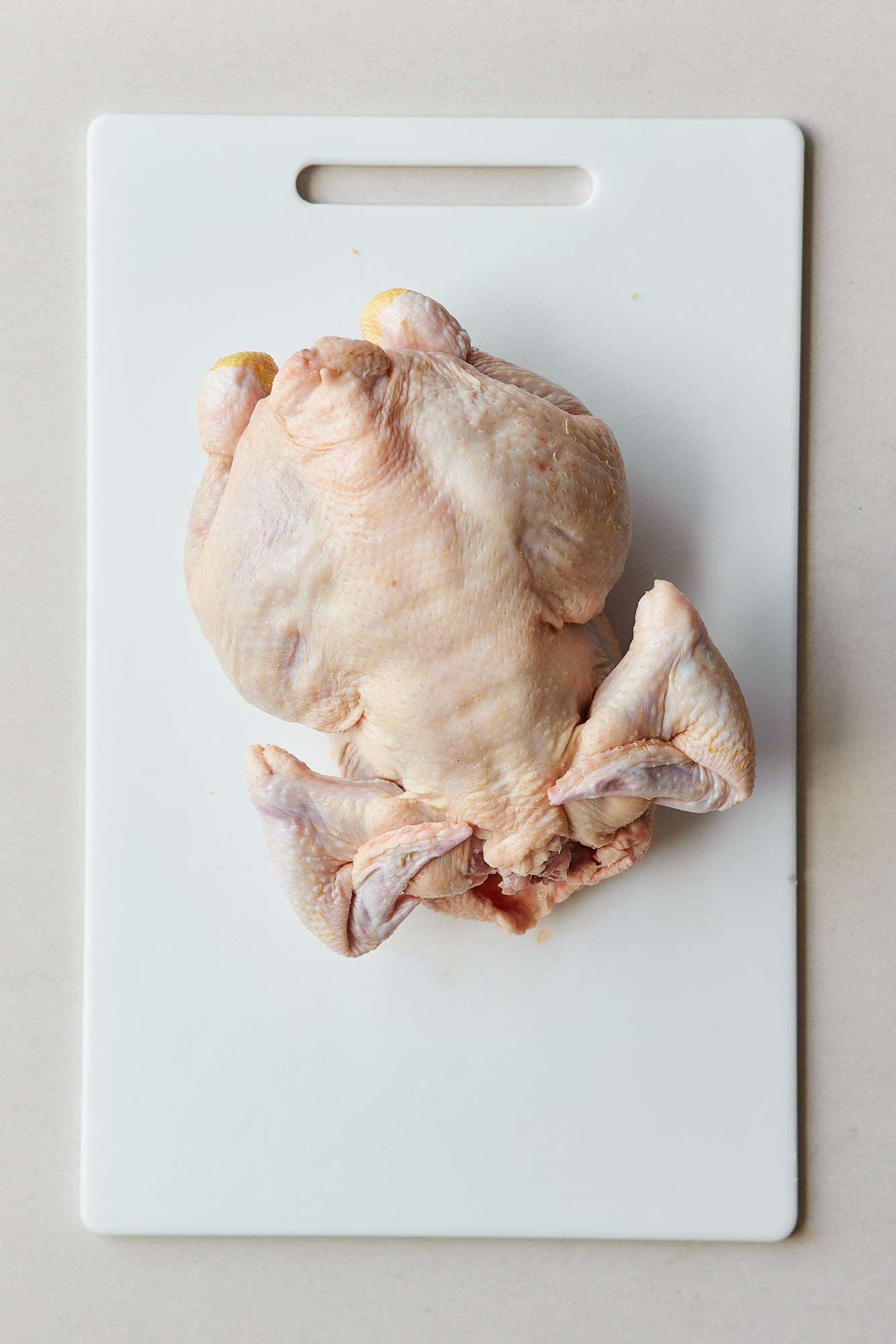
Step Two
Locate the backbone of the chicken with your fingers. Using a strong pair of kitchen scissors, carefully cut along one side of the backbone, all the way from top to bottom. Repeat, cutting along the other side of the backbone.
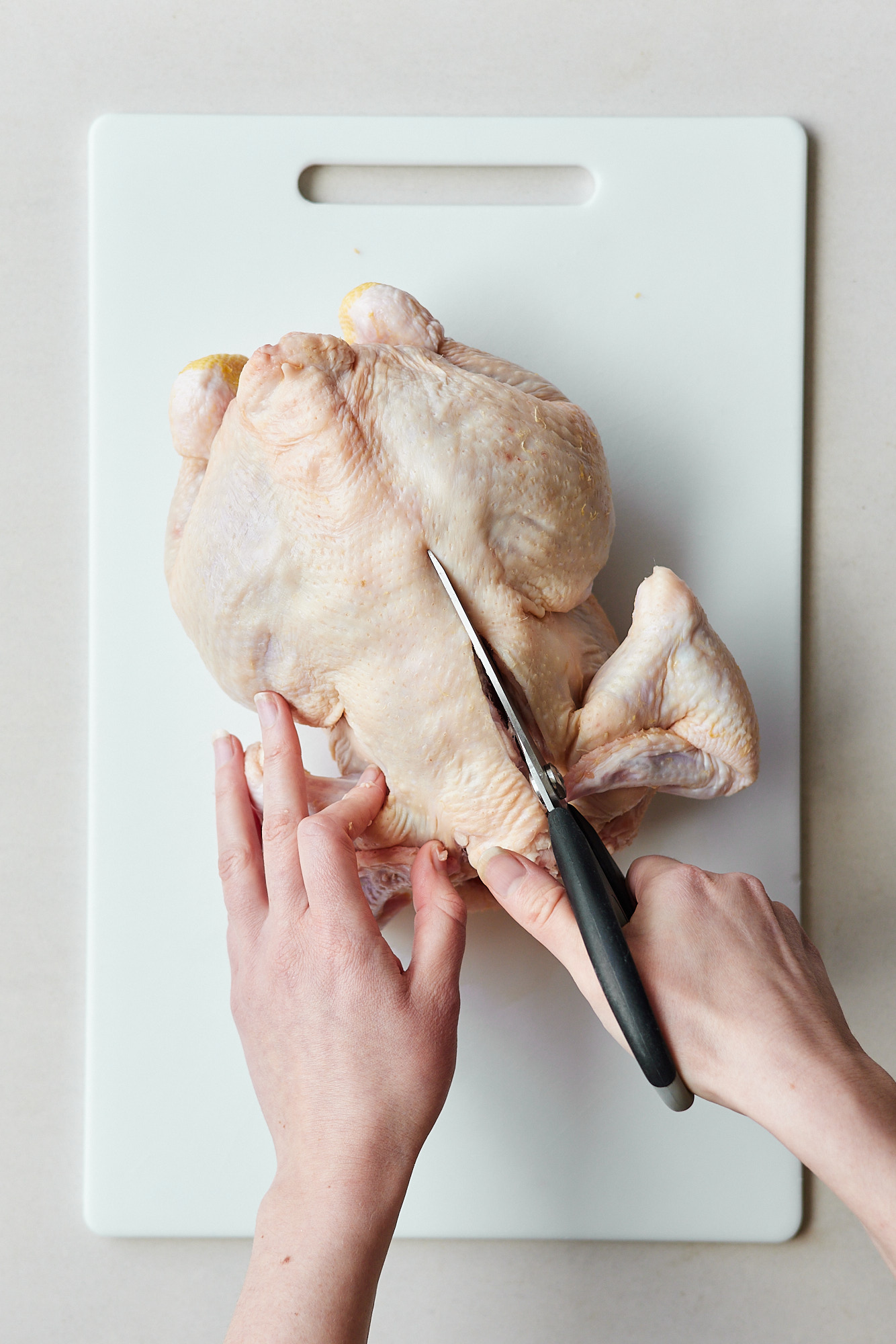
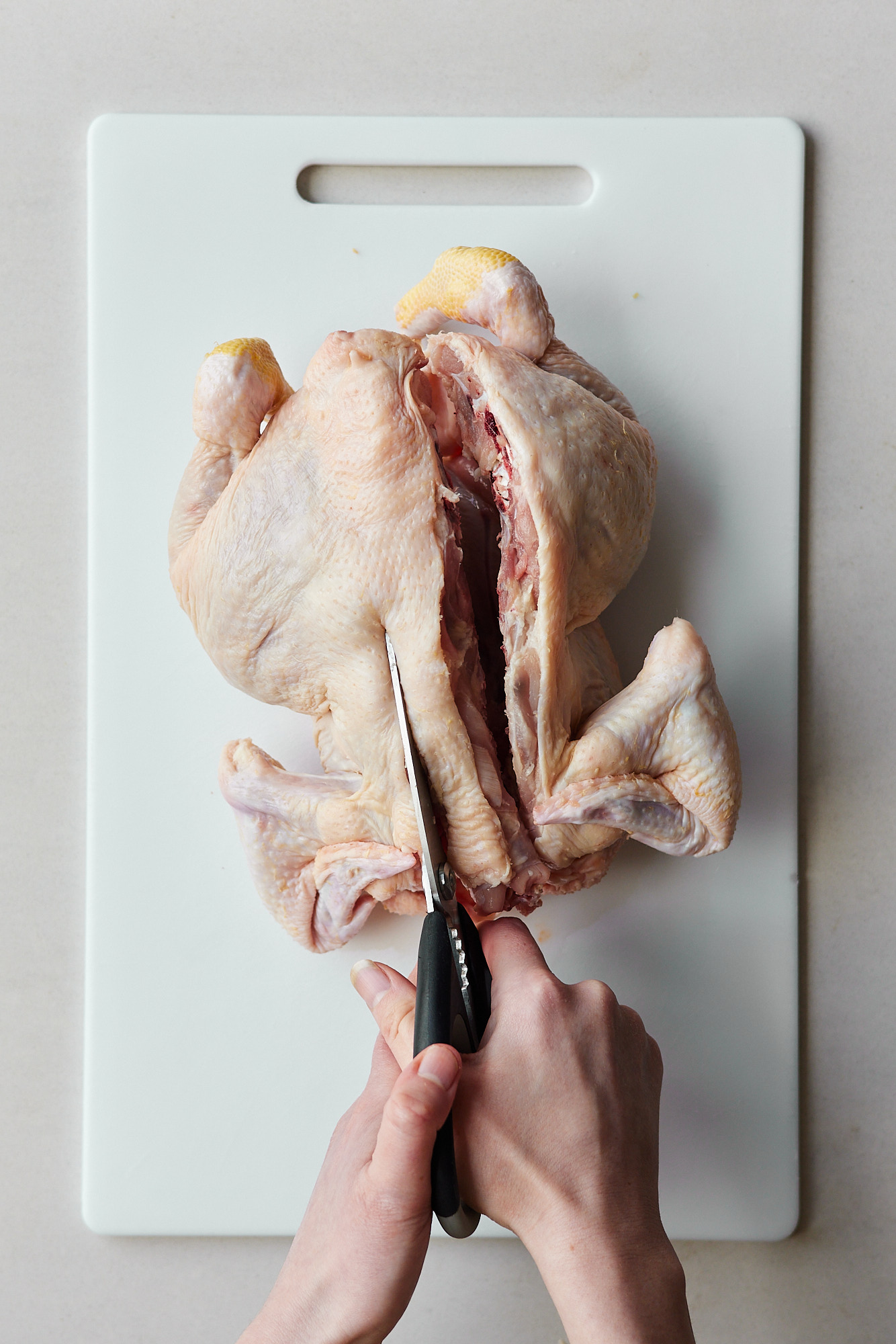
Step Three
Carefully remove the bone you have just cut loose, open up the chicken a little and flip over.
Step Four
Using the palm of your hand, flatten the breasts down so that the chicken becomes more of an even height throughout.
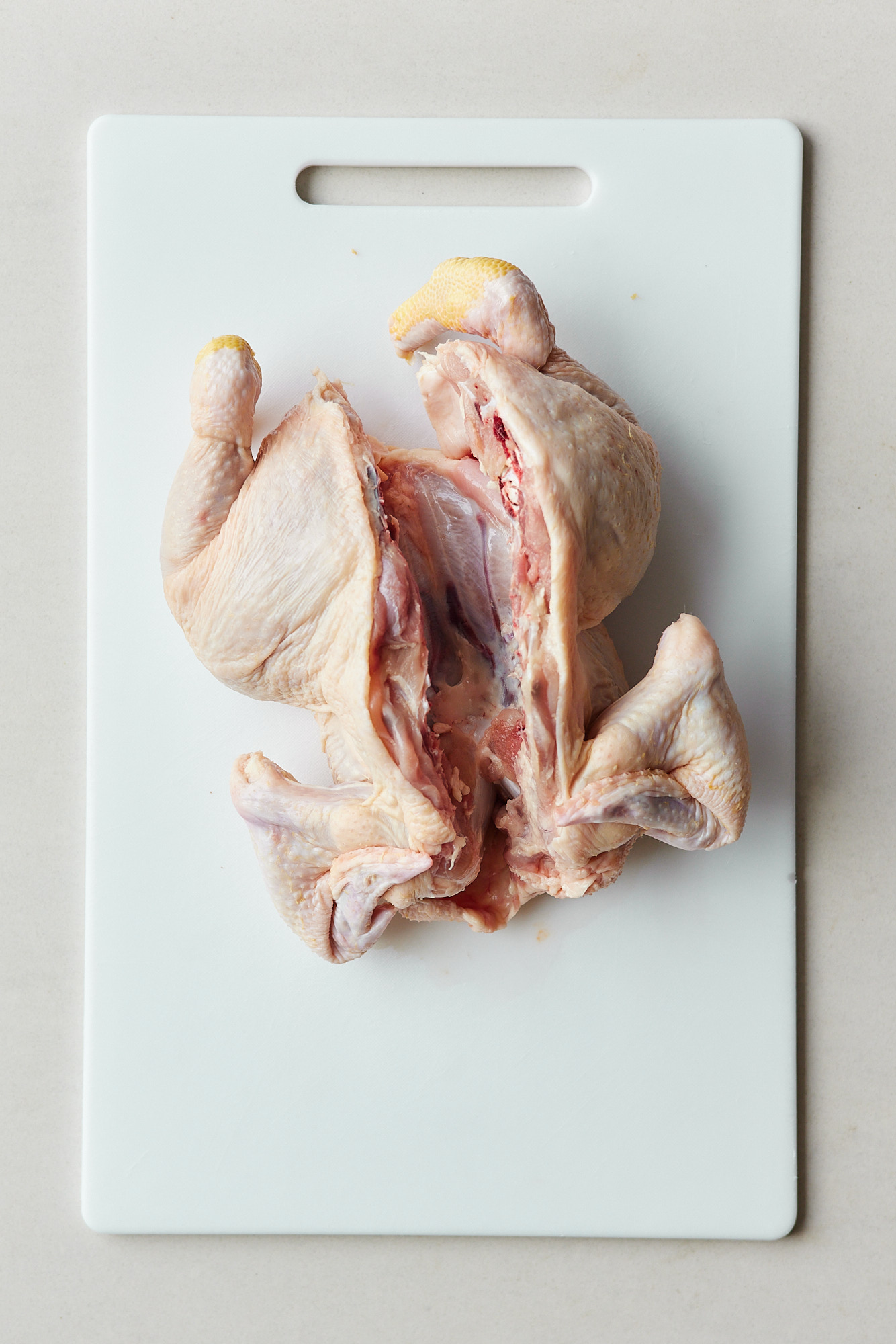
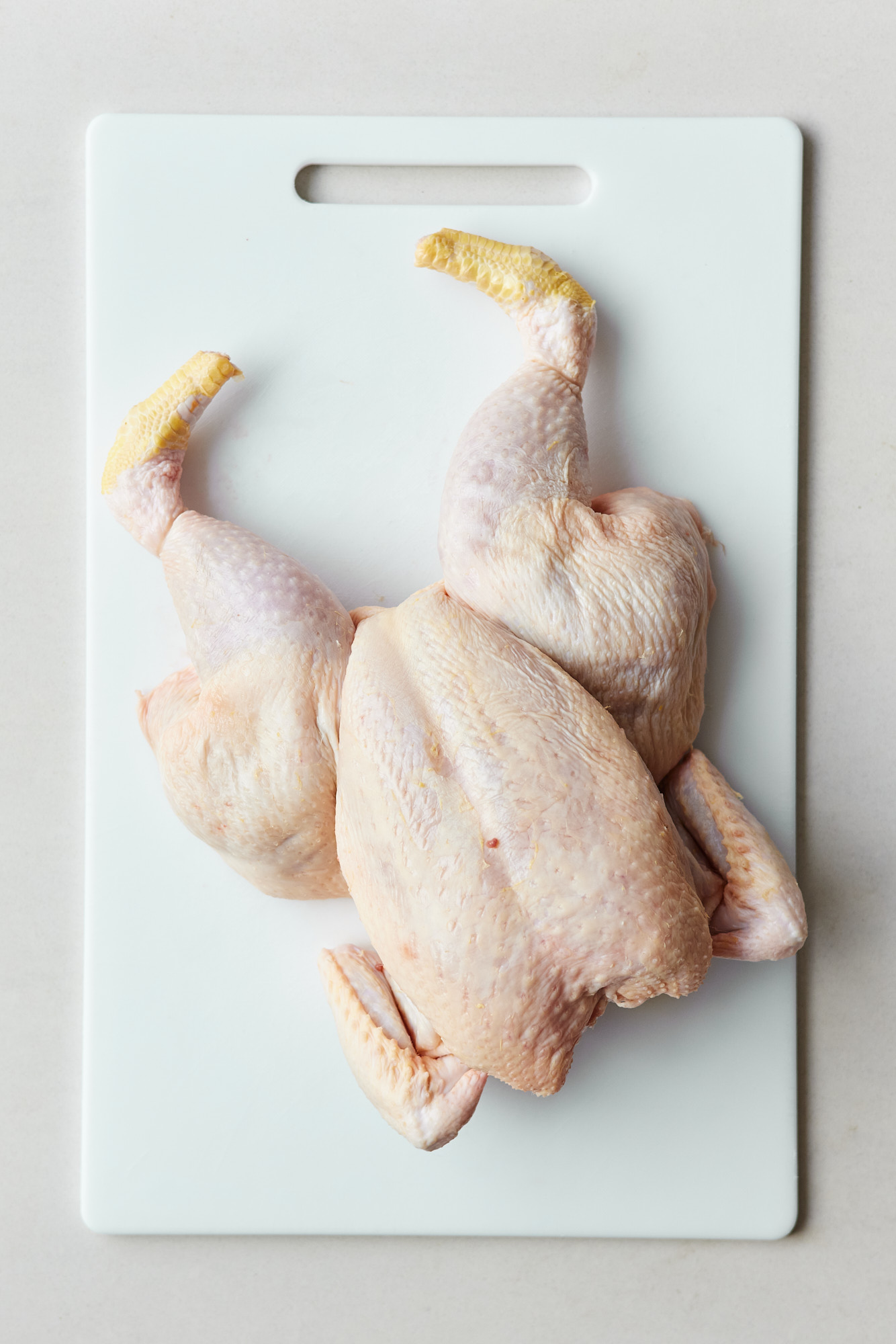
Step Five
This one is optional and more for looks, but you can also cut off the feet of the chicken should you wish to.
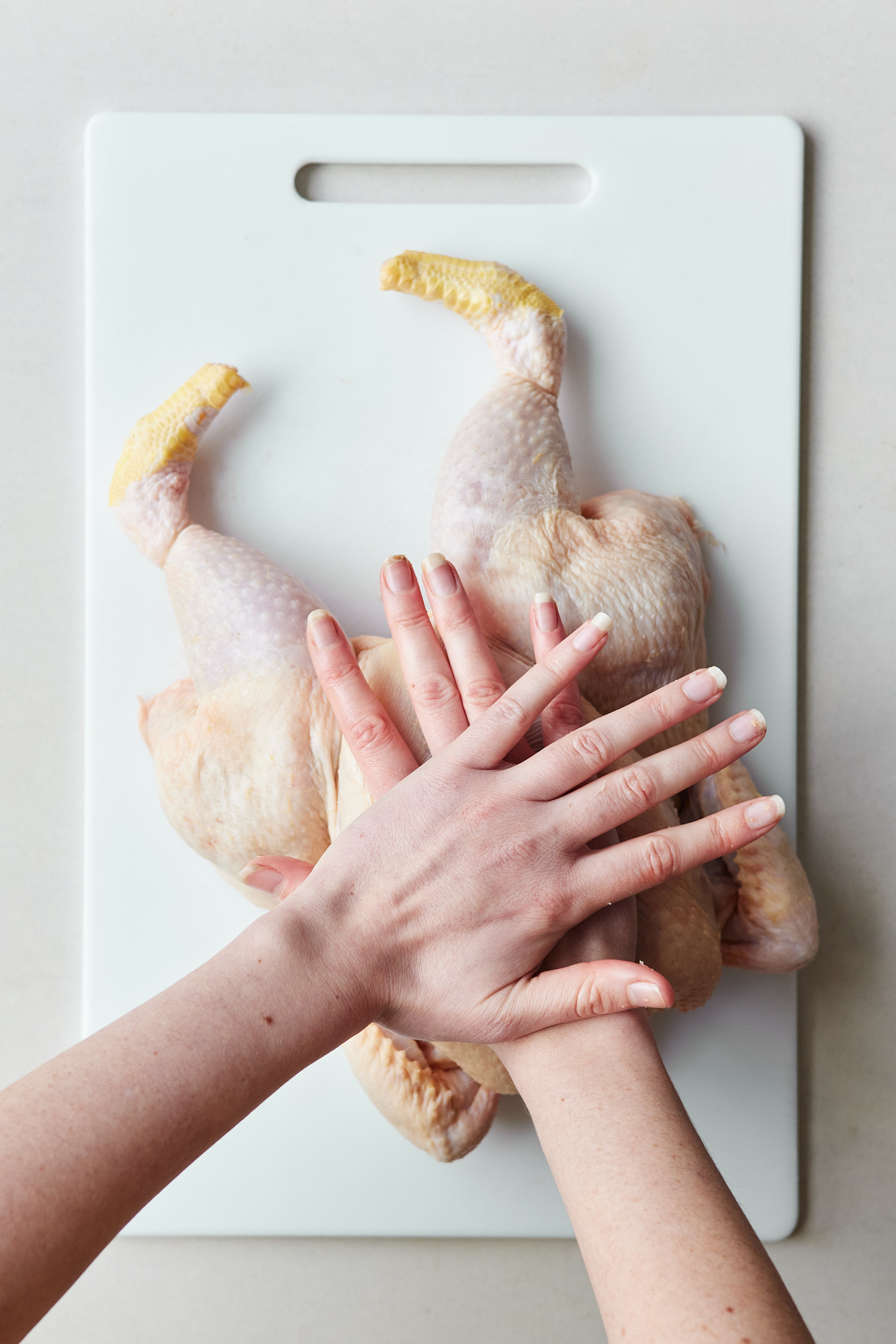
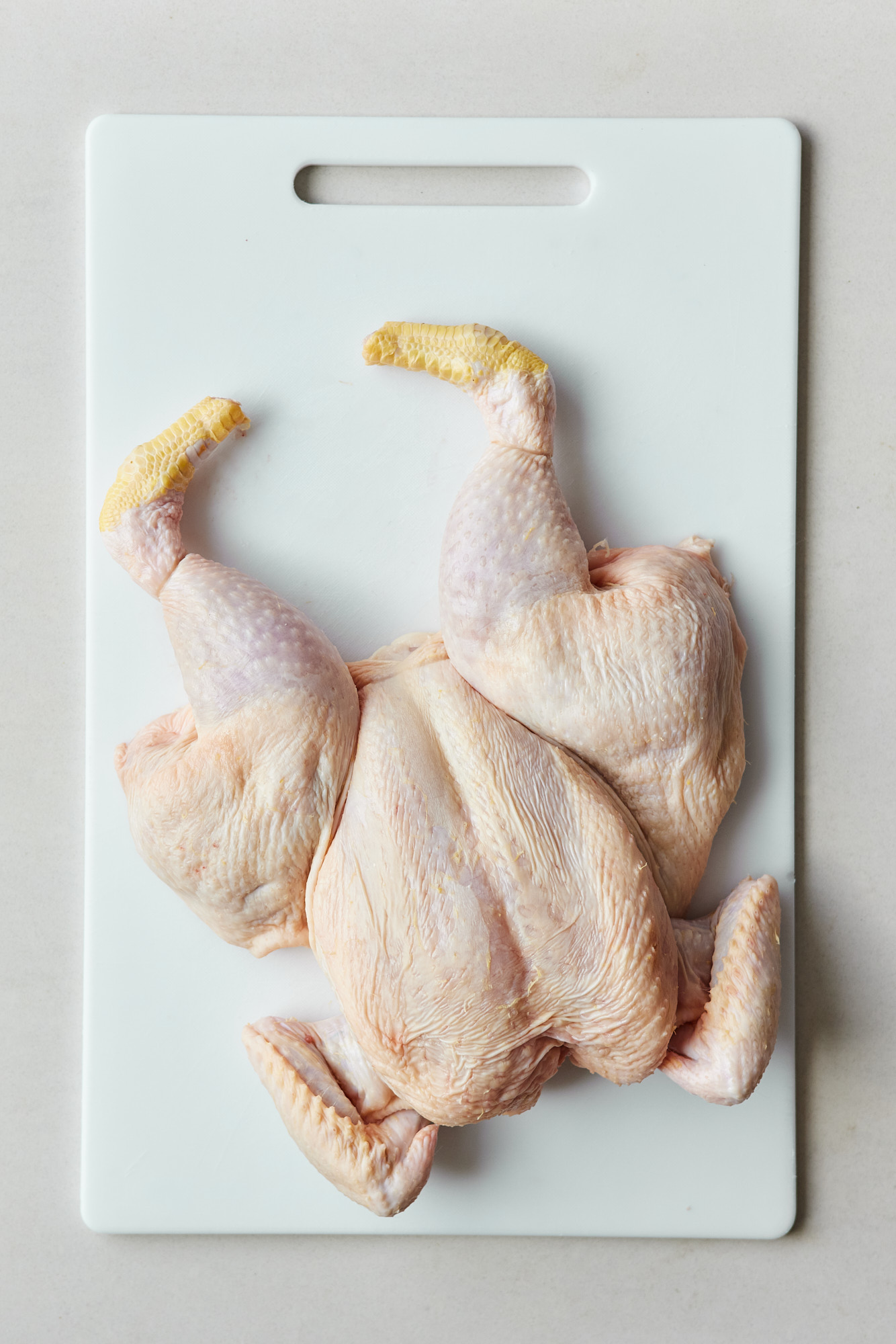
It’s as simple as that. Now you’ve prepared a chicken that will roast in about half the time, cook evenly and taste just as delicious. This is also a great one if you want to pop a whole chicken on a BBQ.

Photography: Safia Shakarchi
Food Styling: Hattie Arnold
Read more: Nuno Mendes’s Piri Piri Chicken
Try out your new-found spatchcocking skills by making a whole roast piri piri chicken from our favourite Portuguese chef, Nuno. Click for here the recipe.
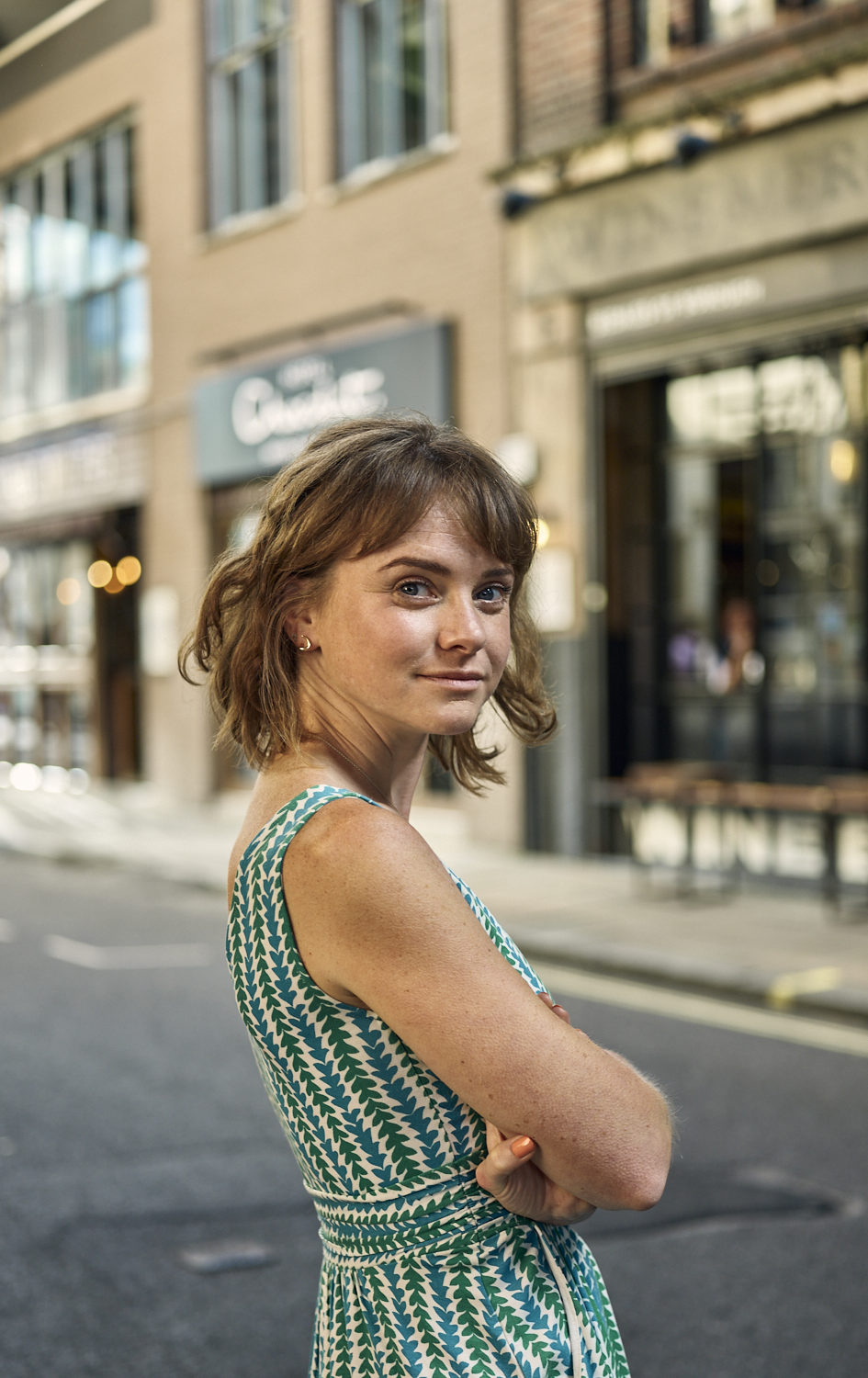
To mark International Women’s Day, we knew exactly who we wanted to chat to — Clare Finney. Clare’s book, The Female Chef, came out towards the end of 2021, and was perhaps one of the most important cookbooks to have been released last year. It sets out to explore the nuanced relationship between women and food, featuring interviews with and recipes from Ixta Belfrage, Pamela Yung, Julie Lin, Anna Jones, Asma Khan, Ravneet Gill and others. We spoke to Clare about where the idea for the book came from, the process of creating it and how women are breaking down the gendered distinction between the terms ‘cook’ and ‘chef’.
Tell us a little bit about where the idea for The Female Chef came from.
The concept was initially devised by Hoxton Mini Press, who approached me with the idea of doing a book on female chefs in early March 2020. They were interested to know whether I could treat the idea in such a way that rendered it relevant and necessary – whether that was even possible to do.
“Though the rarefied world of gastronomy has always been male dominated, the foundation – the heart – of food as sustenance has historically and biologically been a female preoccupation.”
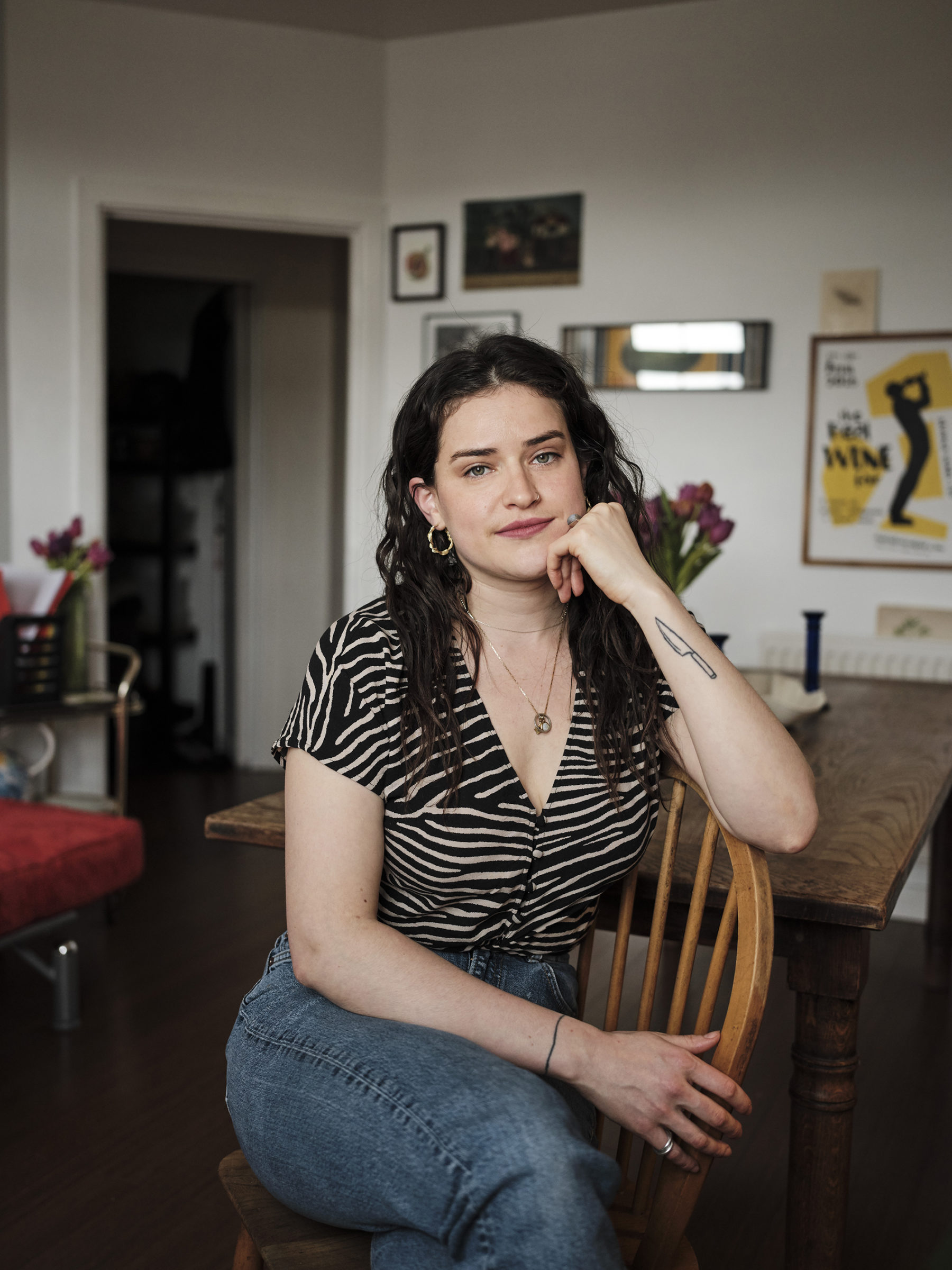
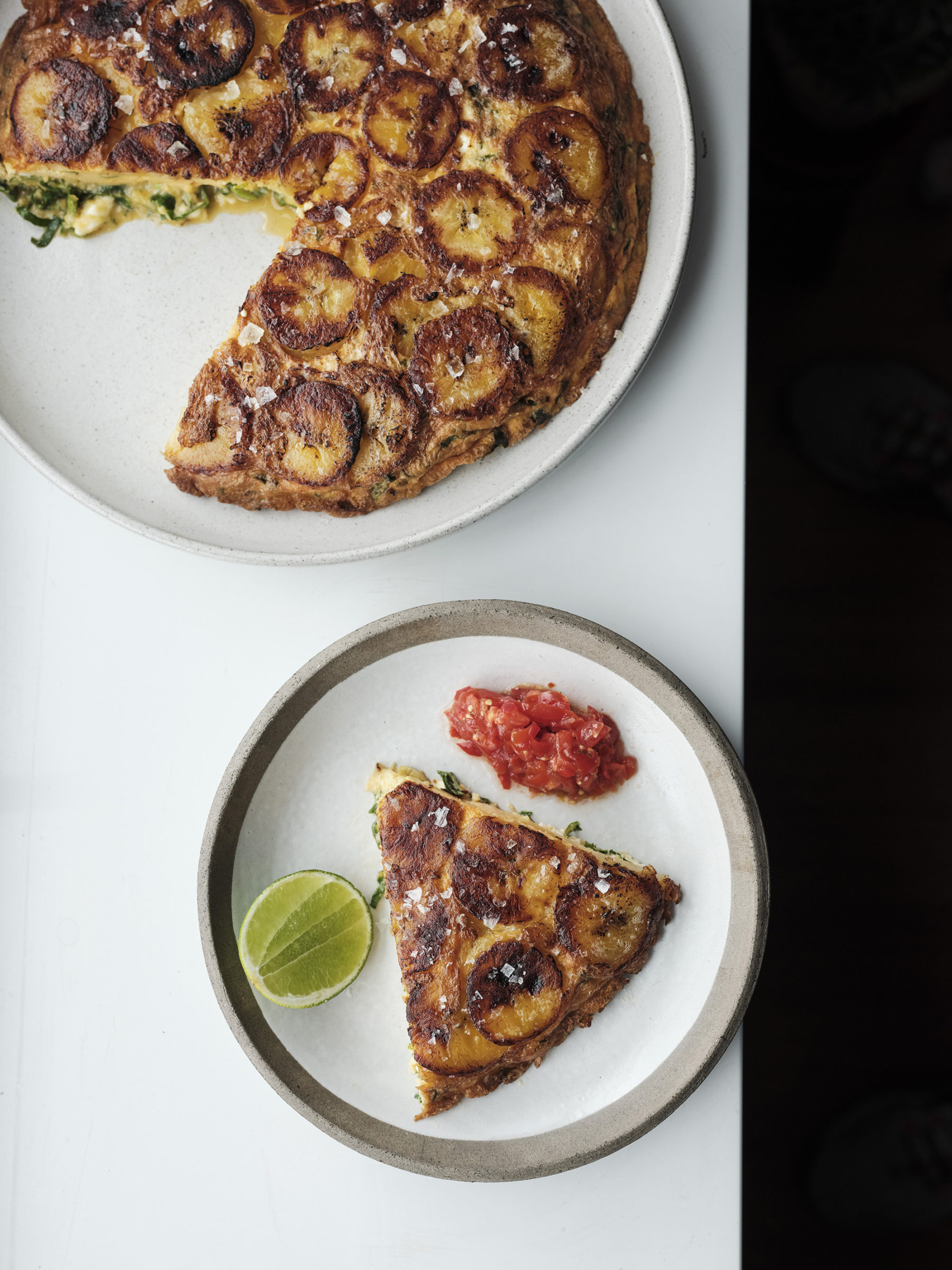
After all, the very term ‘female chef’ itself runs the risk of being reductive – we don’t refer to ‘male chefs’, do we – and any treatment of ‘women and X profession’ needs to be considered, nuanced, and well-justified. Yet the more I mulled it over – with my mum, a career woman, feminist and inspiration, and my grandma, herself a female chef of sorts – the more I was struck by the uniqueness of the relationship between women and food, as distinct from women and say, architecture, science, banking or law.
In these professions, women have historically been almost entirely excluded. Only in the past 50-odd years have women come in and shaped them. In the case of food, however – well, women have been there all along. They have been simultaneously been in the kitchen all day every day, and yet excluded from the kitchens of fine dining establishments. They have cooked and baked – even butchered and filleted – but they have not been chefs, bakers, butchers or fishmongers. Though the rarefied world of gastronomy has always been male dominated, the foundation – the heart – of food as sustenance has historically and biologically been a female preoccupation.
In this, the world of food represents a complex, protean exception to those other previously male dominated professions, where the public narrative around gender has extended toward casting it off entirely – for it is almost impossible to draw any clear lines between food and gender; between feeding and femininity. Now that the sands are shifting and food as ‘industry’ is moving from something male-lead to something more balanced, the question of whether/to what extent female industry leaders feel they should encompass womanhood within their professional life – indeed cherish it as a fundamental source of their success – or follow their counterparts in banking, law, science and so on seemed more relevant than ever.
Where did the process of writing the book begin — how did you select which women you spoke to and how to navigate the topics you wanted to chat to them about?
I had to whittle a list of 50 to 60 chefs down. It goes without saying it could have been longer. In the end, I applied what I thought was a simple metric: a woman who had cooked or was currently cooking in a restaurant kitchen, and who was making a concerted effort to shake up the industry – either by what they cooked, how they cooked, how they ran their kitchen or, as was the case with many of these chefs, all three. I wanted to talk about how they came to their current careers; their training, champions and challenges; and where they felt they sat on the chef/cook spectrum. I was also keen to address the intersectionality of women’s experience in the food world, and to not draw any hard and fast rules.
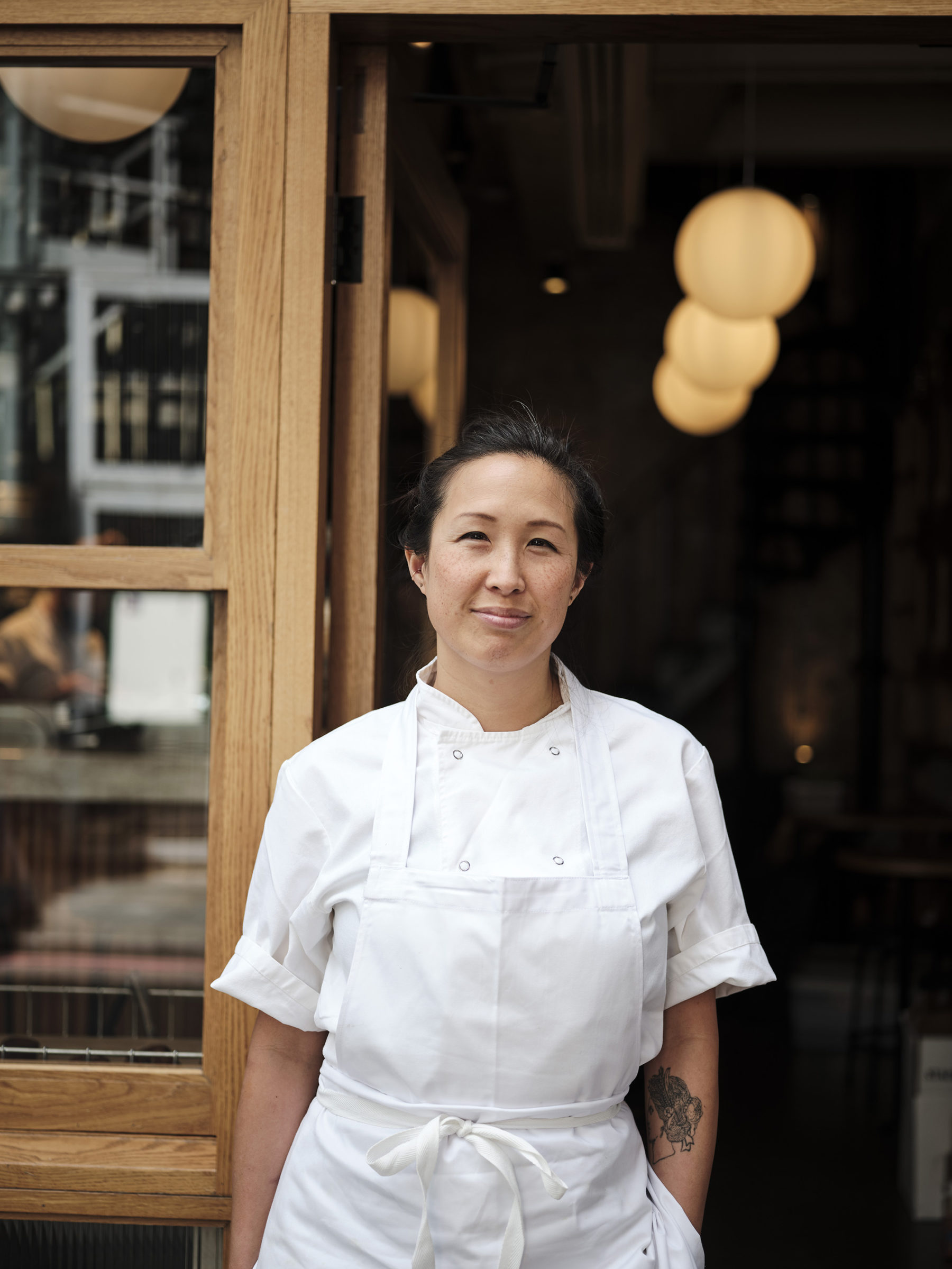
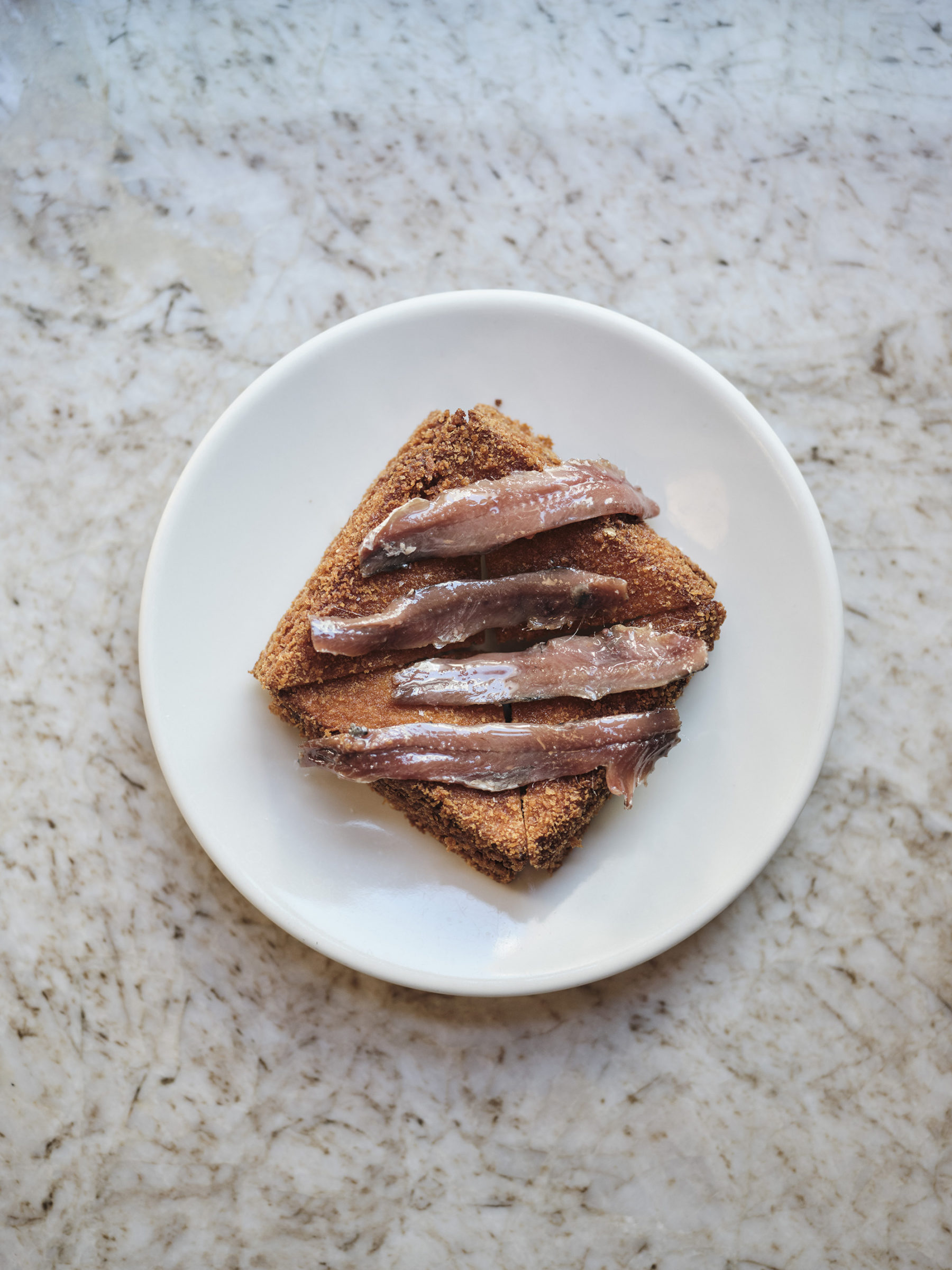
There are so many nuances in the terms ‘cook’ and ‘chef’, and you talk about it in such a beautiful way in the book — can you tell us a little bit about the distinction and how it’s relevant to women in food?
Chatting to my grandmother, a former hotel owner, about the proposal, I found out that she used to refer to her female kitchen staff as cooks and the men as chefs, though they had the same role in the kitchen. Of all the many angles through which I thought I could approach this subject, the one that stood out most is this invariably gendered distinction we make between ‘cooks’ and ‘chefs’, and the way in which cheffing was changing thanks to women entering the industry.
Linguists will at this point be reaching for the dictionary, yet the Oxford English Dictionary is hardly cut and dried about the distinction. It states that a chef is ‘a person whose job is to cook, especially the most senior person in a restaurant, hotel, etc’; a cook is ‘a person who prepares and cooks food, especially as a job or in a specified way’. There is no mention of the popular assumption that chefs cook professionally, and cooks cook in the home; nor of the way interpretations vary according to where you are in the world; nor of the gendered associations the words have gathered like moss over the years.
It’s been a fascinating lens – all the better for yielding quite unexpected results. Some ‘chefs’ were rejecting the term in favour of ‘cook’ or ‘leader’. Others were setting out to redefine it, even feminise it, making it more holistic and inclusive. I won’t go any further than that – it’s all in the book! – but suffice to say it’s been an extraordinary journey, and more expansive and inspiring than I ever imagined.
In the introduction you write, “Where once the division between dining out and dining in seemed absolute, now the boundaries feel increasingly blurred.” We definitely agree, but we’d love to know how you’ve noticed this change and what role have female chefs played in this?
The advent of supper clubs, pop-ups, street food stalls and – more recently – finish-at-home dining boxes have made restaurants out of people’s homes; residencies, takeovers and collaborations have seen so-called cooks brought into restaurant kitchens. Female chefs have been at the forefront of many of these developments, particularly supper clubs, which enabled talented women to commercialise cooking at home, and without necessarily being professionally trained. Rosa’s Thai Cafe (Saiphin Moore) was born out of a street food stall; Asma Kahn’s restaurant and ensuing success was born of a supper club; Ravinder Bhogal’s of pop ups; Zoe’s Ghana Kitchen was born of a combination thereof.
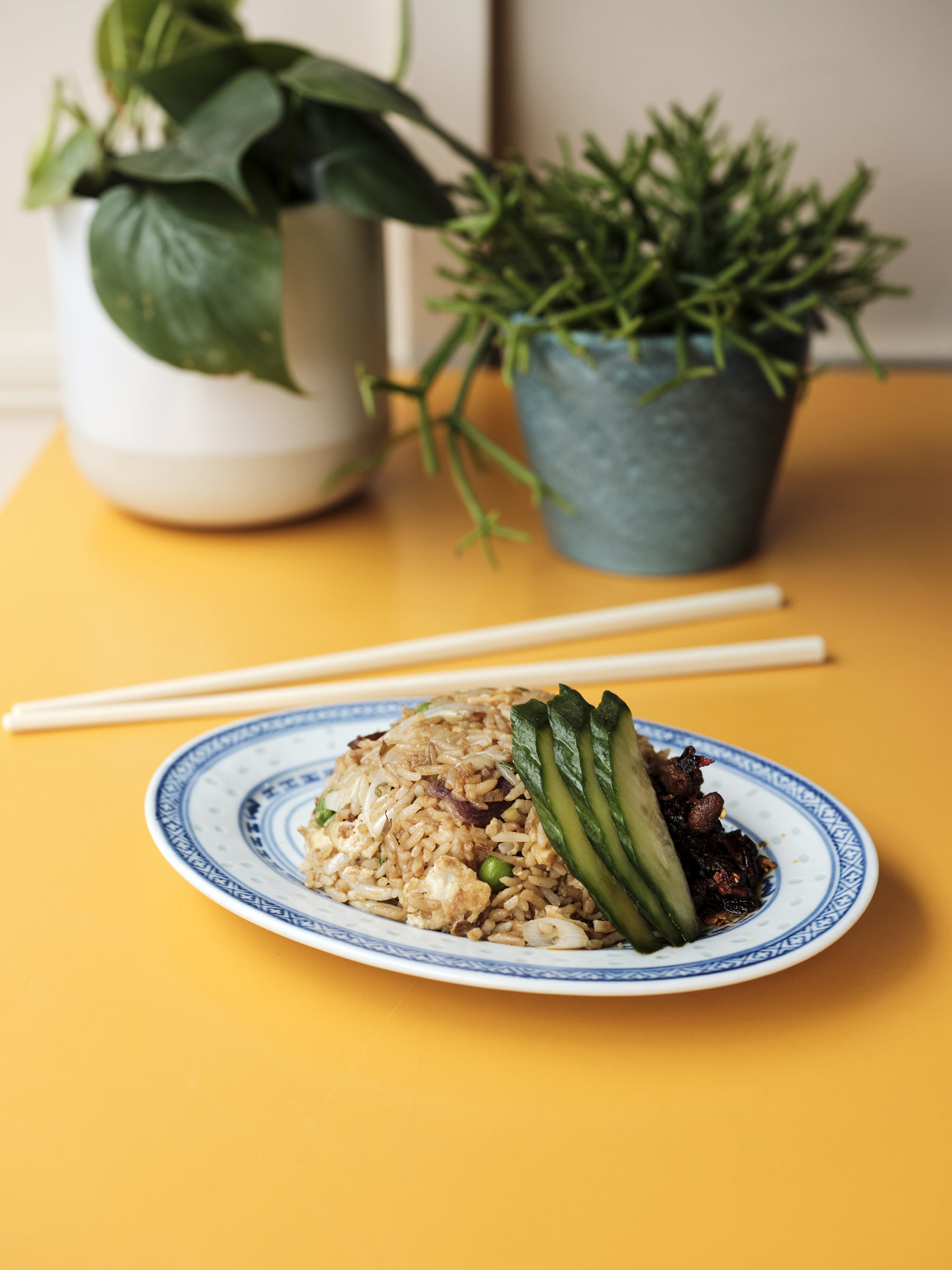
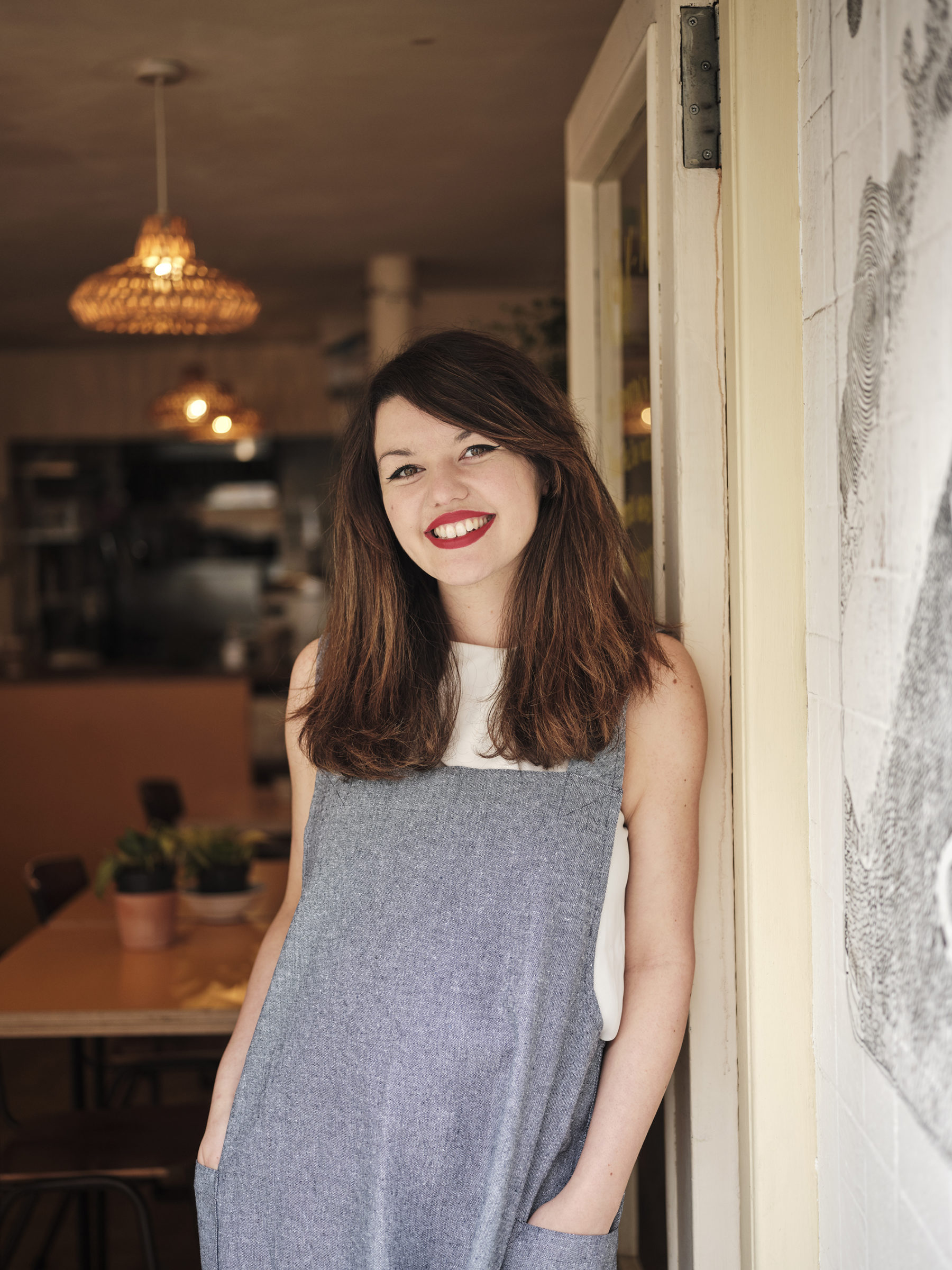
You worked with Liz Seabrook on the photography for the book, travelling around to various chefs homes. What did it feel like going into and documenting the domestic kitchens of some of the UK’s most fantastic chefs? How did that compare to the experience you might have had in their restaurants, if different at all?
Sadly, on account of Covid, Liz got far more of an insight into these chefs lives and kitchens than I did. Most of my conversations were carried out on Zoom, Teams or a phone call, in the end! That said, I rarely sensed any clear delineation between chefs’ work and their home. The two seemed to meld together; a bit of their heritage, a bit of what they’d been taught, a bit of what they’d picked up from friends, all forged in the fires of their considerable creativity. Tellingly. many of the chefs spoke of their staff as being like family, so this clearly also had implications for their culture.
What more can we be doing to promote gender equality within the food industry? How can we support female chefs and contribute towards changing the traditionally macho and masculine world of the restaurant kitchen
It’s a huge question, and the answer is both very simple and very complex. I can’t pretend to have the answers but, for a start, we need more women in the kitchen. As I write in the introduction, Escoffier’s brigadier approach to running a kitchen is inevitably, inherently white, male and Western. To challenge it, we need women from a variety of ages, cultures and backgrounds, and we need them in leadership positions. Only by having women present, representing the interests and needs of and looking out for other women can the culture start to change.
Of course we have to ask, which are your favourite recipes within the book and why?
Such a tough one! My personal favourite is Anna Jones’ sweet potato dal, because it’s so comforting, nourishing and doable. But then my friend made Pam Yung’s mozzarella in carrozza the other day – one of the book’s more time consuming dishes – and it blew my mind. I also have a special place in my heart for Sabrina Gidda’s gnudi; I’d never tried gnudi prior to meeting Sabrina seven or eight years ago in a restaurant she used to work in, called Bernadis. I couldn’t believe anything could be so deeply satisfying, yet so light and pillowy . What’s so lovely about this book is that the recipes are so varied, and so uniquely expressive of the chef who chose them. Everyone I know to have cooked from the book has alighted on something different.
Clare Finney’s Pantry
(5 items that are always in your pantry, or that you can’t live without!)
1. Belazu tahini
2. Good anchovies
3. Embarrassing basic olives
4. Manilife peanut butter
5. Wholegrain mustard
Read more: The Female Chef
An in depth exploration of the relationship between women and food, and simultaneously a celebration of some of the UK’s most talented chefs — the game-changers and the women shaking things up — Clare’s book The Female Chef is one for your kitchen counter and your bedside table. Published by Hoxton Mini Press, 2021.
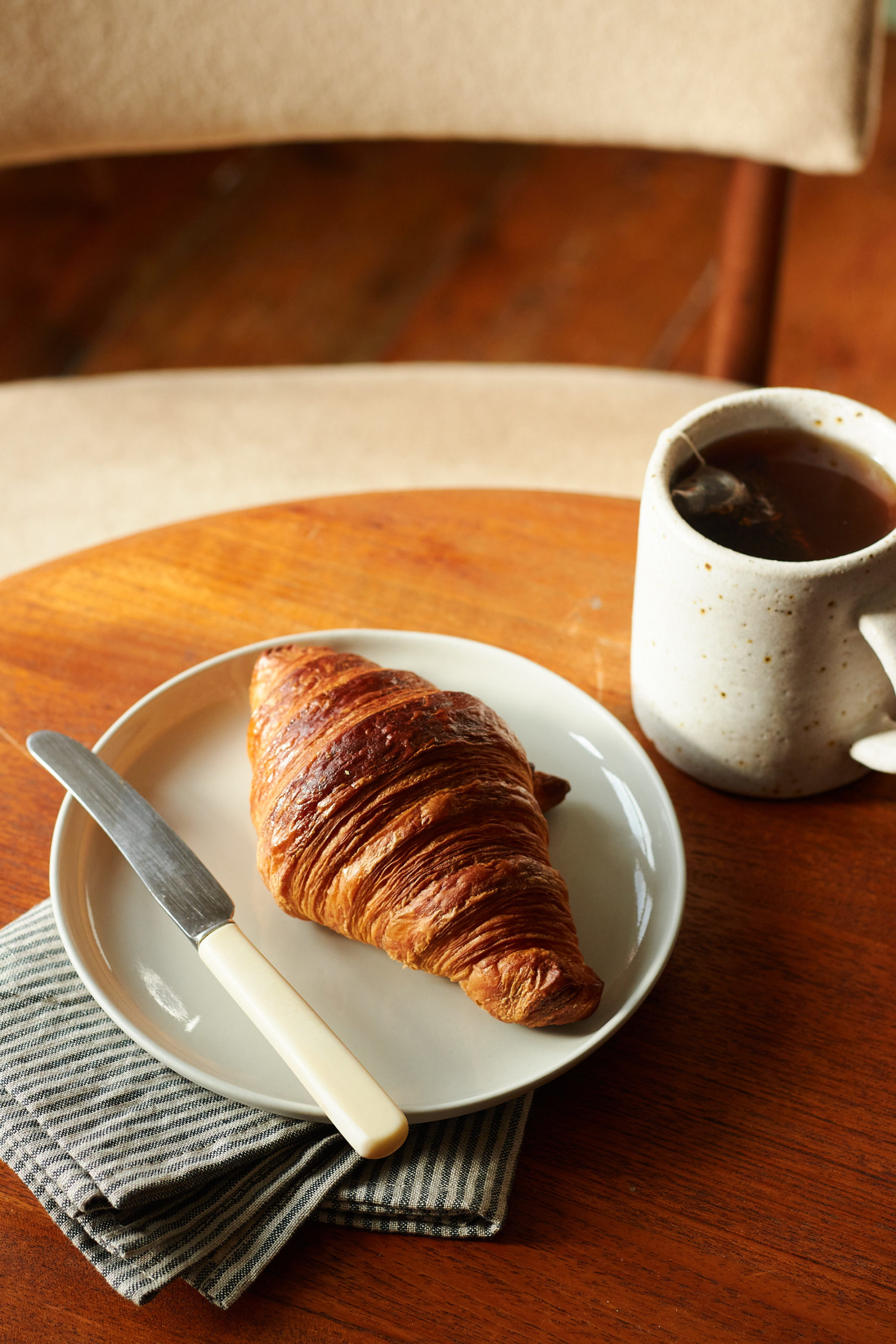
Pophams launched their homeware brand in the middle of the pandemic in August 2020. It was one of many pivots the bakery and restaurant made to survive, although they never actually shut their doors once throughout the UK’s three lockdowns. We sat down with Lucy McWhirter, the creative half of Pophams and the founder of Pophams Home, to learn more about the extension of the brand and how it continues their ethos of bringing together food, interiors and design.
Tell us a little bit about the Pophams story — how did it all begin? What’s your role behind-the-scenes?
I’ll always remember the conversation I had with Ollie back in early 2017 when he told me he was going to open a bakery. He had visited many bakeries around the world while working in F1 and he felt London was lacking innovation on the pastry front. After working as a chef in Islington he knew it would be the spot to do it. He soon acquired a derelict chemist just off Essex Road and began work with his friend Fraser. That was that, Ollie was to open a bakery and our lives would change forever!
“The work that goes into producing the croissant is so mega so we felt it was important to incorporate as many artisanal products within the surroundings to do it justice. We take our influences from places like Scandinavia and Japan; keeping things minimal yet soft.”
My first ever job was working in a bakery at the weekends during my later school years so it seemed to make total sense. I was working as an assistant to an Interior Designer at the time but played a big part in the build and making decisions on the design. I guess my role has always been focused on the creative side of the Pophams brand, how we communicate with our customers and the feeling they get when they come in to one of our sites. A few months after opening and things started to pick up, I quit my job and joined full time.
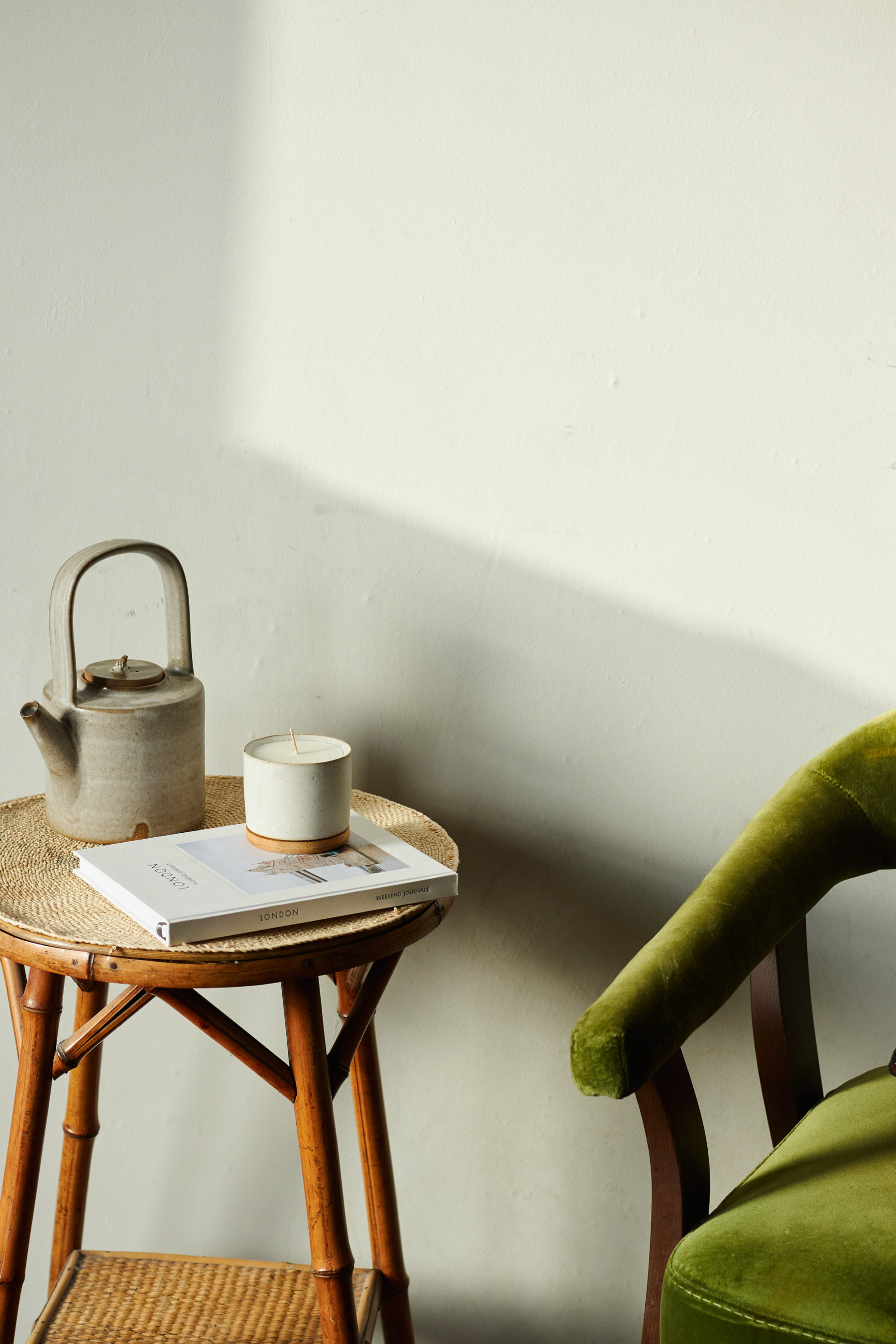
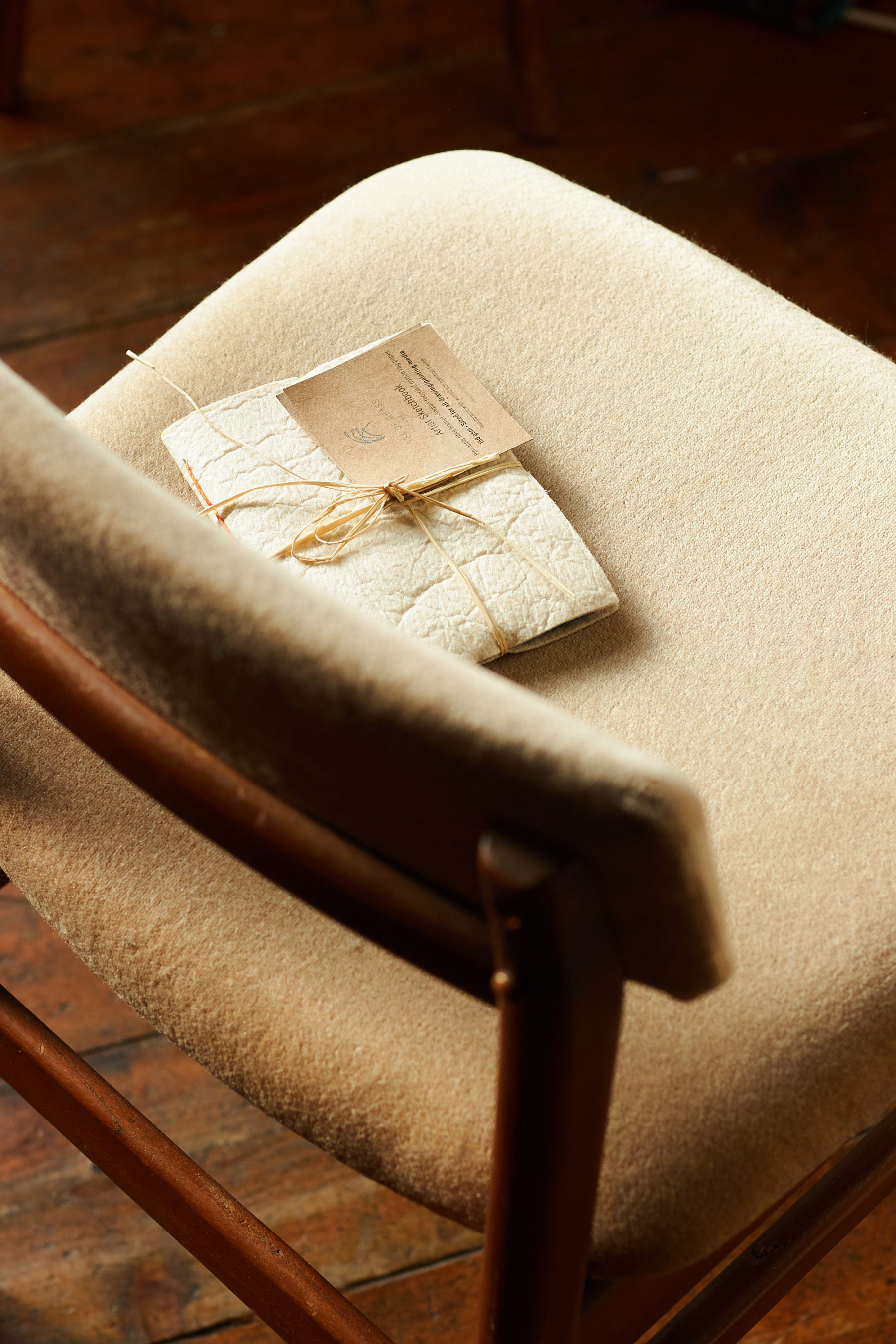
The Pophams brand is so recognisable, from the pastries to the bakery interiors. How did that style come together and develop from your first bakery in Islington to the restaurant Hackney?
A huge influence for us is Yvonna, Ollie’s mum. Yvonna owns a contemporary gallery in West London and introduced us to Jess Joslyn who made all of the beautiful stoneware you see in our bakeries. The work that goes into producing the croissant is so mega so we felt it was important to incorporate as many artisanal products within the surroundings to do it justice. We take our influences from places like Scandinavia and Japan; keeping things minimal yet soft.
You launched Pophams Home in August 2020, and we’re pretty happy we can finally get our hands on those Pophams coffee cups. What was it that made you venture into homeware? Was it something you’d always wanted to do?
It’s definitely always been something we have discussed in the past but things were going 100 miles an hour for us so there was no chance to sit down and work out how we could! When the first lockdown happened, although we were keeping busy with deliveries, it gave us the chance to focus on getting it going.
We felt like homeware was a natural extension of our brand and a nice way to expand Pophams without jeopardising our product. Ceramics have always been such a love of mine so this has been a really enjoyable project for me!

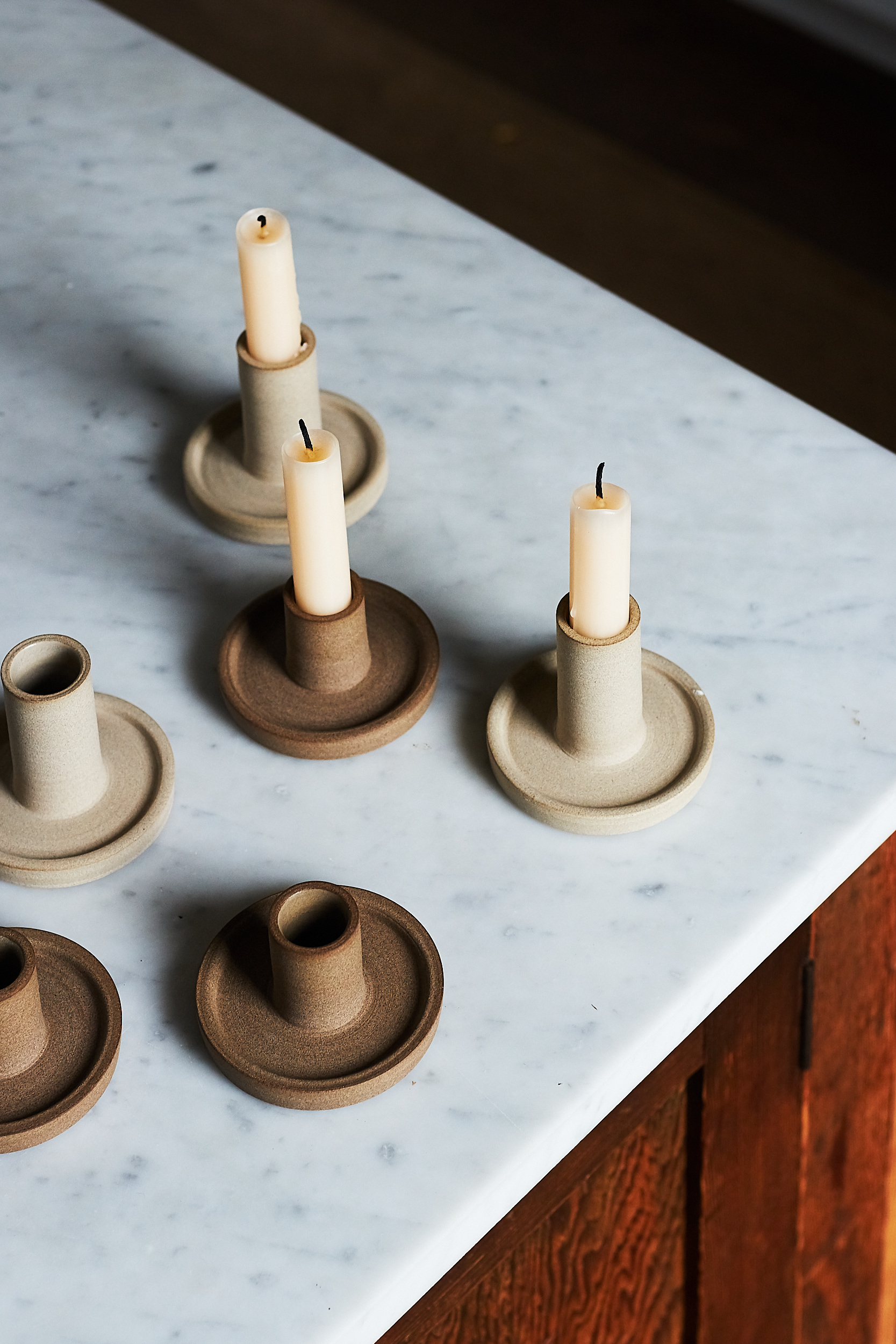
We share the philosophy that the plate you eat on, the mug you drink from and the interiors that surround you can transform the experience of eating. Why do you think those details are so important? What do they bring to that experience?
Yes, totally! Eating is a sensory experience, so there’s something really important about the visual and tactile nature of what you eat from and how it adds to the food and drink itself. It’s something we approach in the bakeries, the restaurant and the Pophams Home range, and every time we source something new it’s important to imagine how it will be used and how it will feel in the home. There’s quite a bit of crossover now – pieces from Pophams Home are influencing our interiors in both bakeries. We love the idea that customers who enjoy themselves with us can take home a little piece of the experience.
How do you source and choose the products that you sell on Pophams Home?
A lot of the makers we work with are those we use in the bakeries. We definitely have some firm customer favourites such as Jess Jos and Skye Corewijn who make up the entire collection we use onsite. However, we’ve really expanded the Home range since launching and sought out some new ceramicists and makers who our customers might not have heard of yet. We do a lot of digging to look for new, exciting names – in lockdown most of our sourcing was online but we’re really excited to get involved with trade shows and visiting studio sales! Often our makers will be local so it feels great to be part of a community of local artisans.
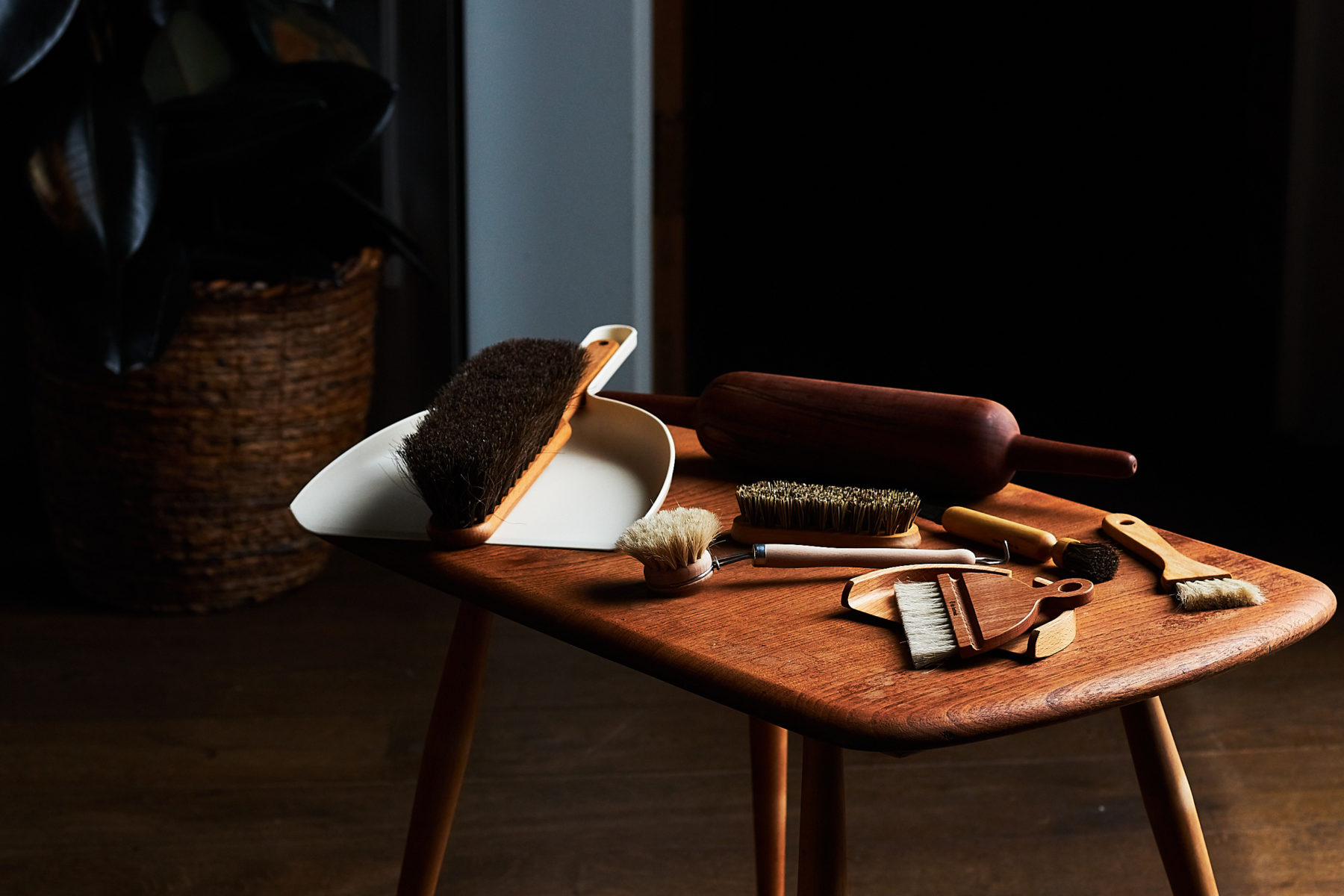
You place a lot of emphasis on individual makers and their stories — what is it that draws you to those people? Why is it important to you to tell those stories?
As a small business we think it’s important that makers are credited for their work – we’re proud to be associated with them and we want our customers to be able to connect with the artists and their products too. We tend to keep the range quite dynamic, often only stocking limited runs of products and working with artisans who really invest in their work. We enjoy giving customers the opportunity to know the story behind their pieces and appreciate the process.
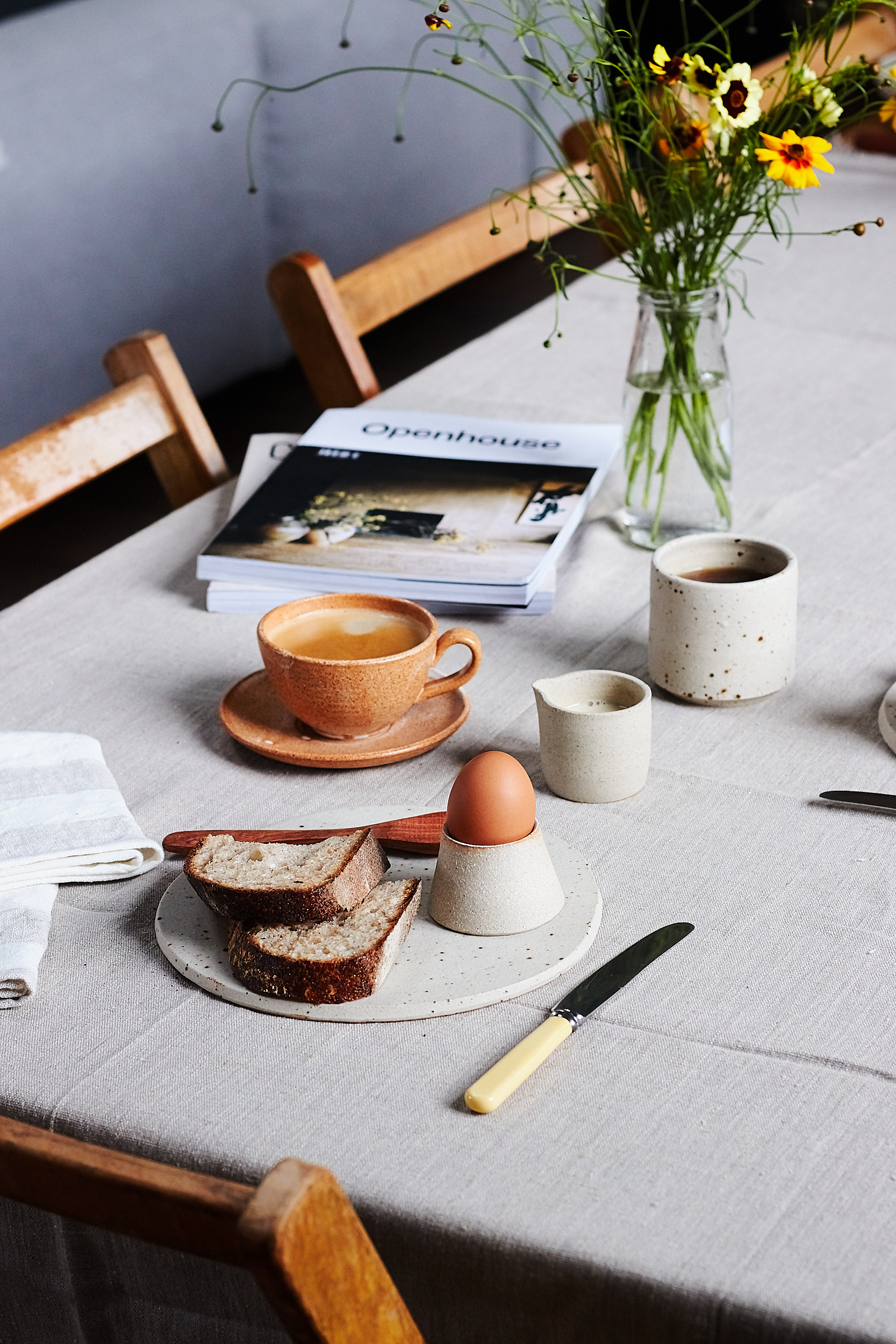
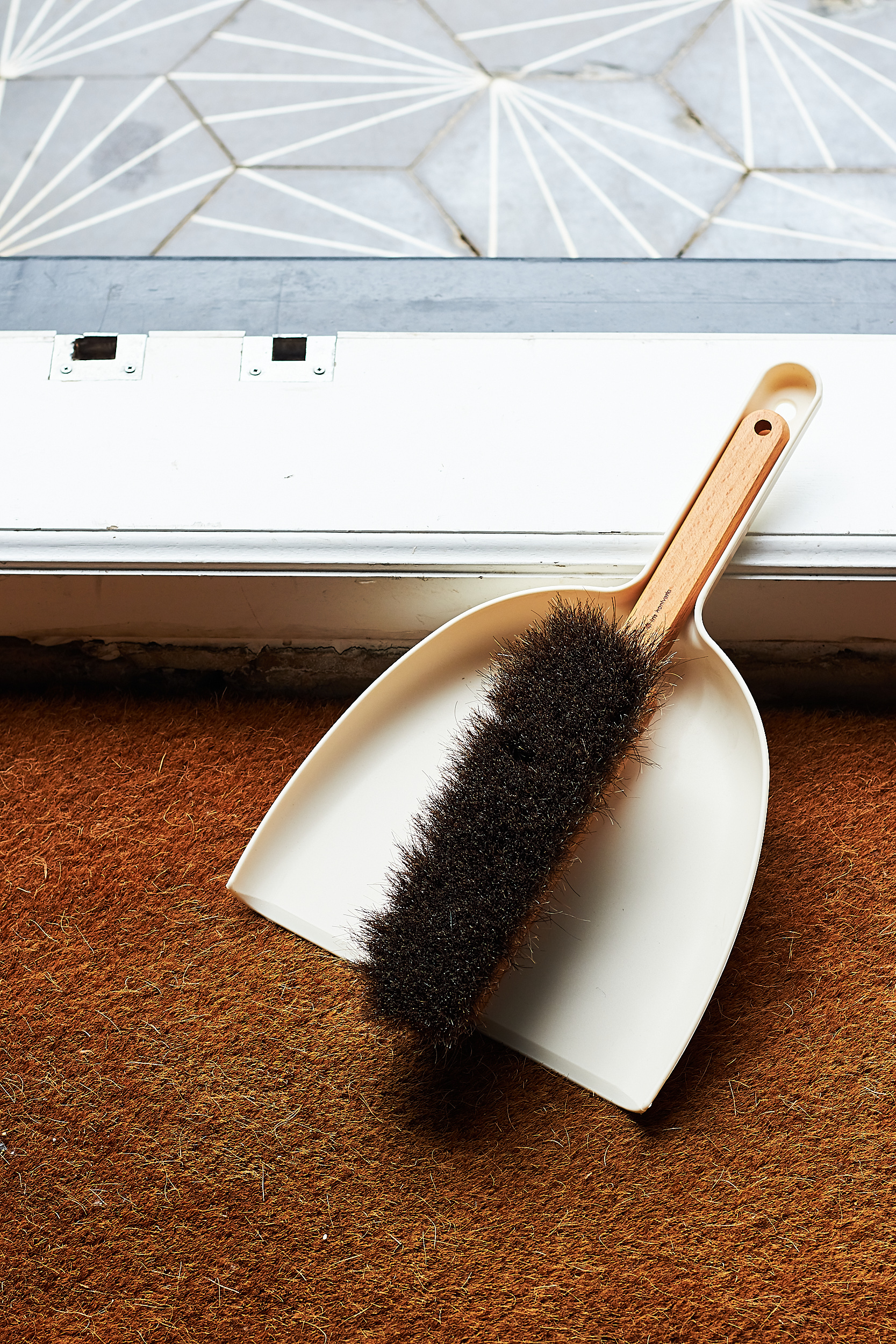
Coming from running a bakery and restaurant, what has it been like launching something completely new? Is homeware and retail a completely different world, and how do you now juggle the two?
The look and feel of the brand, and the aesthetic and design of the bakeries has always been my main focus so I don’t feel as if I’m juggling — I feel so grateful for the chance to work on a side of the business I really enjoy. We have such an amazing team at Pophams, and everyone has been so supportive as we’ve worked to get Pophams Home off the ground. Although I underestimated how much longer it takes to pack a ceramic tea pot vs. packing up a croissant!
Before you go, we have to know… what’s your favourite pastry?
Marmite Schlossberger, I eat at least one a day.
Lucy’s Pophams Pantry
Five items that you always have in your pantry, or couldn’t live without.
1. Cheese
2. Asian sauces, soy, sesame, rice wine etc
3. Peanut butter
4. Marmite
5. Sriracha Mayo
…Oh dear it doesn’t sound very nutritious!
Read more: Pophams Home
Shop Pophams Home – a curated selection of homewares, ceramics and pieces for every day life that you will likely have spotted in the bakery but also from artisans and makers all over the world.
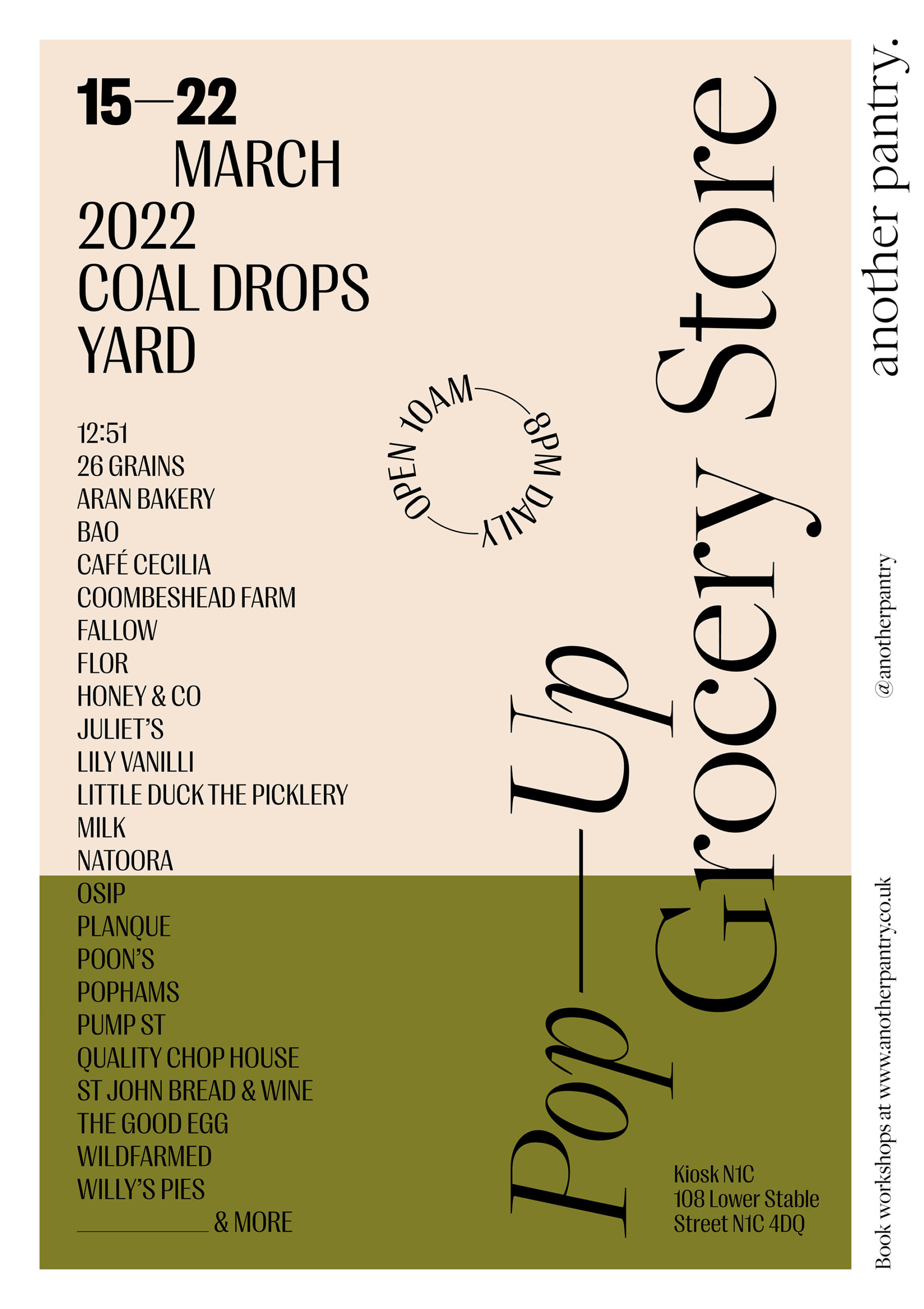
We’re very excited to be hosting our launch event — a pop-up grocery store in Coal Drops Yard from 15th — 22nd March! We’re bringing together restaurants, bakeries and small businesses from across the UK that have been selling their pantry products and provisions over the pandemic — granola, jams, sauces, cold cuts, wines, cocktails, cider, ceramics, homeware and more. It’s something to celebrate & support the hospitality industry after a difficult few years — and to have a good time because now we finally can.
Think plum ketchup and sake from BAO, meats and fresh honey from Coombeshead Farm in Cornwall, cider from Osip in Somerset, ceramics from Pophams Home, wines & cocktails from St John, confit potatoes from Quality Chop, olive oil from Cafe Cecilia, cardamom granola from 26 Grains, flour from Wildfarmed, kombucha from Little Duck, the best of the season’s fruit and veg from Natoora and so much more.
15th to 22nd March — 108 Lower Stable Street, Coal Drops Yard, N1C 4DQ
There will also be freshly made pastries from Flor on the counter on Sunday morning, and throughout the week we’ll also be hosting a series of workshops in the space with Charcoal Art Club and Wildfarmed x Burro e Salvia.
Thursday 17th March — Charcoal Art Club x Another Pantry
6:30-8pm
Join us for a cosy evening of still life drawing with Charcoal Art Club & Natoora. After a welcome drink, a bite of homemade focaccia, and a chance to chat to new friends, Rosie & Kitty will be taking you through an evening of drawing the best of the season’s produce. There will be a Charcoal Starter Kit waiting on your sit containing everything you need for your session, and you’ll receive a little Another Pantry gift before you leave too.
Buy tickets here.
Sunday 20th March — Wildfarmed x Burro e Salvia
6-8pm
We are very excited to be hosting Wildfarmed and Burro e Salvia’s first collaborative workshop. There will be drinks and pastries from Flor to start you off, before Burro e Salvia’s owner and pasta-maker Gaia will take you through perfect your dough and two types of pasta — one shaped and one filled. You’ll be able to take home your freshly made pasta along with a sauce for your Sunday evening dinner, and before you go there will be a gift bag full of items from our Another Pantry grocery store.
Buy tickets here.

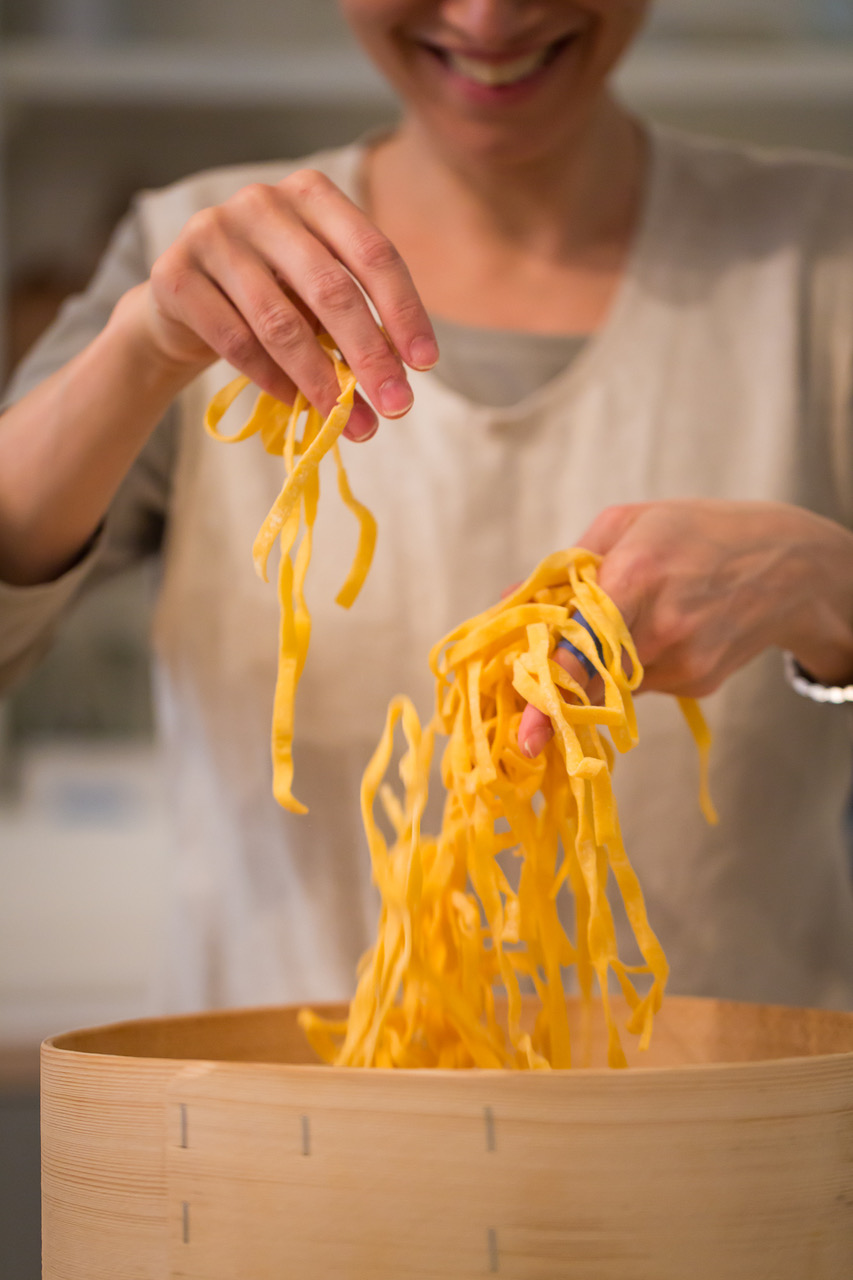
We’ve listed the full line-up here so you know what to expect from the products we’ll be stocking at the shop throughout the week:
12:51
26 Grains
Aran Bakery
Arganic
BAO
Burro e Salvia
Café Cecilia
Charcoal Art Club
Coombeshead Farm
Fallow
Flor
Honey & Co
Juliet’s
Little Duck The Picklery
Lily Vanilli
Milk
Natoora
Noble Rot
Osip
Planque
Poon’s
Pophams
Pump St
Quality Chop House
St John Bread & Wine
Table Magazine
The Good Egg
Violet
Weekend Journals
Wildfarmed
Willy’s Pies
Follow @anotherpantry to keep an eye on the line-up and a sneak peek of all the products we’ll be stocking during the week.
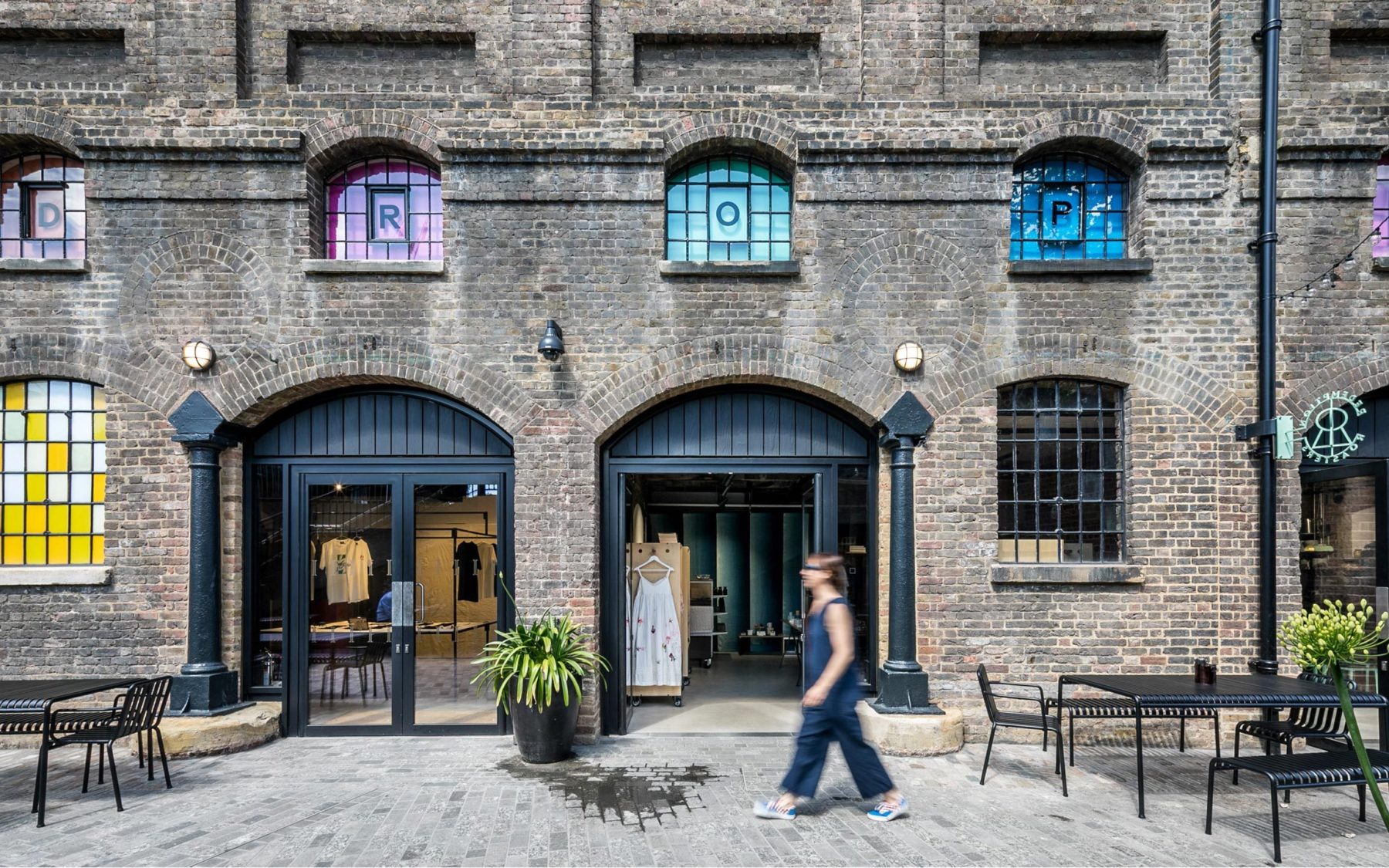
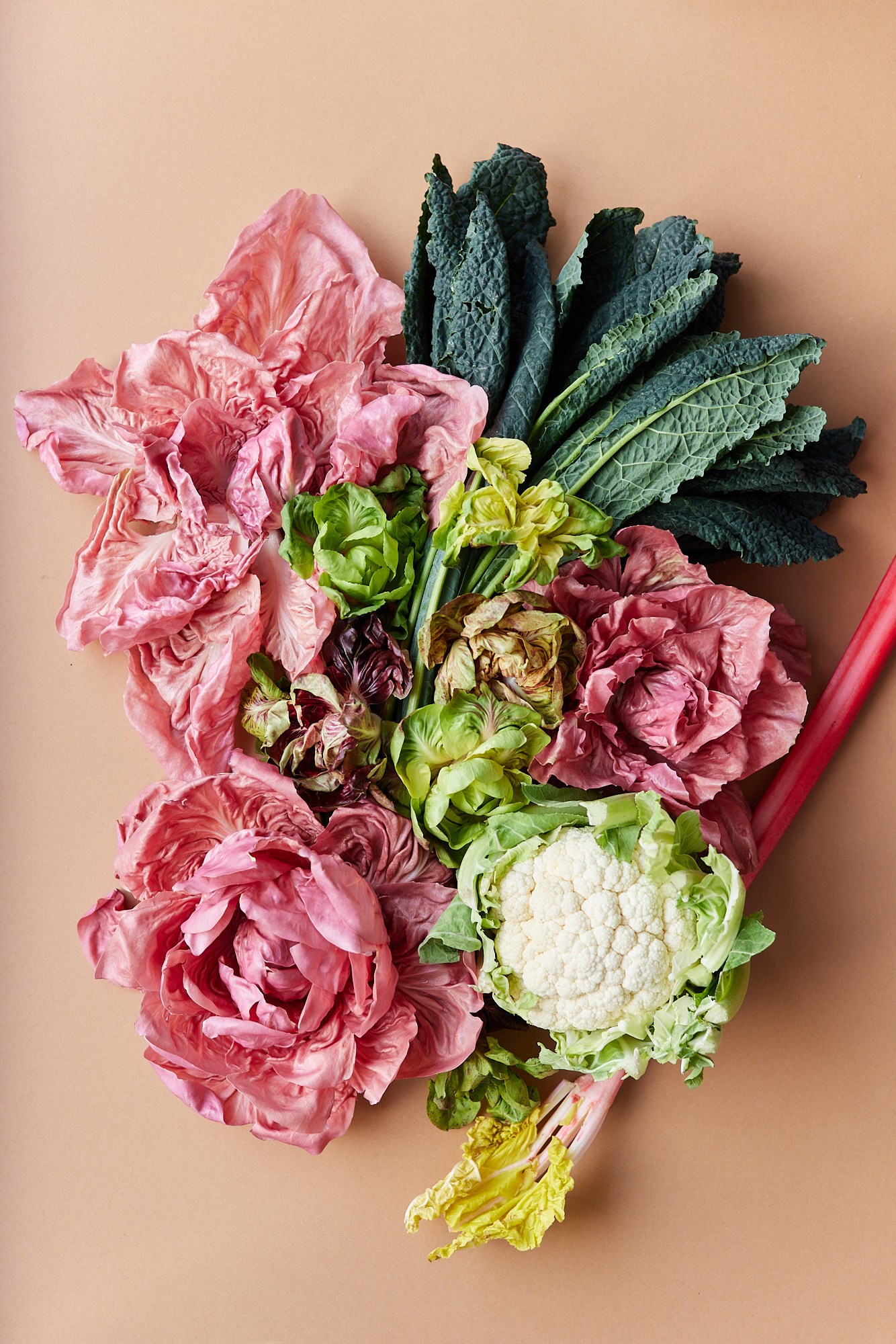
What if we told you that you could eat anything you wanted, any time of year? Sounds quite normal. Sounds like a routine trip to the supermarket for a lot of us. We’re incredibly lucky to live in a world so wonderfully connected that it’s been possible for us to do that for so long. What we haven’t realised, though, is that the constant availability of fruit and veg has caused us to lose touch with the rhythm of nature; we’ve lost sight of the beauty and ultimately the benefits of eating locally grown, seasonal food.
Take a strawberry. That intense sweetness of a plump, juicy strawberry is really something you can only taste in the summer. And taste is perhaps the simplest way to tune into the seasons, particularly when there aren’t many other clues telling us that we probably shouldn’t be eating strawberries in the middle of January. Seasonality is unfortunately not something we’re taught or talk much about anymore but the way things are going, it needs to be part of the conversation.
“It’s about making small changes in our attitude to food — to how we shop, cook and eat. Eating seasonally is a step we can take to support our local economy, help small food businesses, farmers and producers, and reduce our carbon footprint.”
It’s not necessarily about doing it all the time or every single day. There are a fair few socioeconomic and cultural factors at play in the argument for seasonal eating, and also, sometimes you just really want to put courgettes in your curry no matter what time of year it is. And that’s okay. It’s about making small and gradual changes to our attitude to food — to how we shop, cook and eat. Overall, eating seasonally is a step we can take to support our local economy, help small food businesses, farmers and producers, reduce our carbon footprint and even benefit our own health.
What does it mean to eat seasonally?
In plainest terms, eating seasonally means focusing on the produce that is in season at a certain time of year — that is, produce that is mostly ripe and ready to harvest. For us in the UK, we’re talking about what’s in season and growing locally, right around us, or at least much closer to home in and around Europe rather than halfway across the world. Sure, it’s summer somewhere, but that bunch of asparagus you’re eating in December has probably had to travel all the way from the likes of Peru, and it’s likely been sitting on a plane or a boat in the two weeks since being harvested.
By eating fruit & veg grown grown nearby, above all else we’re helping the environment and reducing our food air miles. We also end up eating food that simply tastes better and is better for us — if you buy from a farmer’s market, you could end up eating it within hours of being harvested, or at most a few days, when it’s full of flavour and at its peak nutritional value. It means we’re more likely to reduce food waste from produce that’s gone off before it’s gotten to the supermarket shelves (and there’s a lot of that happening). It also means we’re supporting our local food industry, our farmers and our soil.
Of course, we can’t and probably shouldn’t restrict ourselves to seasonal, locally grown food all the time. We’d deprive ourselves of the delights of ingredients like lemons, mangoes, even rice. Not only that, we’d completely whitewash our rich culinary landscape. The argument for seasonality often forgets the many cultures and ethnic minorities that rely on imported foods as part of their cuisines and identities. So it’s not necessarily about cutting those out or avoiding them, it’s just about being more mindful when it comes to when and how much we are consuming of those things, shopping locally and consciously where we can. Being able to enjoy the best quality seasonal produce is, however, a privilege and unfortunately remains inaccessible to many, so there’s still a long way to go.
We can be making better choices though, however small. If you know you can get asparagus in the UK in the spring, try to wait until then. Choose to buy imported foods when you really have to, for the things that you love and don’t grow in the UK’s climate. That way you’ll also have something to look forward to and it even makes cooking a bit more exciting. There’s nothing better than waiting for winter to come around for rhubarb, or summer for figs.
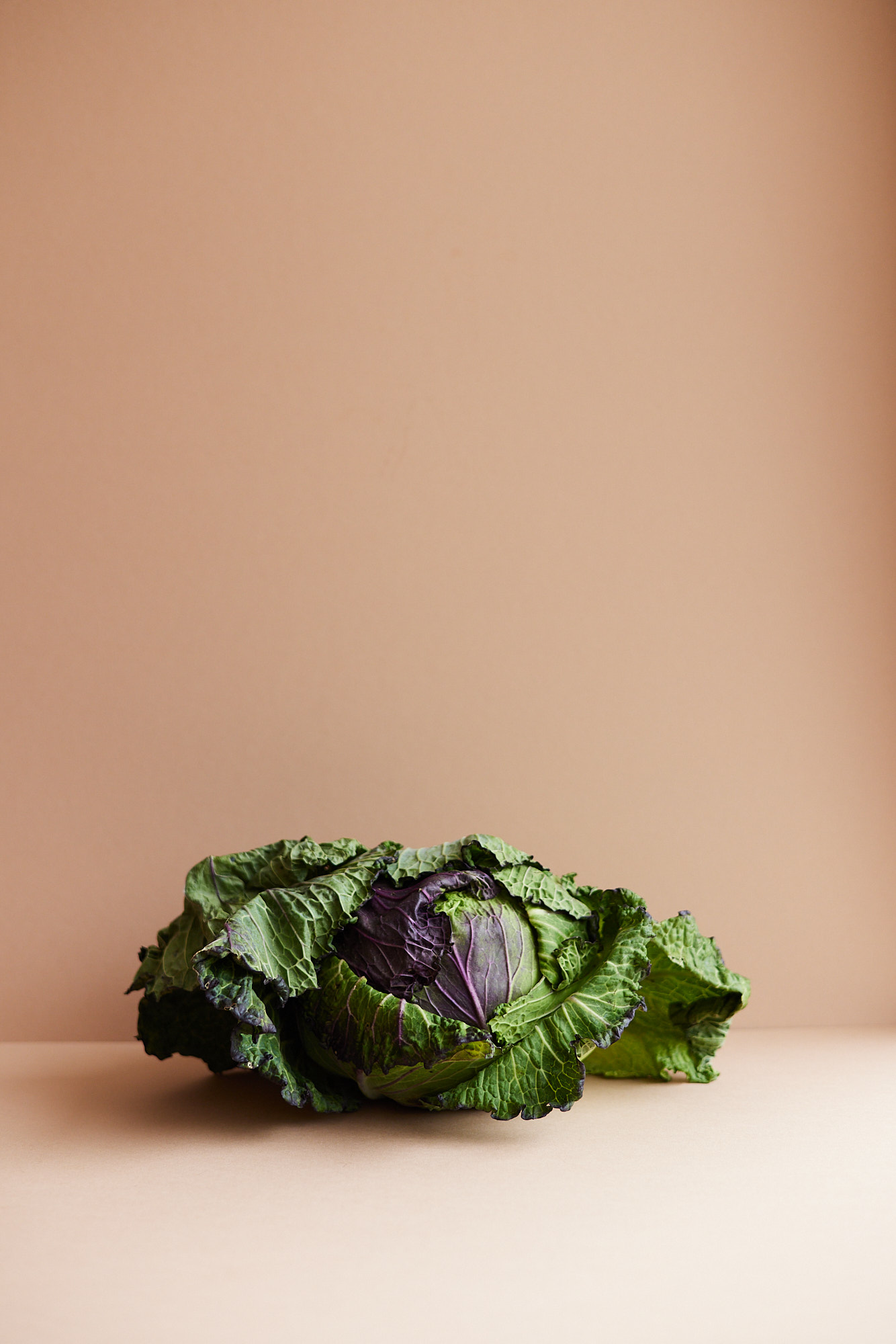

How do we eat seasonally?
Be mindful of where your food comes from — most of us do the bulk of our shopping at the supermarket, so the easiest thing you can do is look at the country of origin. If your broccoli has come from Venezuela, you can probably make a better choice. Broccoli grows in the UK so look for an option from closer to home, or if it’s out of season, try substituting with another vegetable this time. You can easily switch up veg in most recipes.
Shop at your local farmers market — farmers markets are increasingly common around the UK and you’re sure to have one near home. You’ll be buying directly from local farmers, meaning that they’ll have great locally grown, in-season produce, and you’ll be supporting them without a large chunk of your money going to the supermarket middle man. If you’re based in London you can search for your nearest market here.
Support the game changers — there are so many grocery businesses revolutionising our food system. Oddbox reduce food waste by delivering boxes of perfectly delicious fruit and veg that don’t meet the uniform, regimented standards of big supermarkets. Abel & Cole deliver organic produce nationwide from independent growers and reduce the amount of packaging used in the process, and Riverford provide the best of seasonal produce fresh from the farm in compostable packaging. Natoora work directly with farmers and independent producers to source seasonal fruit & veg from the UK and Europe, and you can get hold of it via home delivery on their app.
Taste — we mentioned it at the beginning, but start listening to your tastebuds. Have you ever had a hard, sour, even bitter plum? It ain’t fun! Plums in the UK are in season in the summer, like most stone fruit. They’ll be soft and sweet and ripe around then. You’ll start to notice it with so many other fruit and veg once you’re aware of it.
Grow your own — it can be quite simple and genuinely really rewarding to grow your own fruit, veg and herbs. Herbs will probably be the best place to start. You don’t need a garden or a fancy vegetable patch — a lot of them will simply survive on your windowsill if cared for properly.
